The 2019 BMW 1 Series, also known as the F40, is the third-generation version of BMW's smallest vehicle yet. Launched in 2019, the F40-generation 1 Series is the first of its kind to feature a front-wheel-drive architecture, as BMW ditched the RWD platform it has been using since 2004. Now underpinned by the UKL2 architecture borrowed from Mini, the 1 Series is available with either front-wheel or all-wheel drive.
The F40 1 Series replaces a highly dated model in a market that already includes a highly advanced Mercedes-Benz A-Class and the relatively old Audi A3. BMW has yet to announce whether the new 1 Series is coming to the U.S., but chances are we won't get this generation either. Let's find out more about the brand-new BMW 1 Series in the review below.
2020 BMW 1 Series
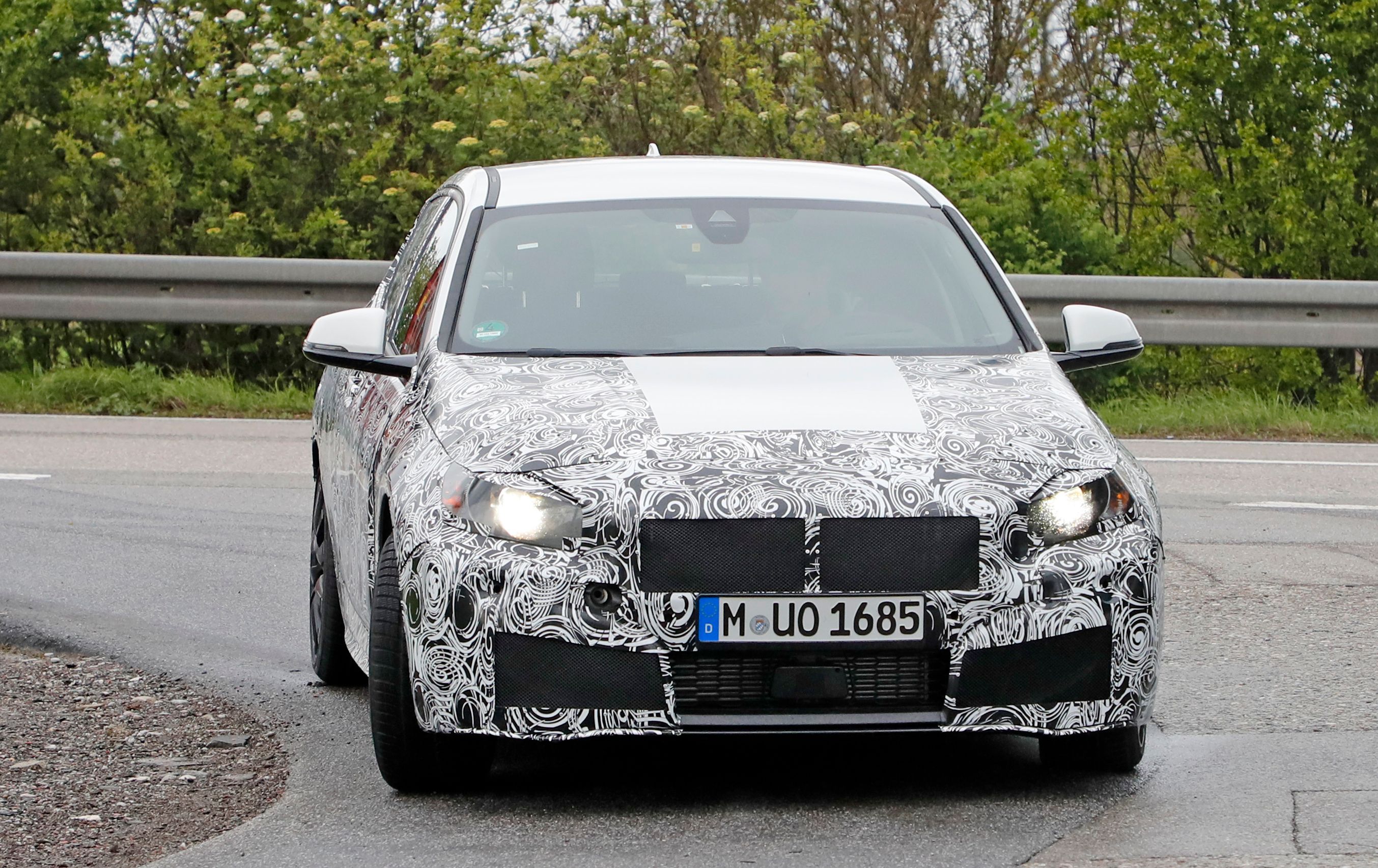

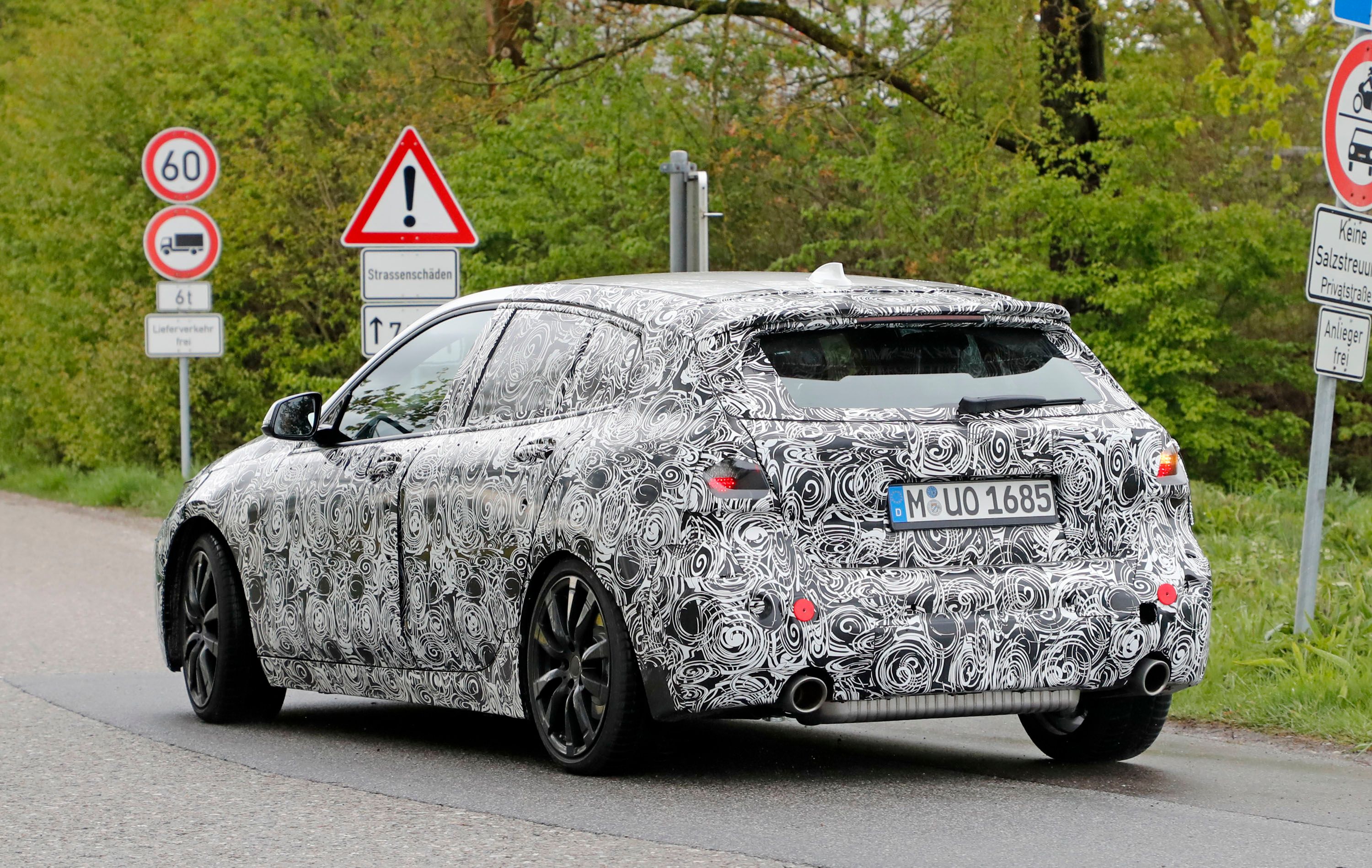
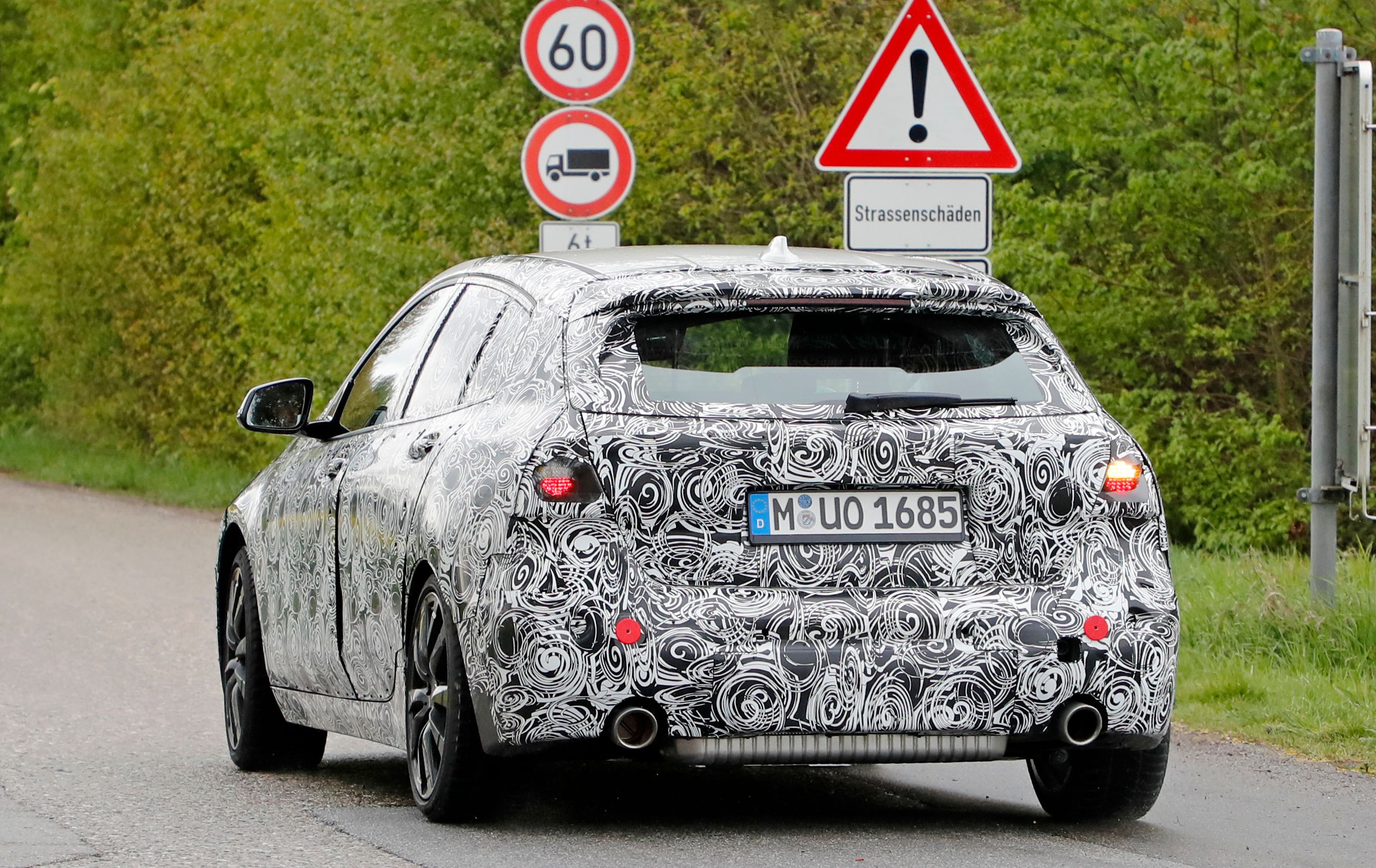
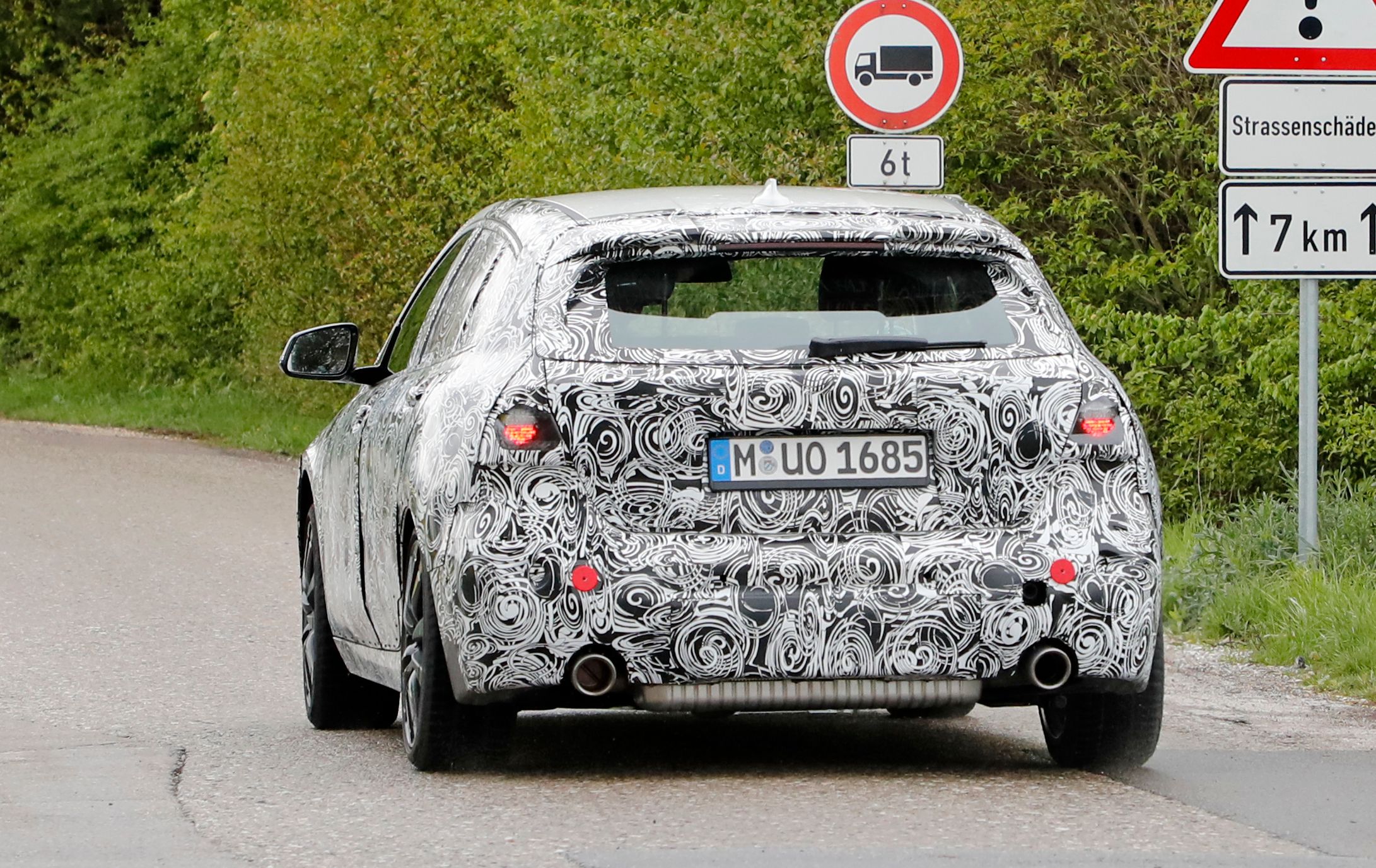
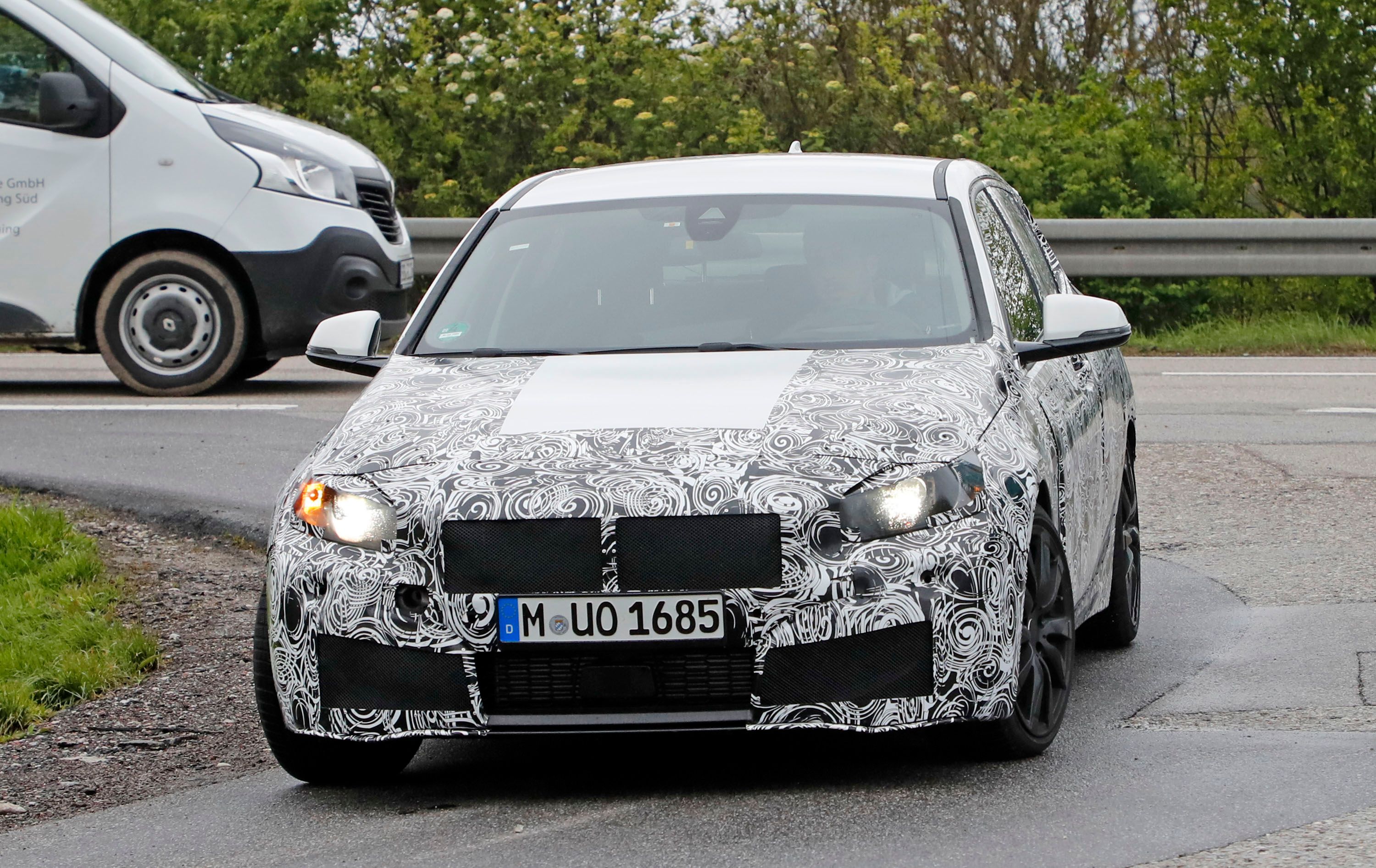
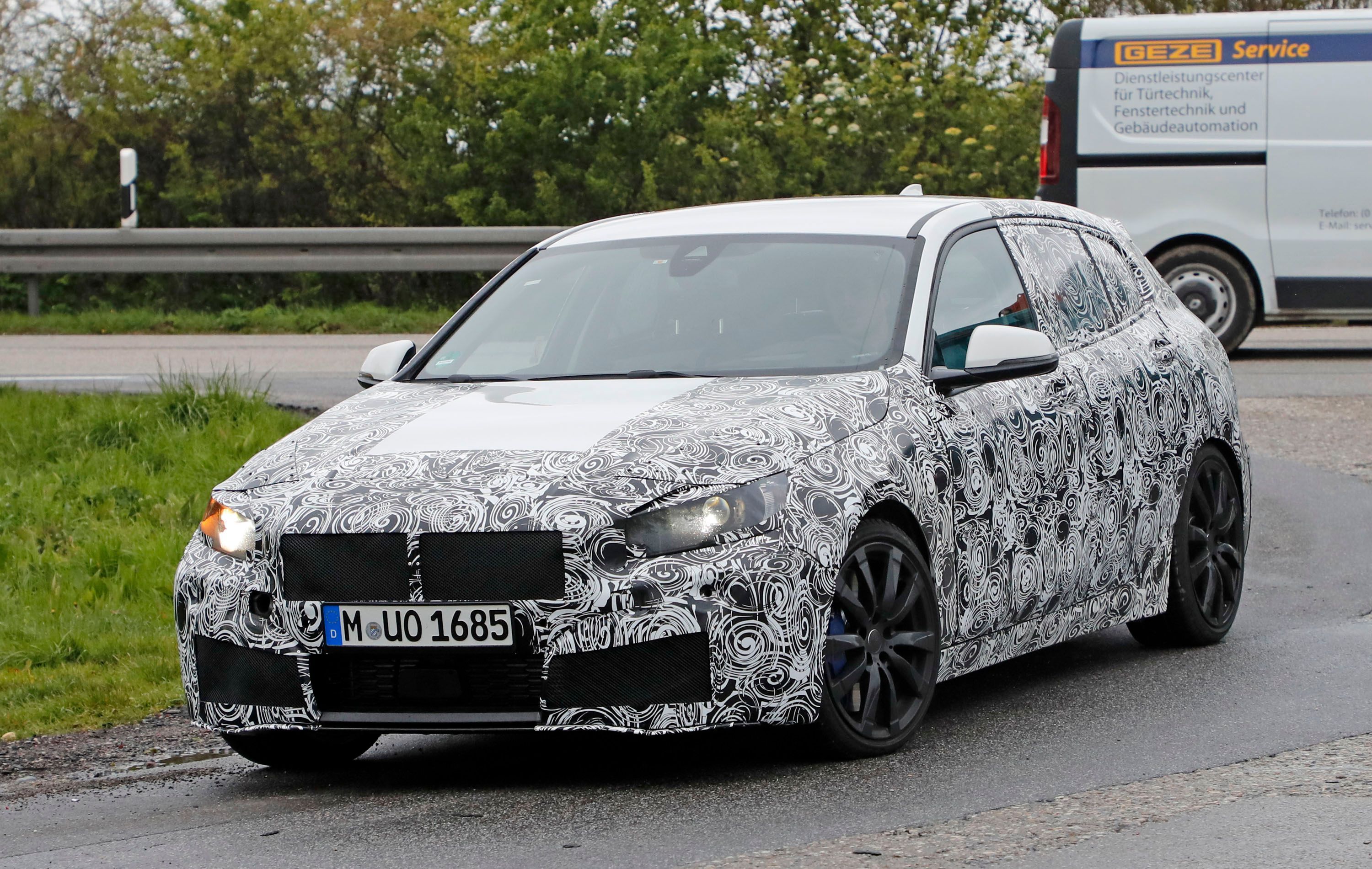
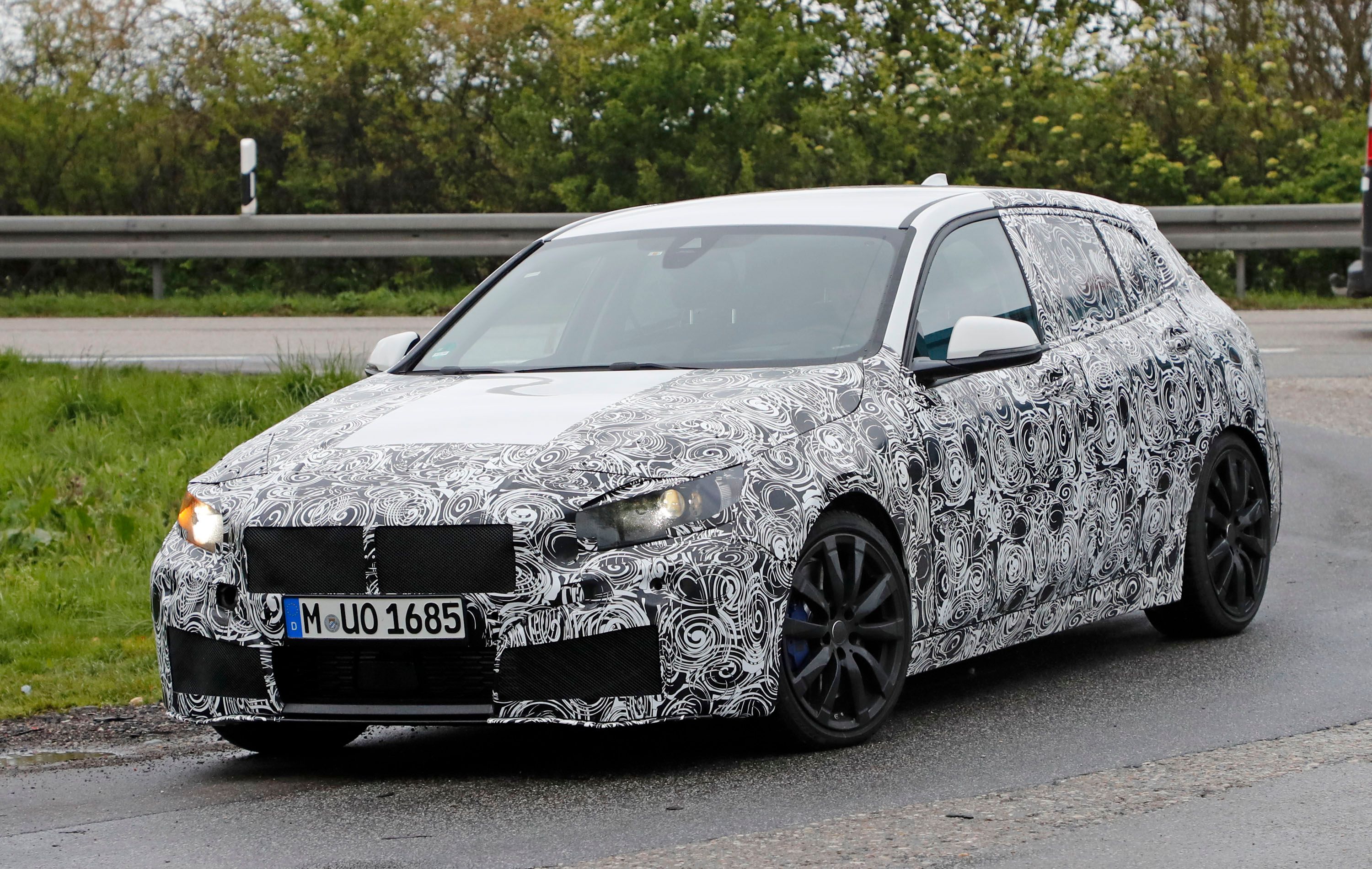
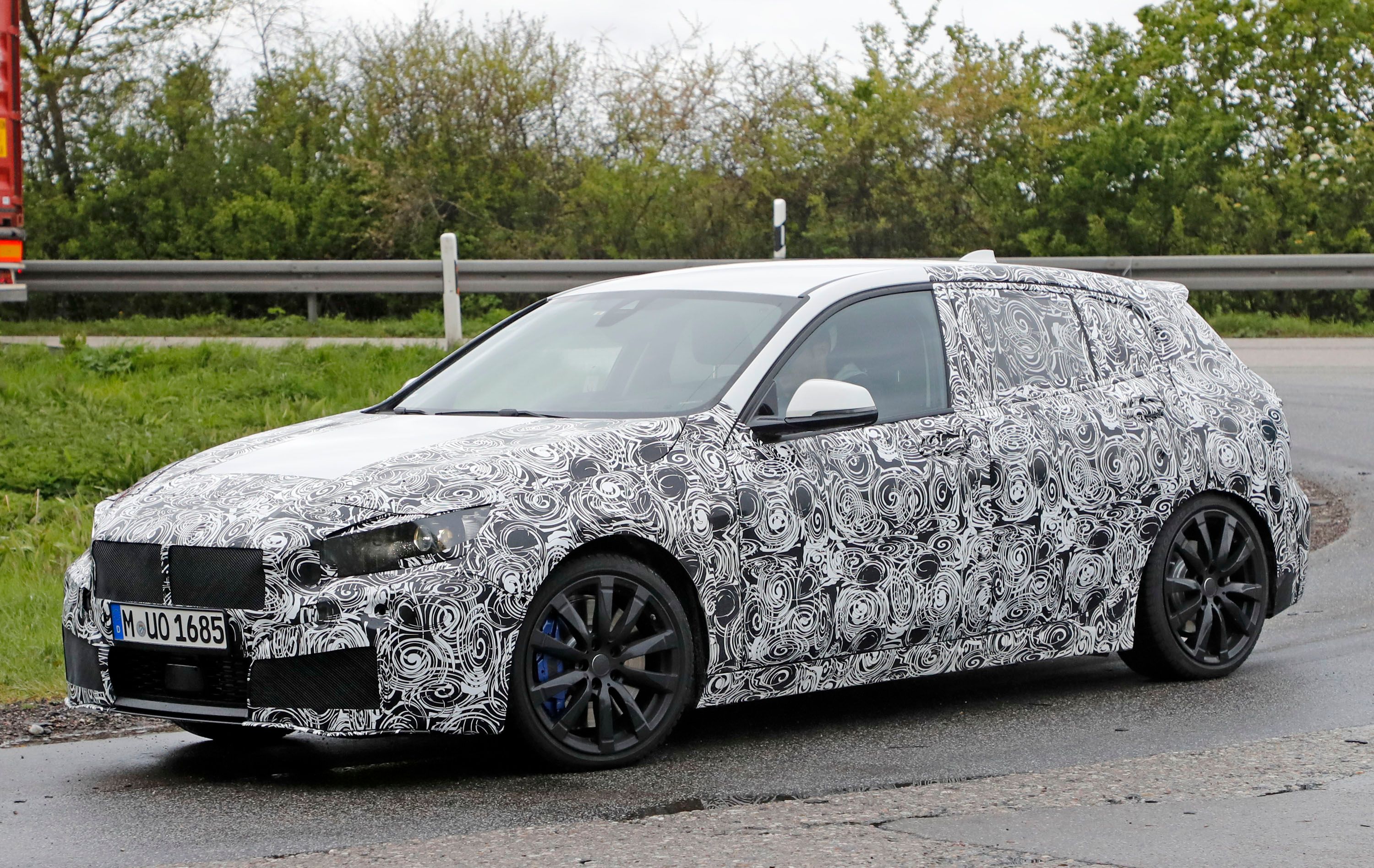
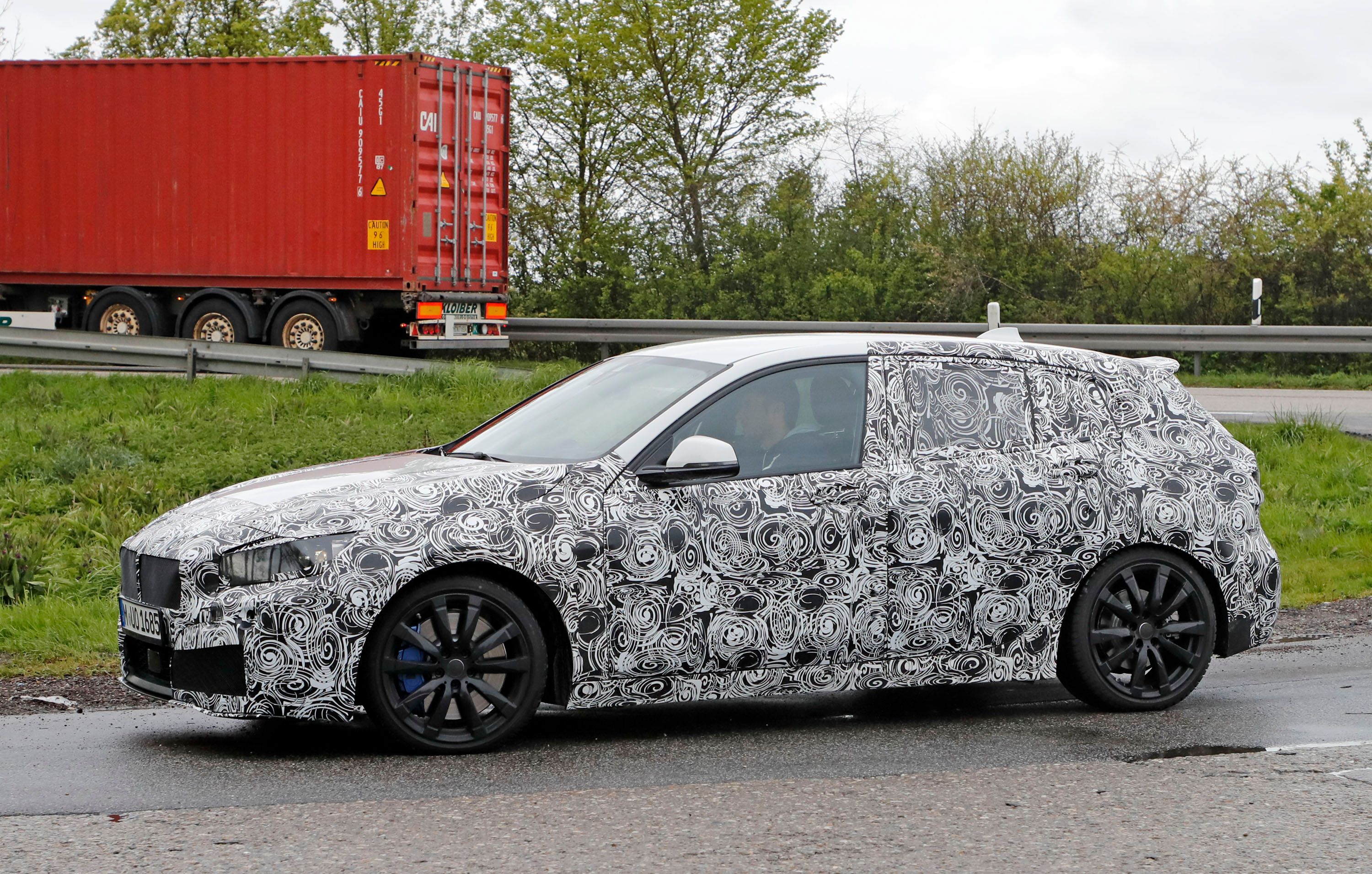
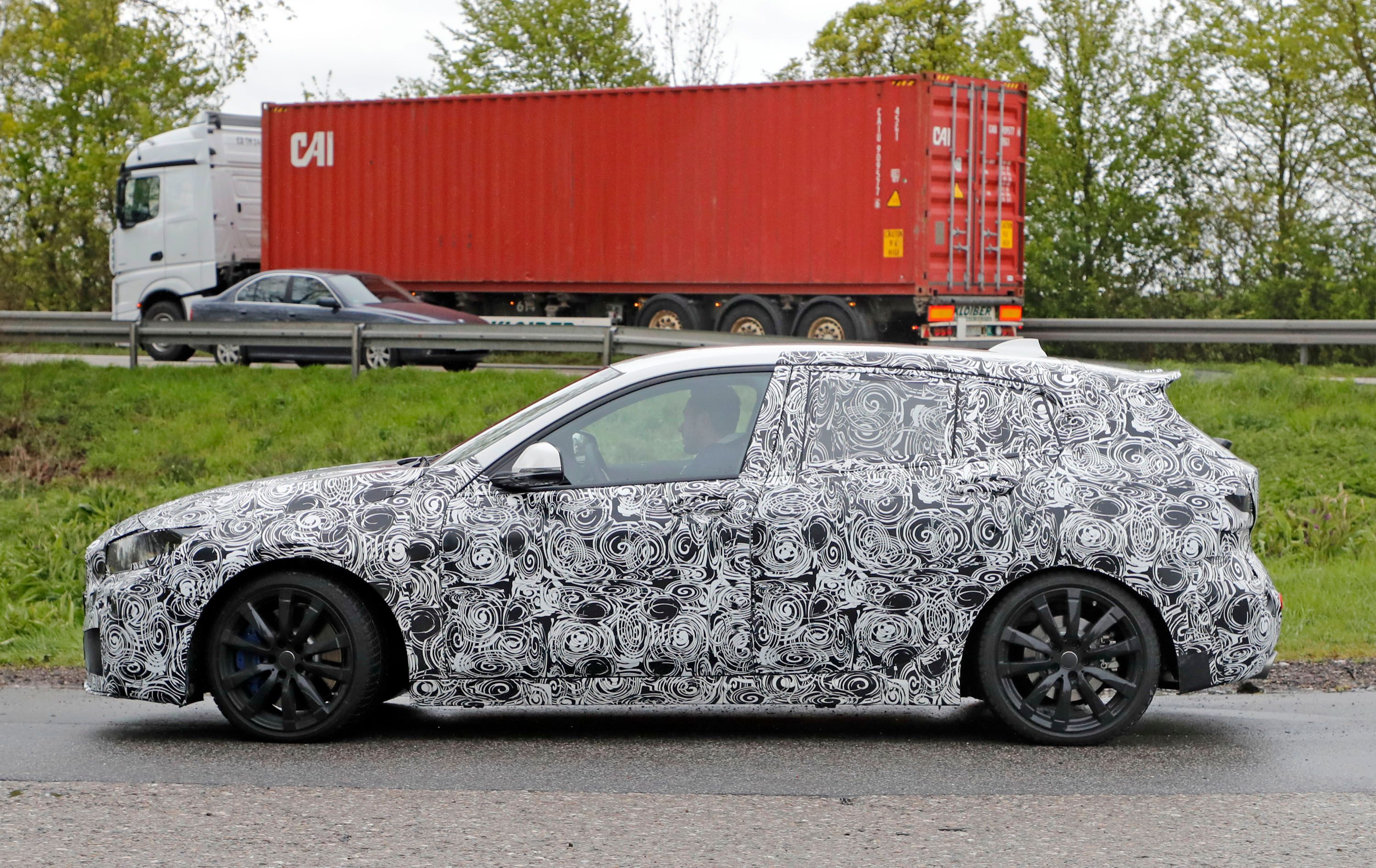
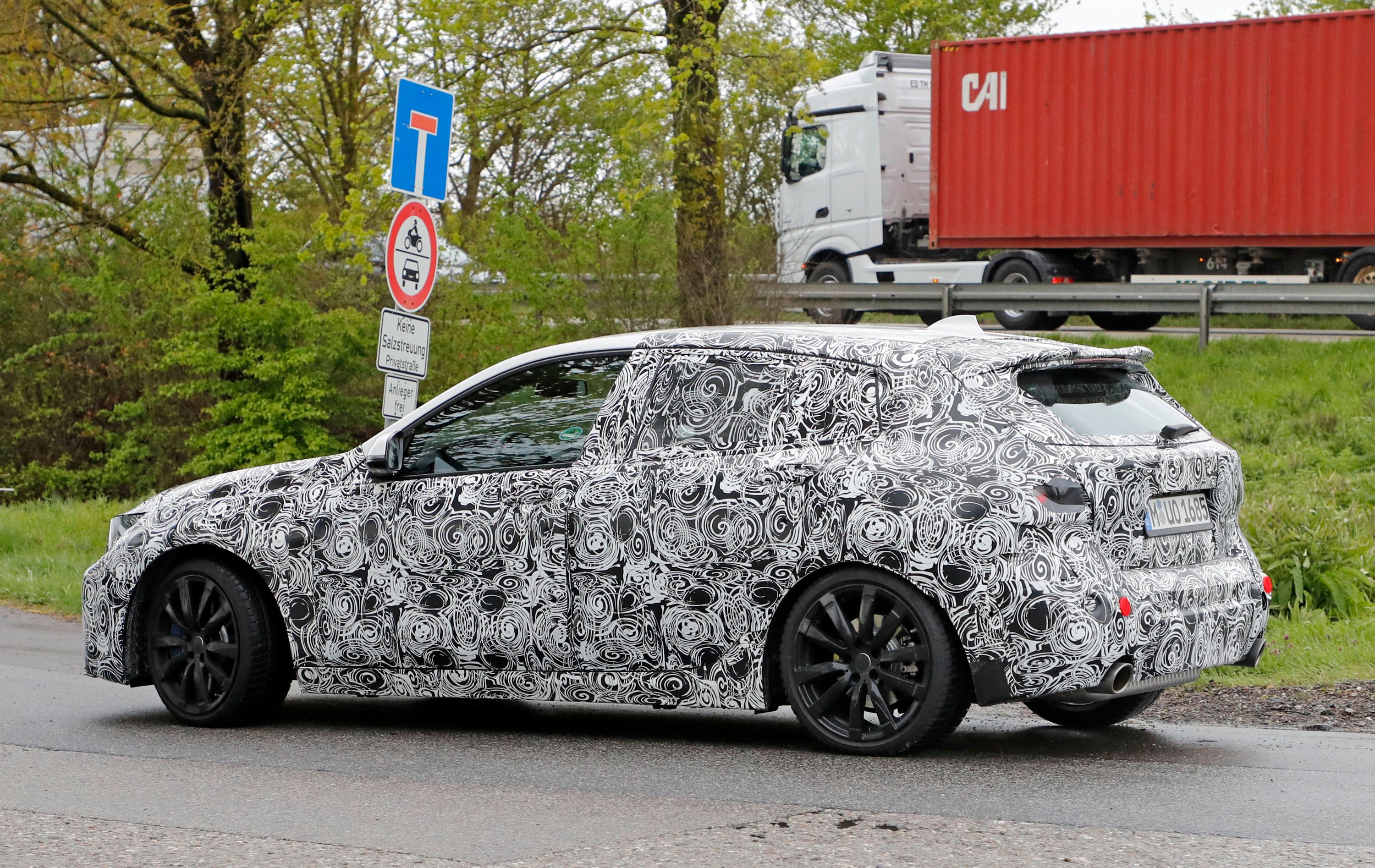
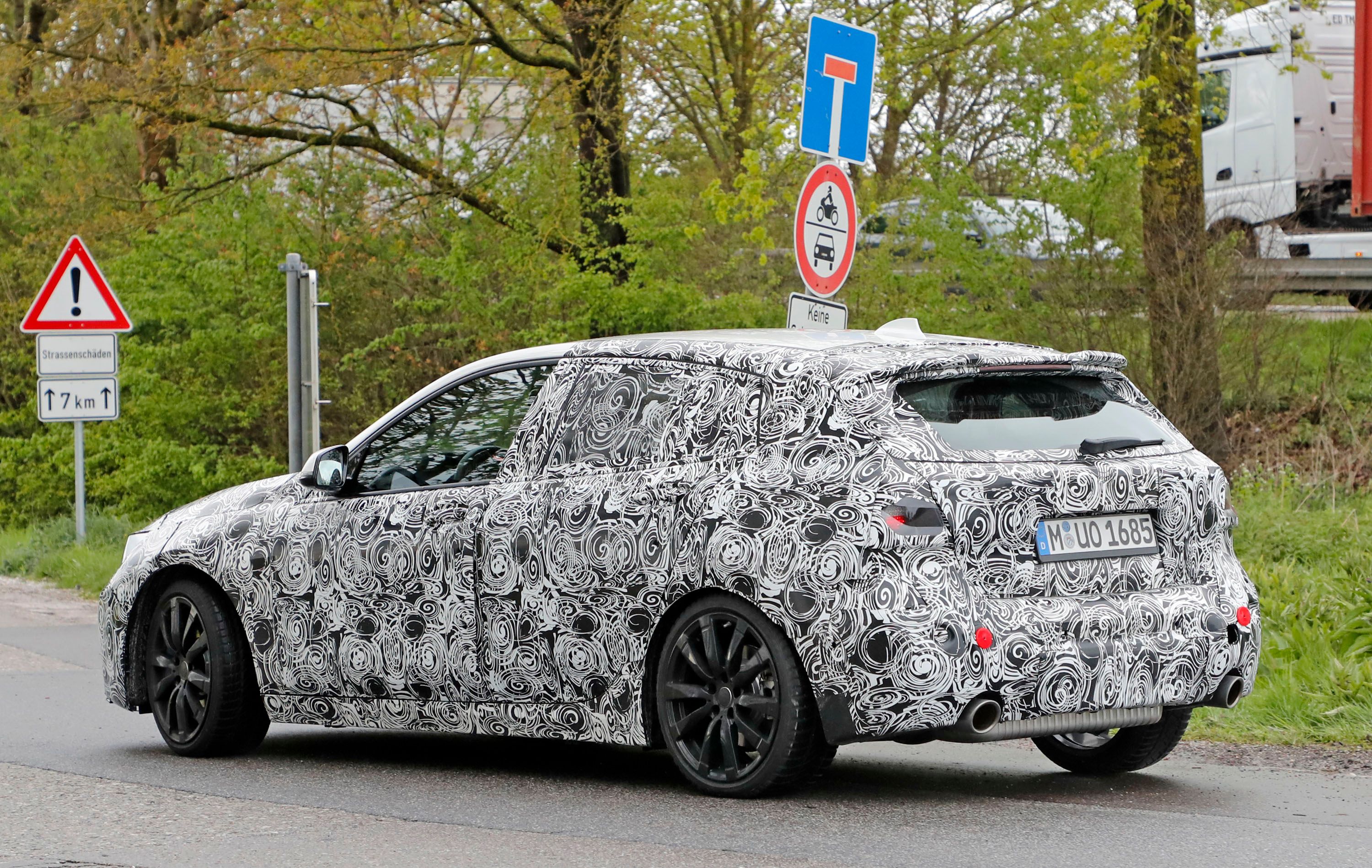
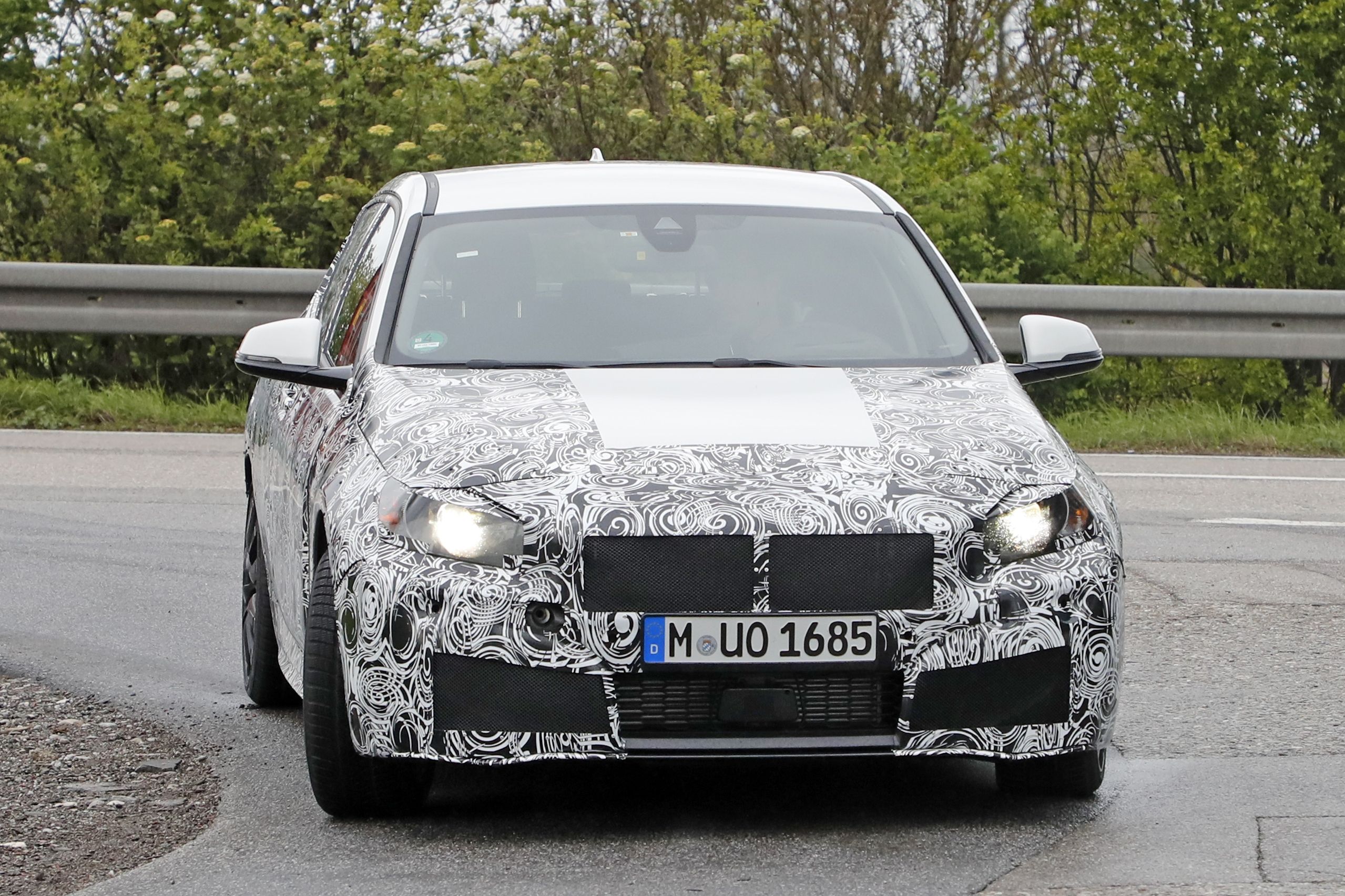
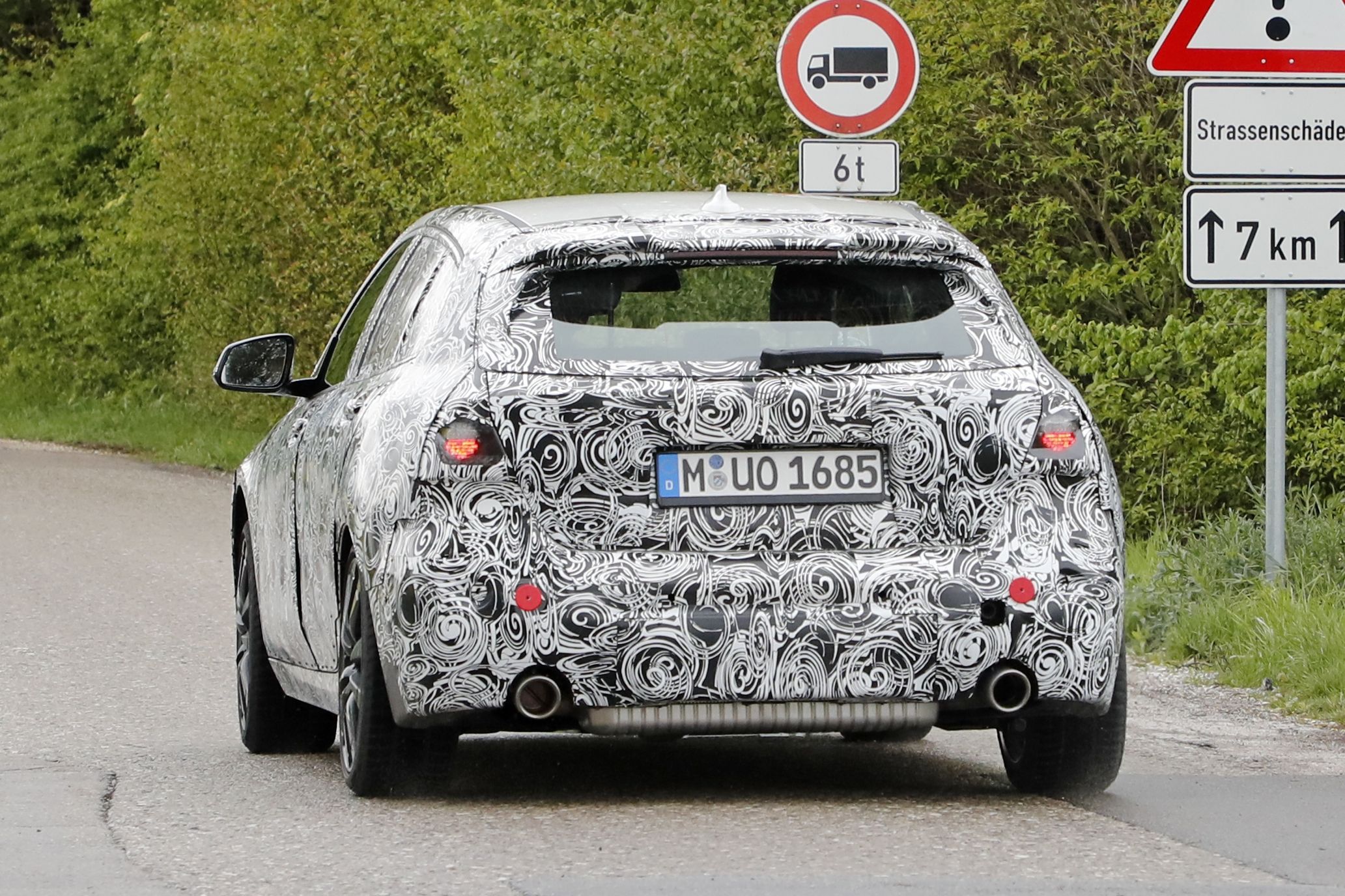
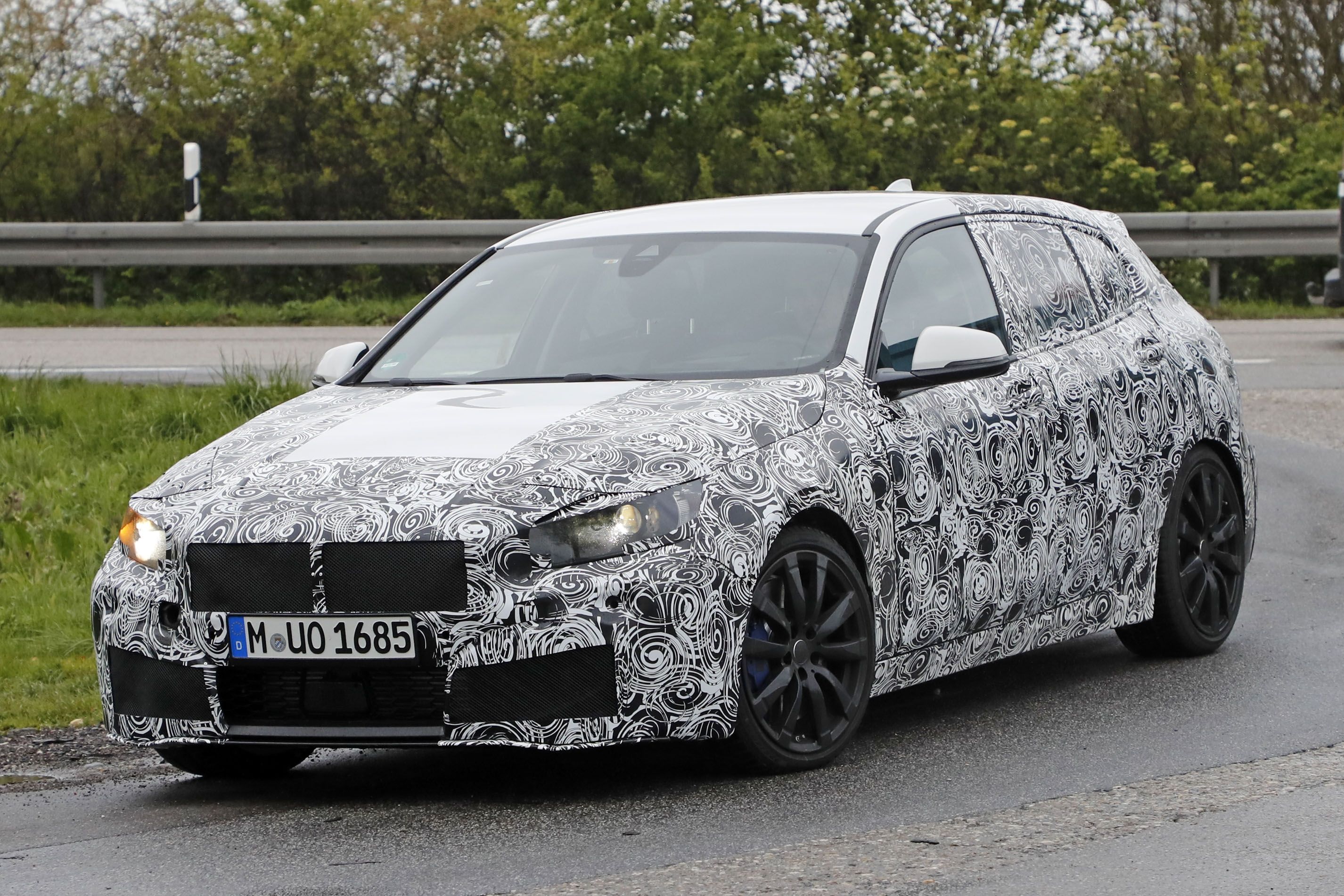
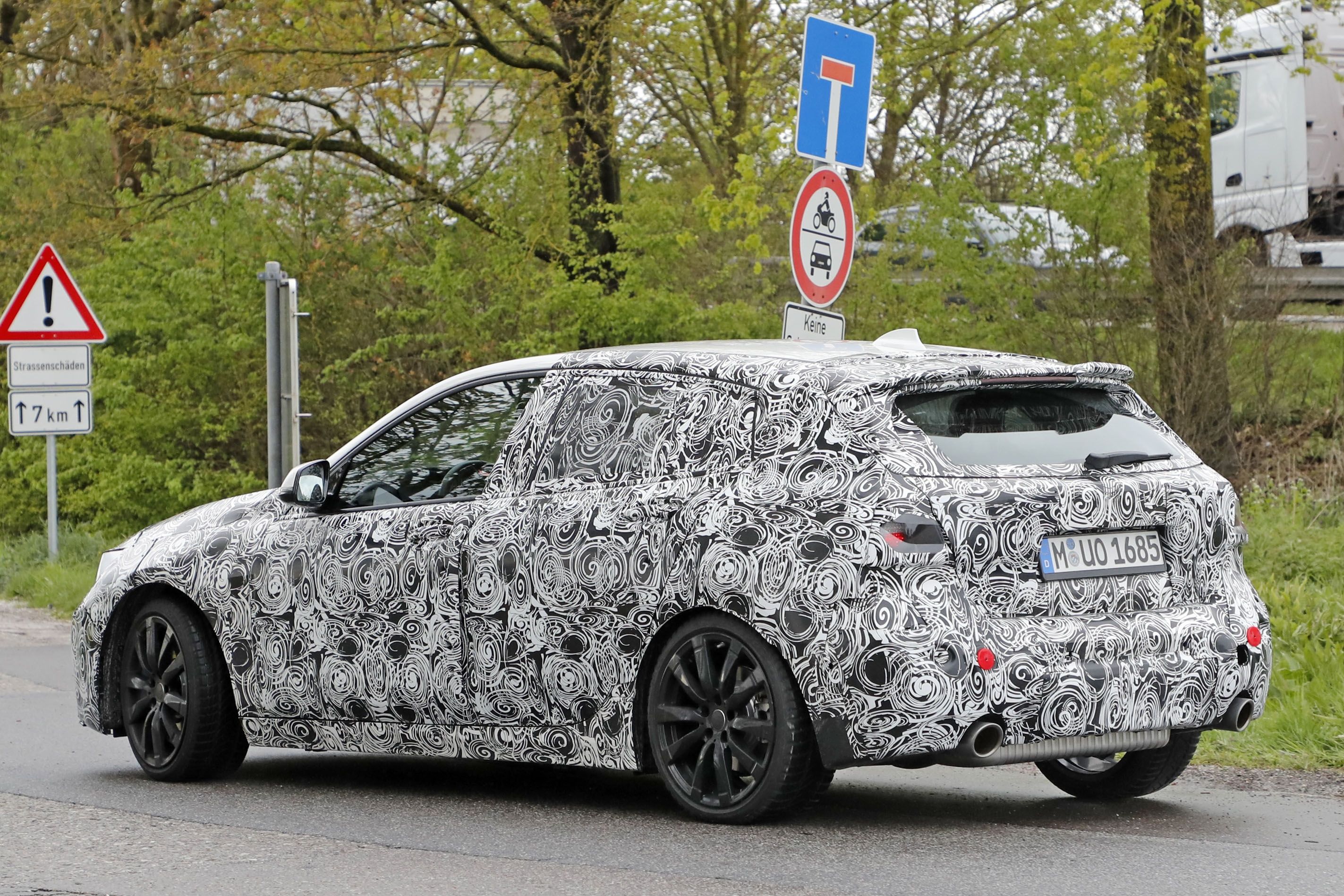
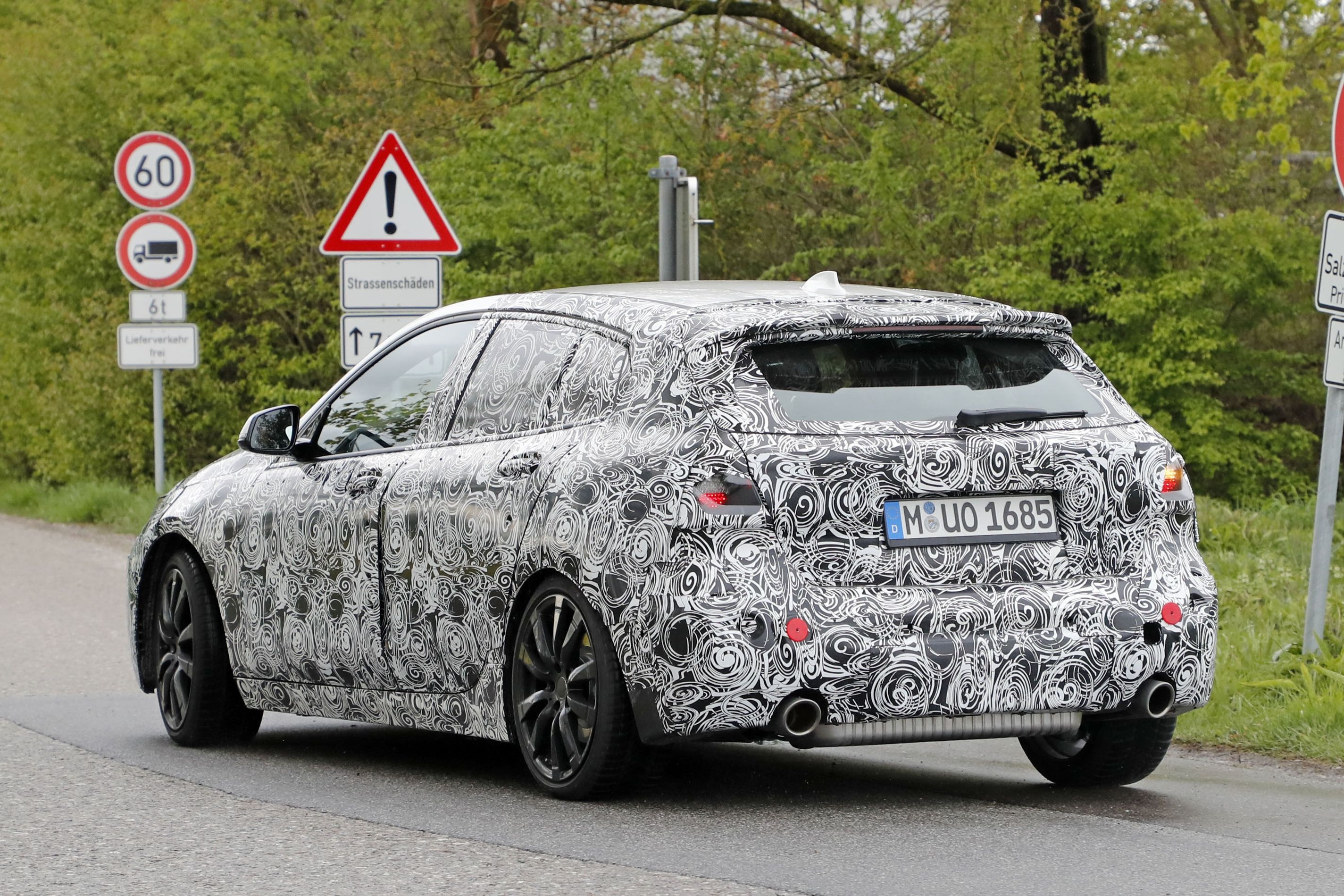
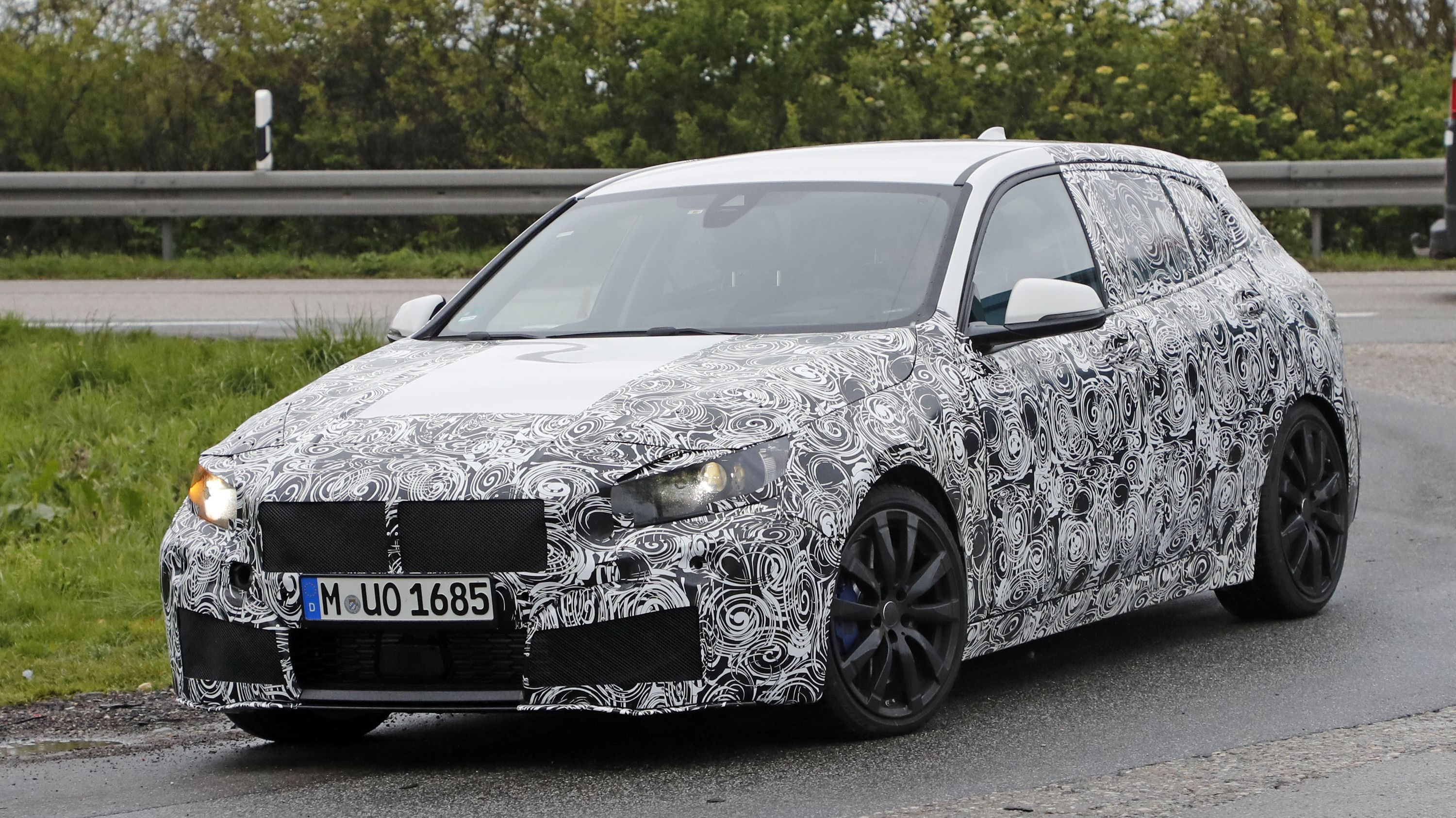






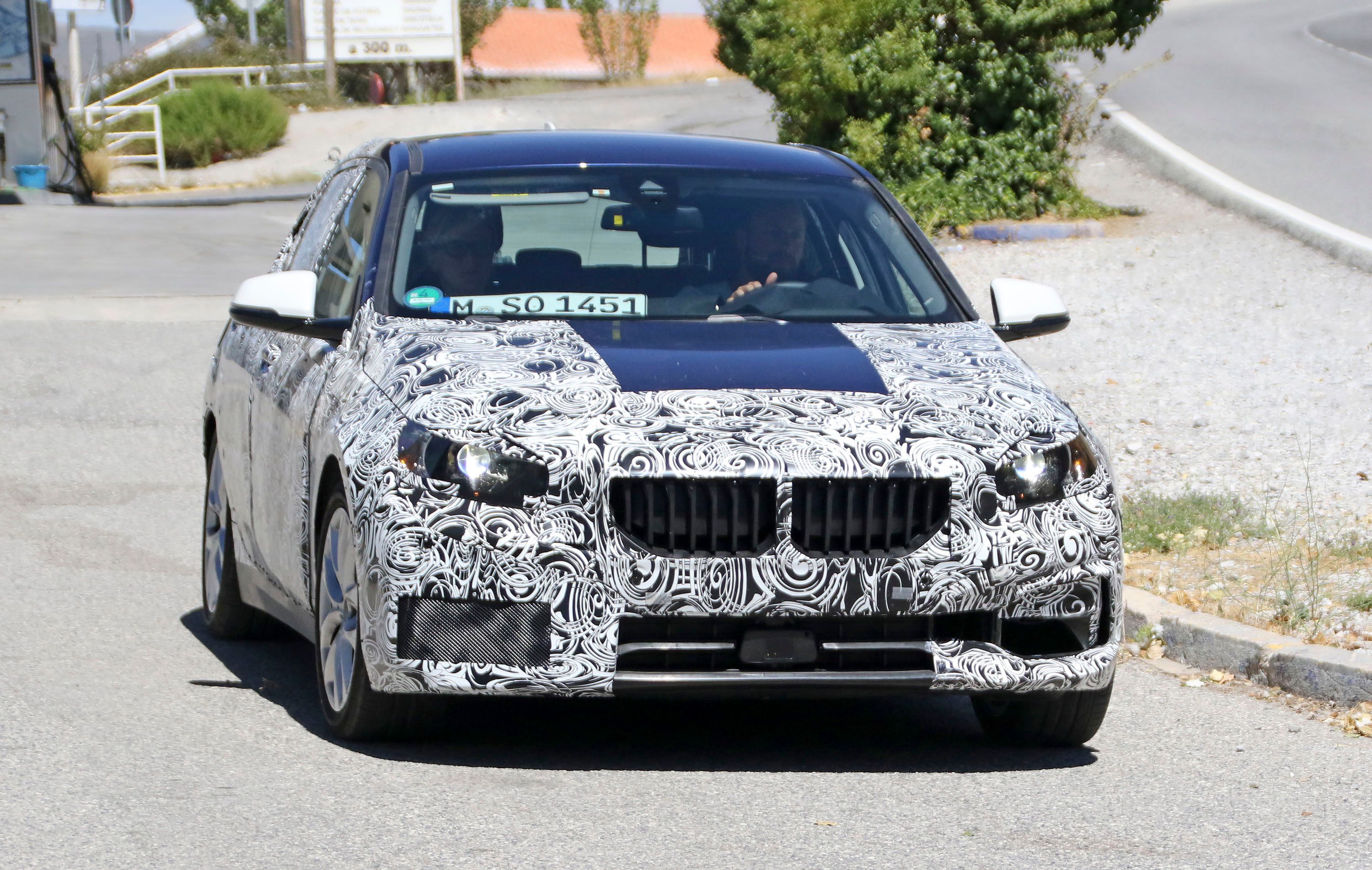
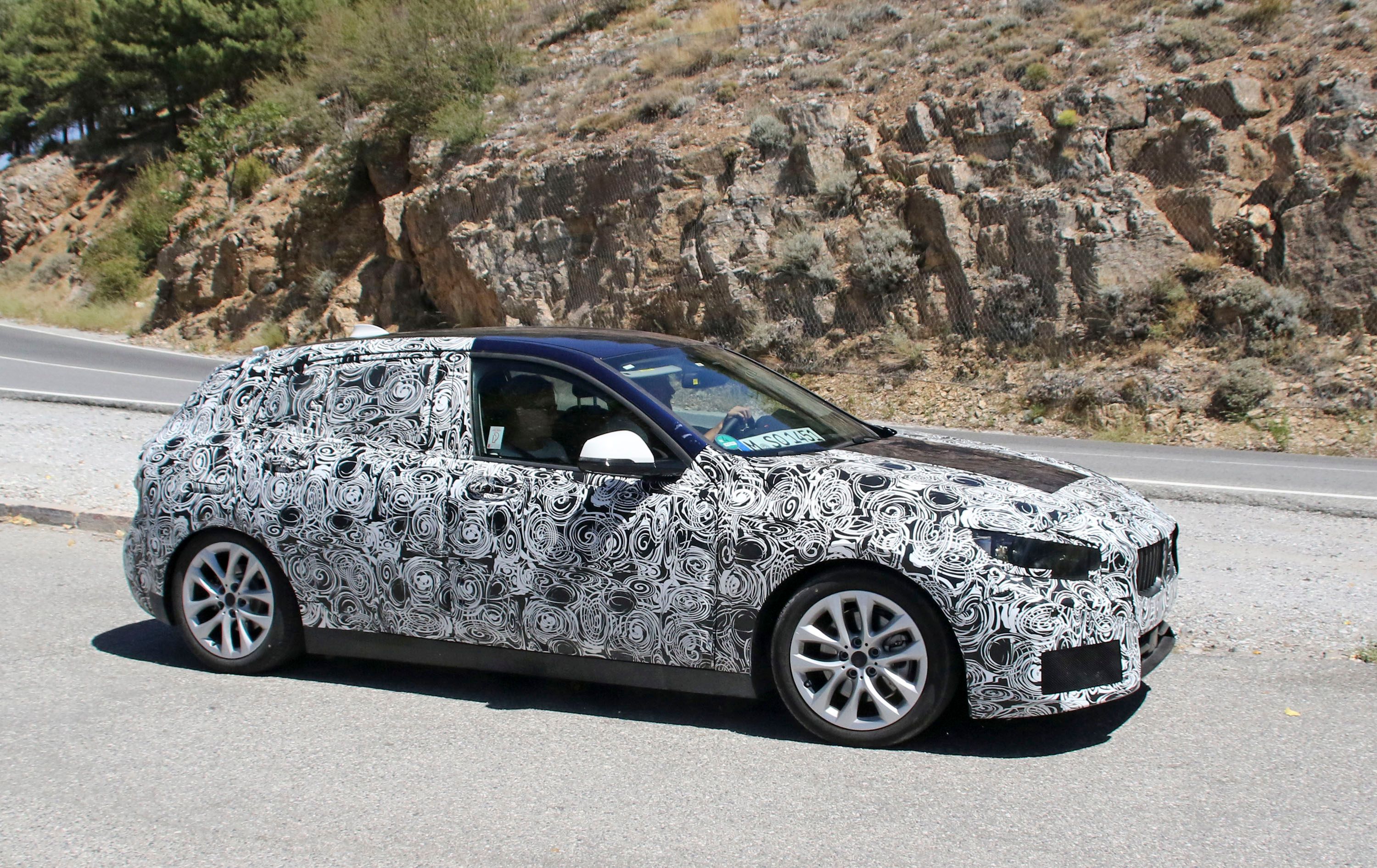
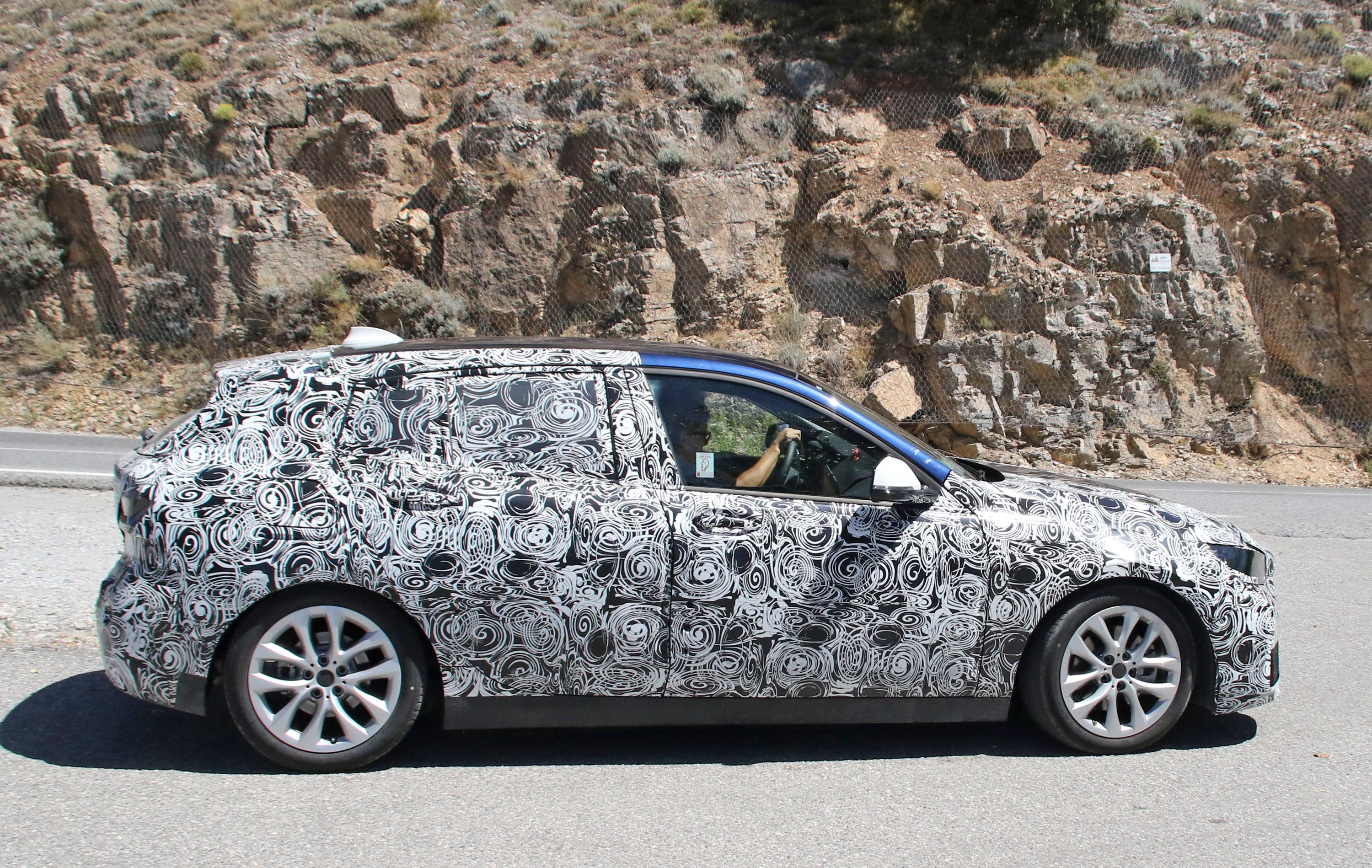
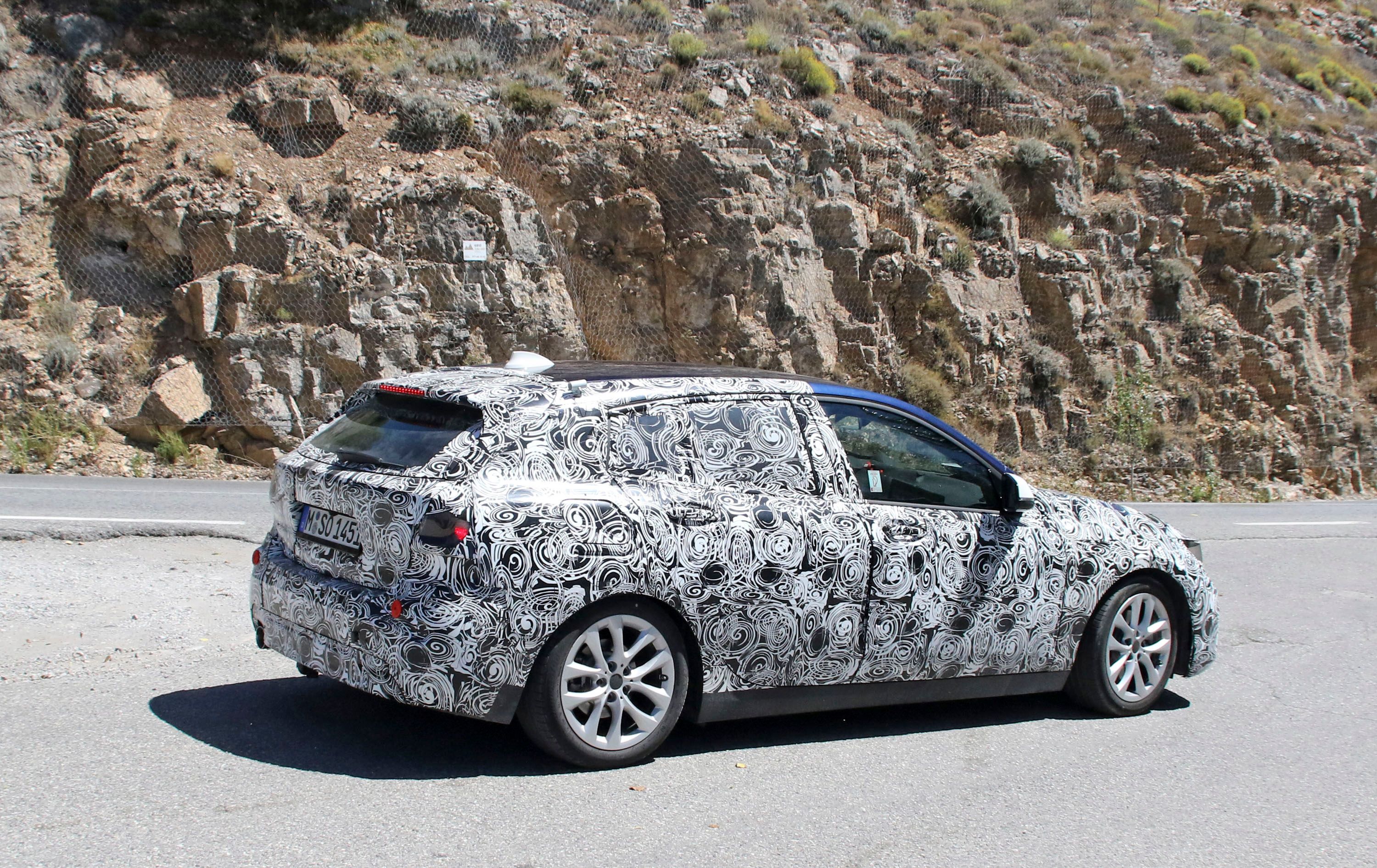




















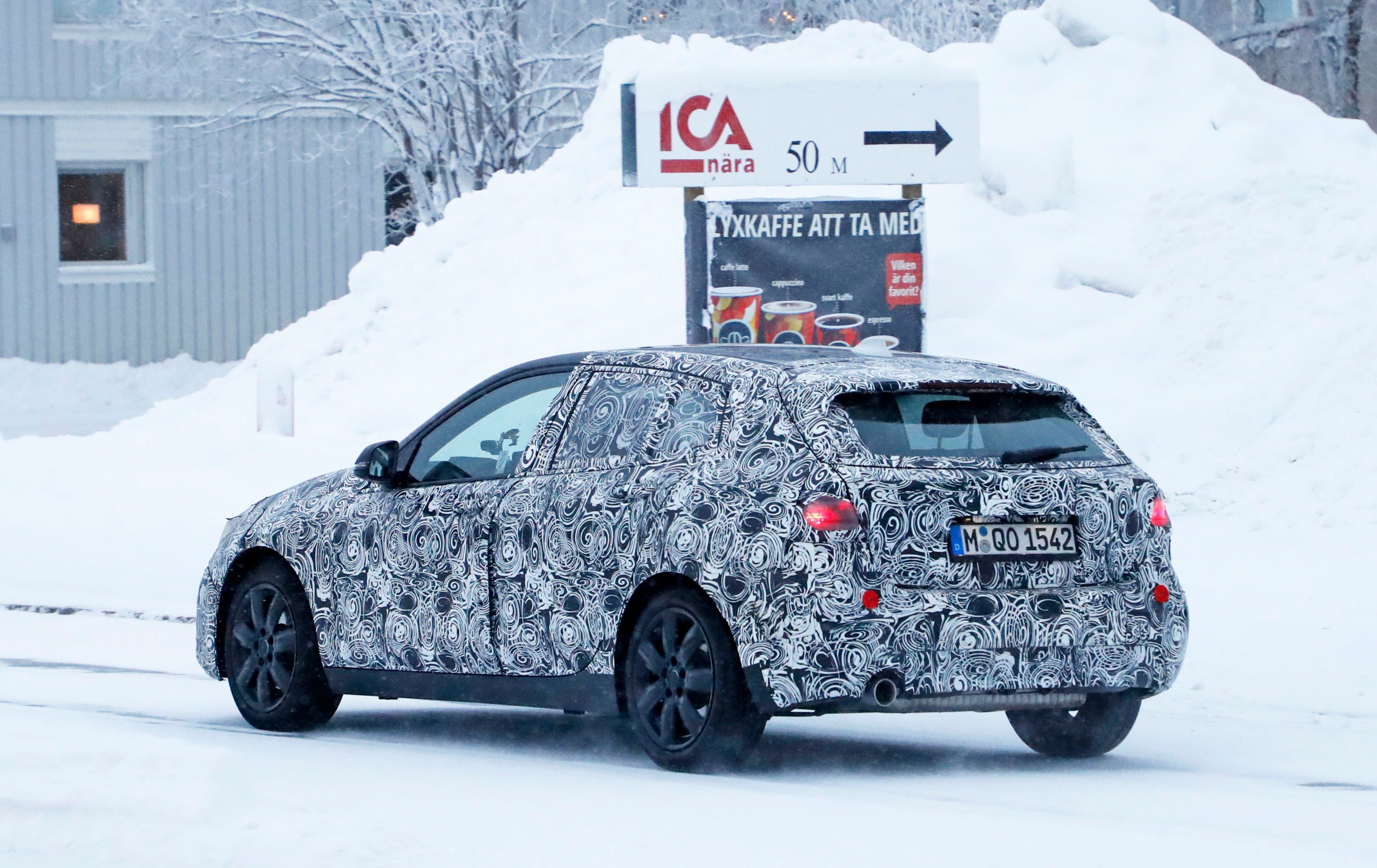
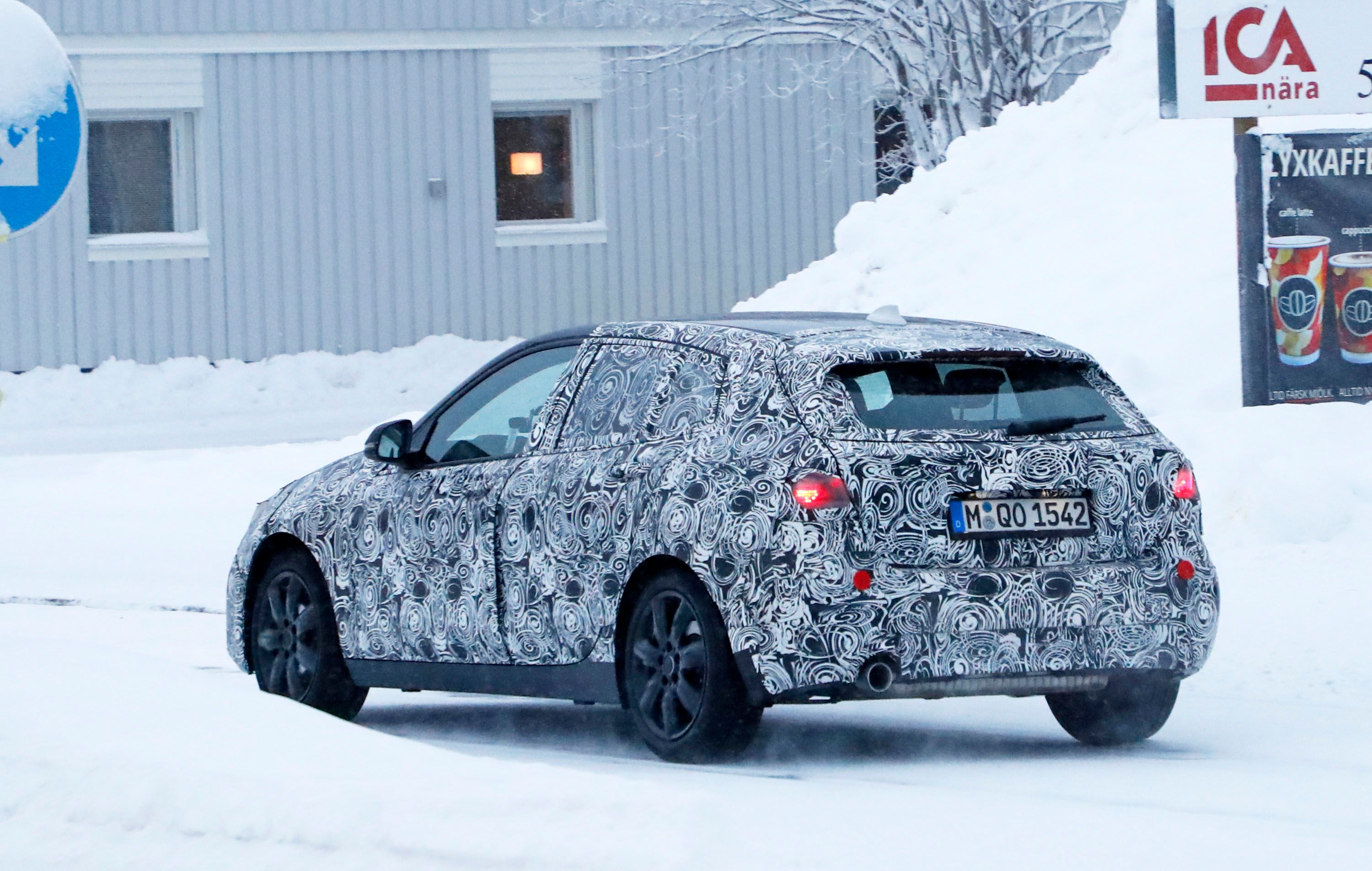
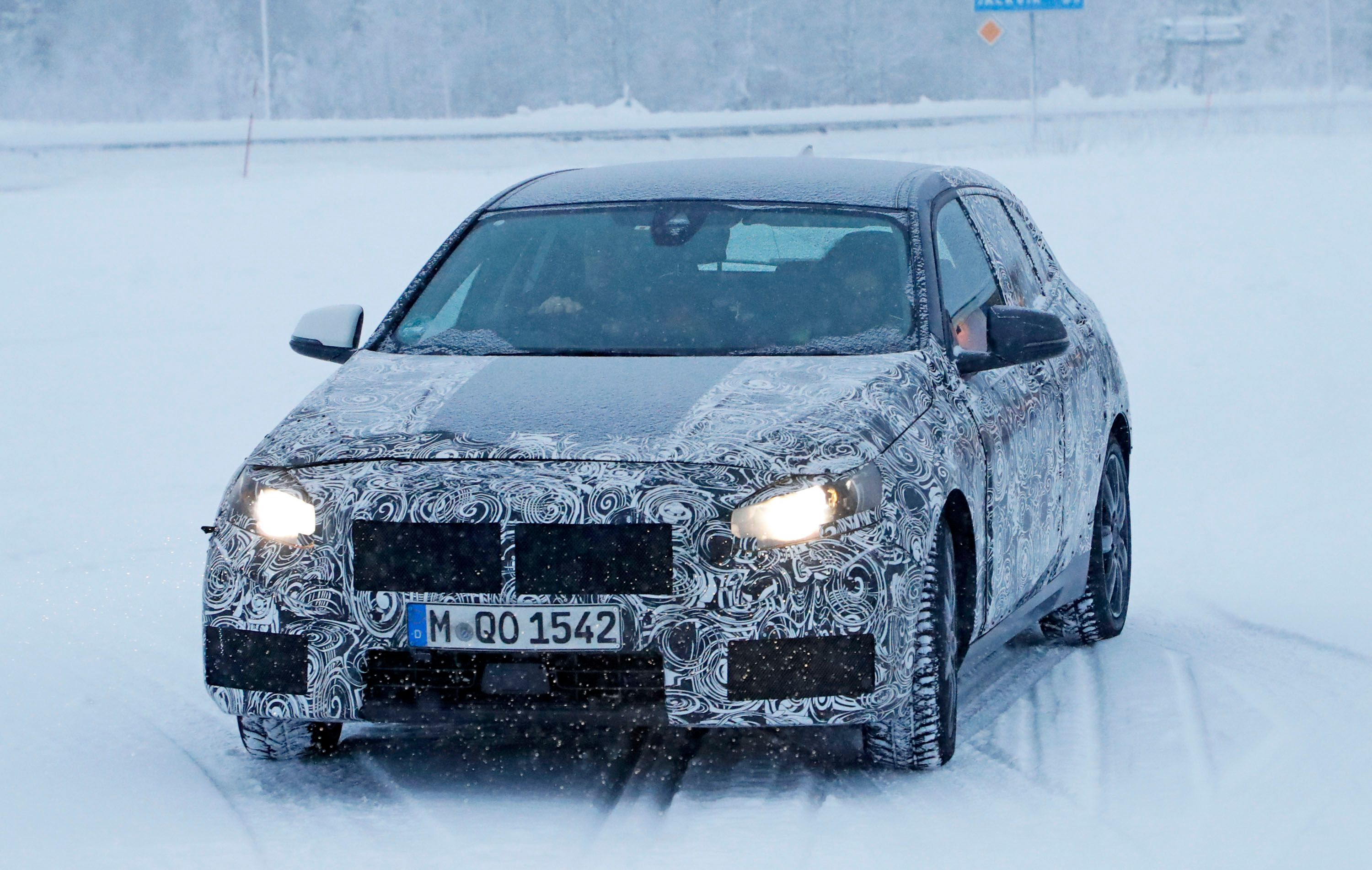
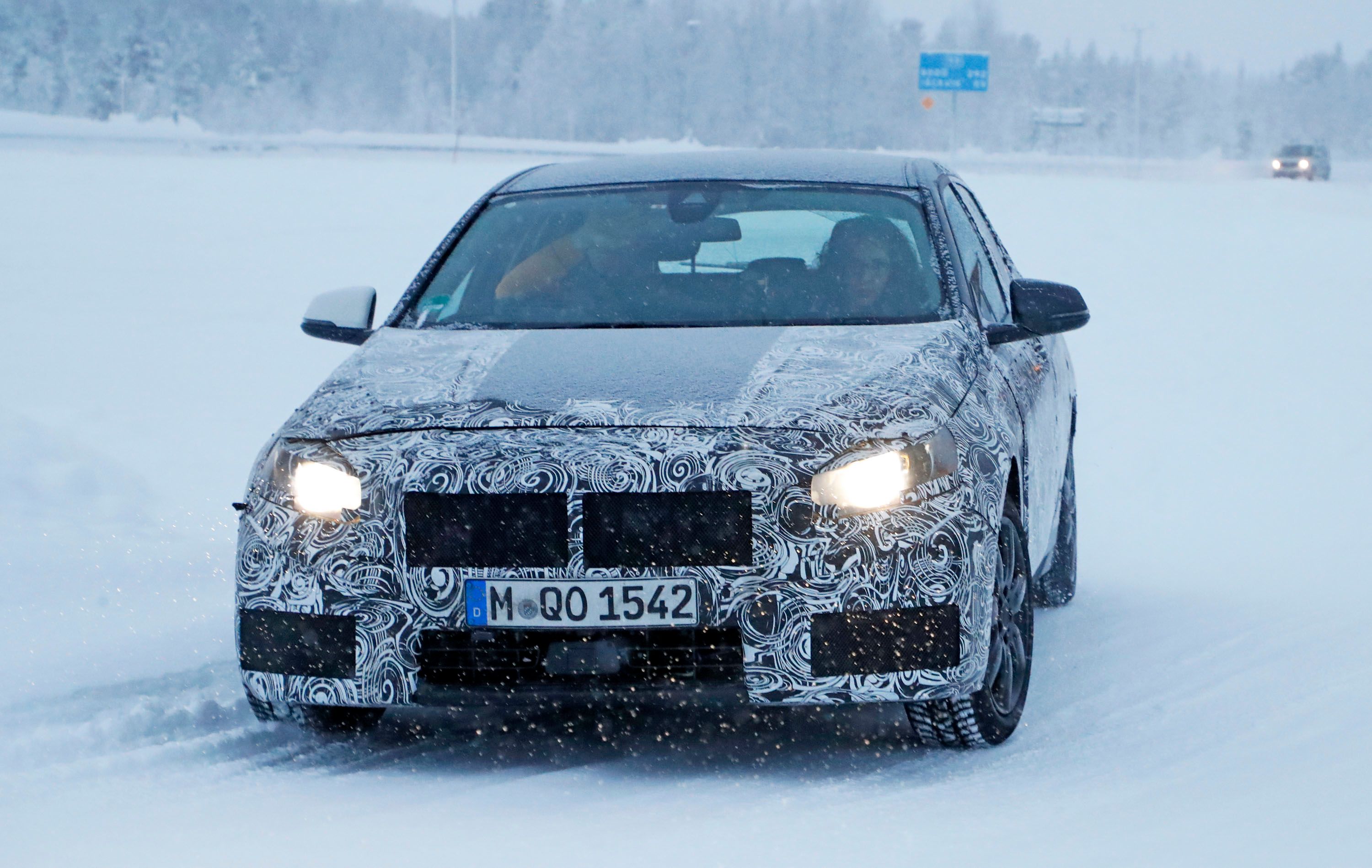
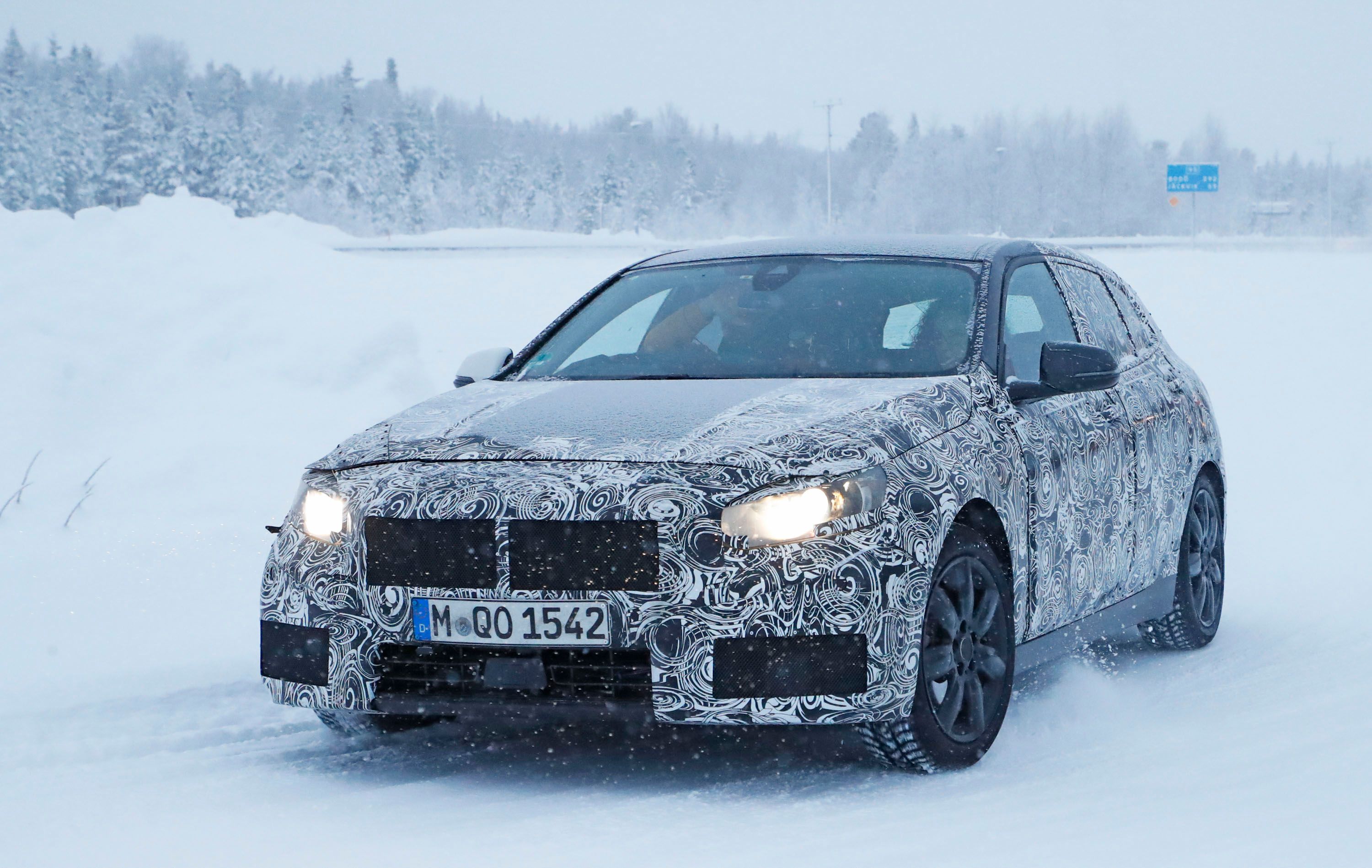
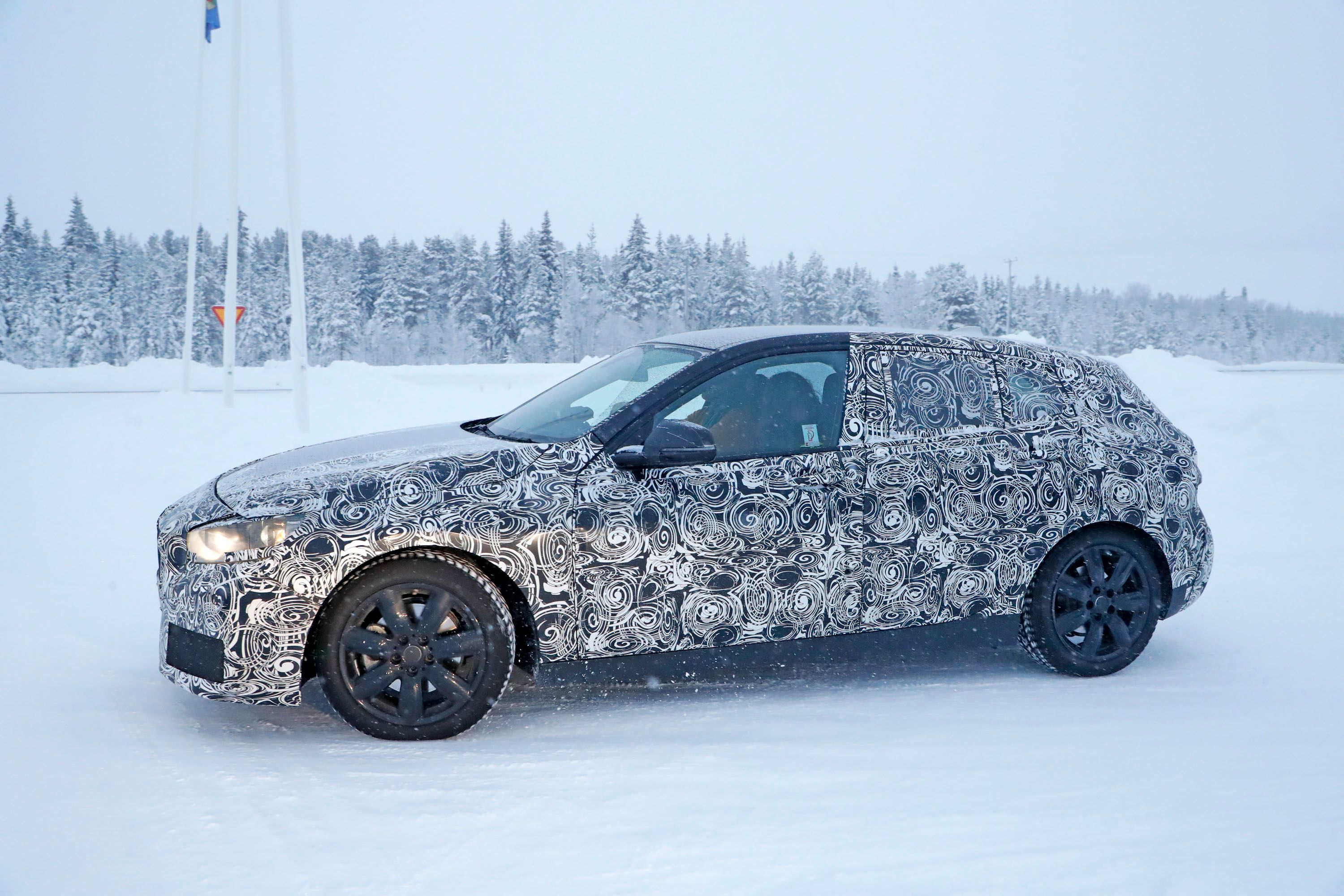
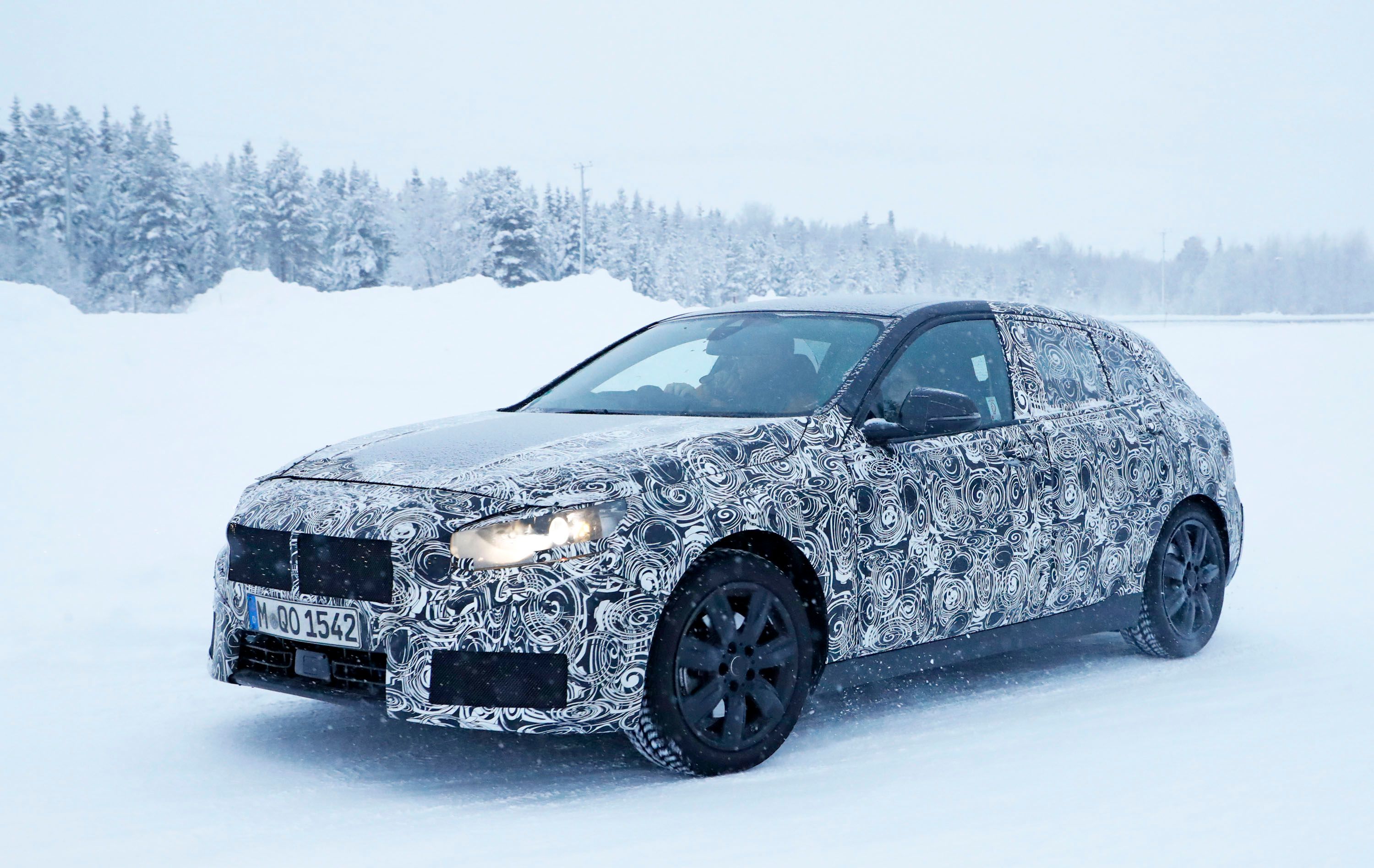
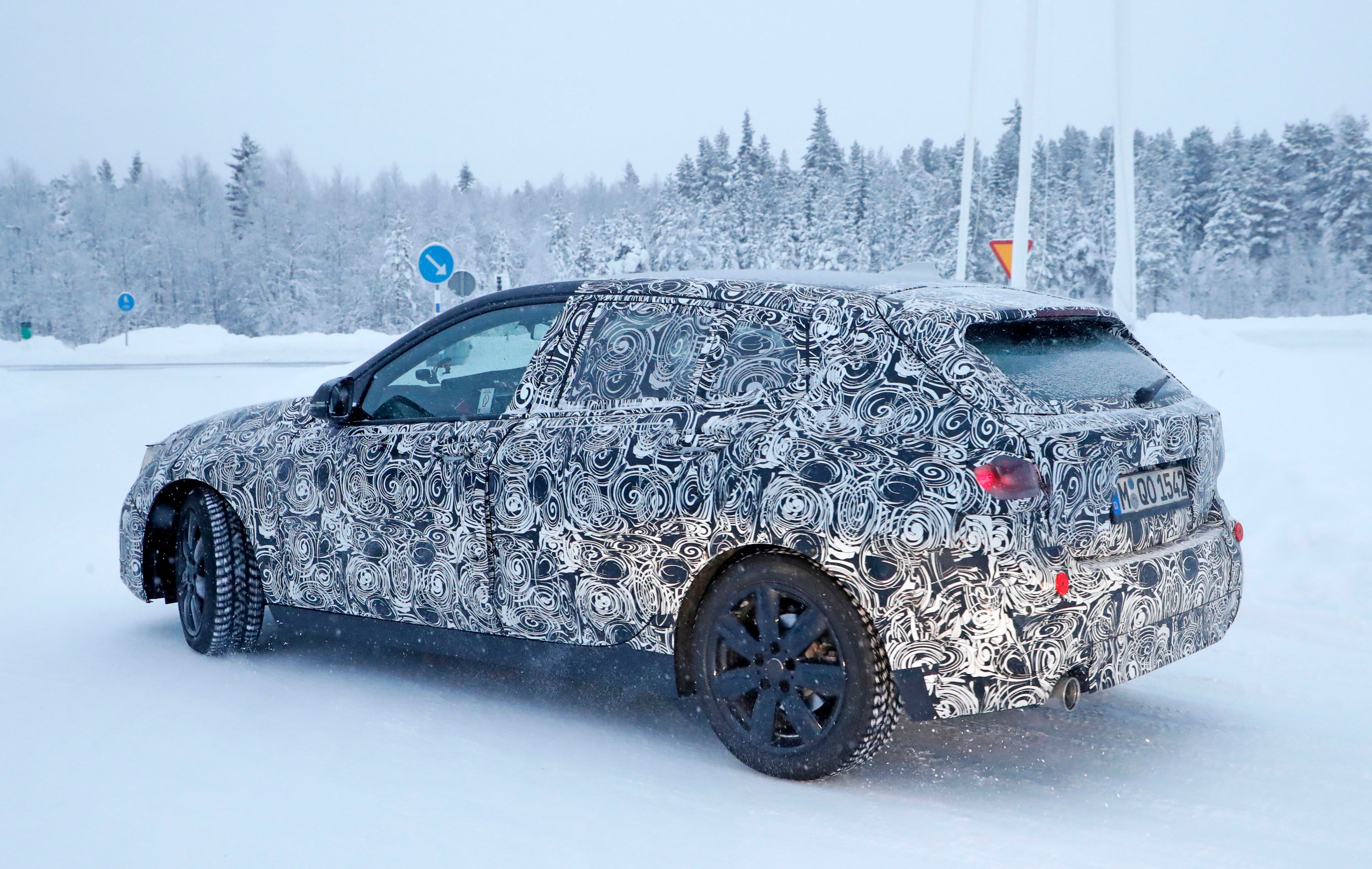
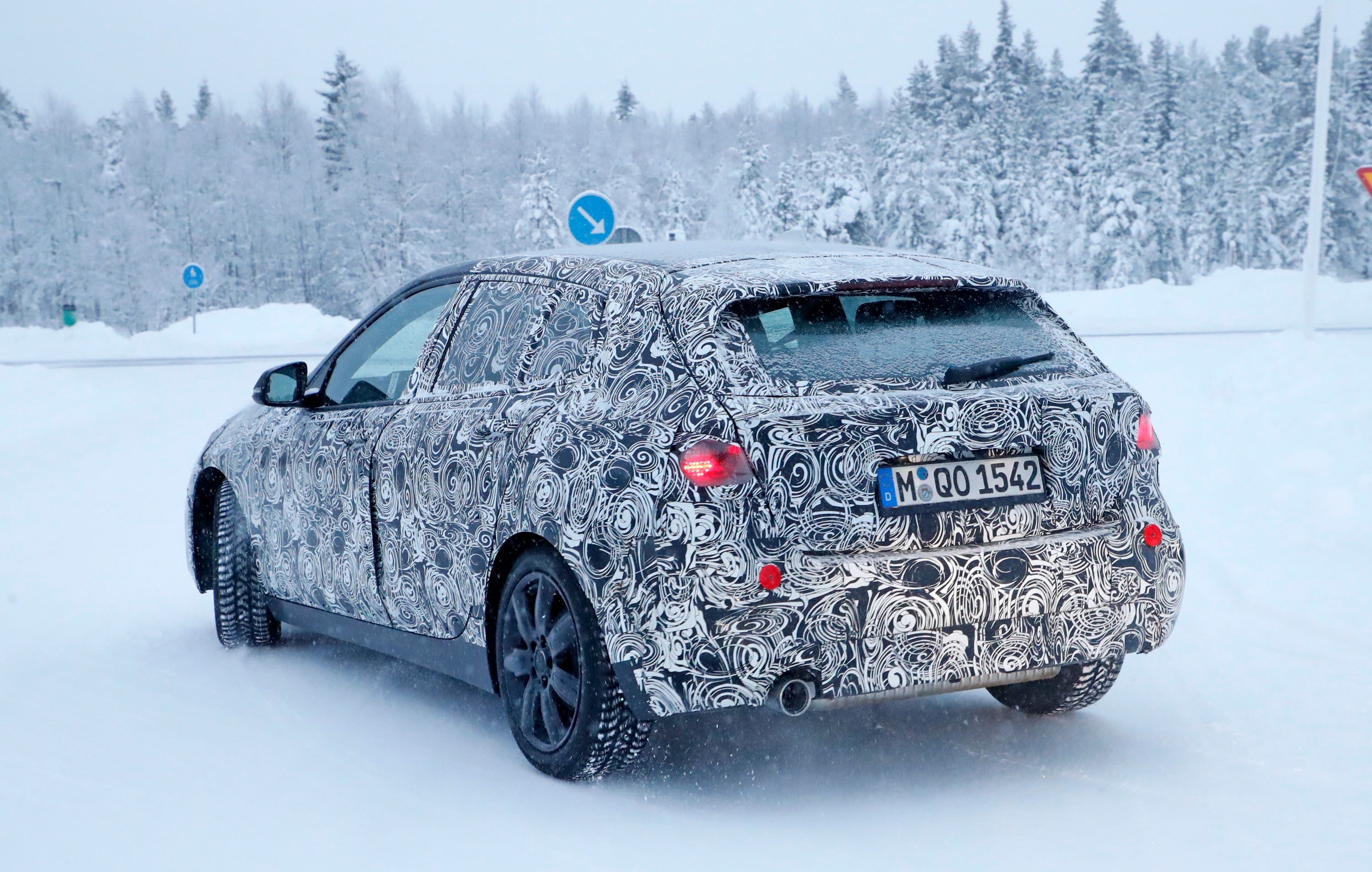
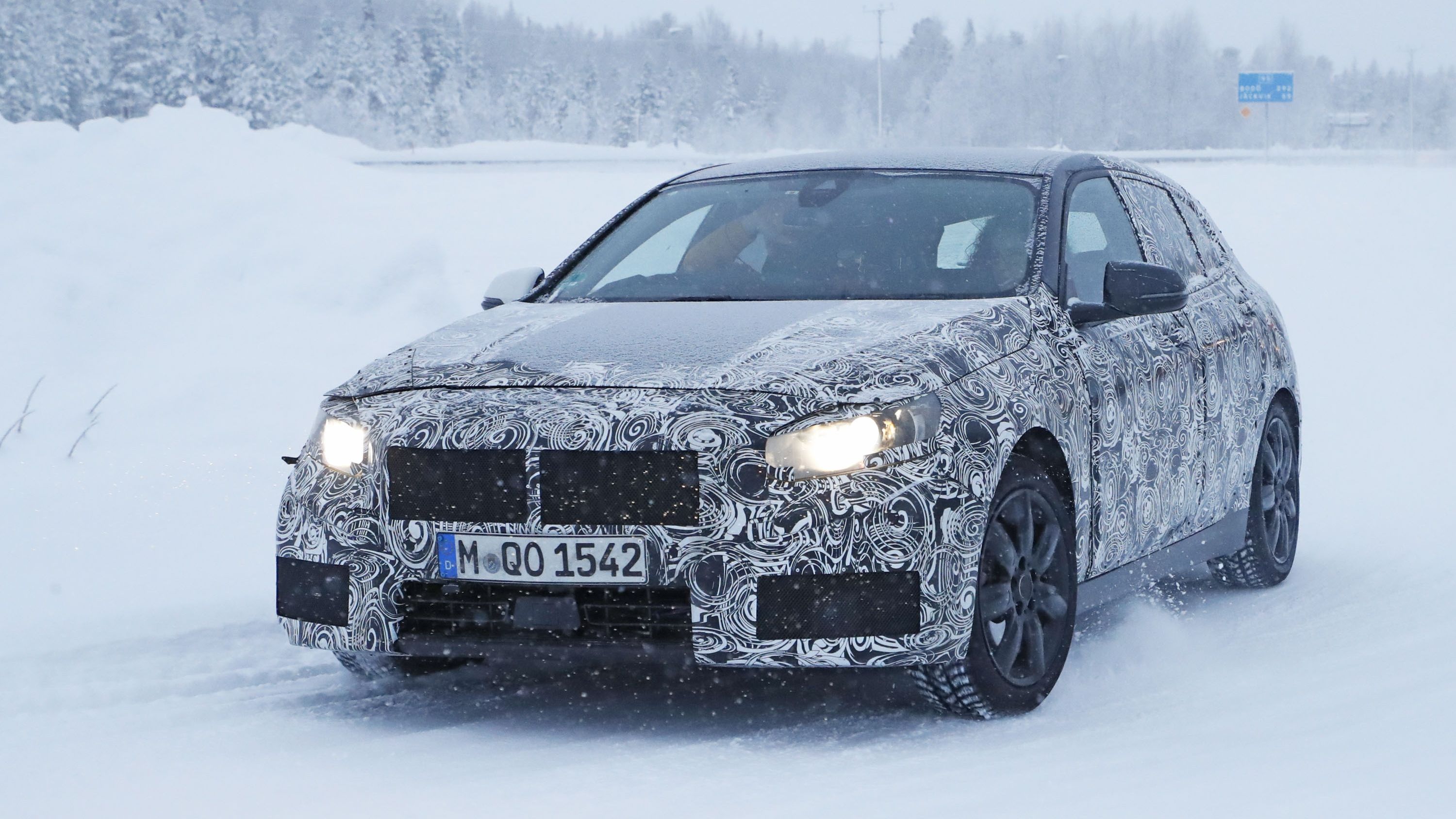


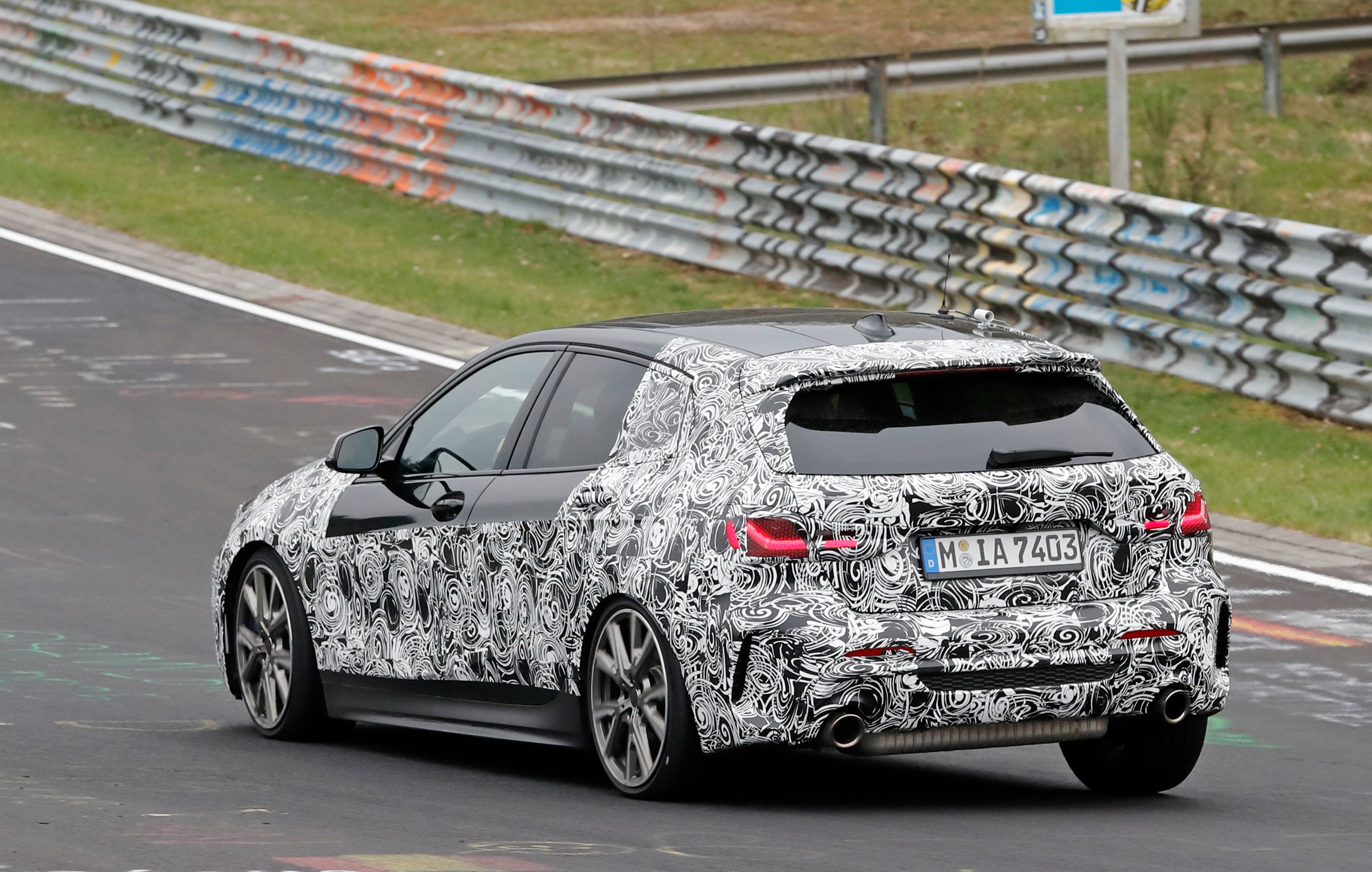




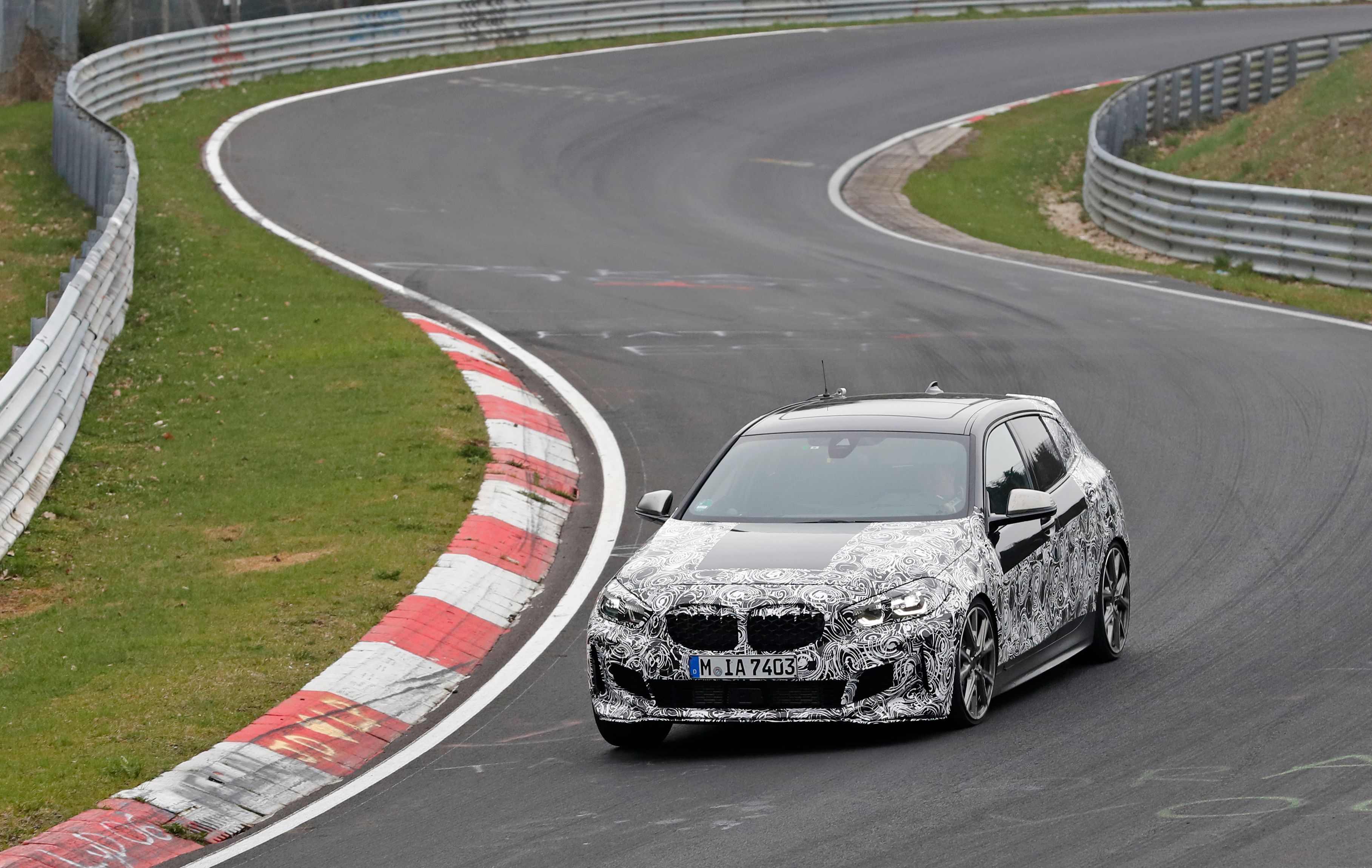



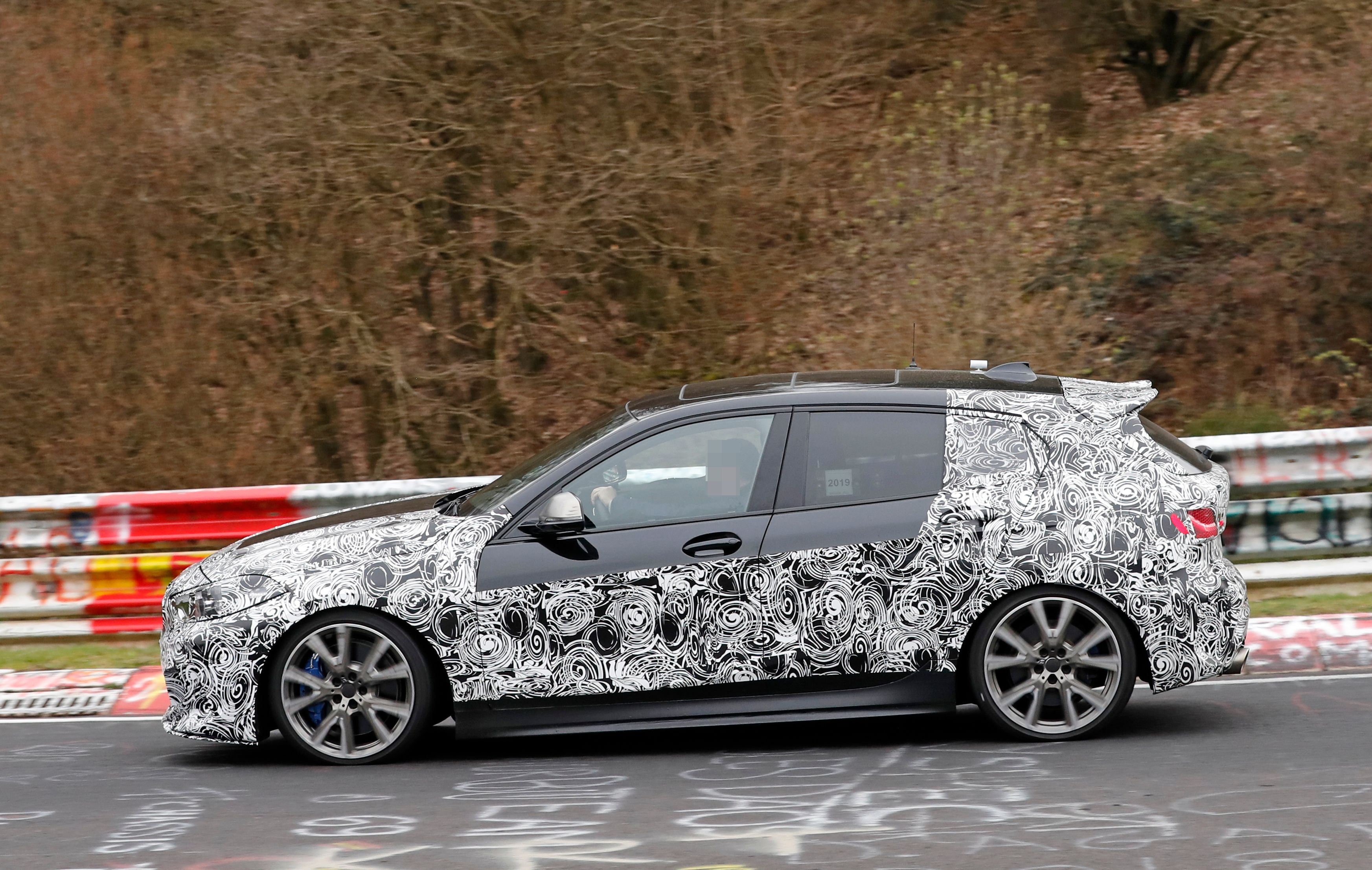
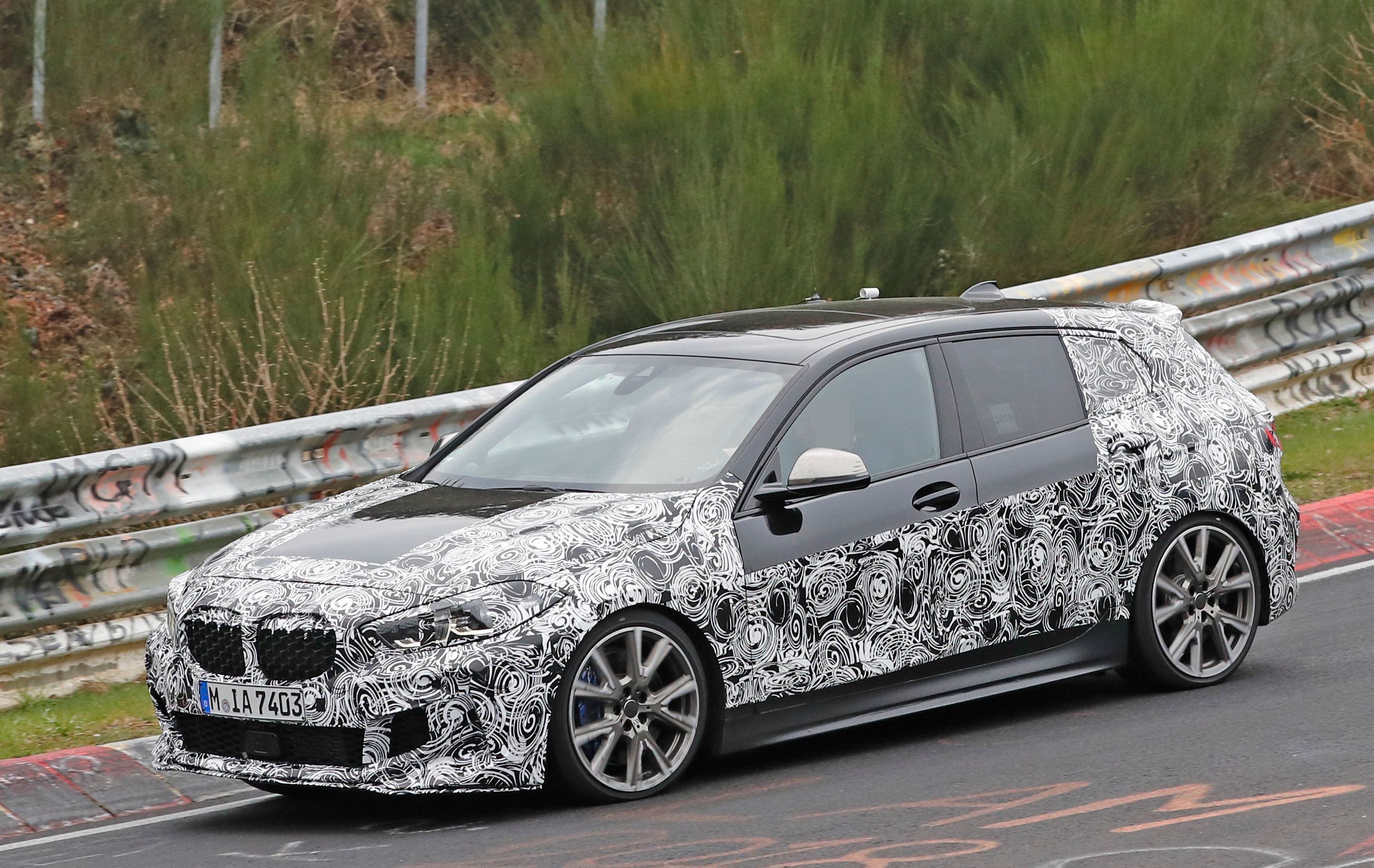


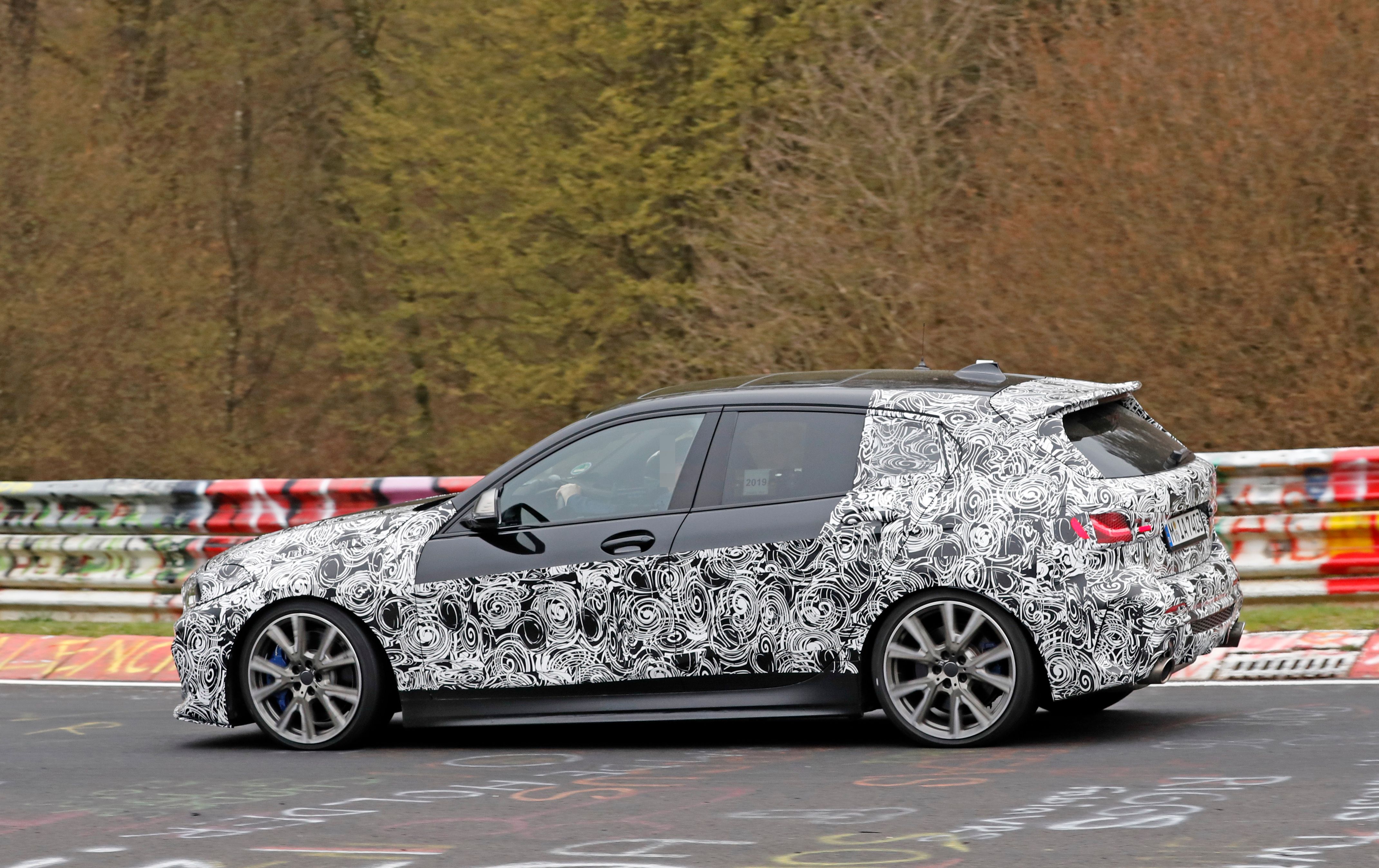

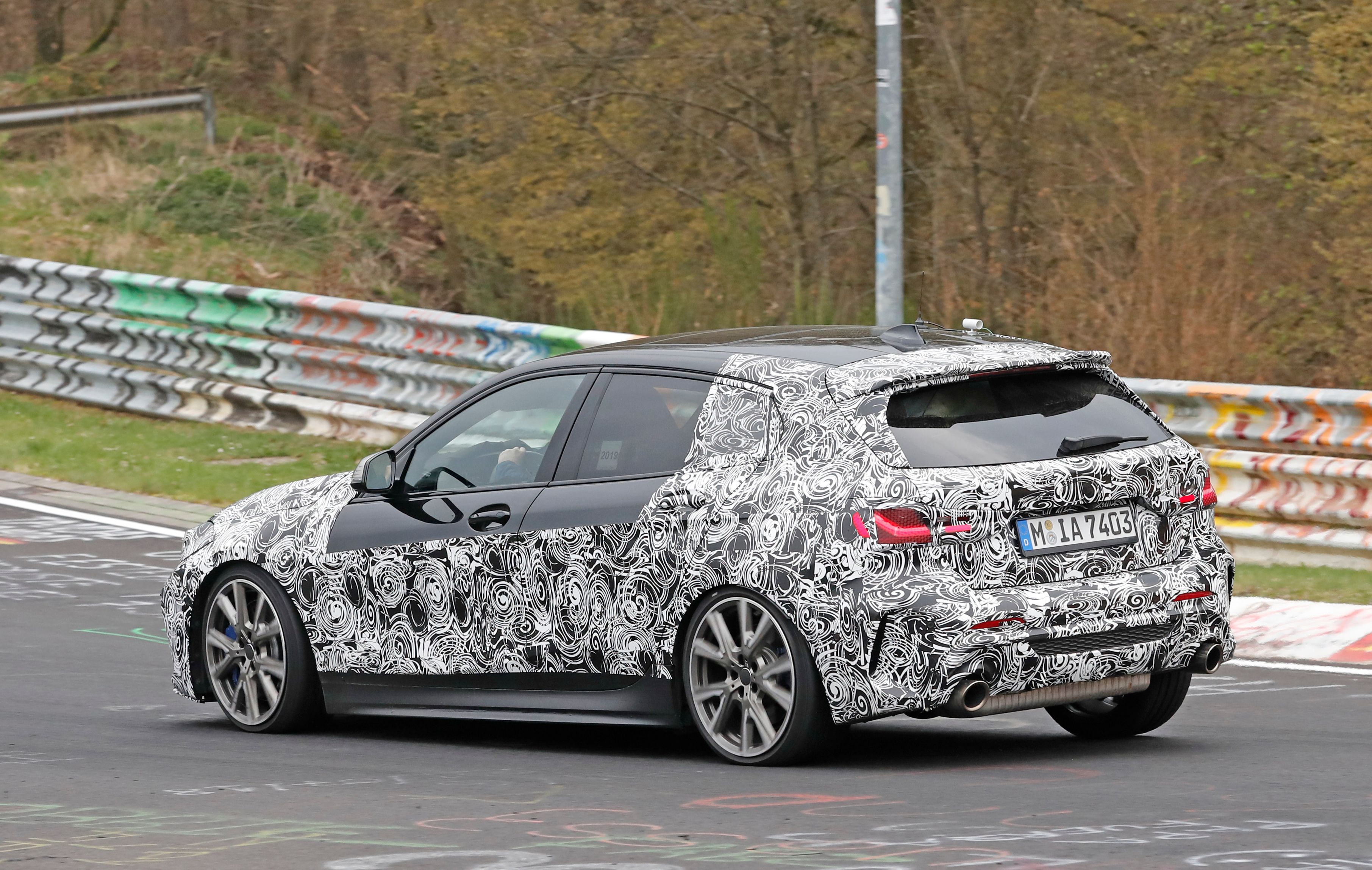



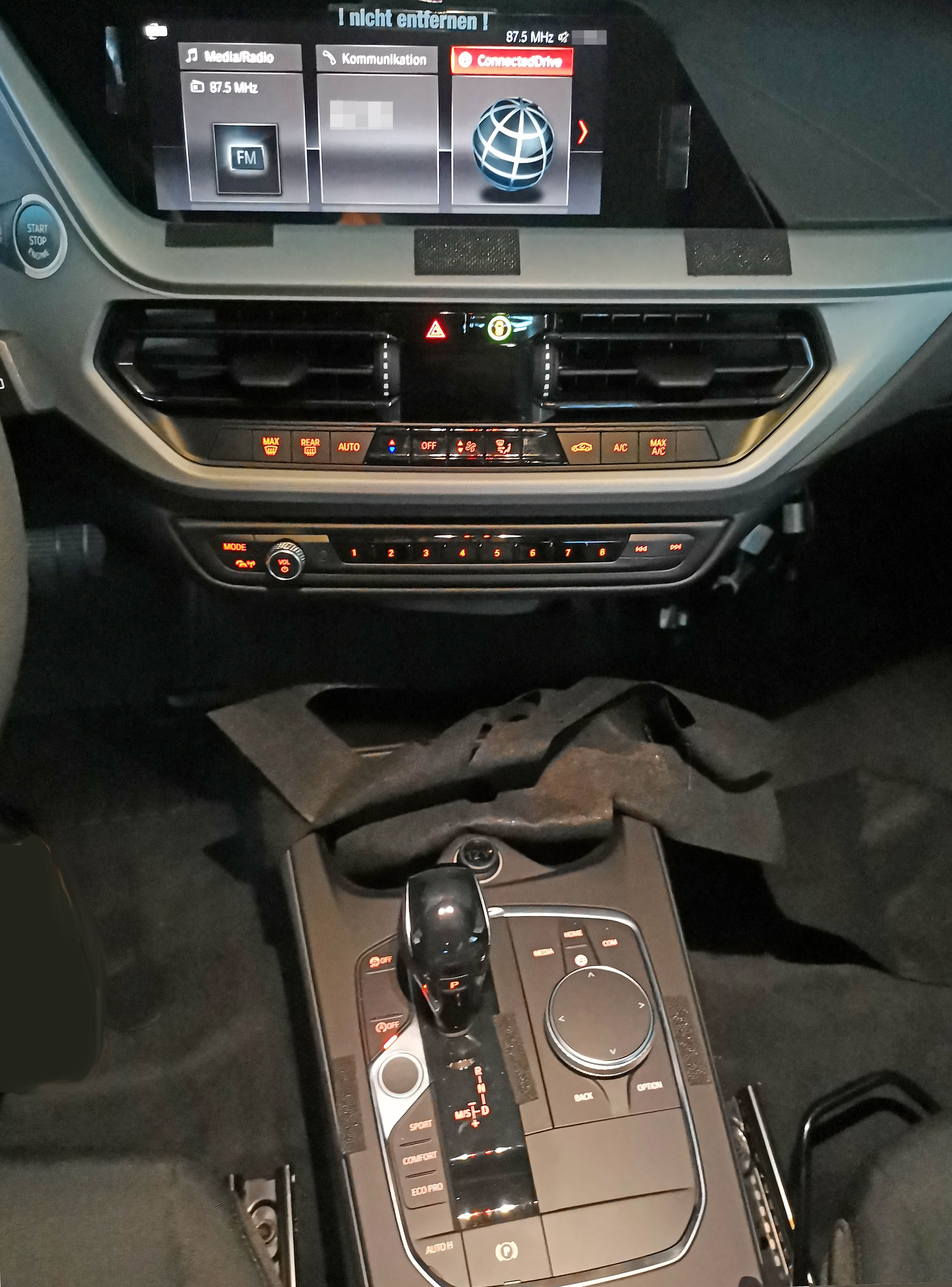
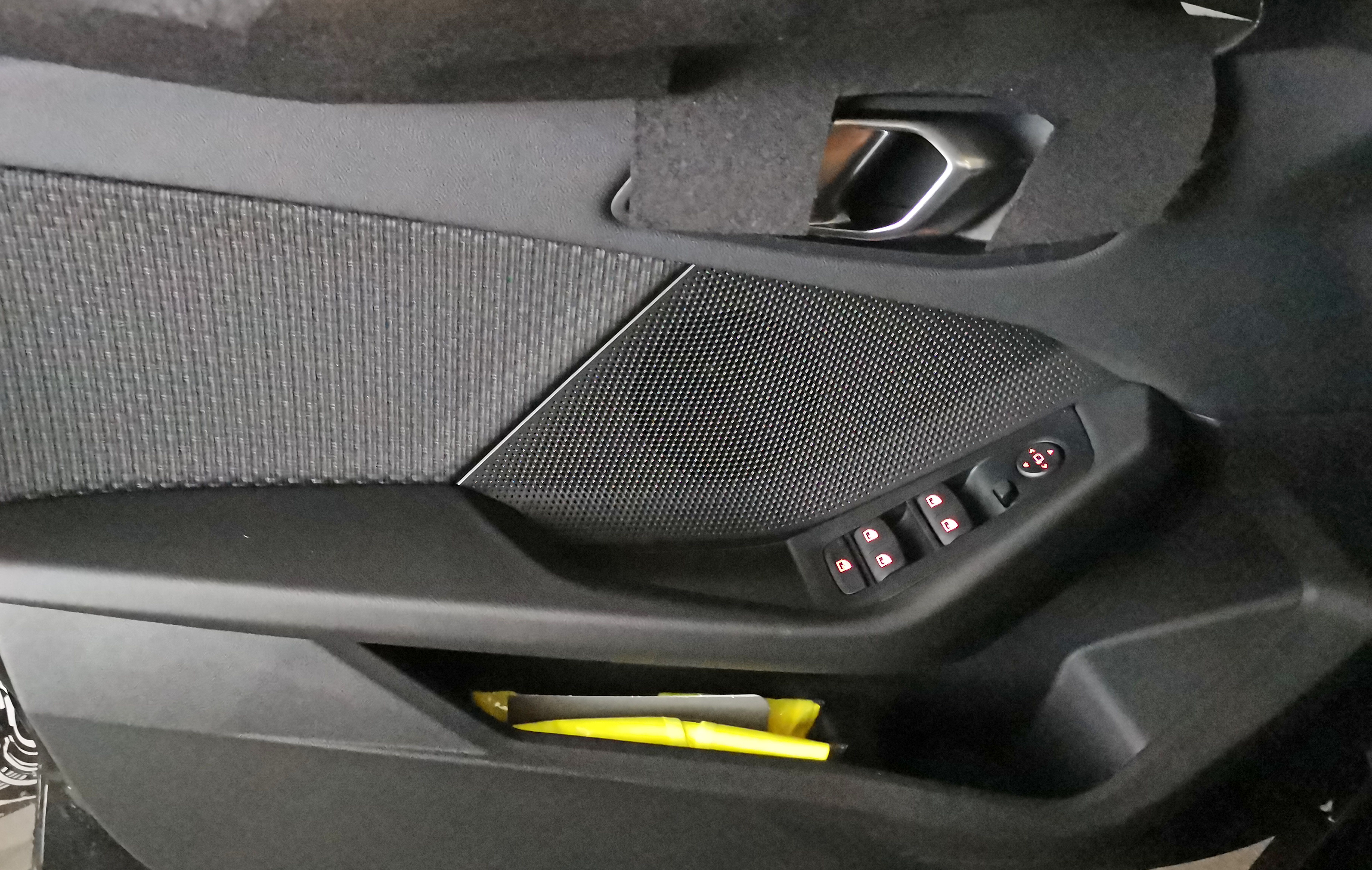
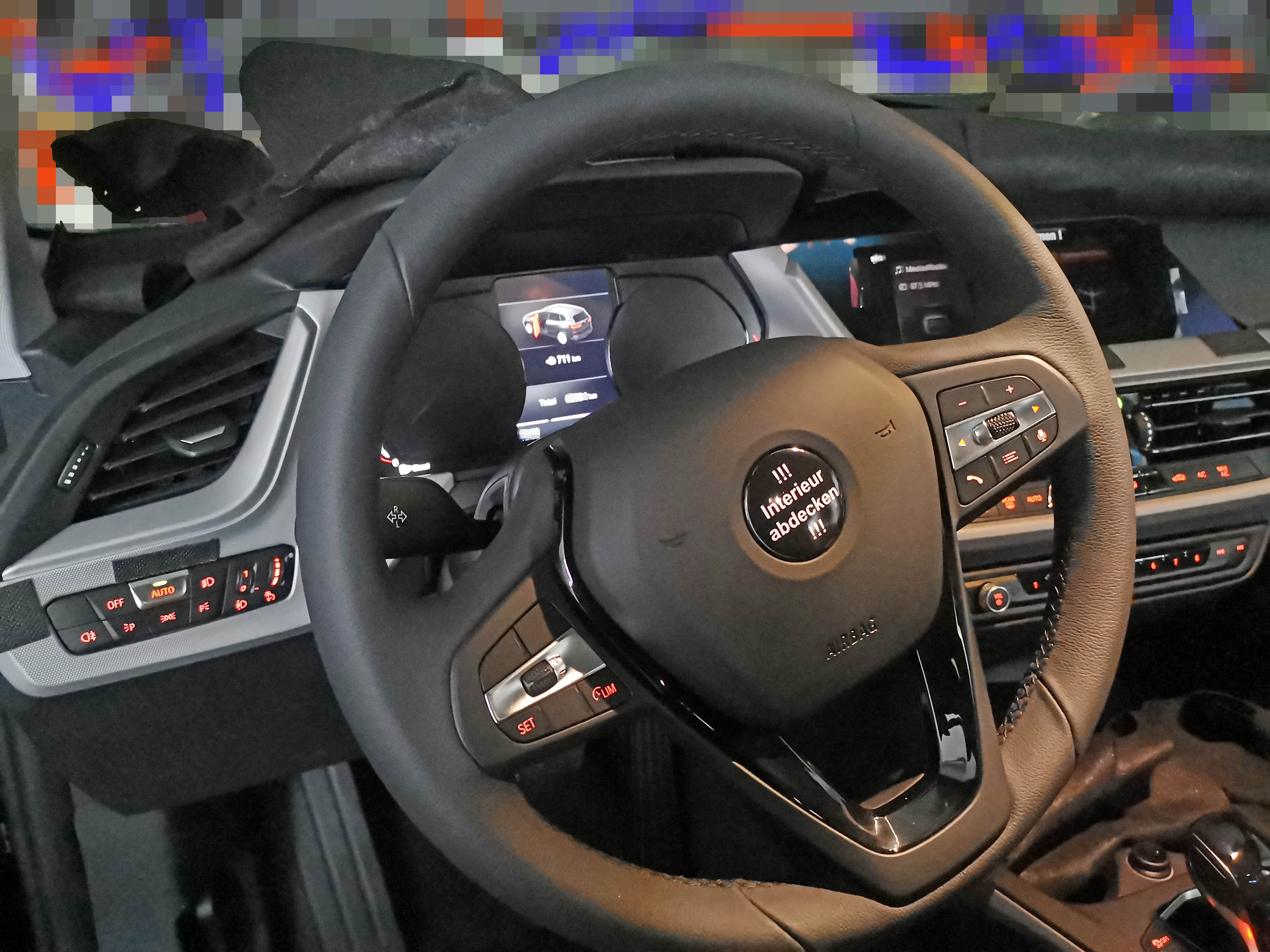
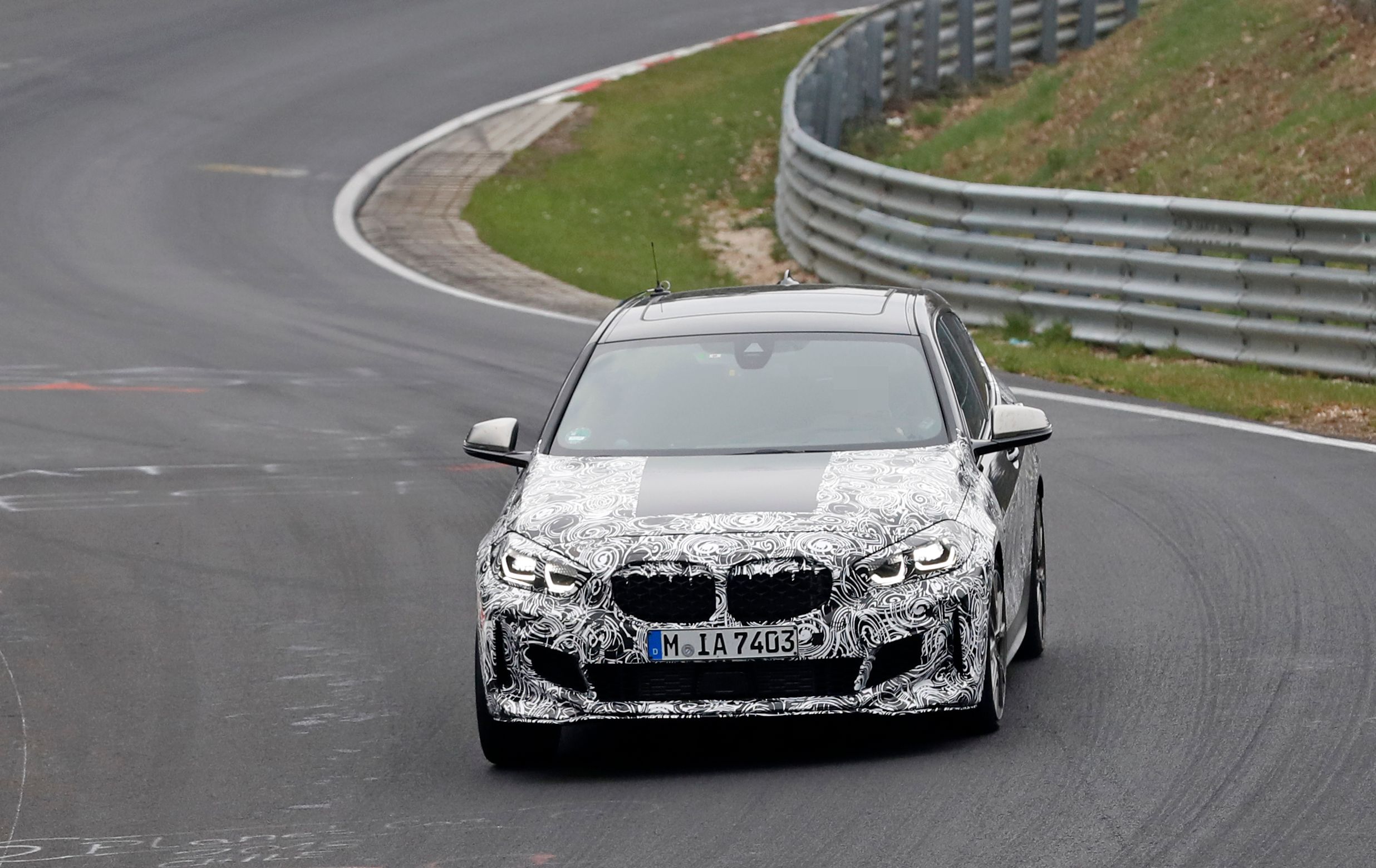
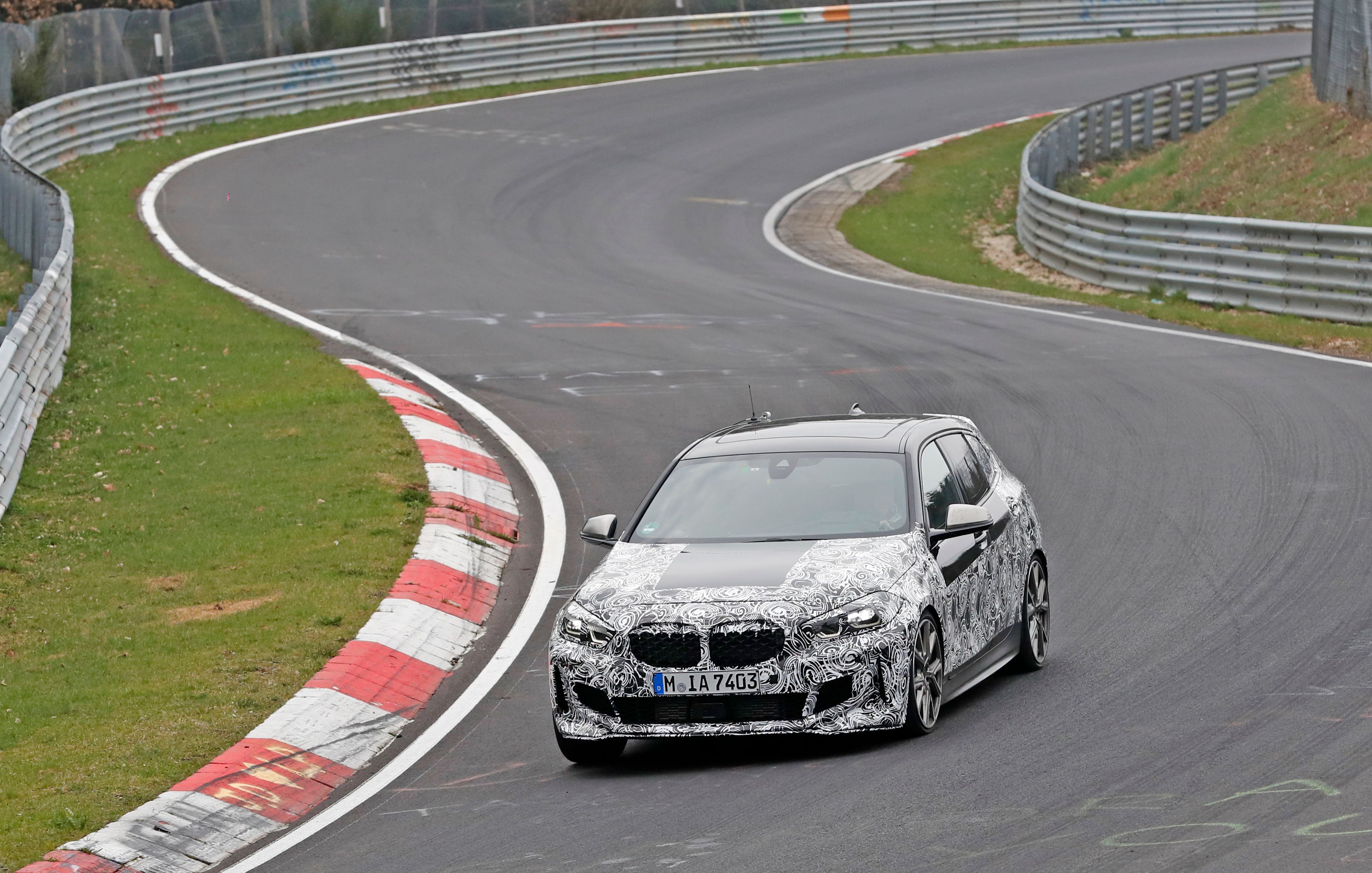
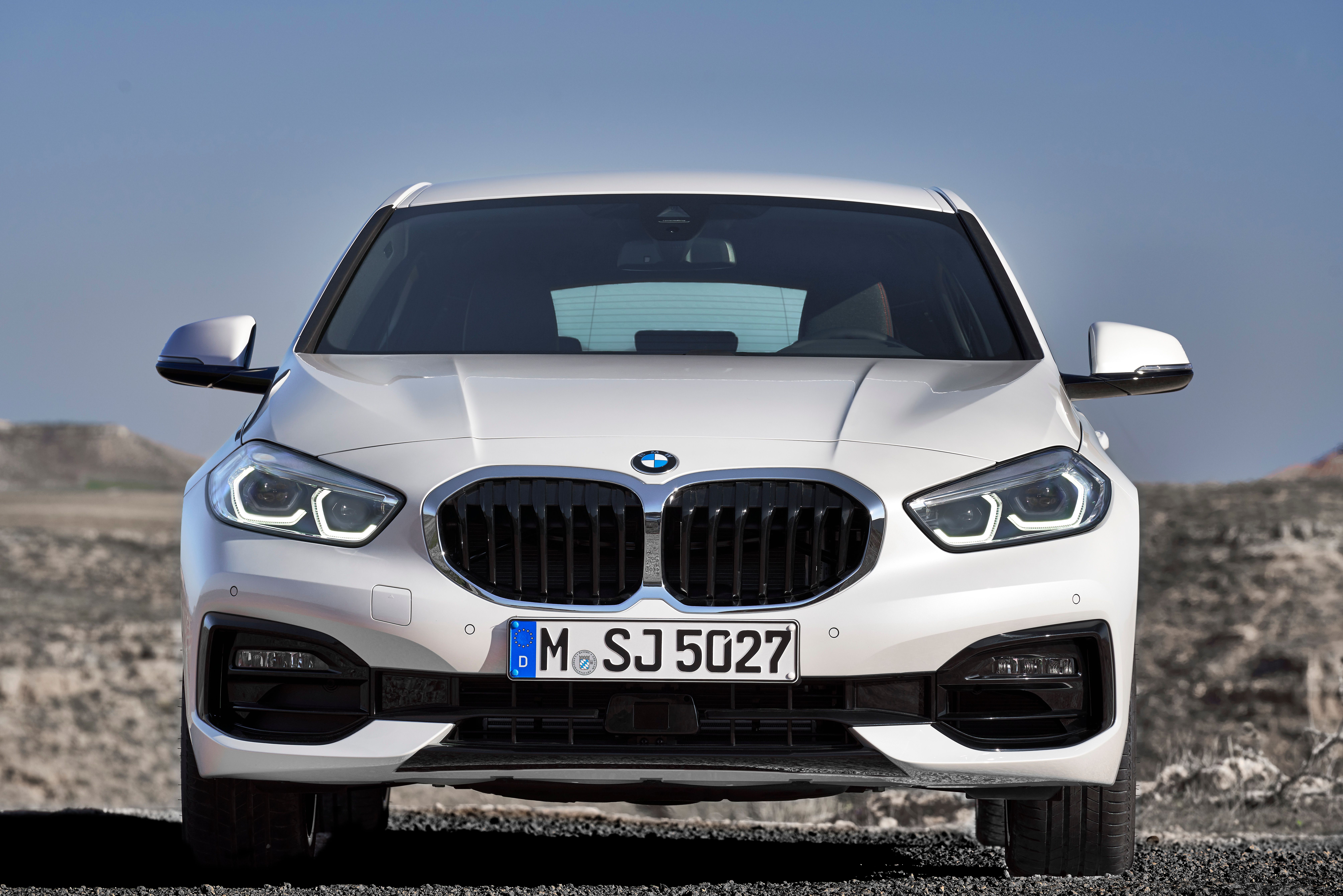
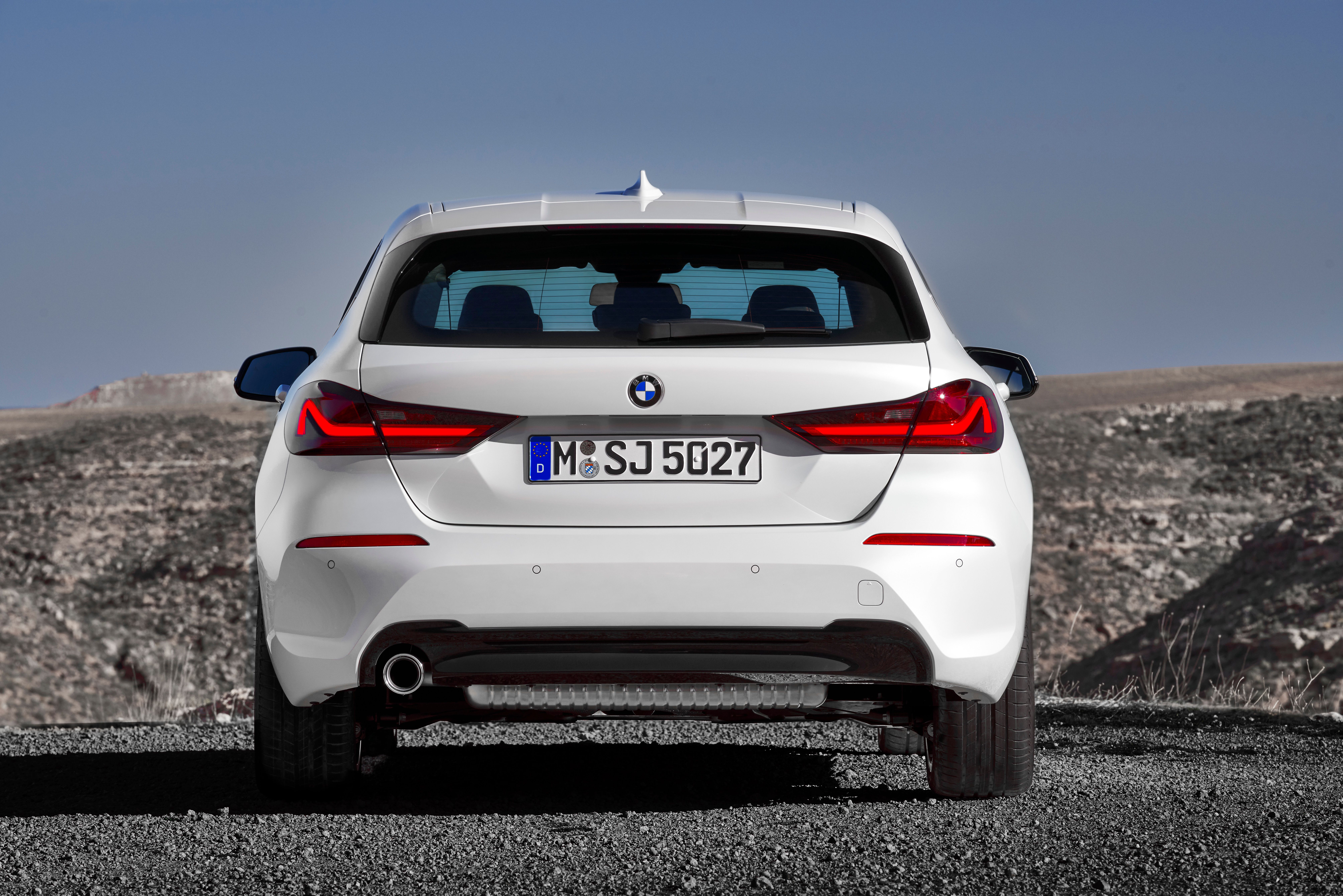
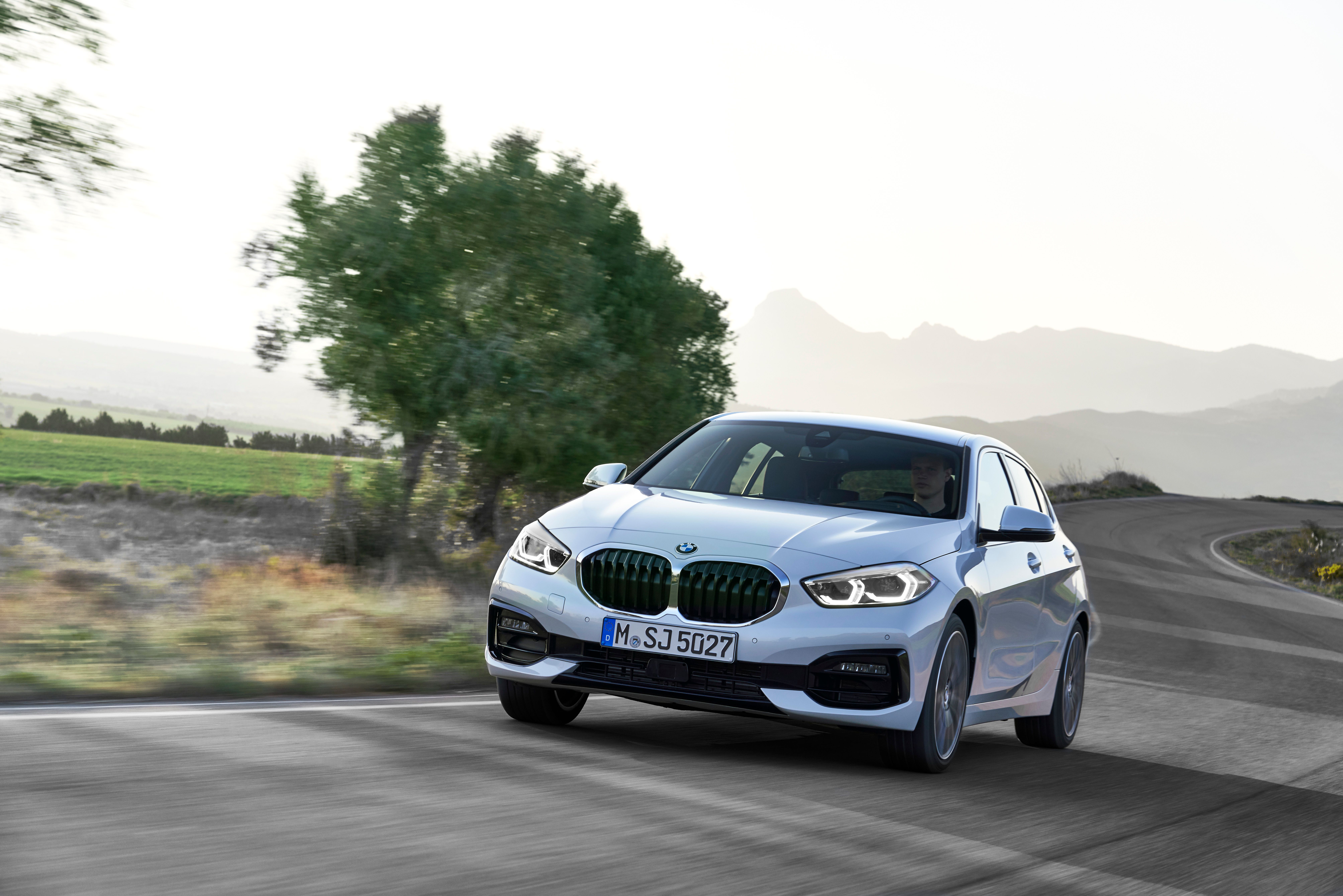
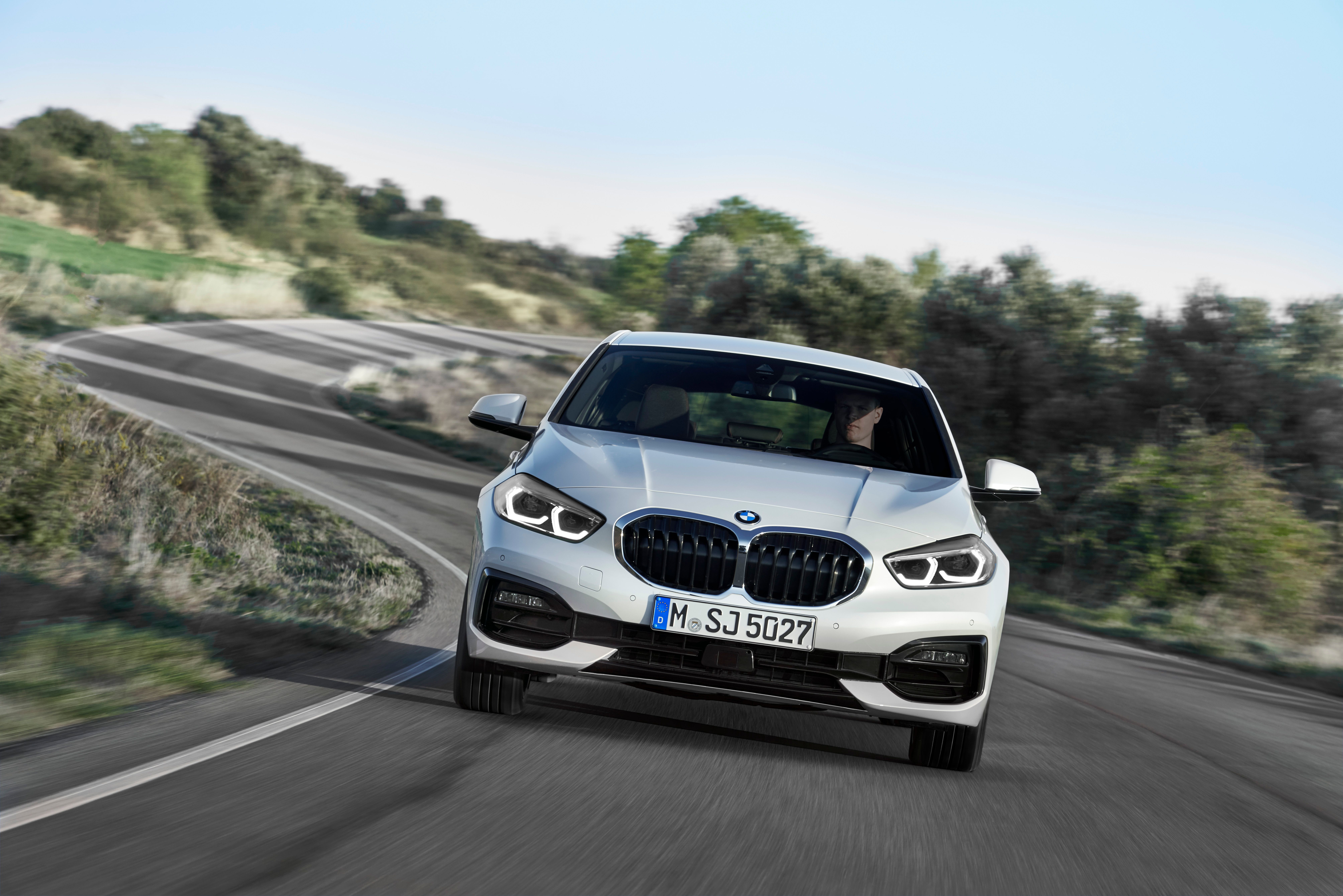
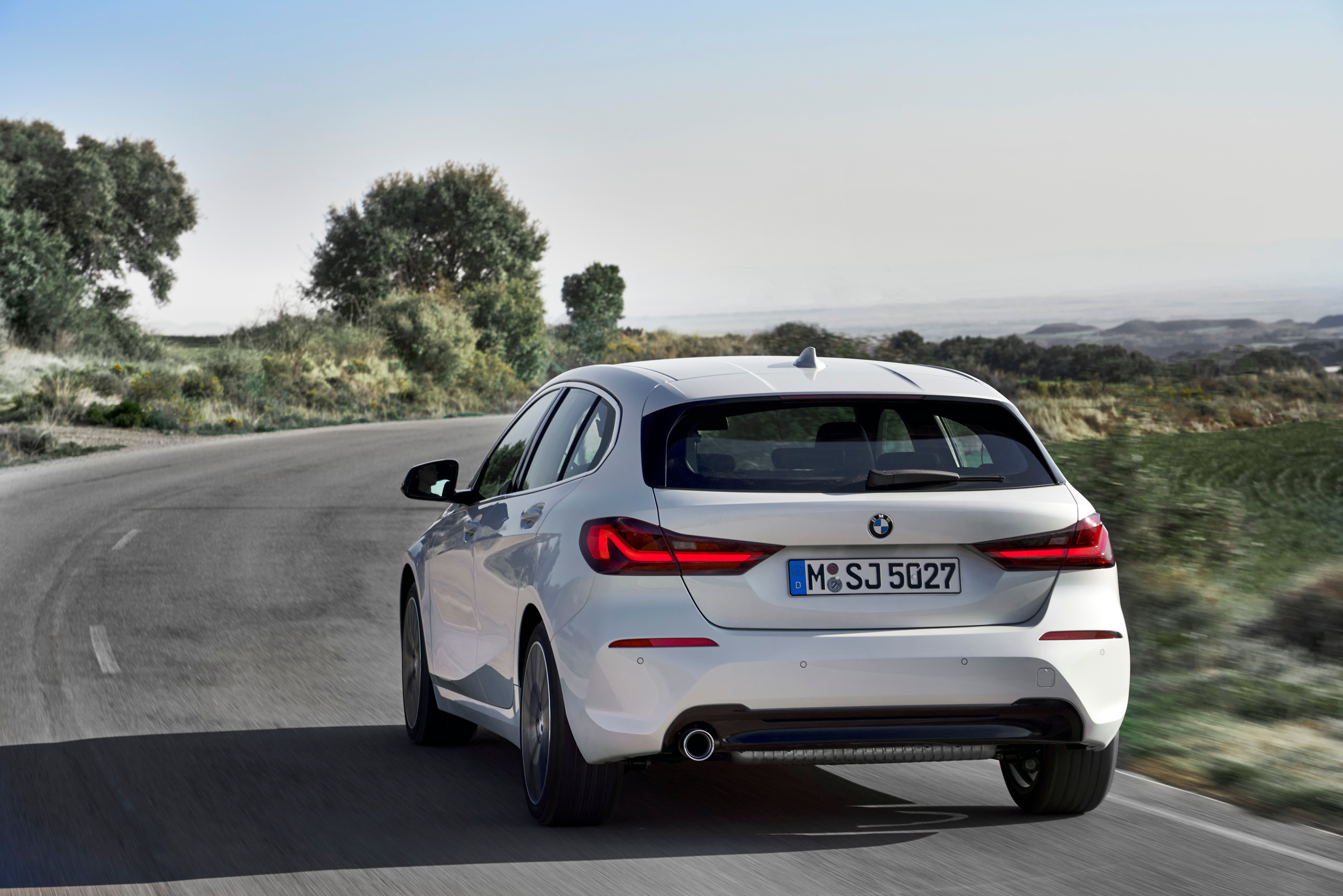
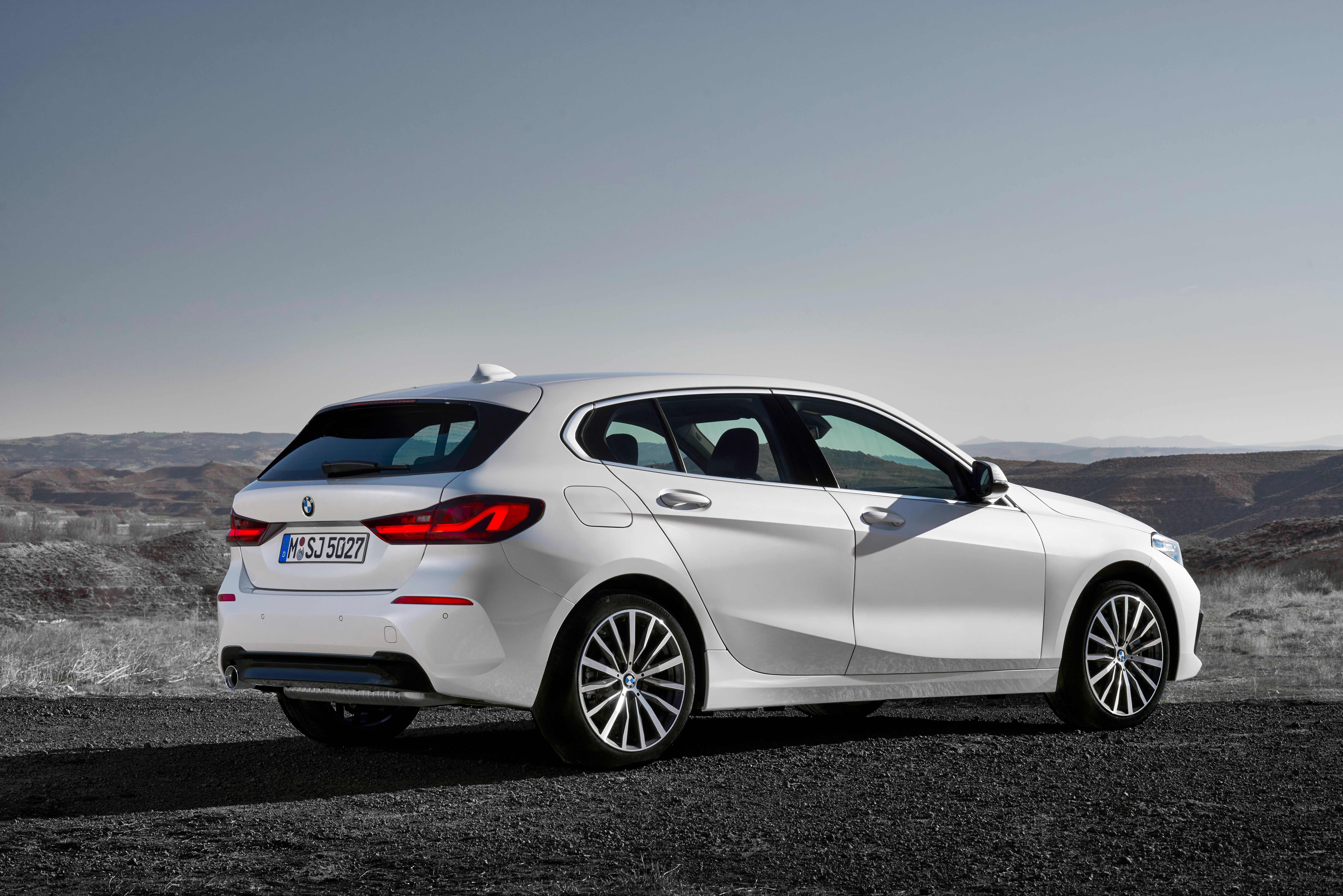
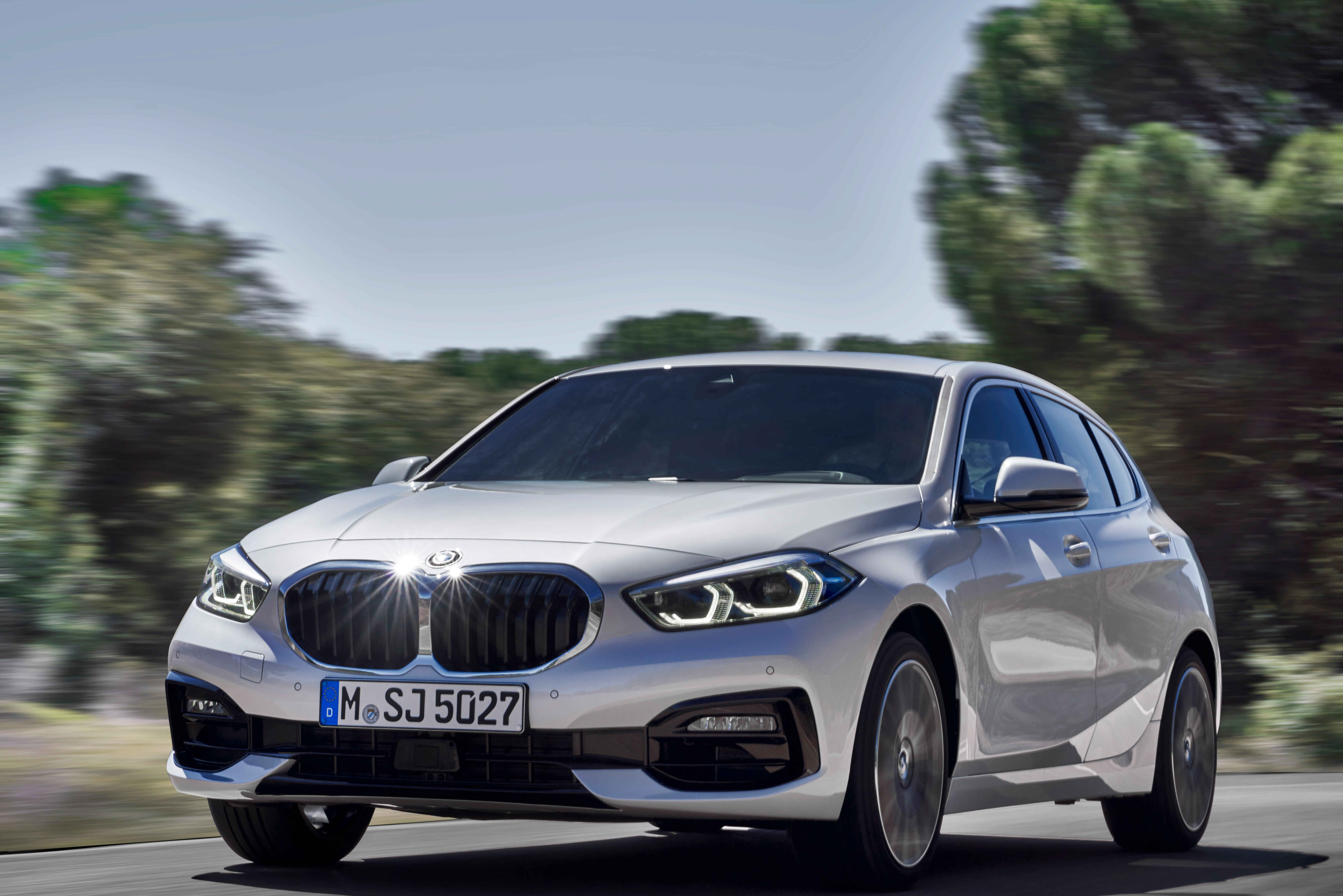
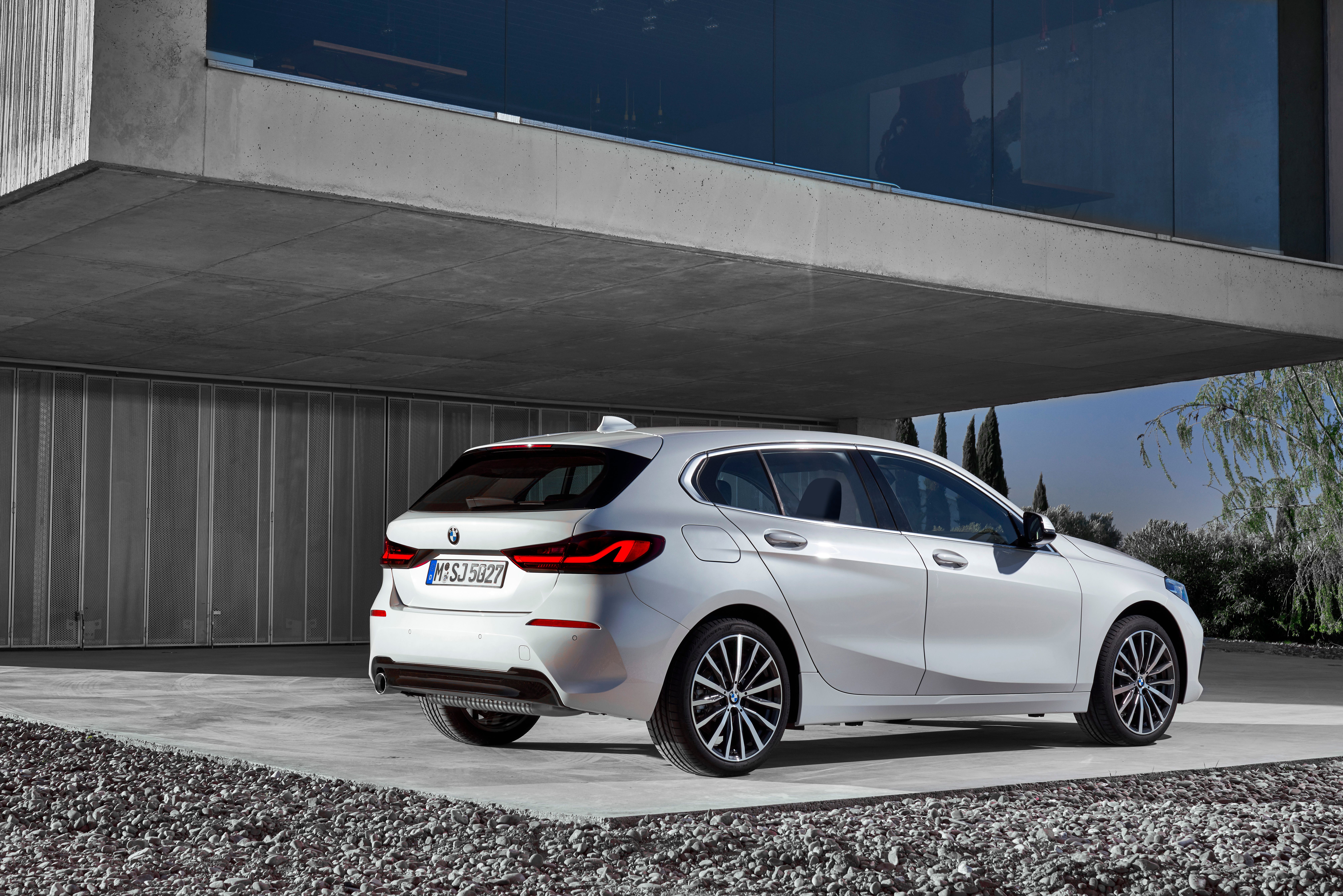
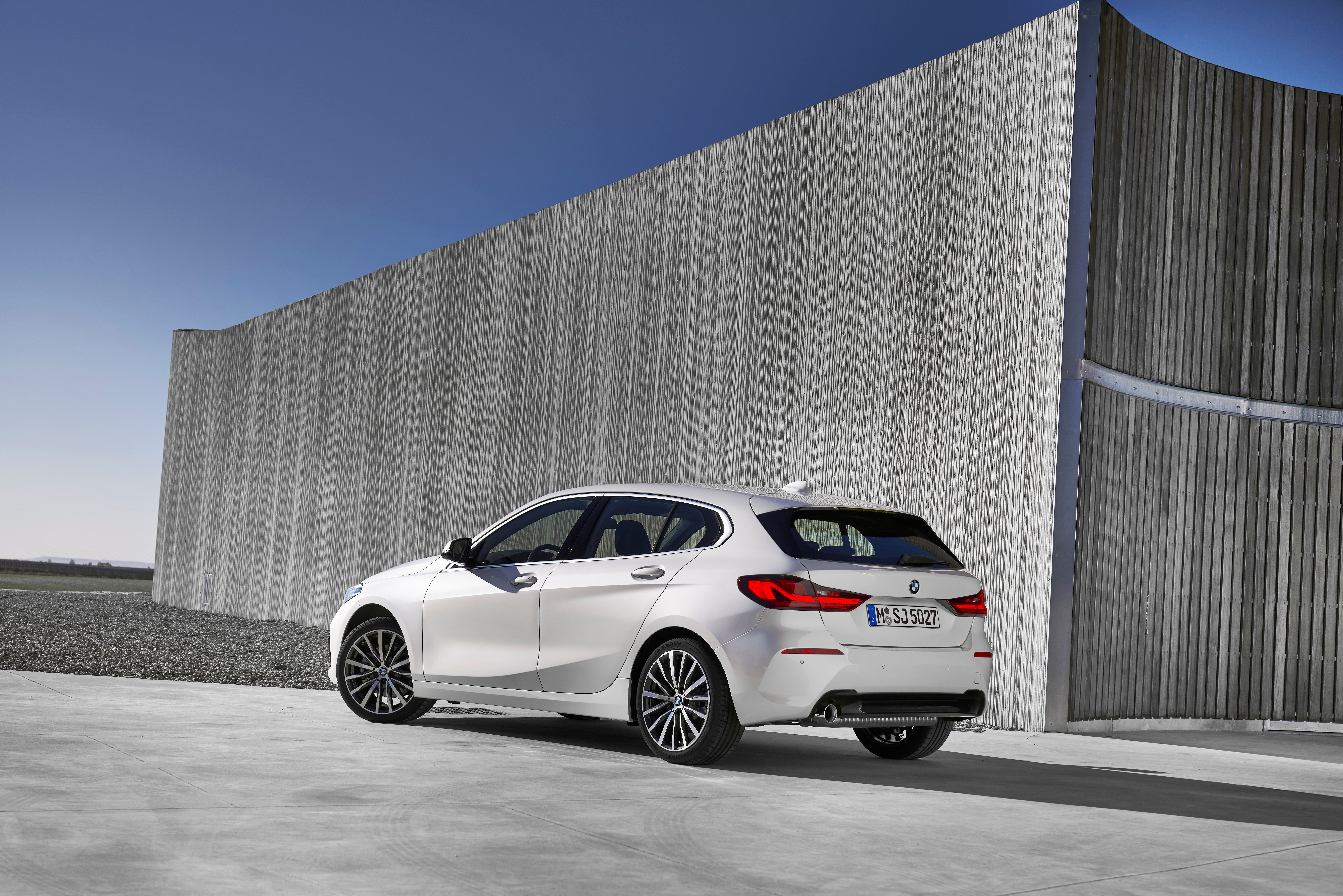
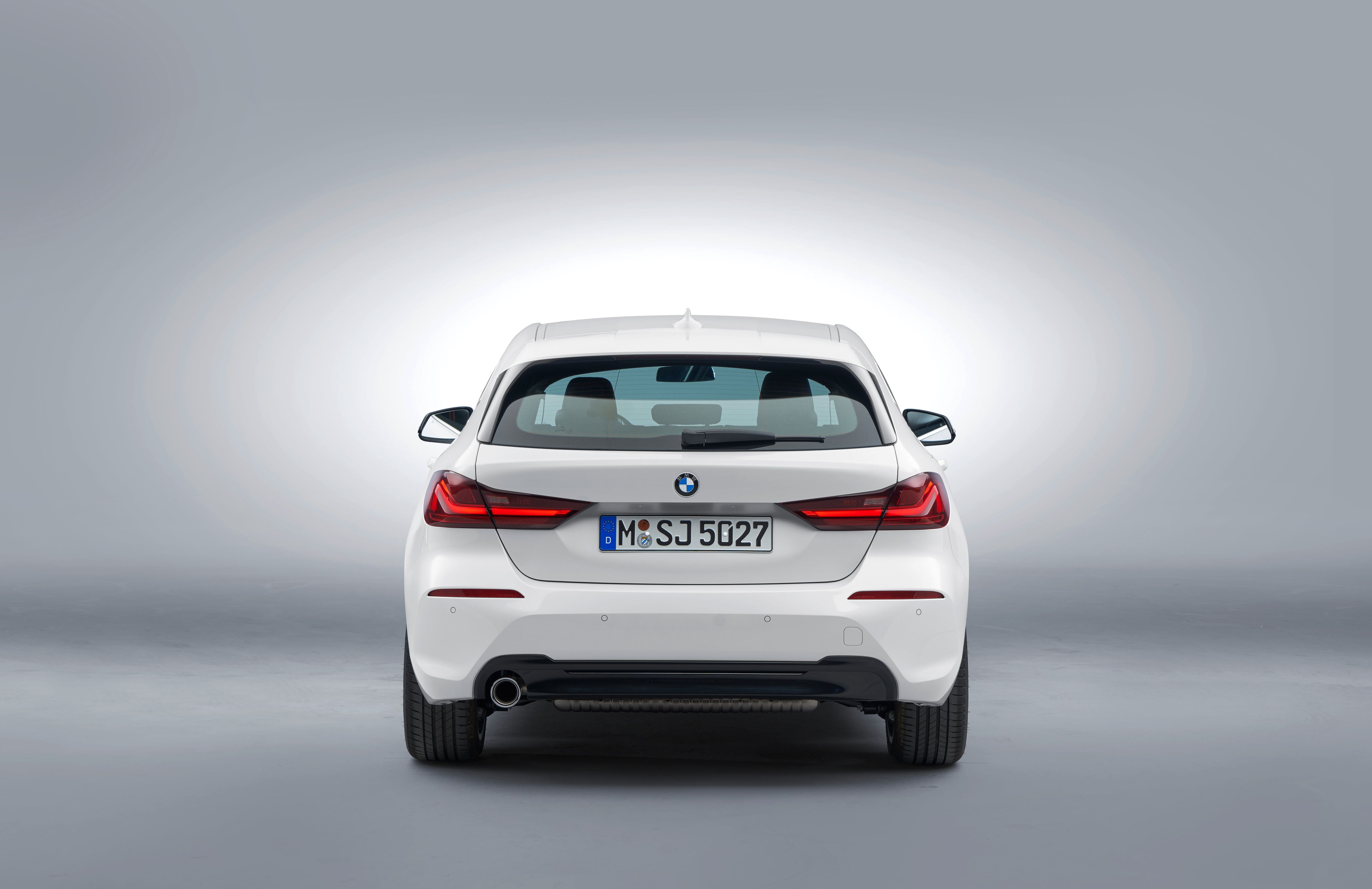
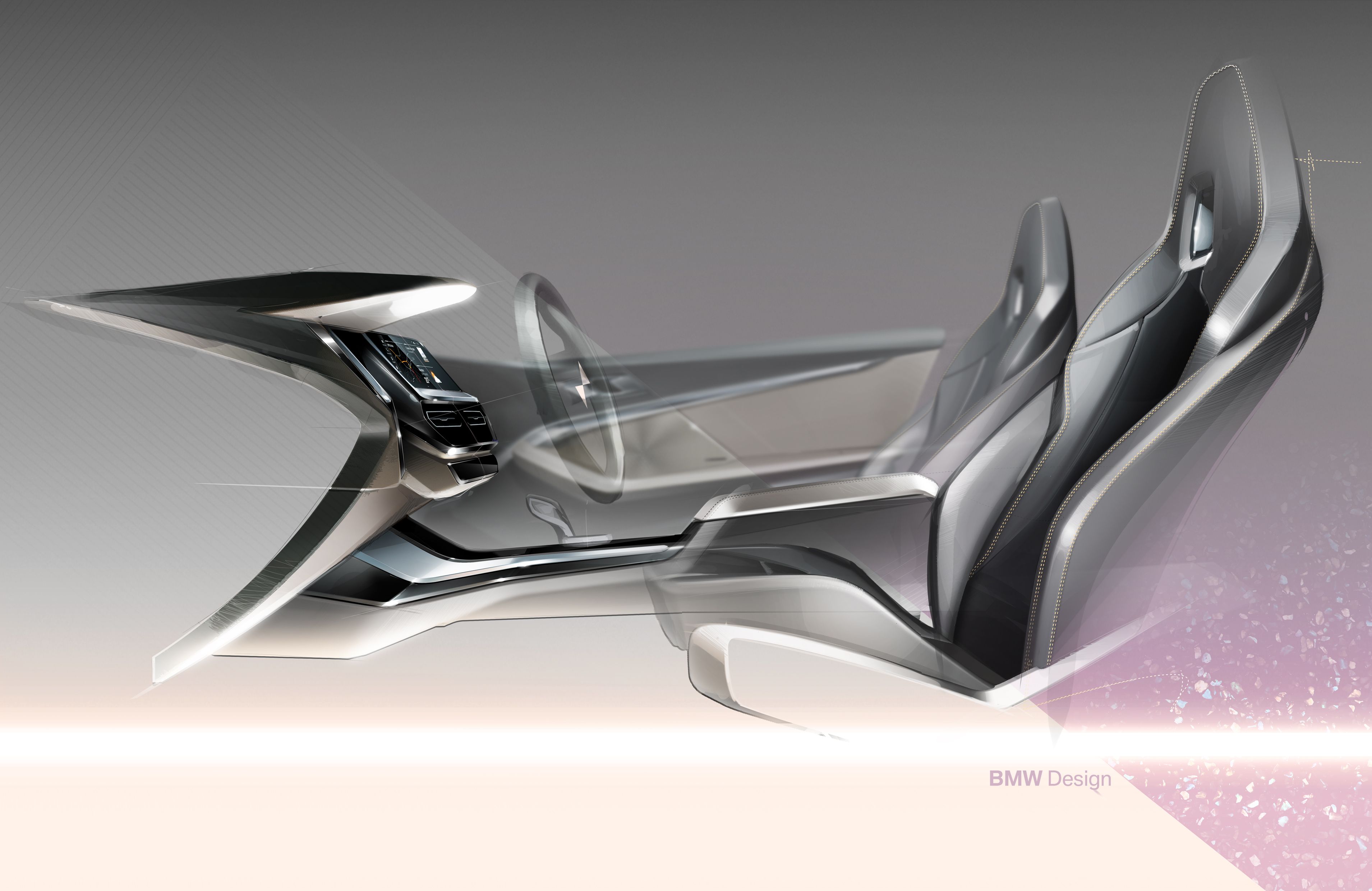
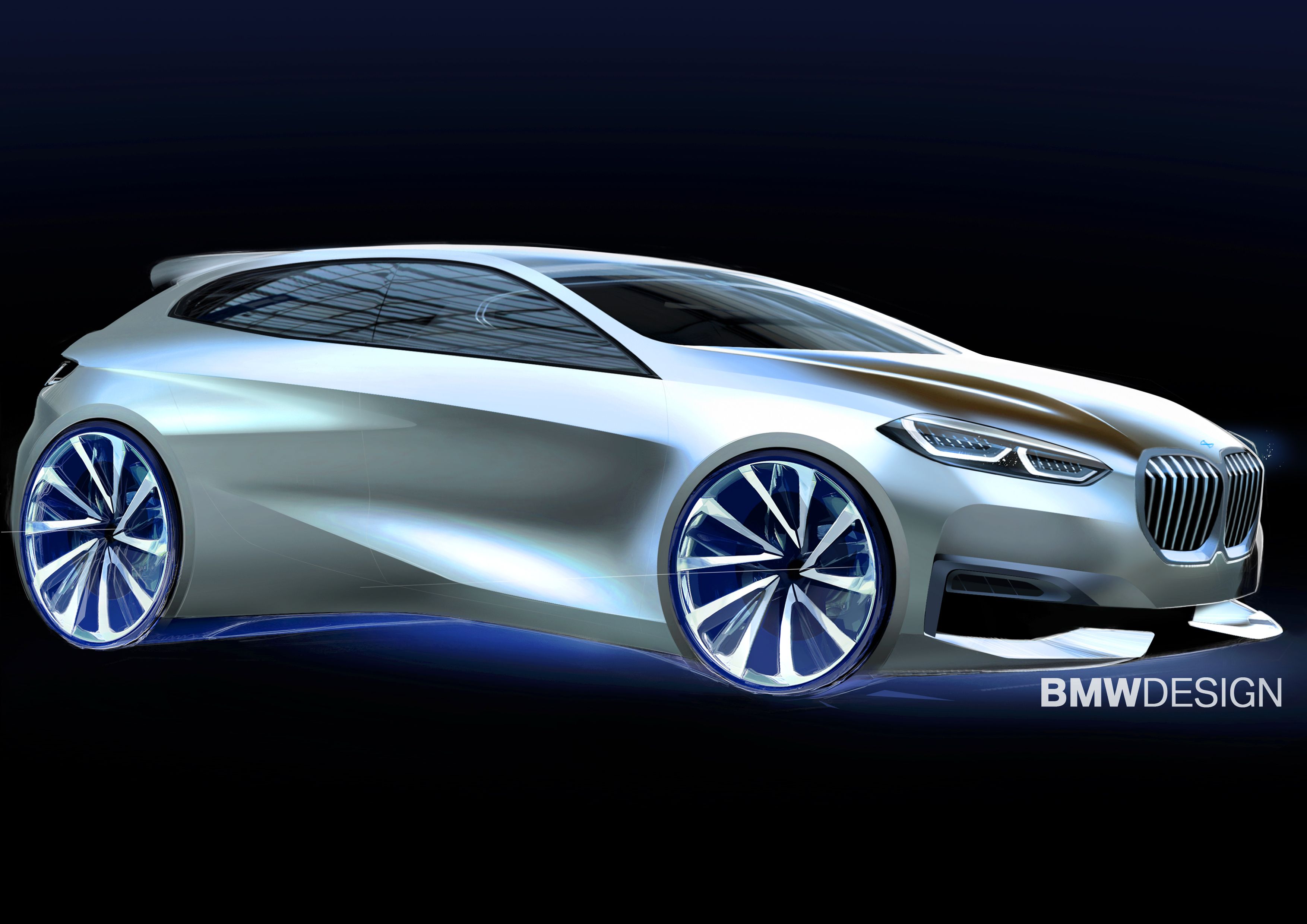
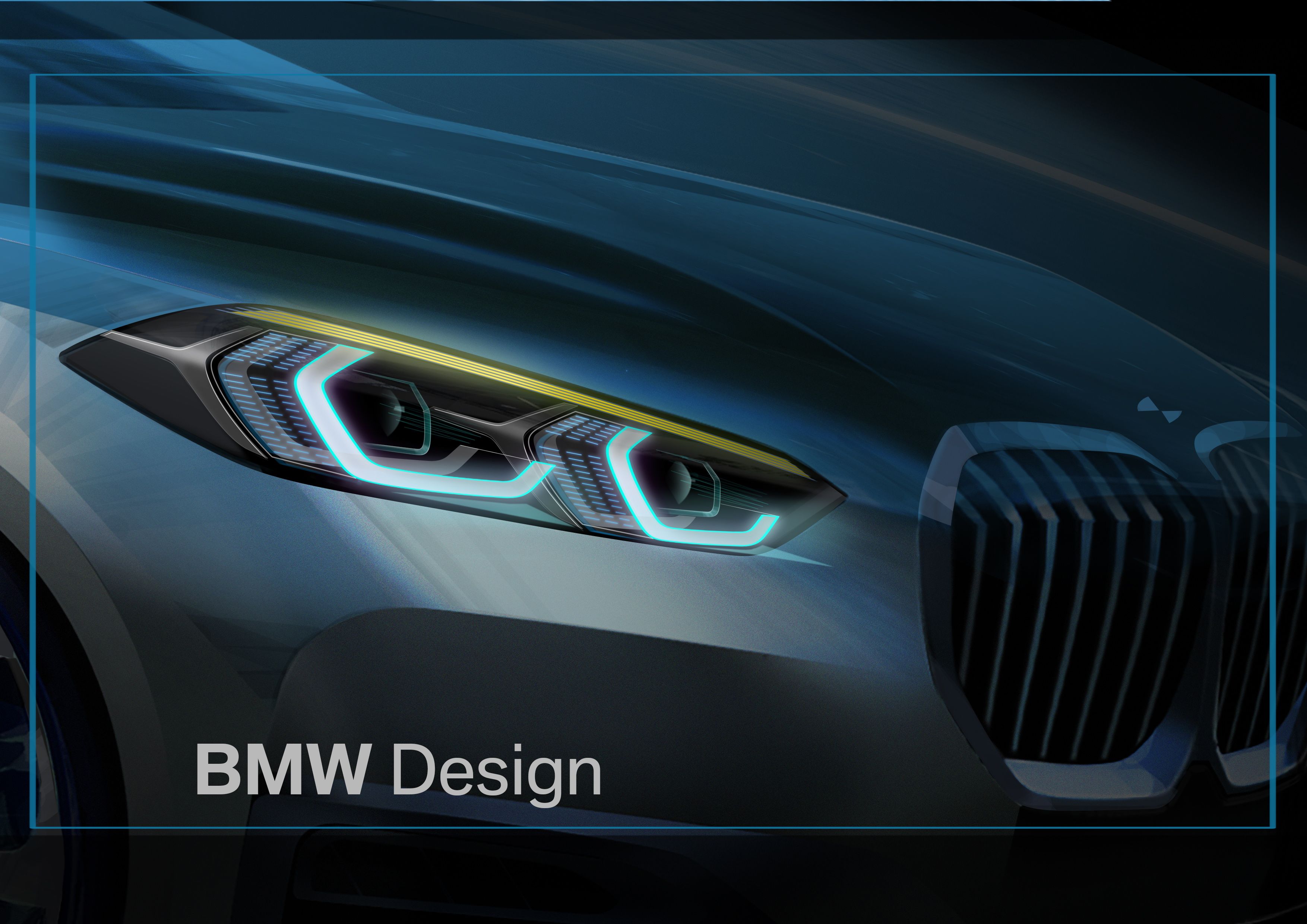
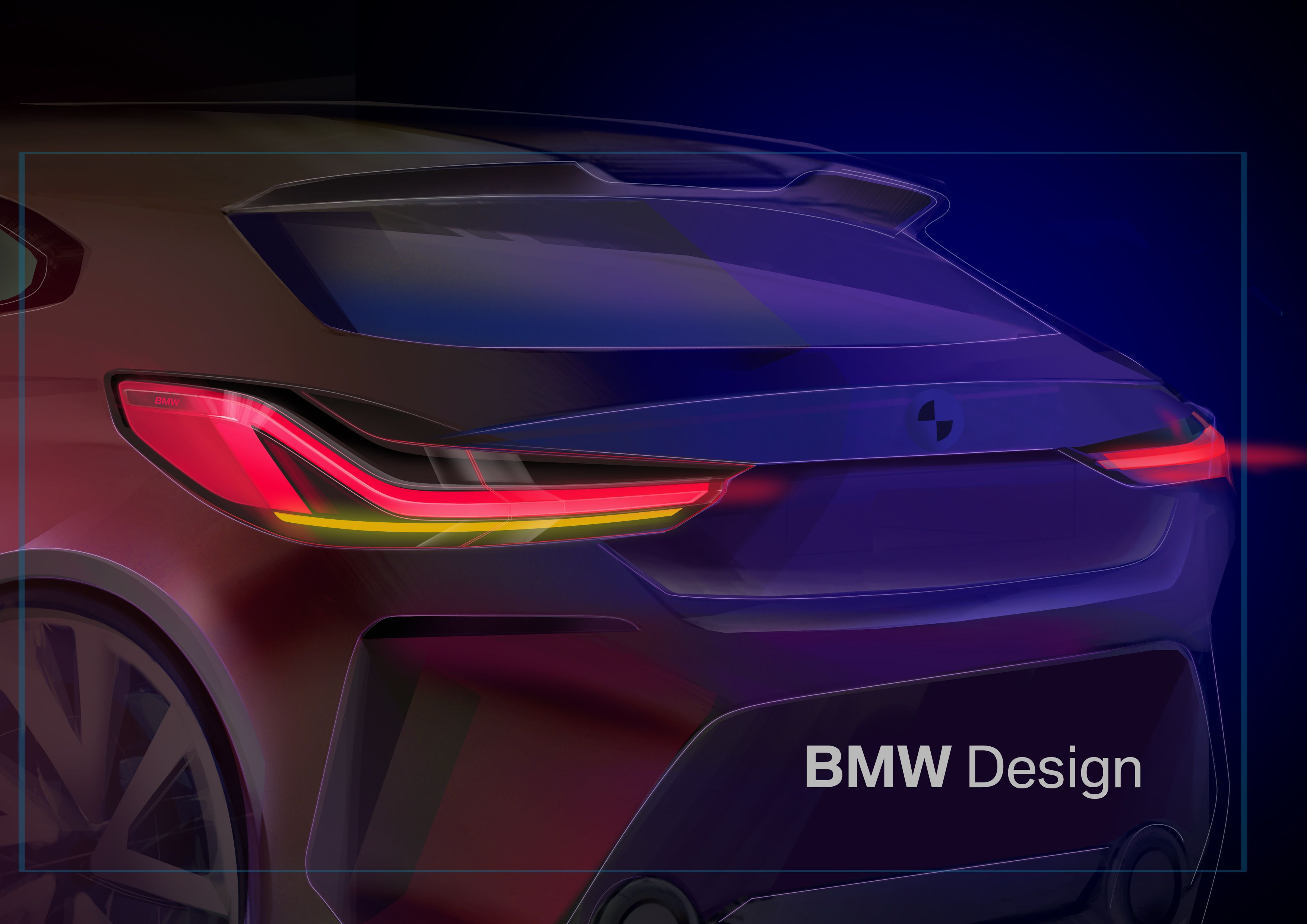
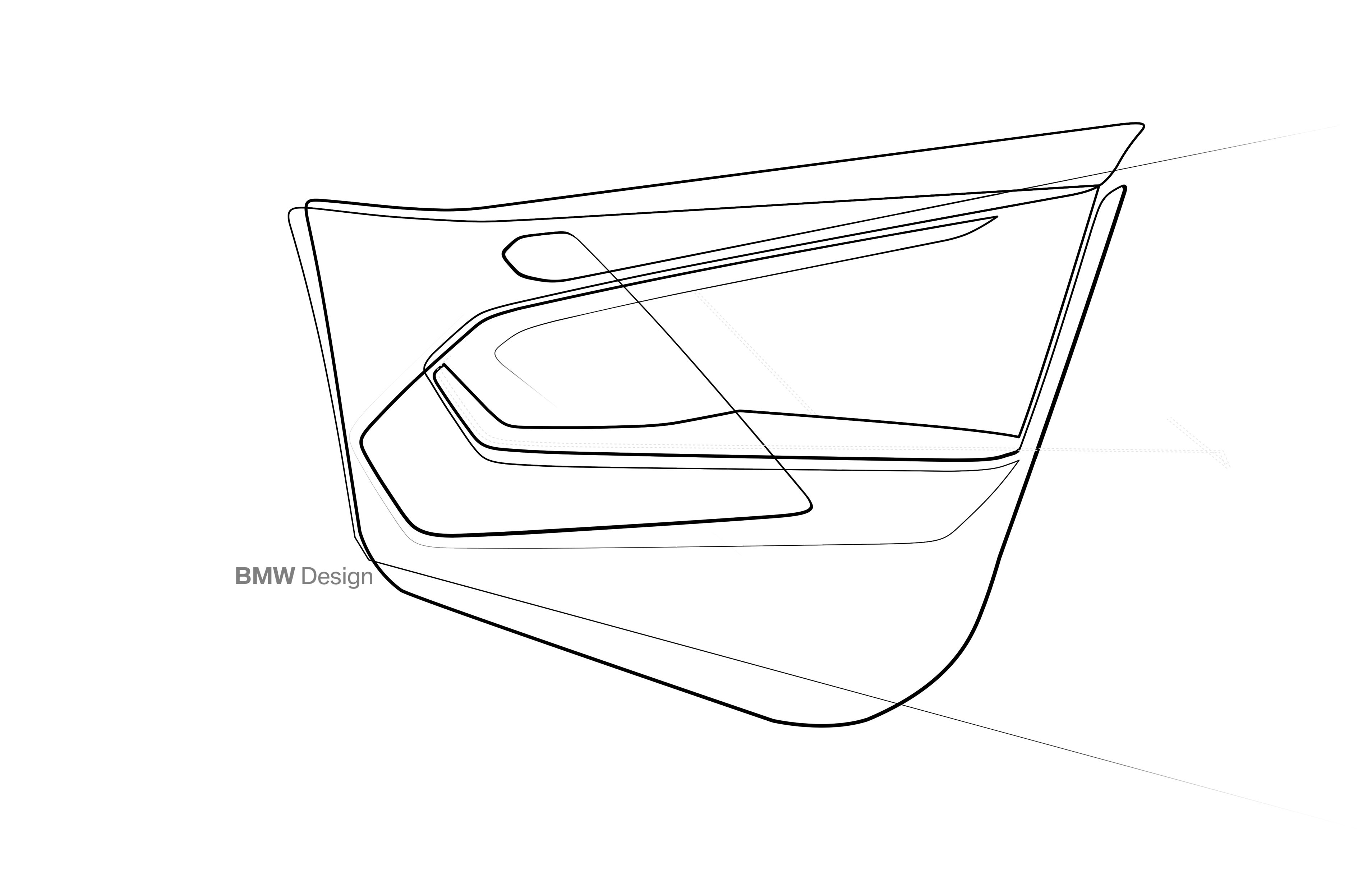
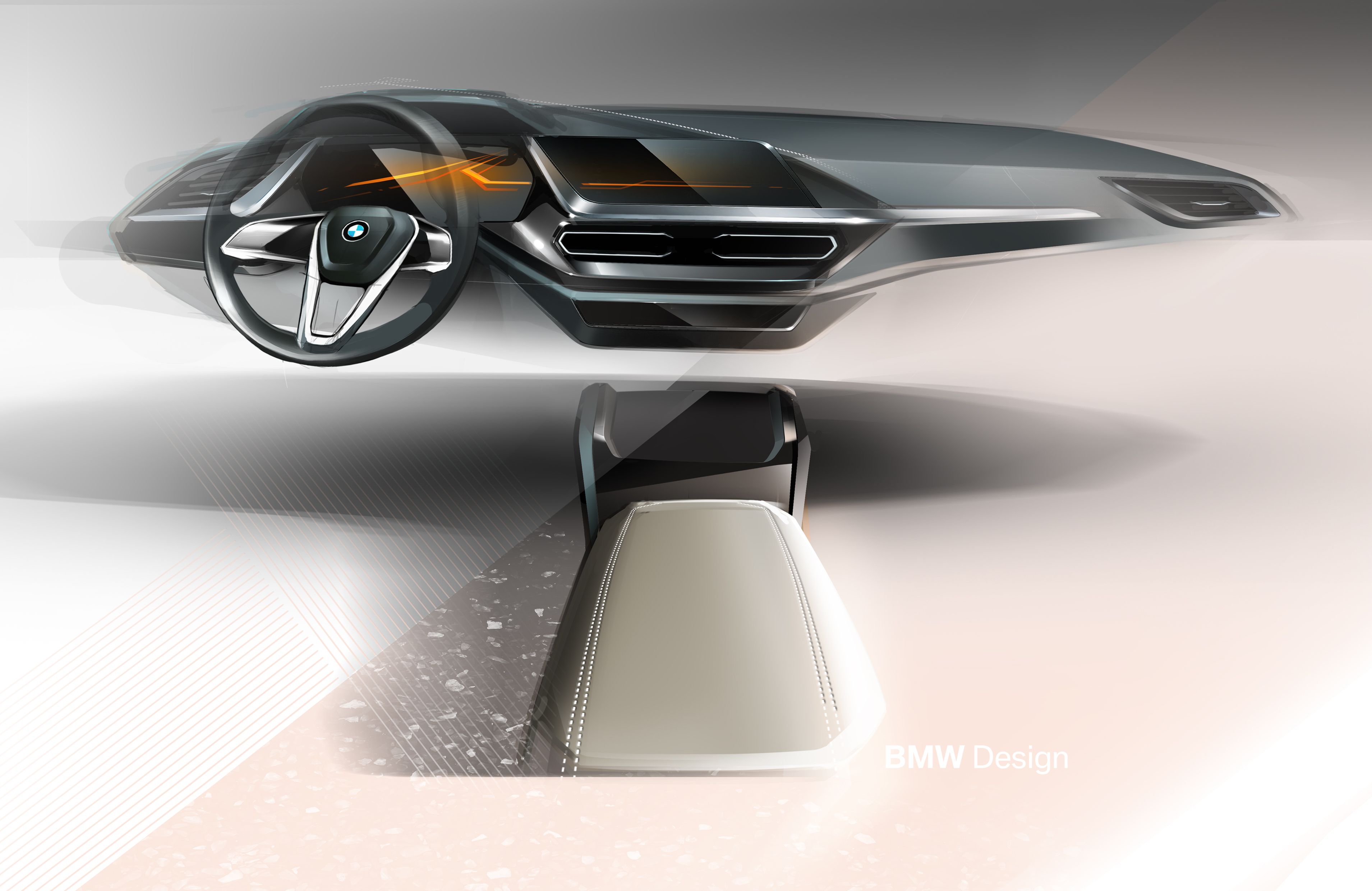
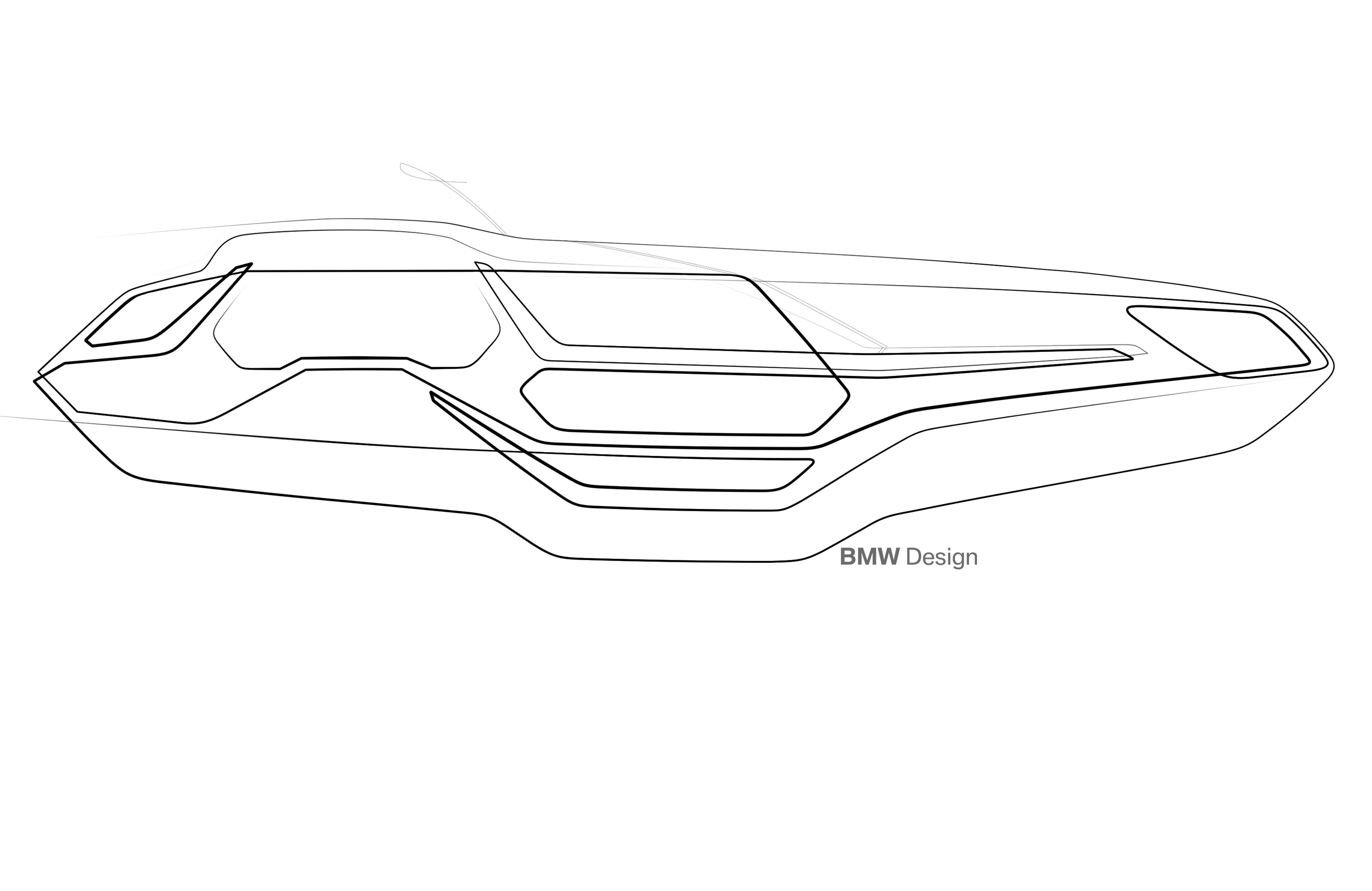
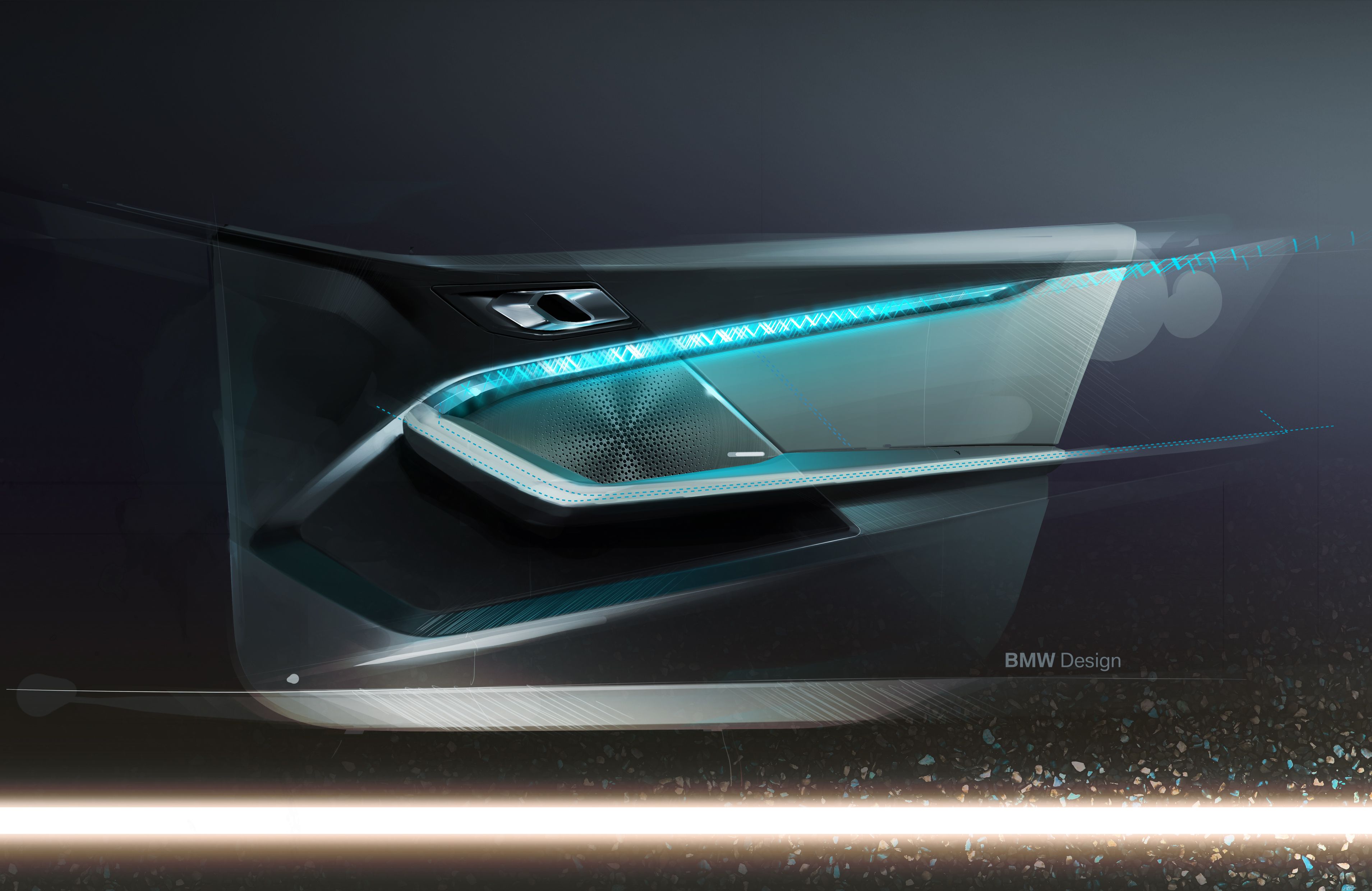
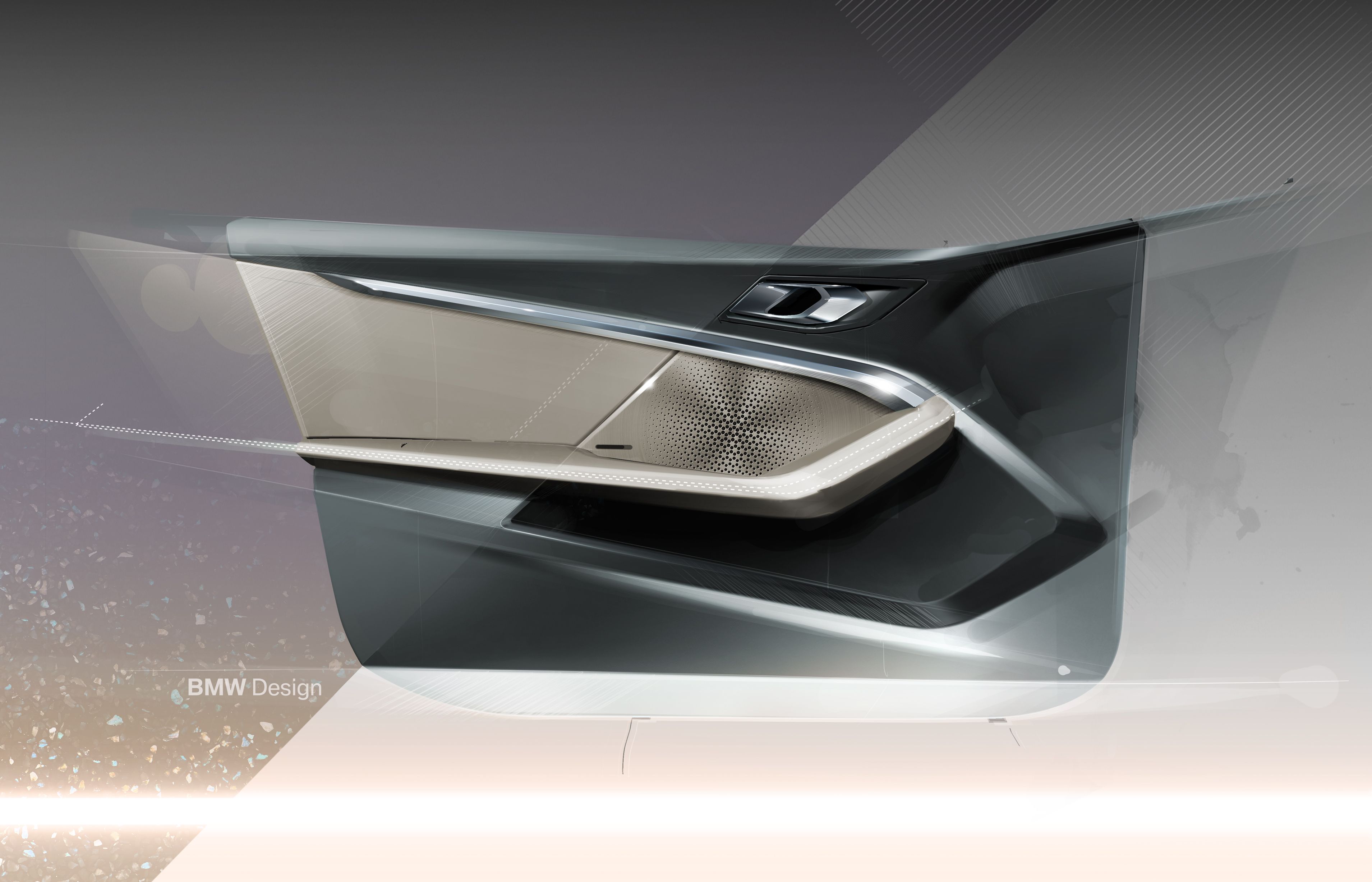
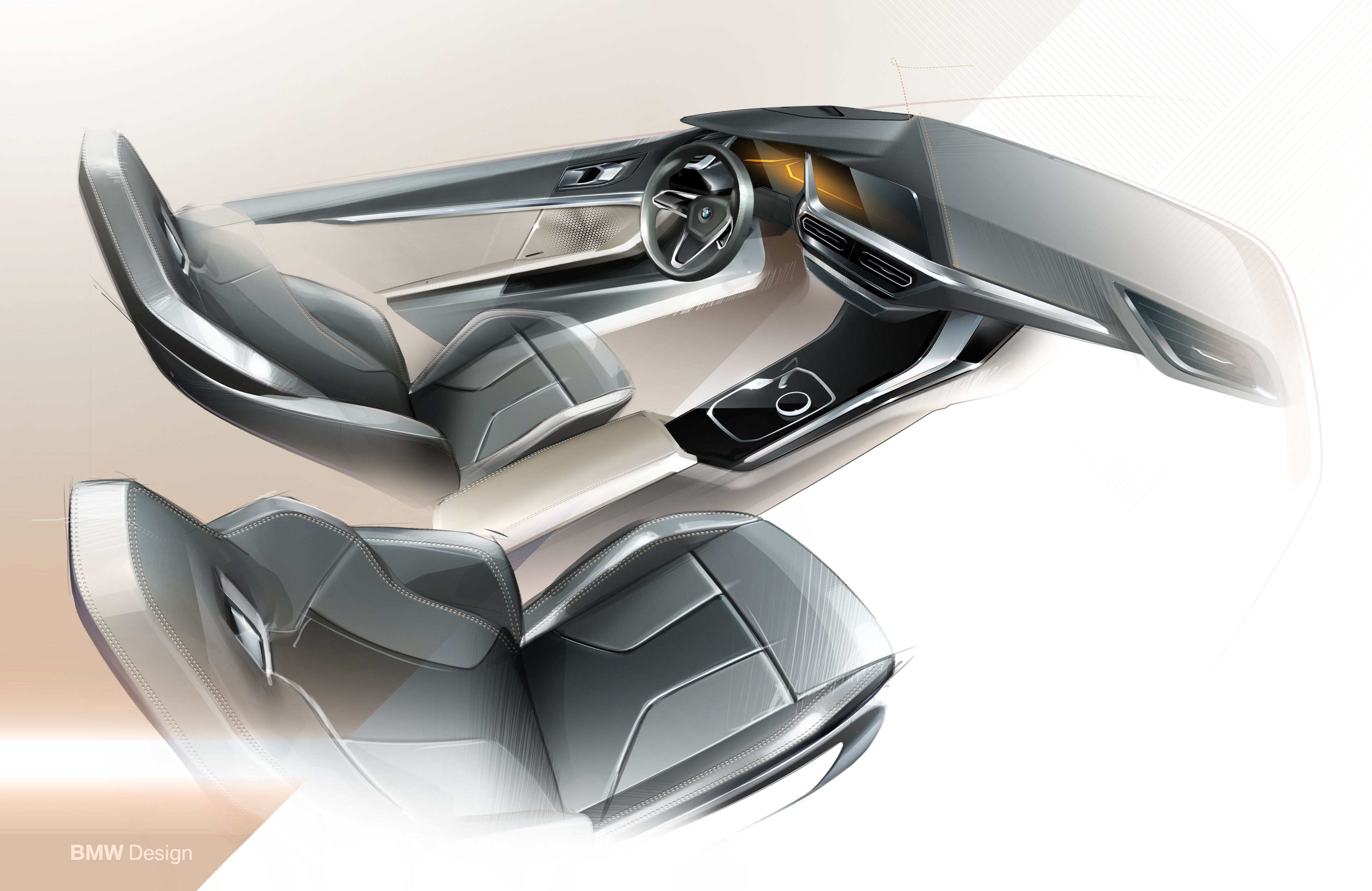
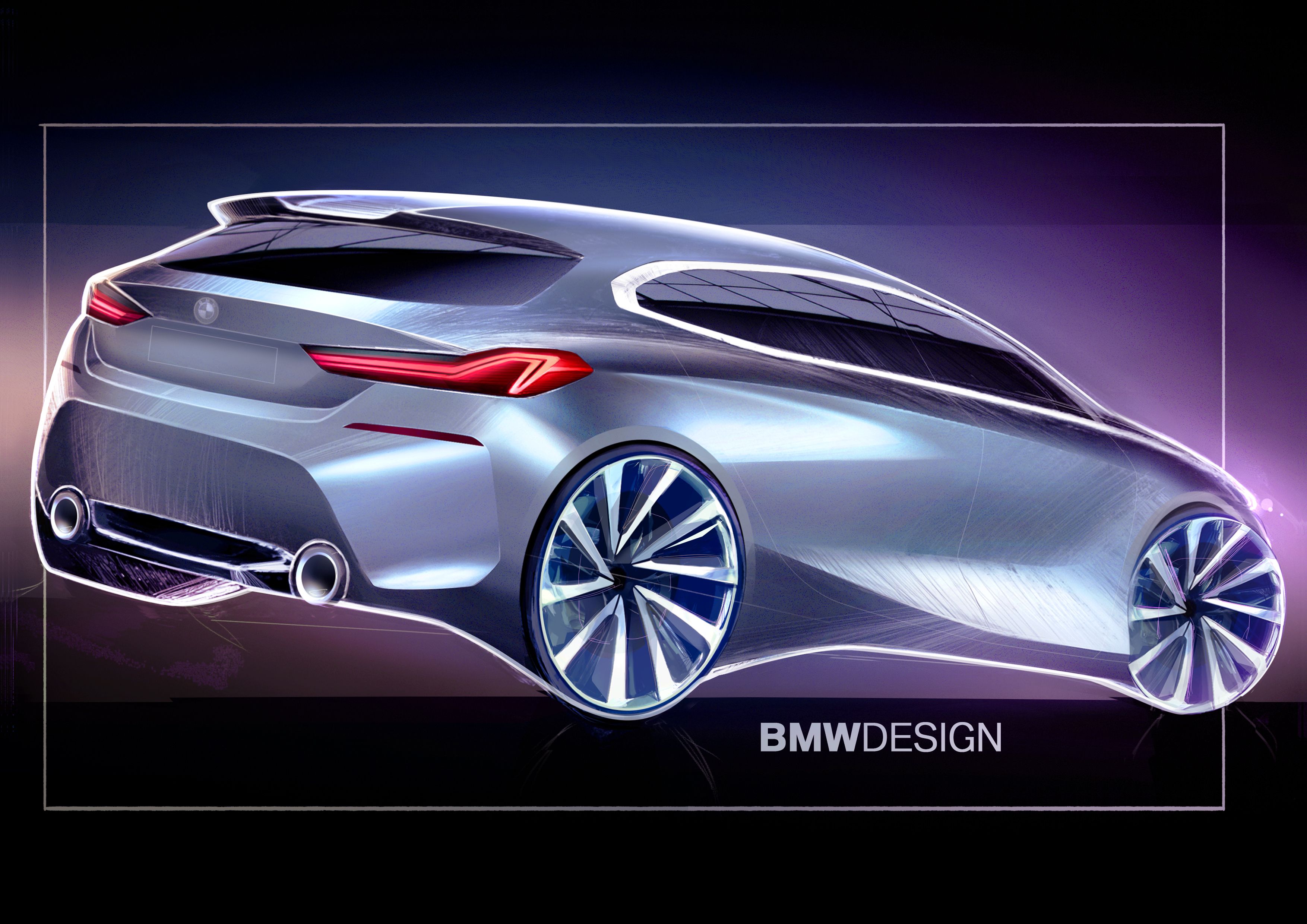
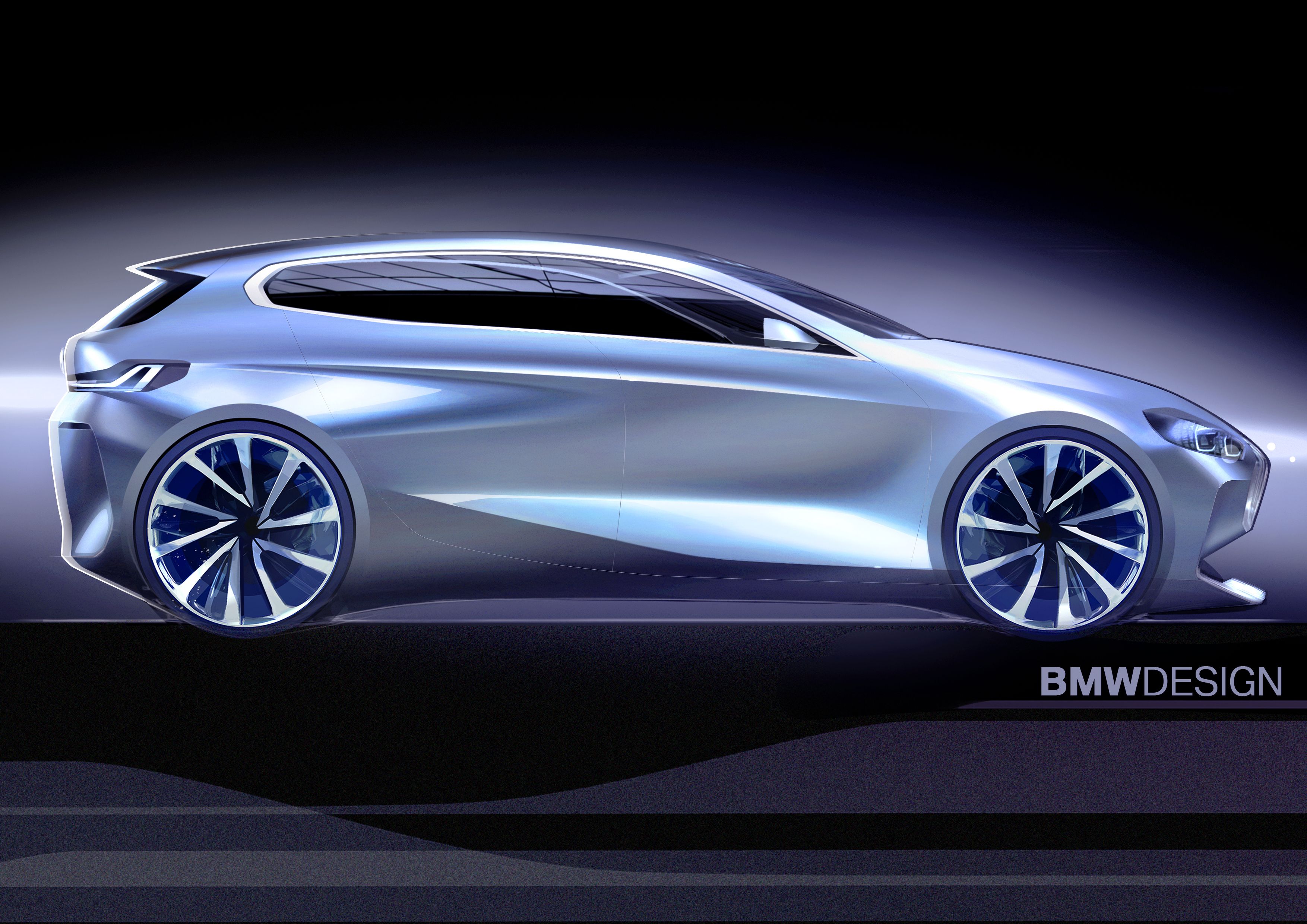
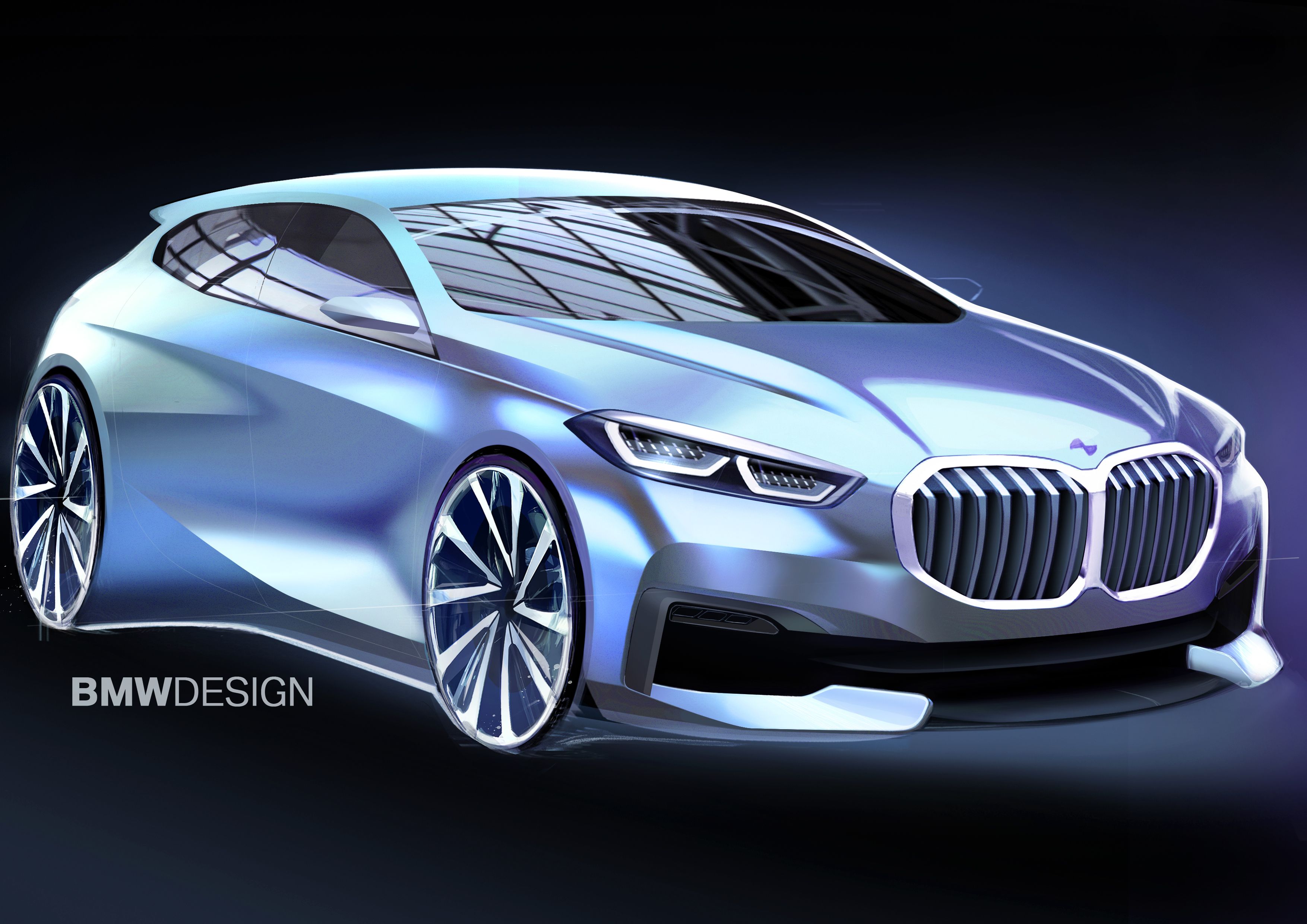
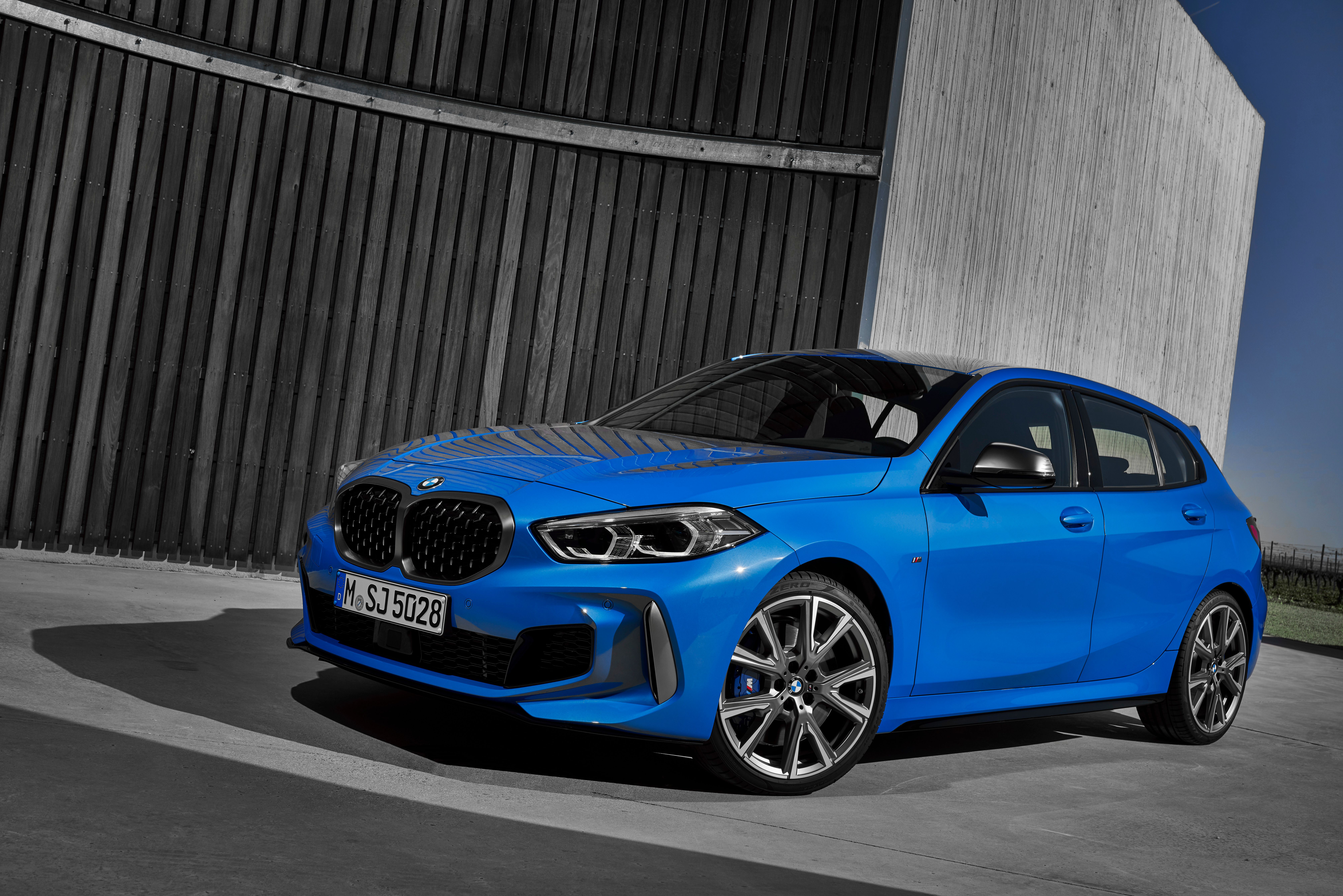
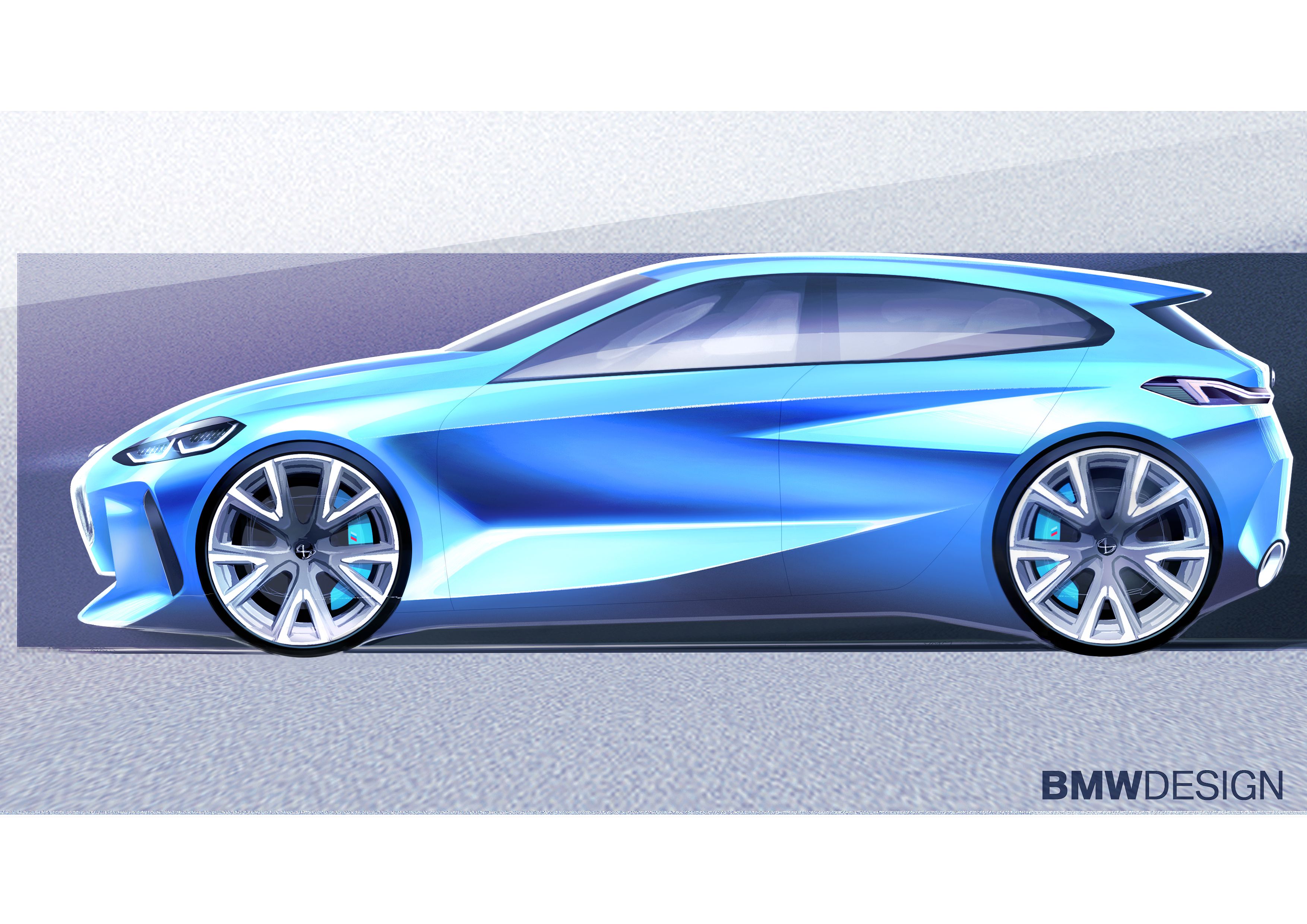
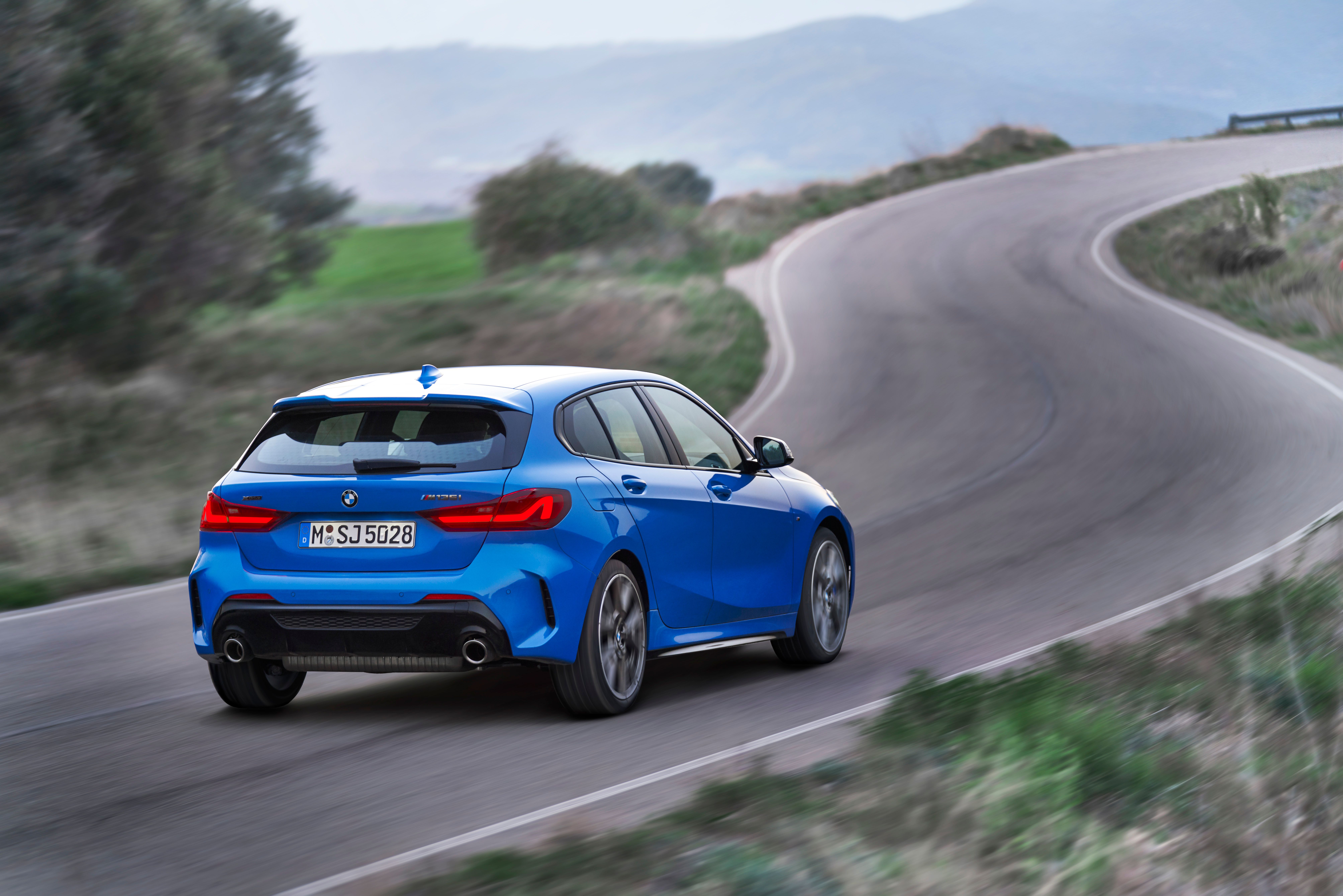
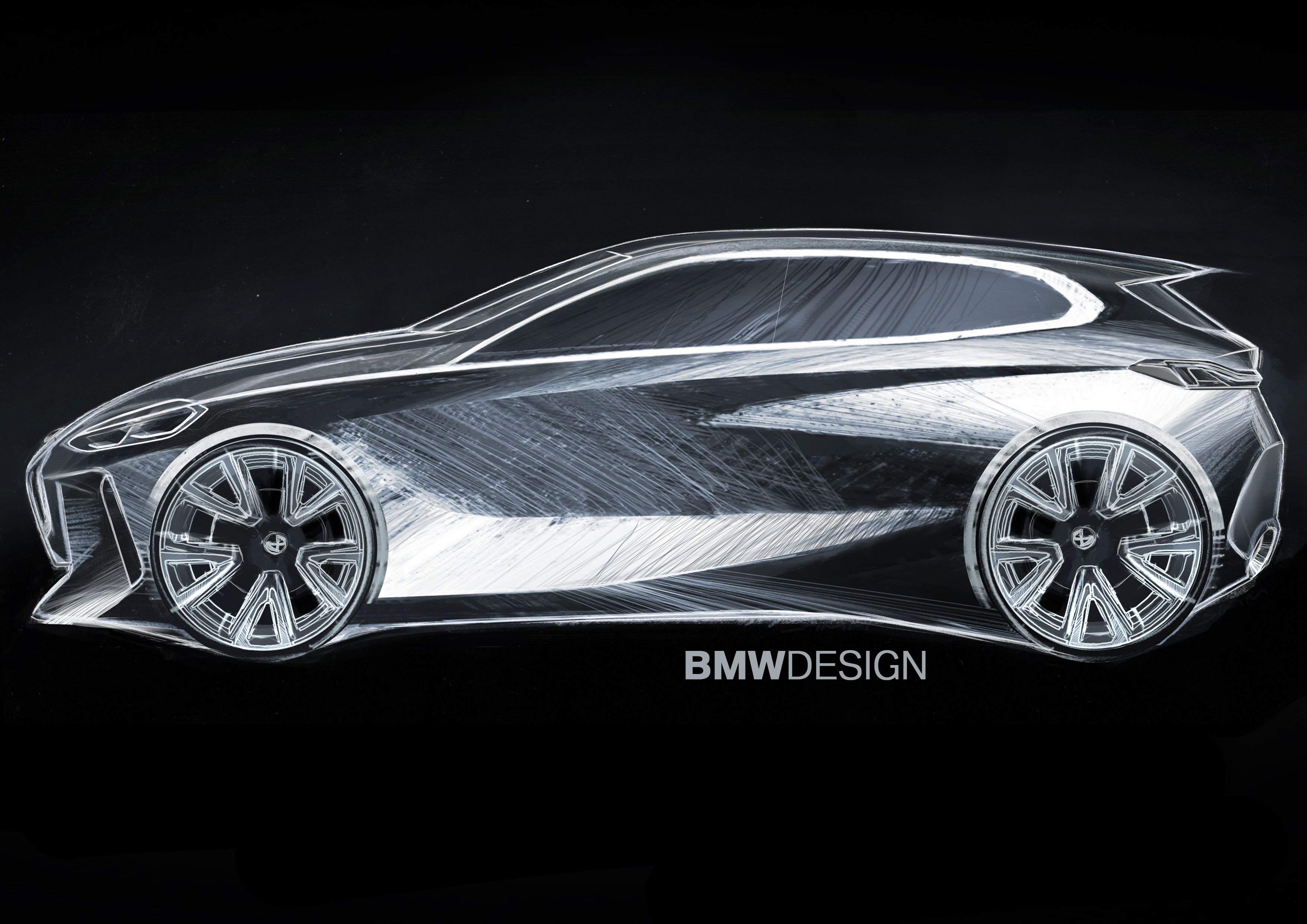
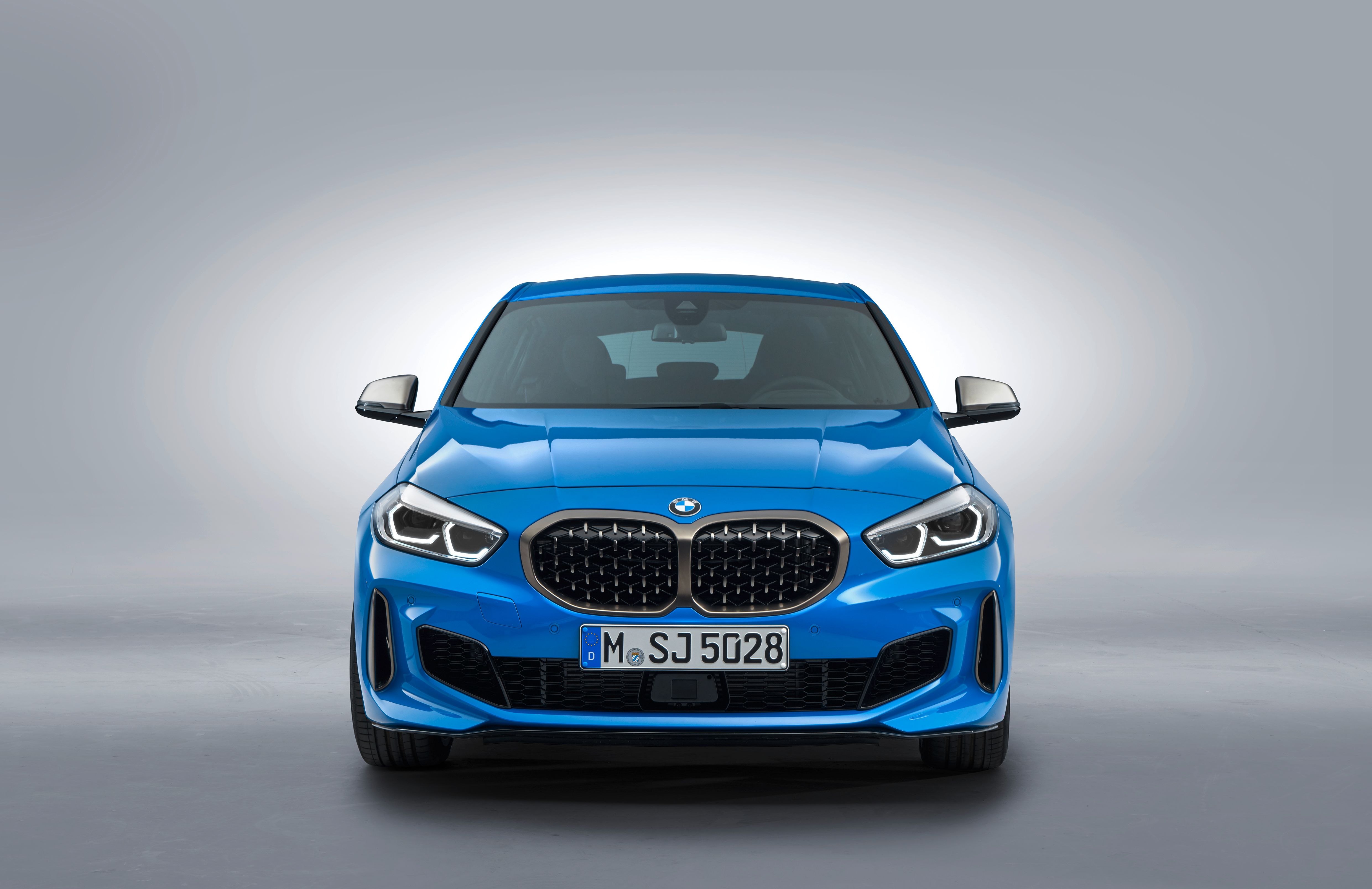
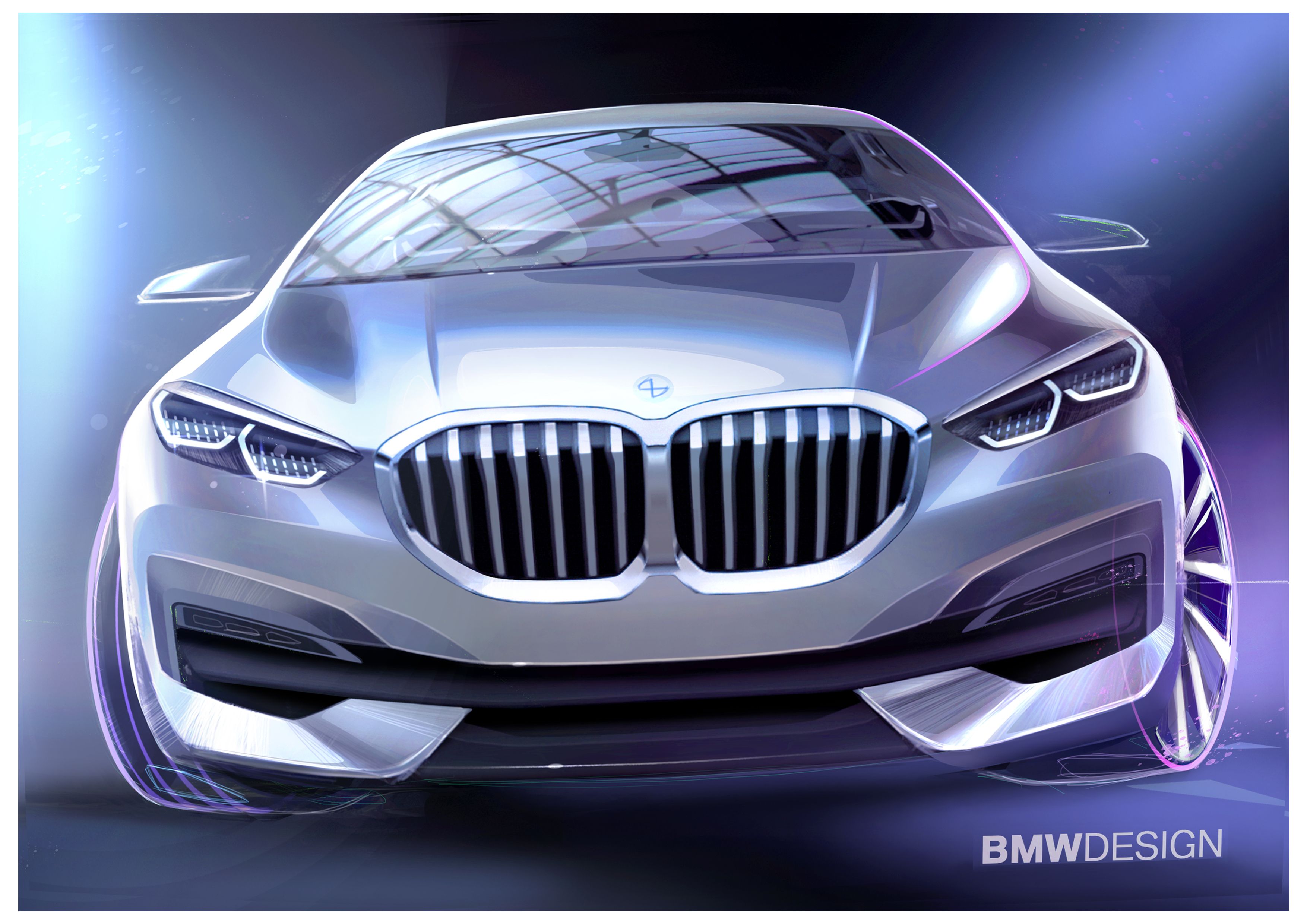
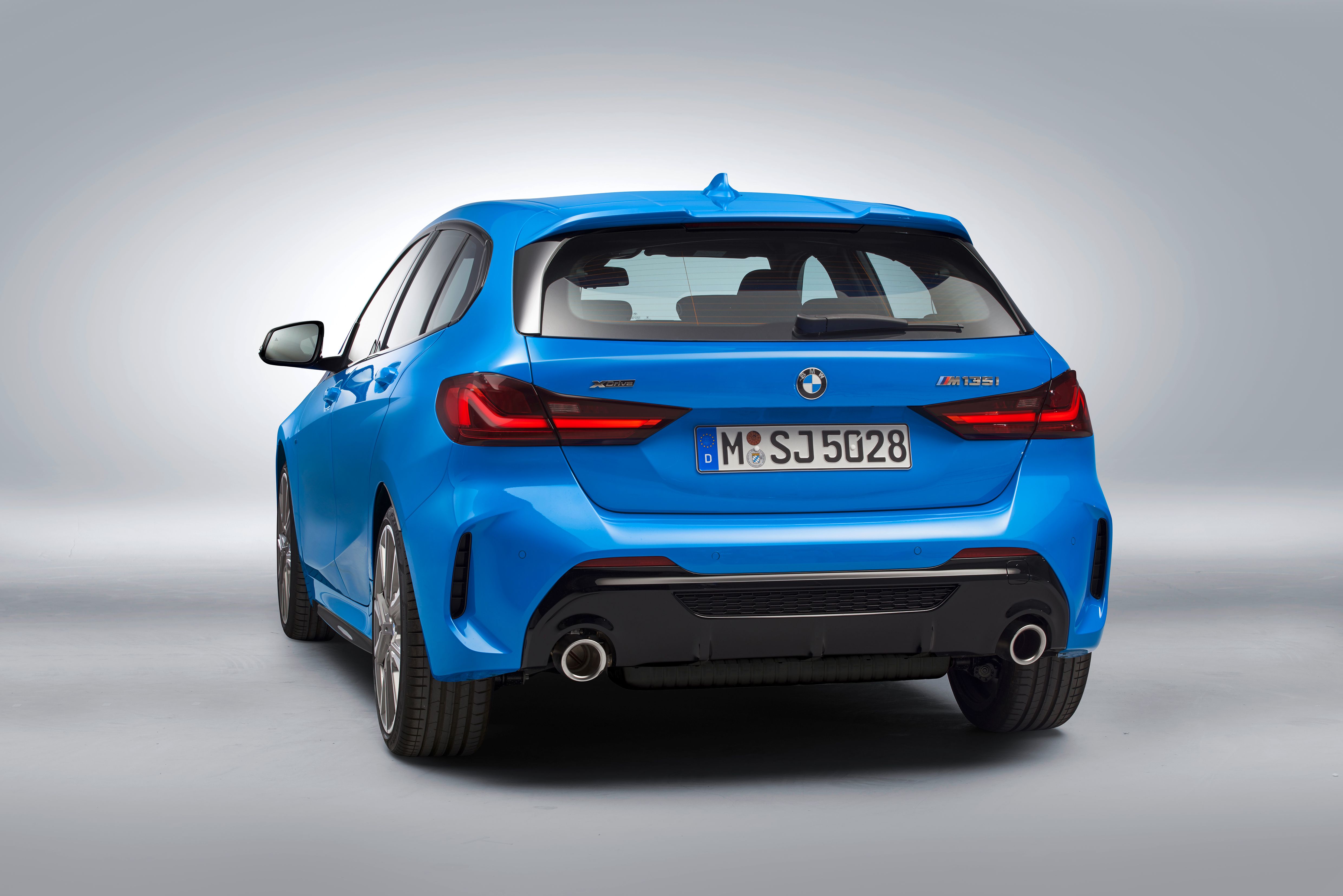
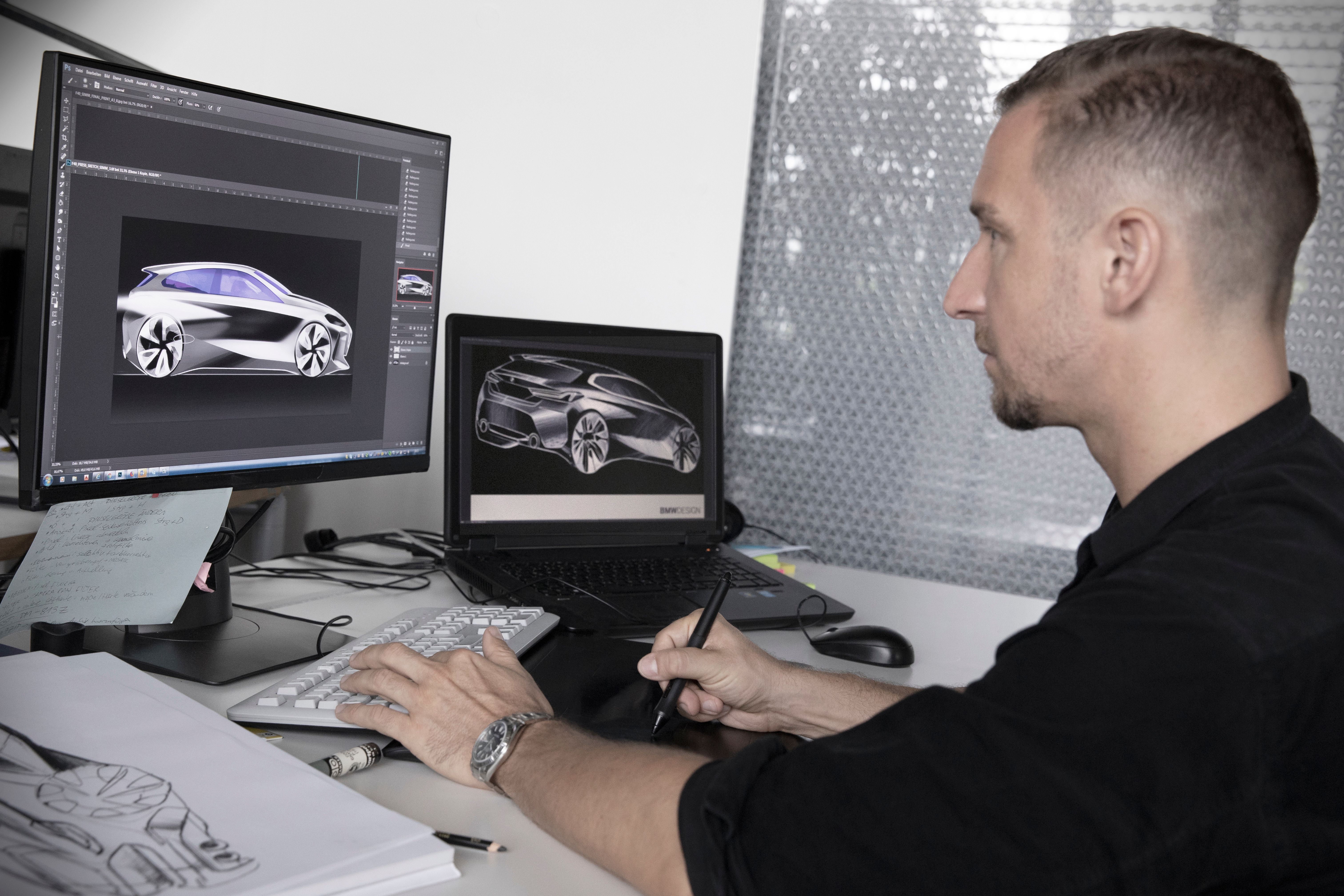
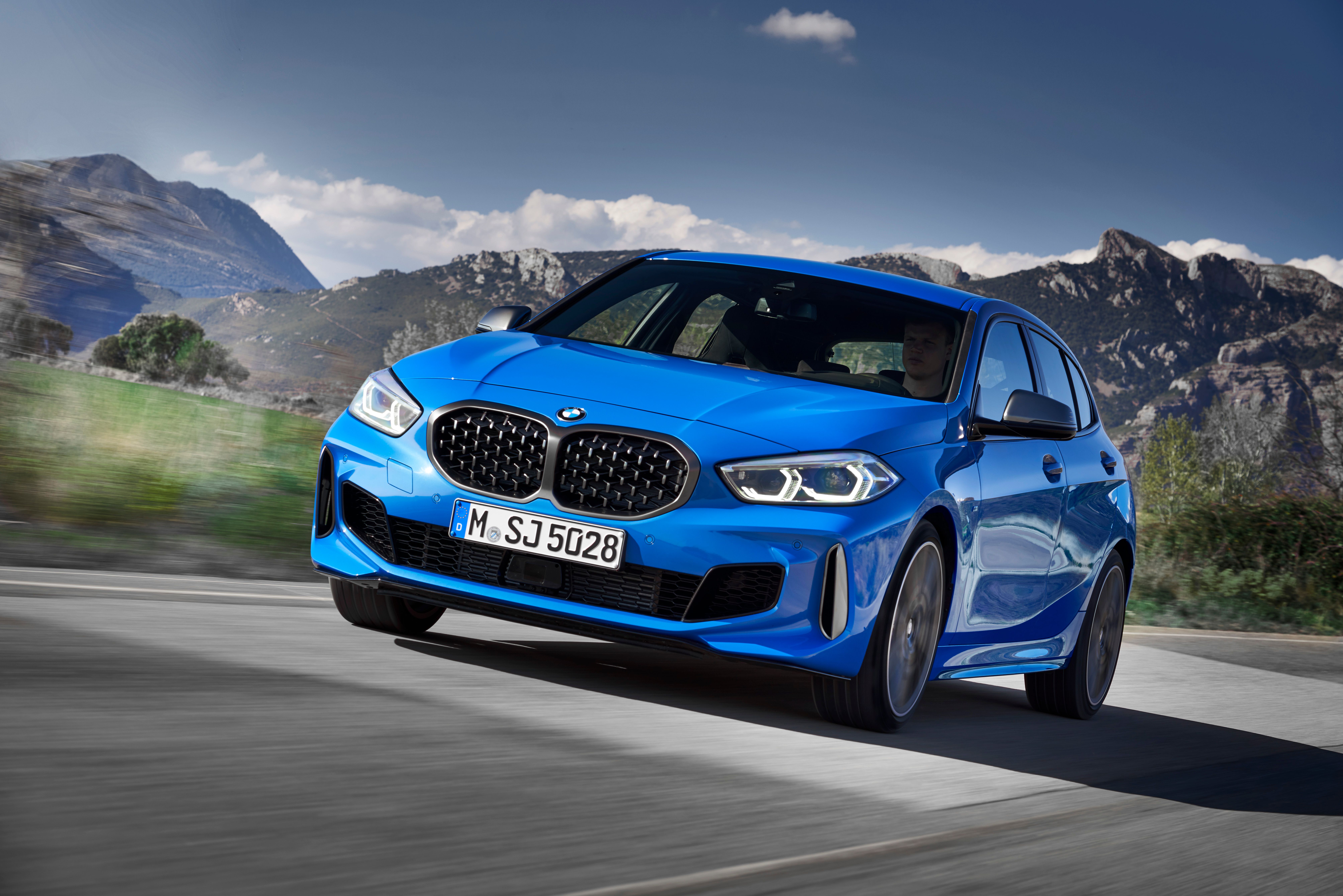
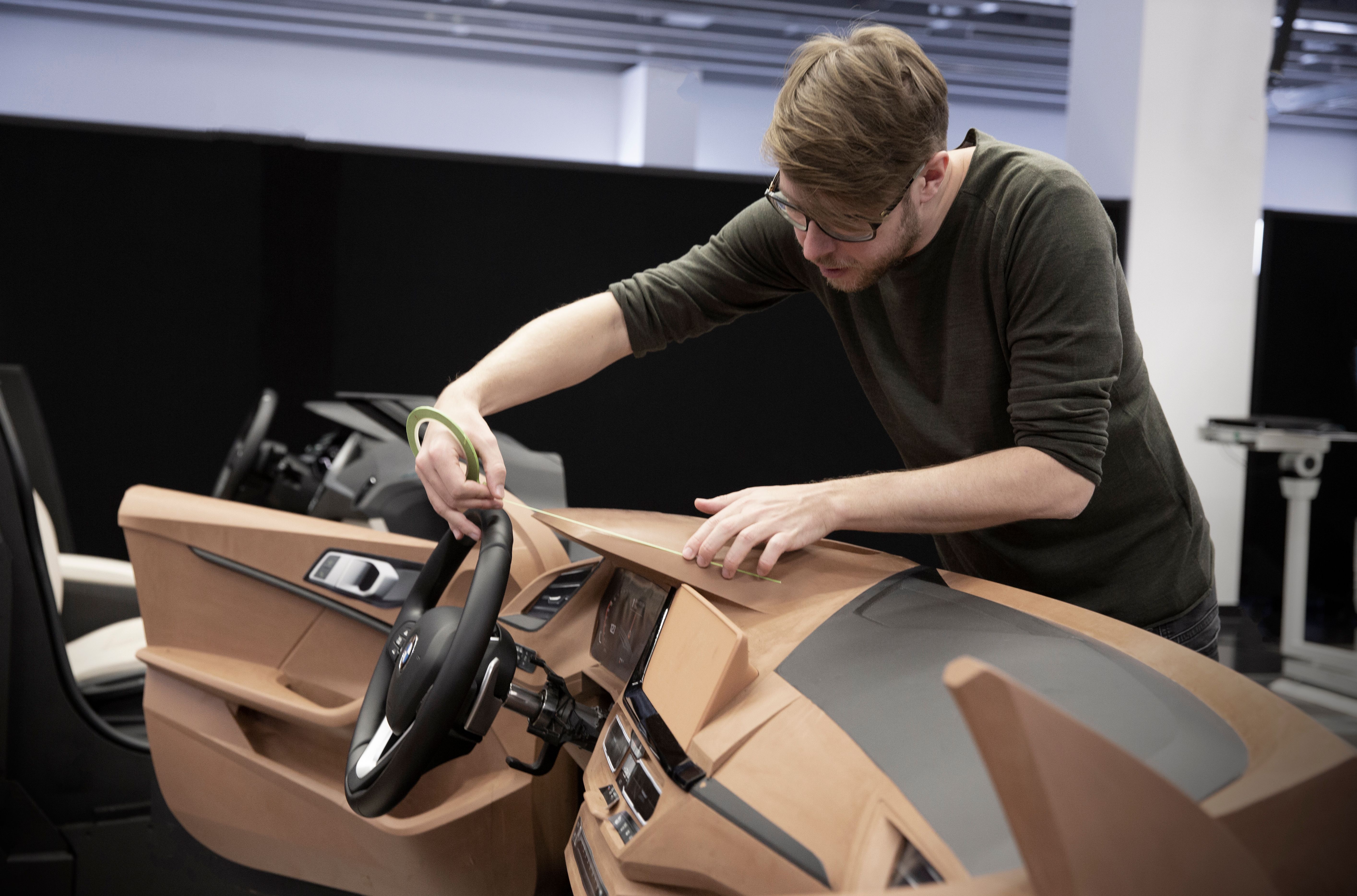
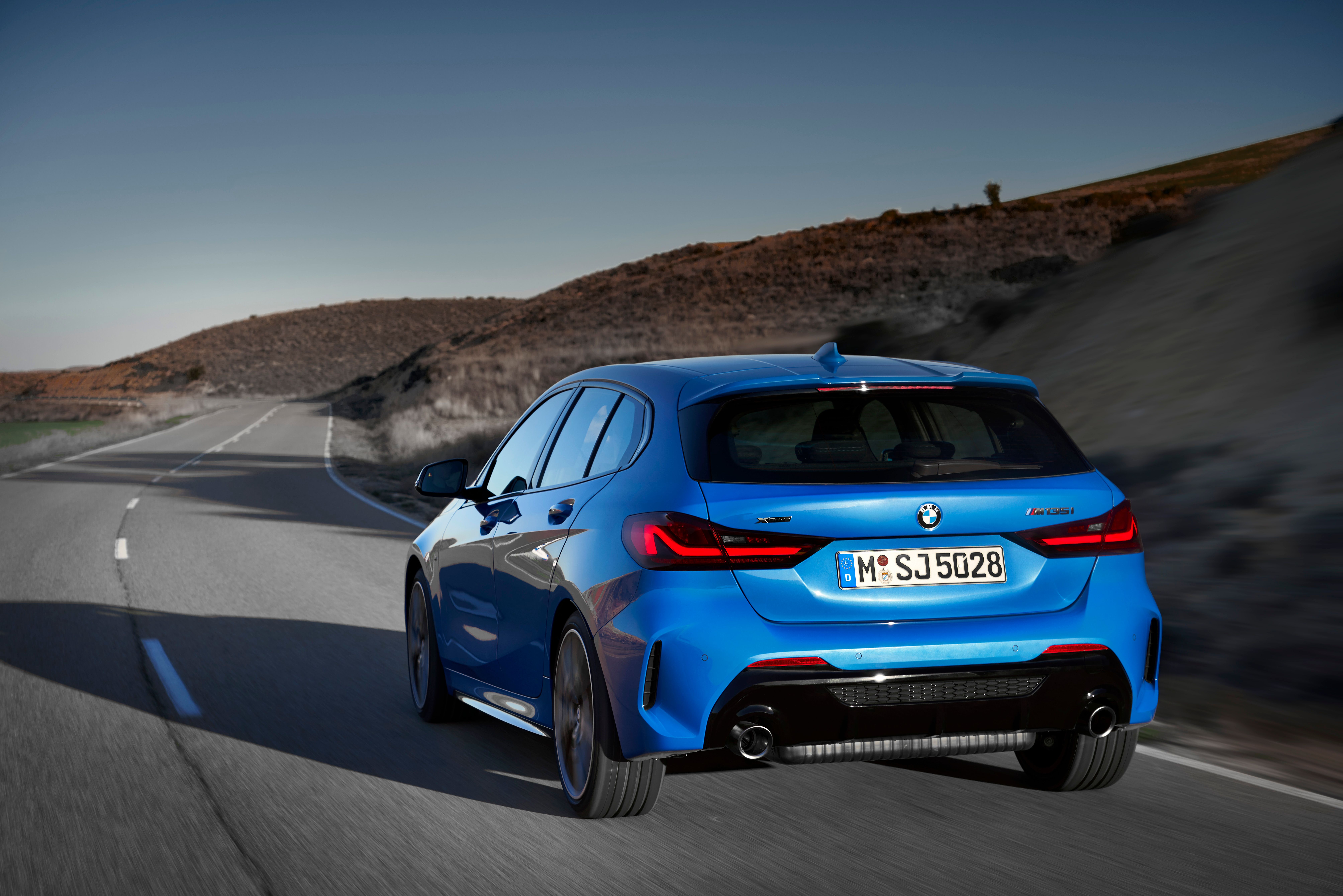
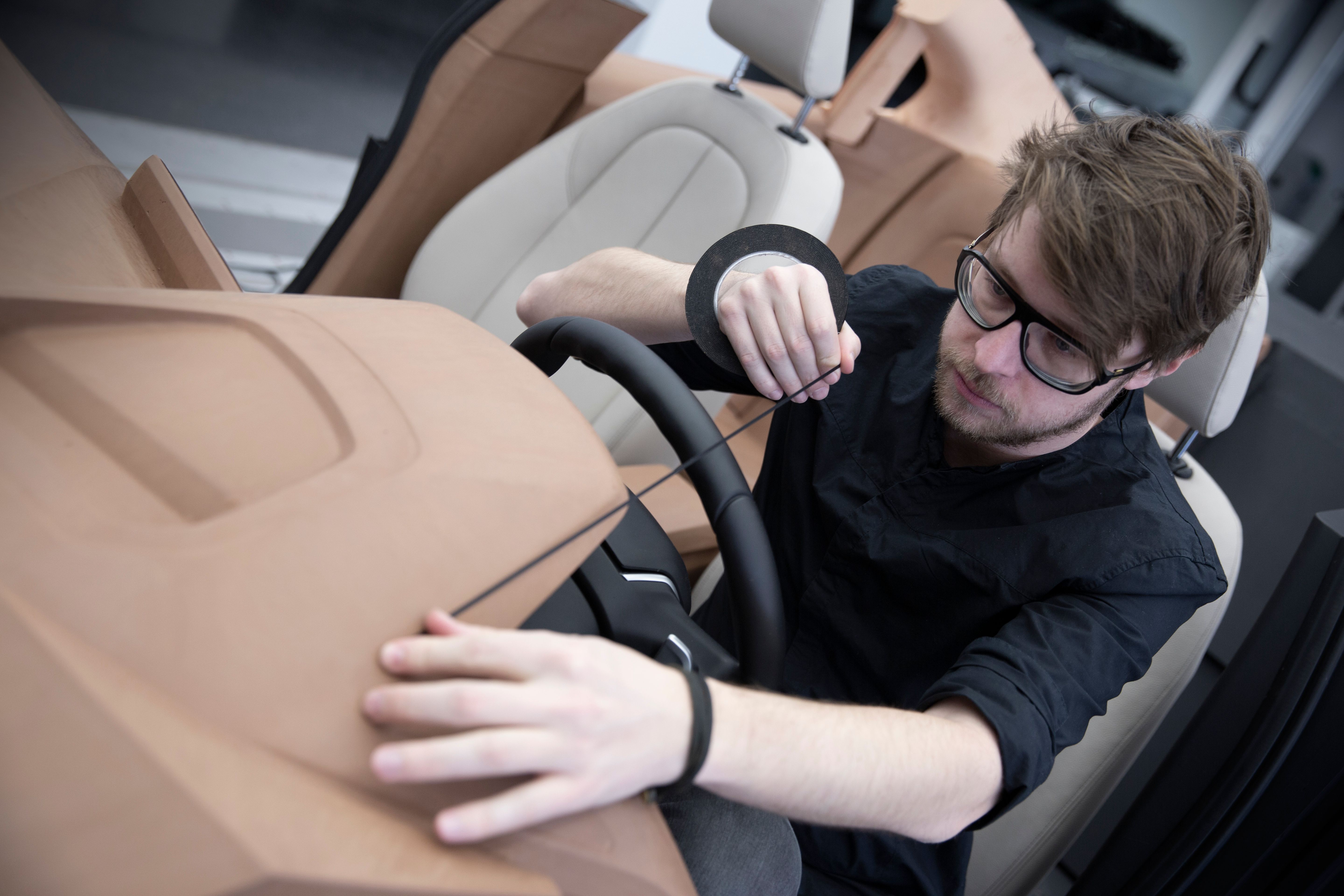
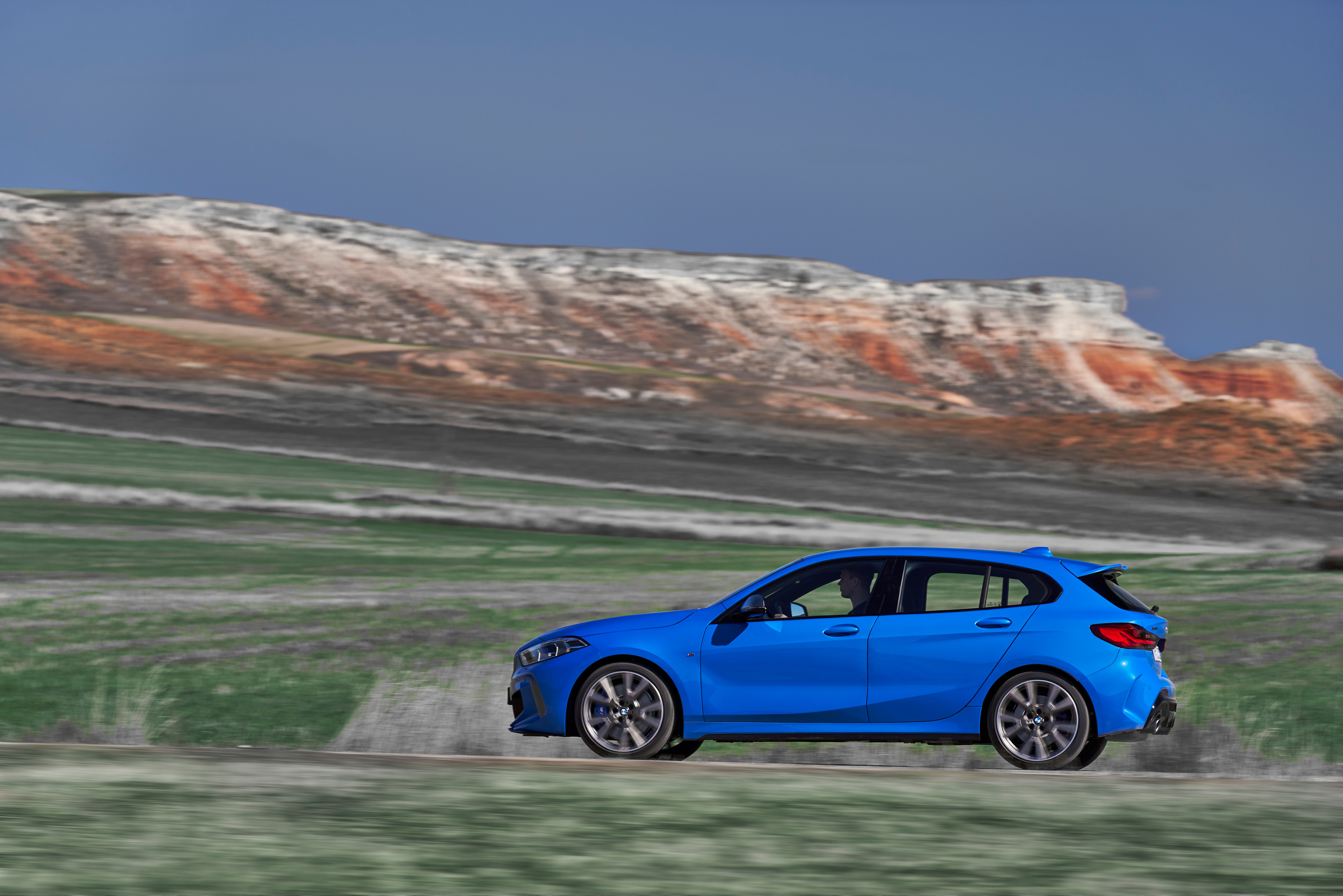
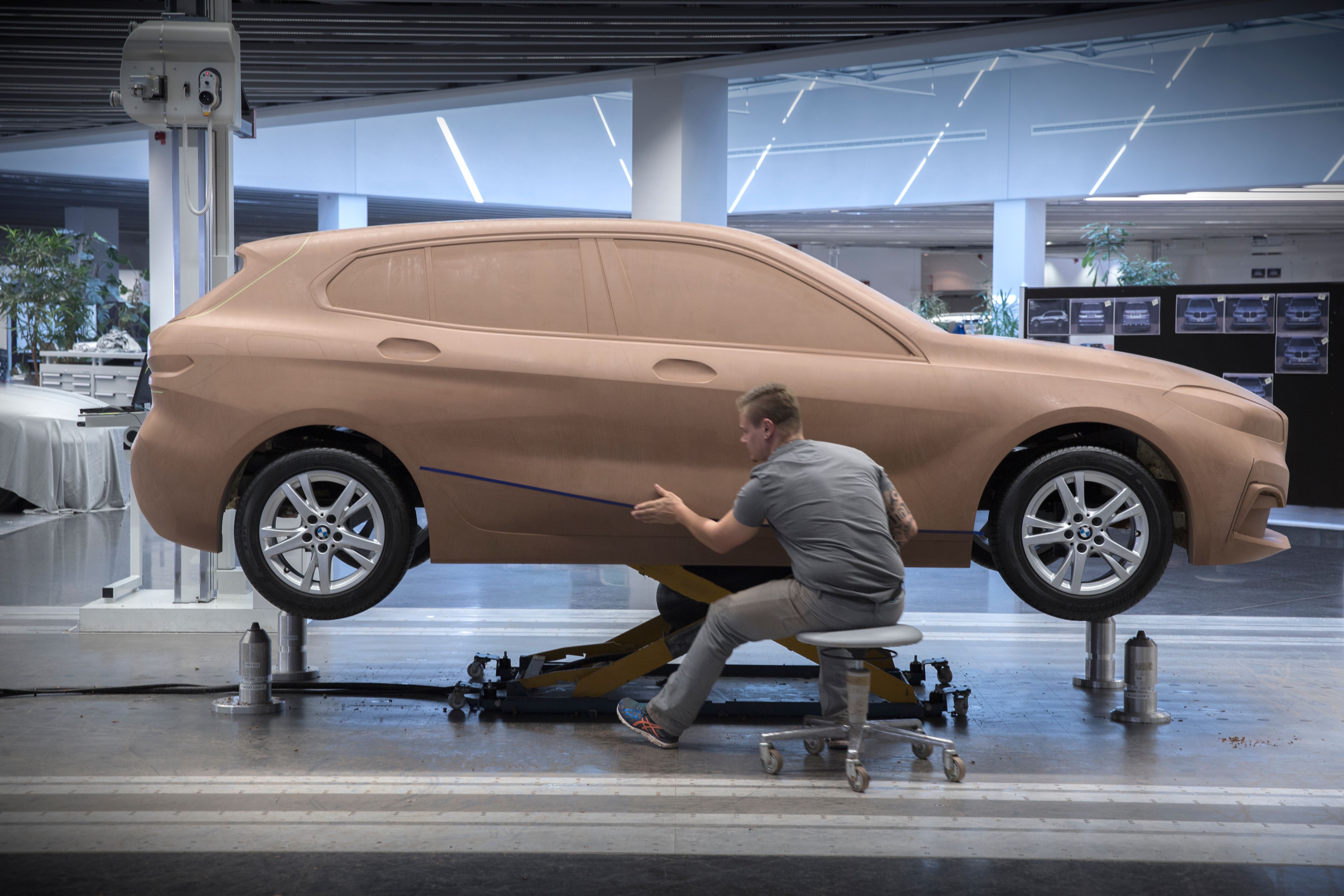
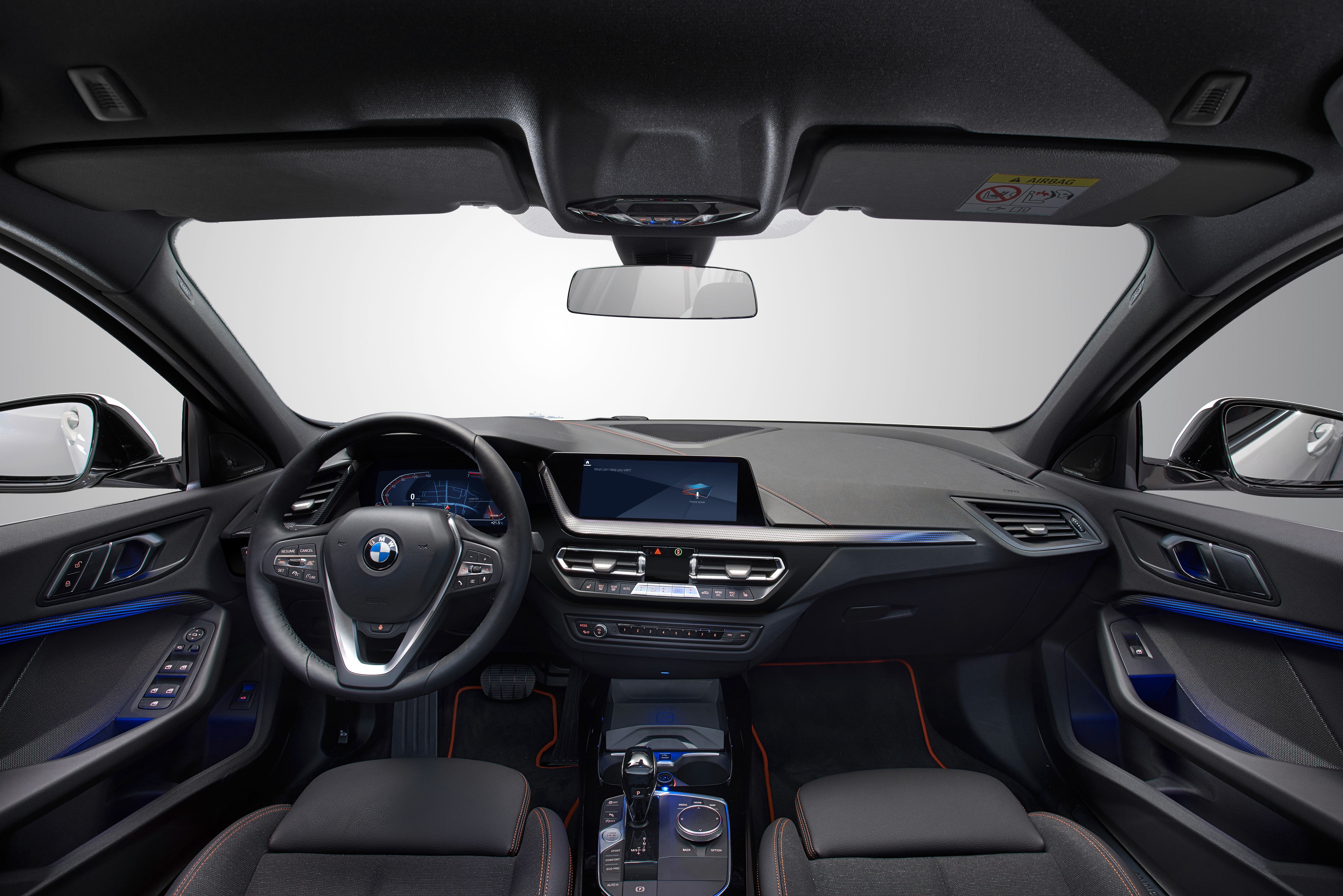
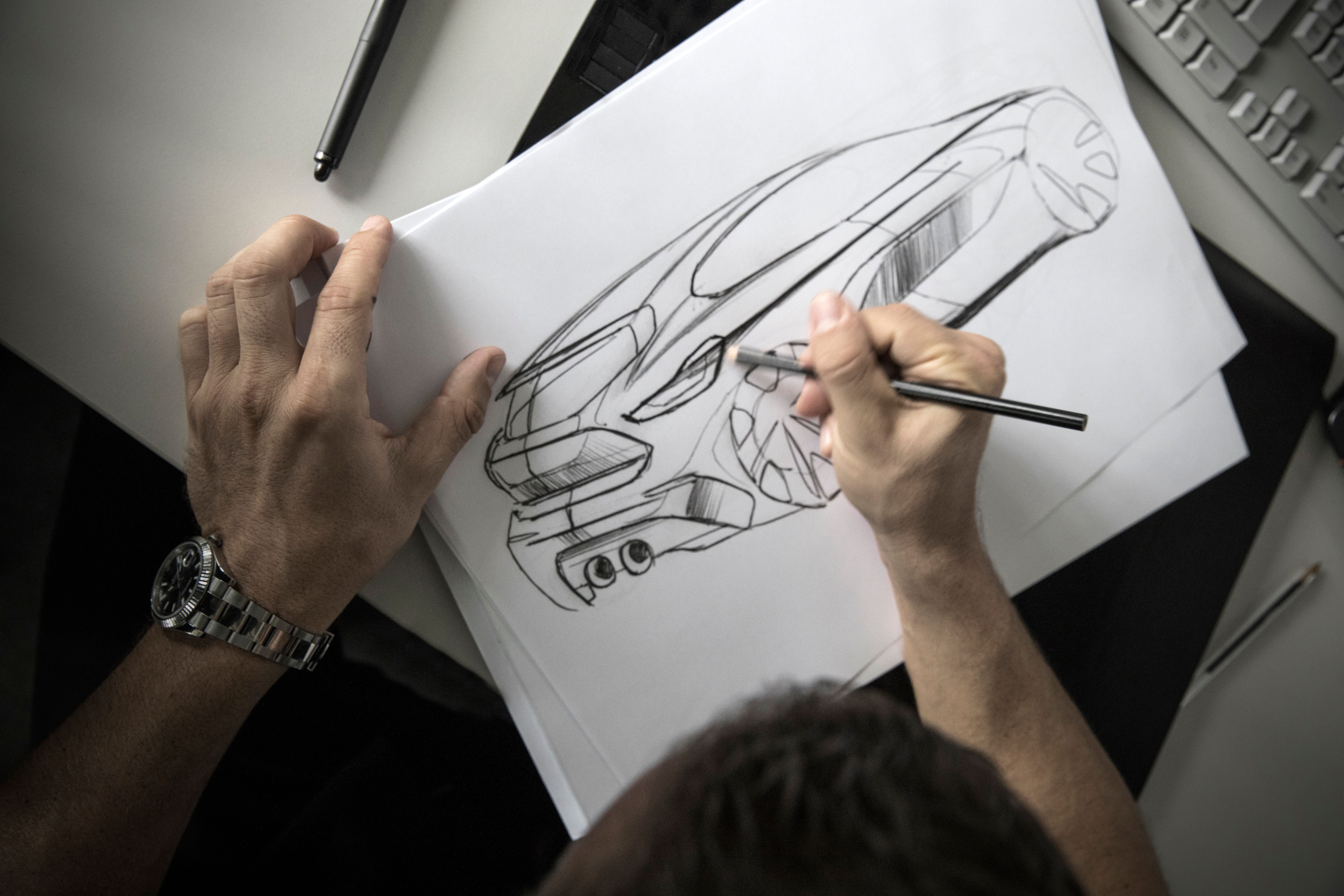
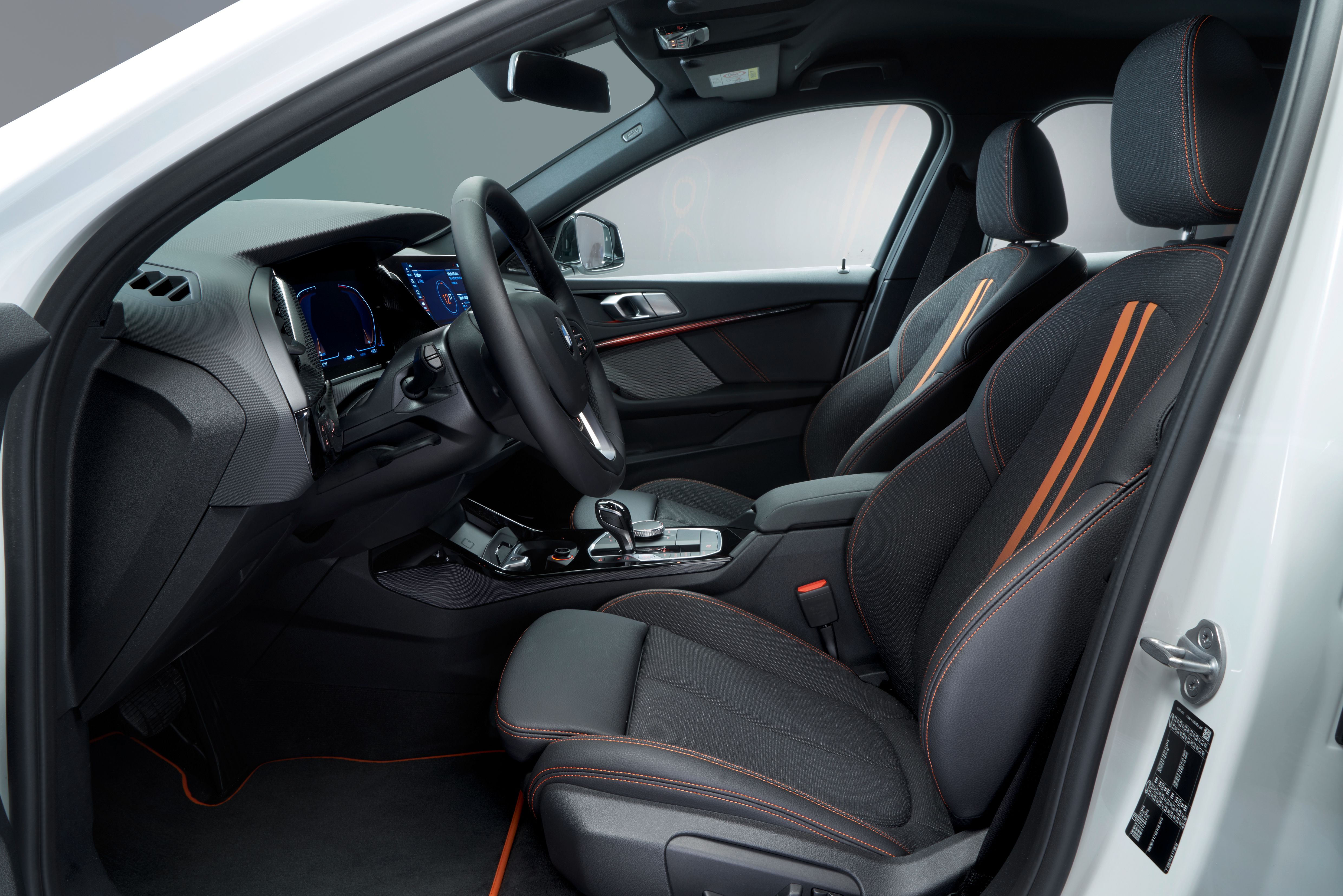
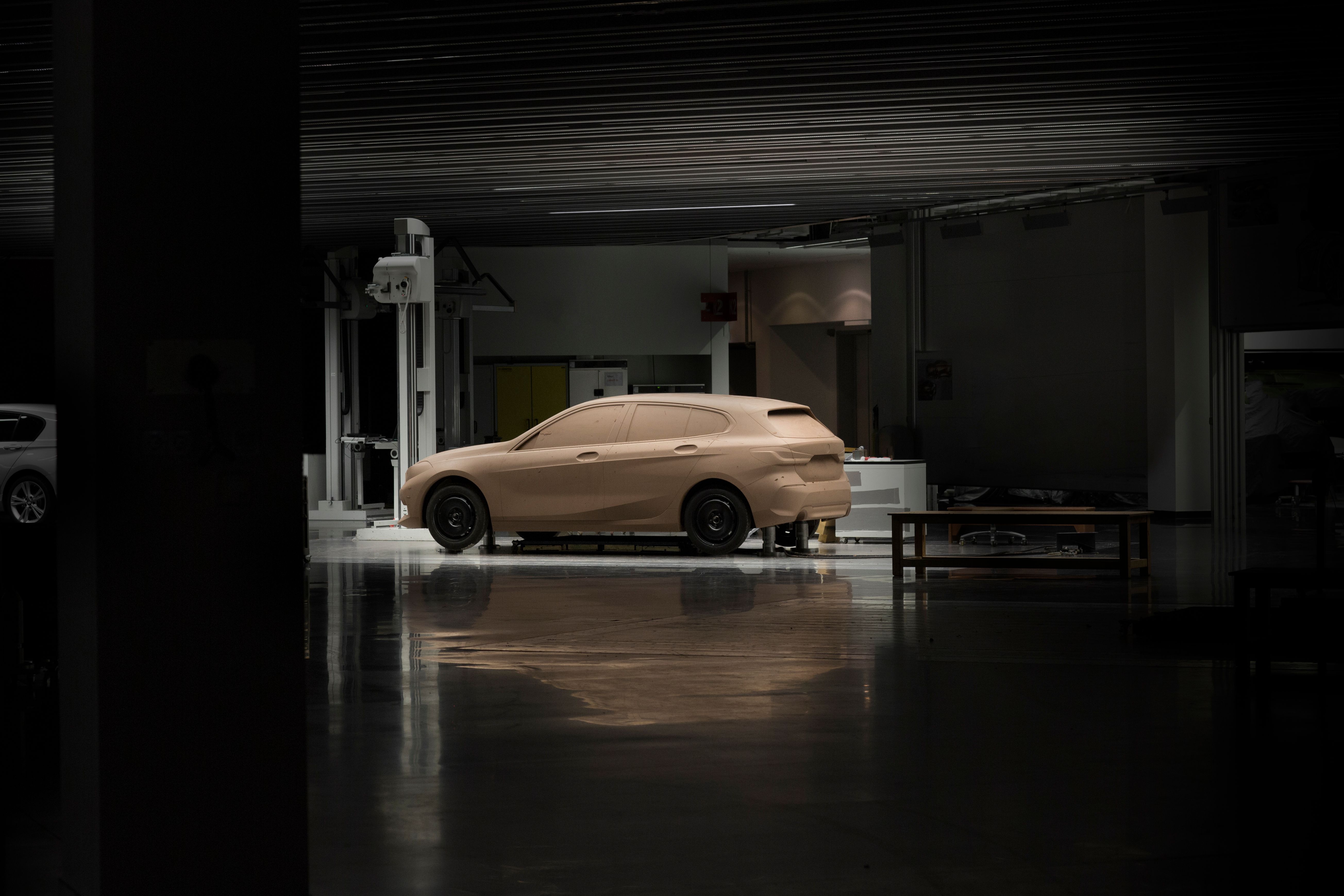
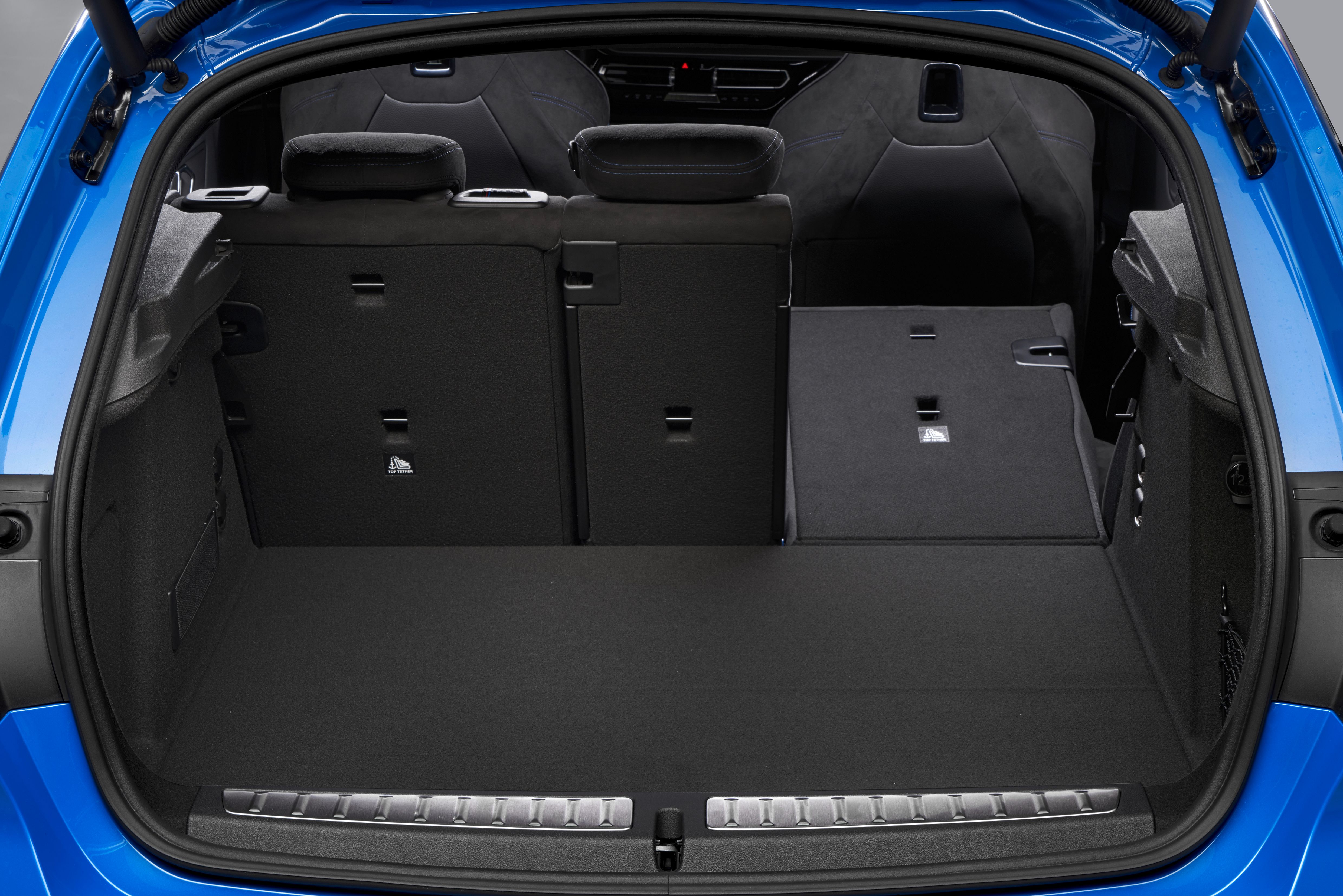
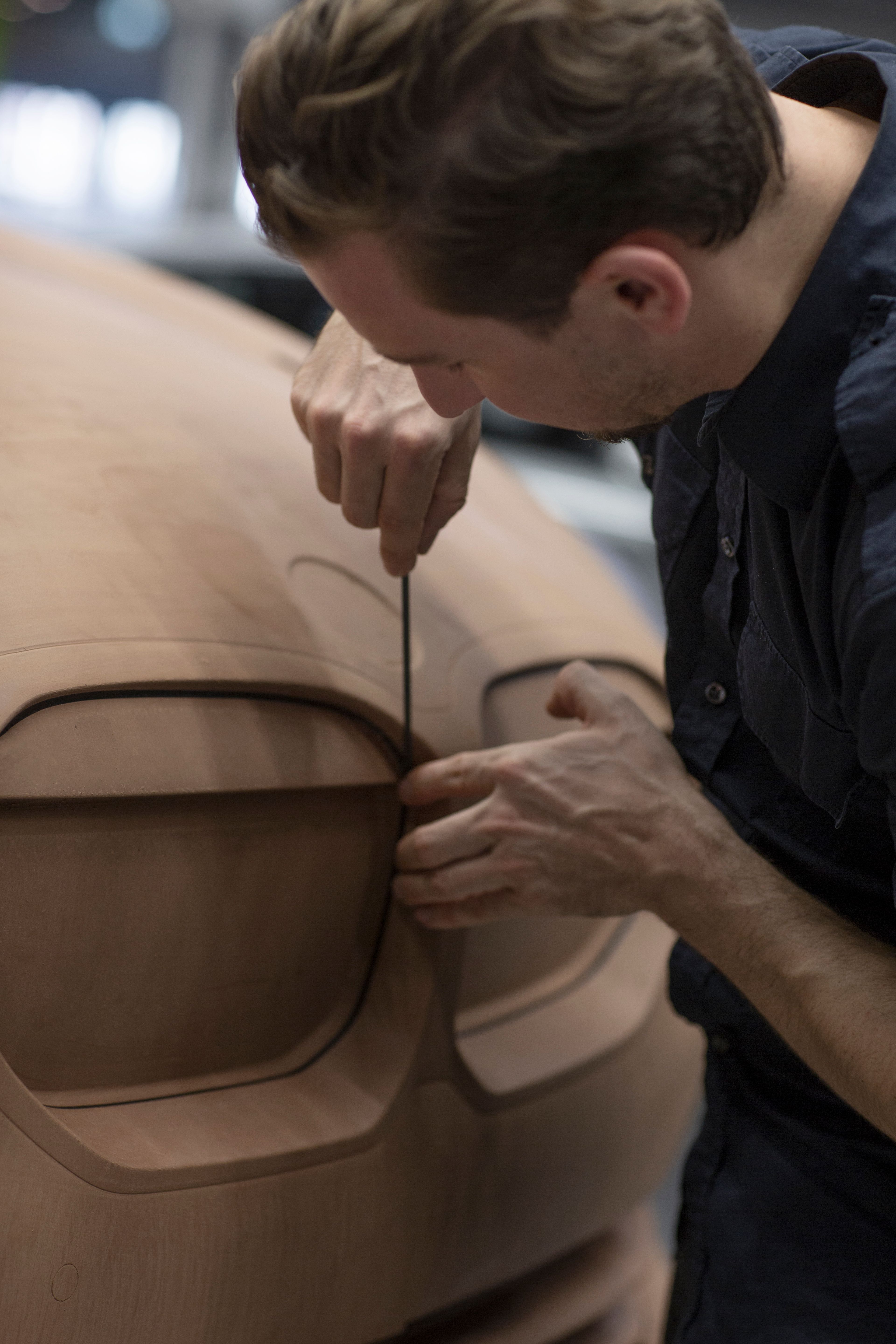
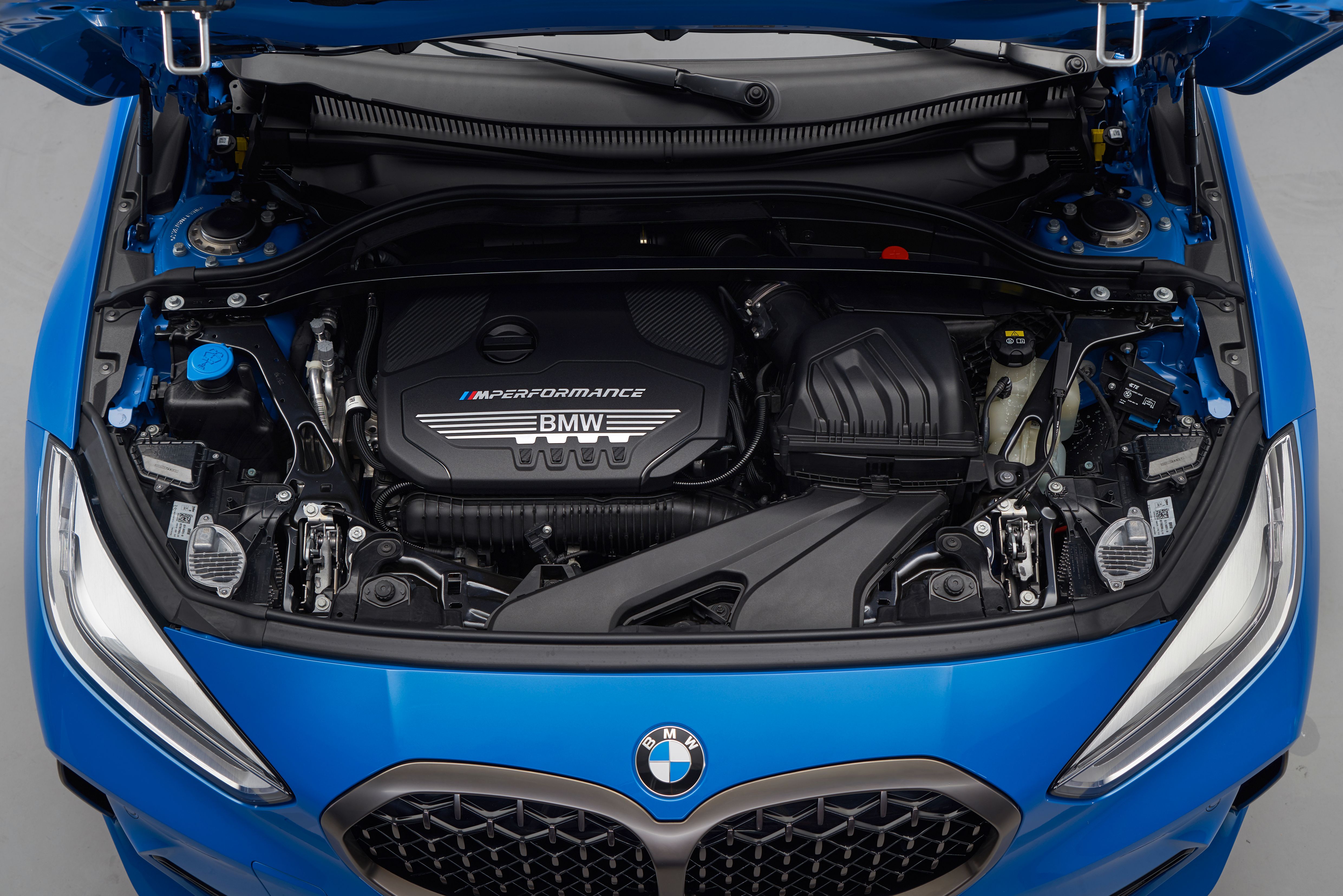
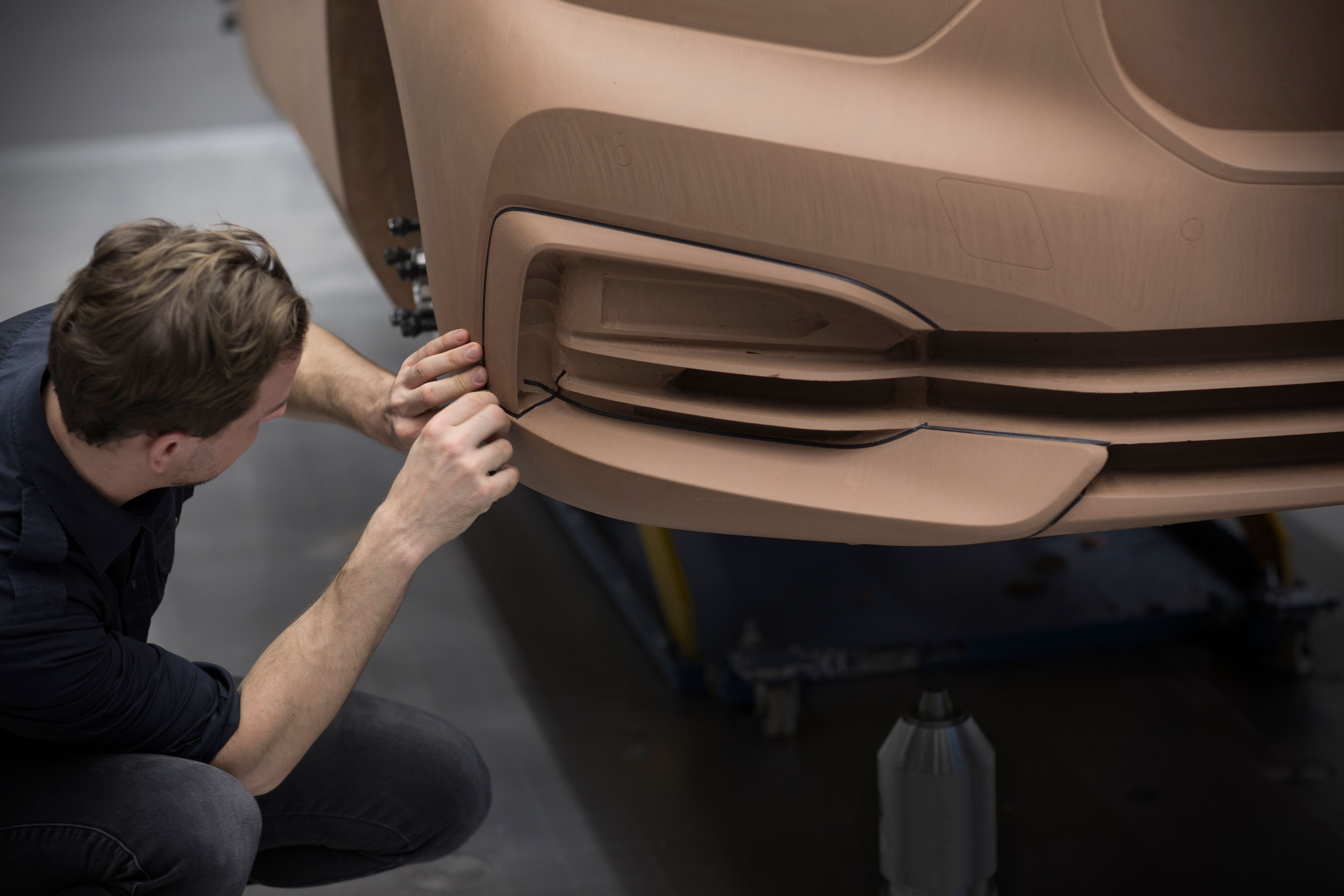
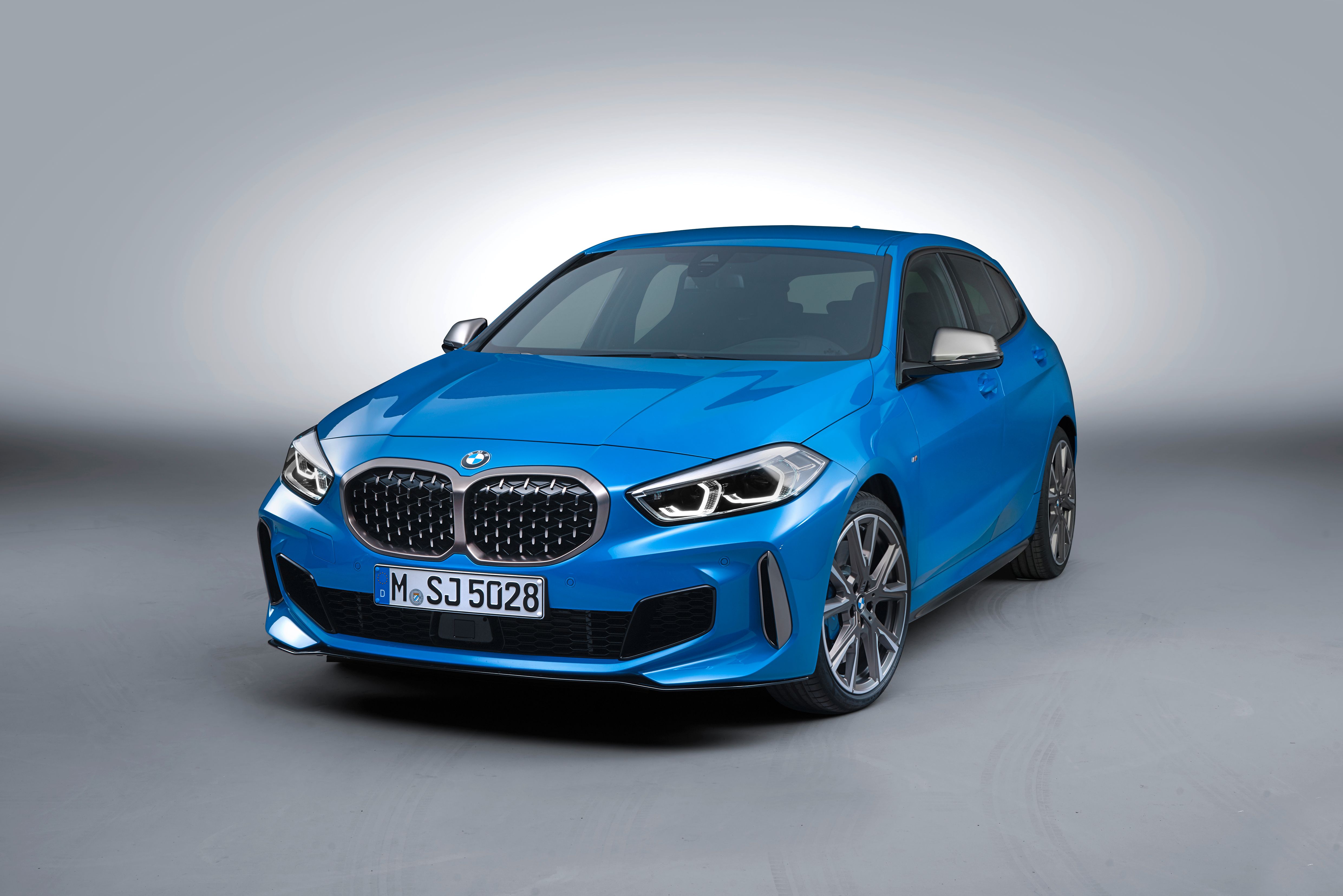
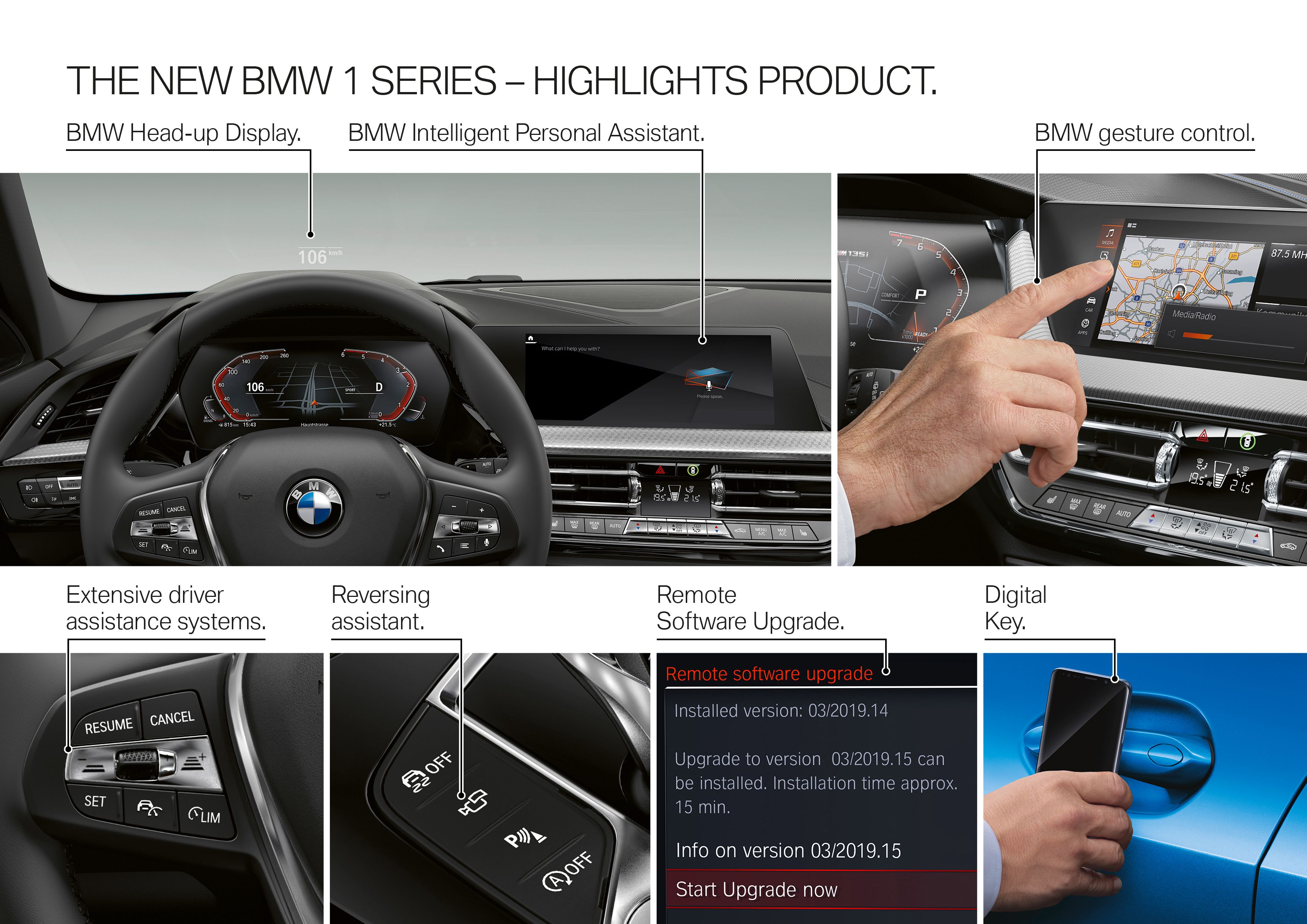
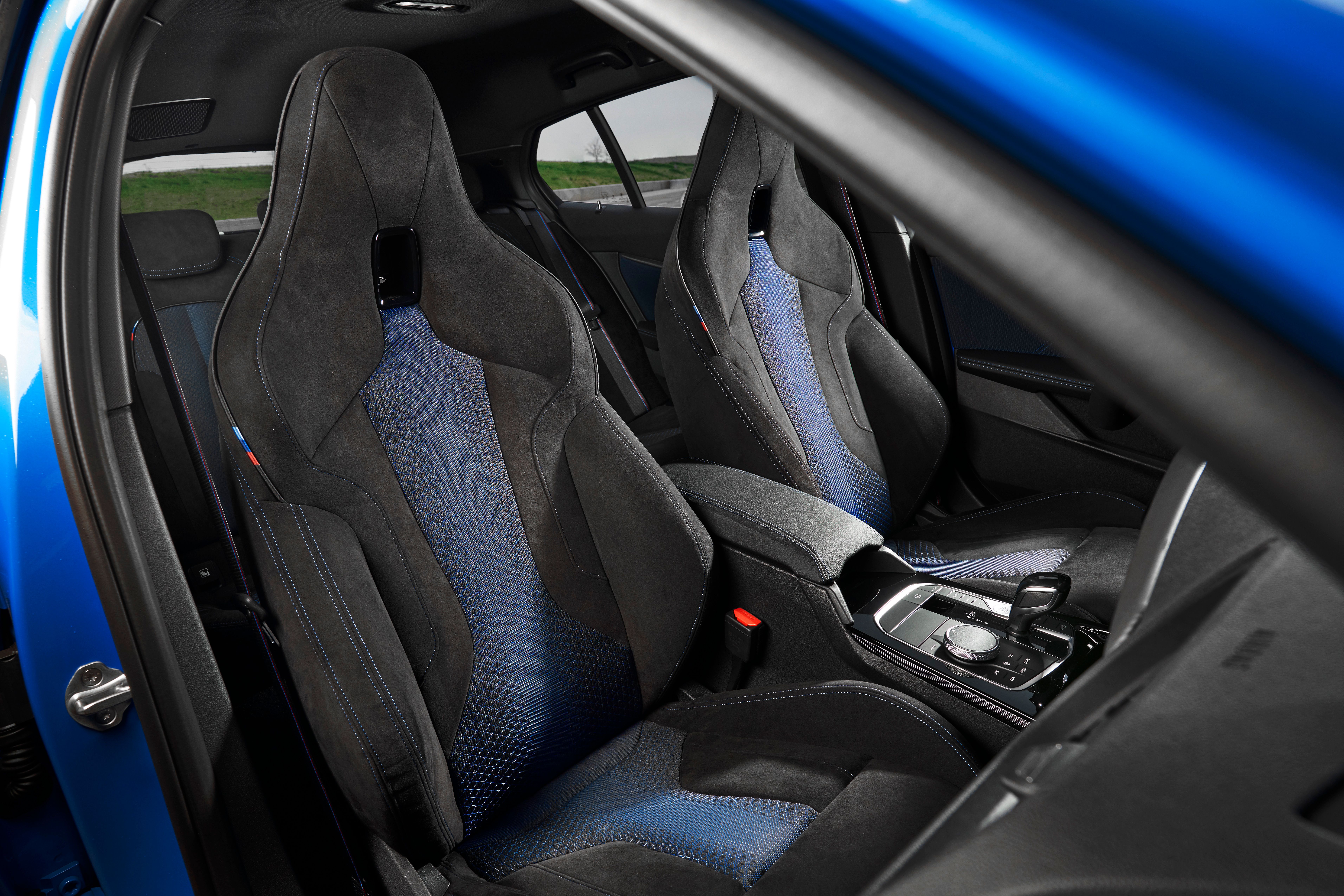
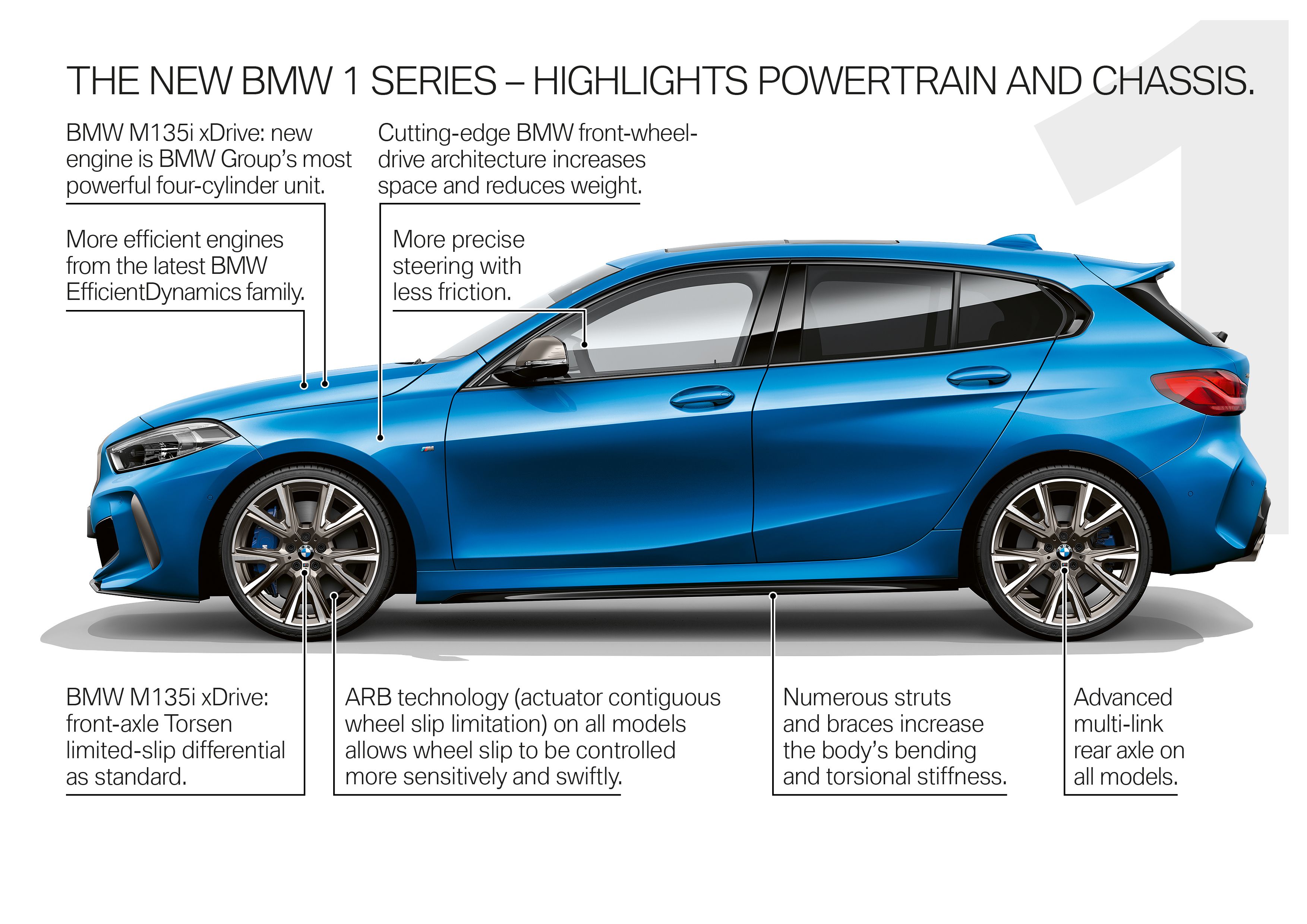
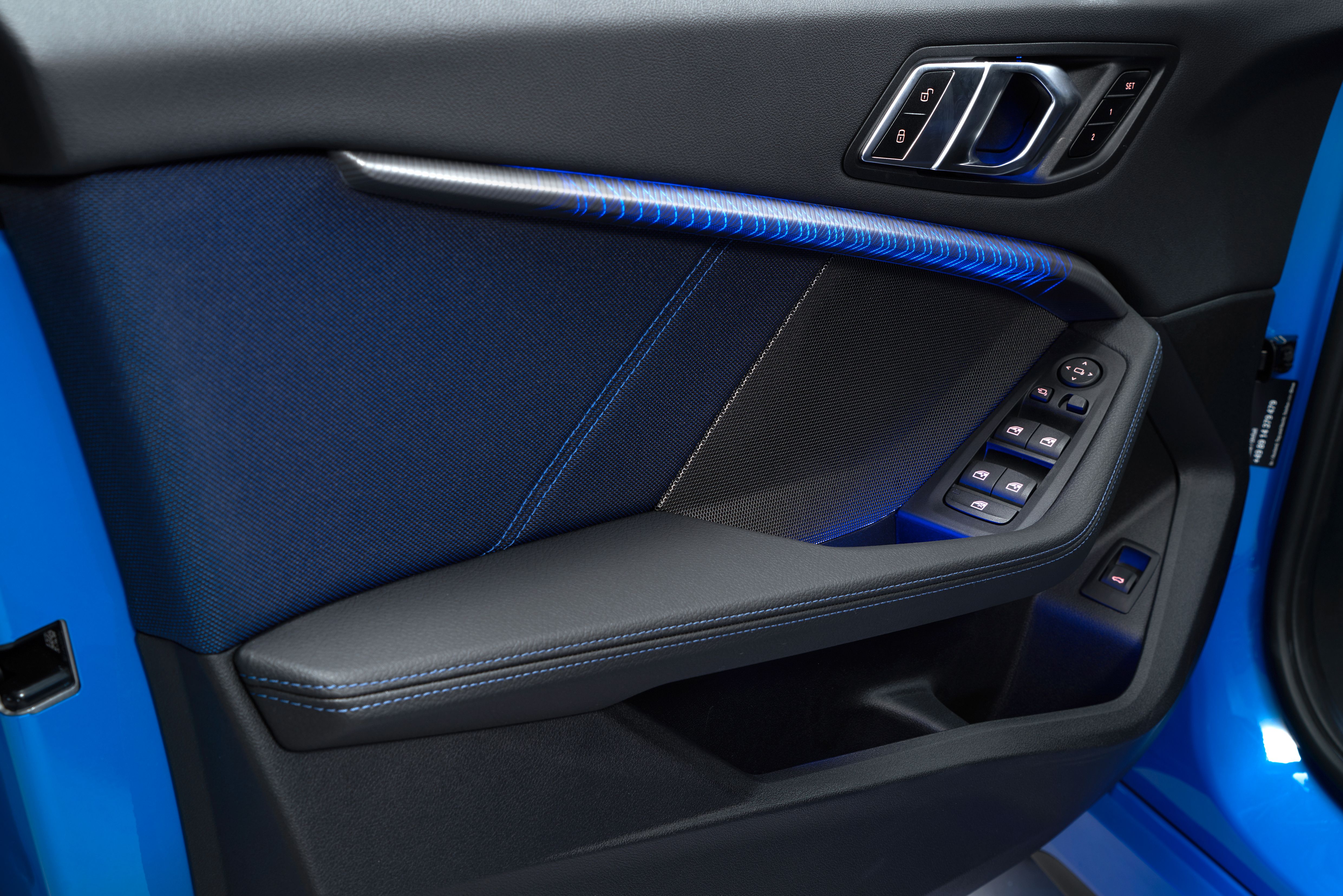
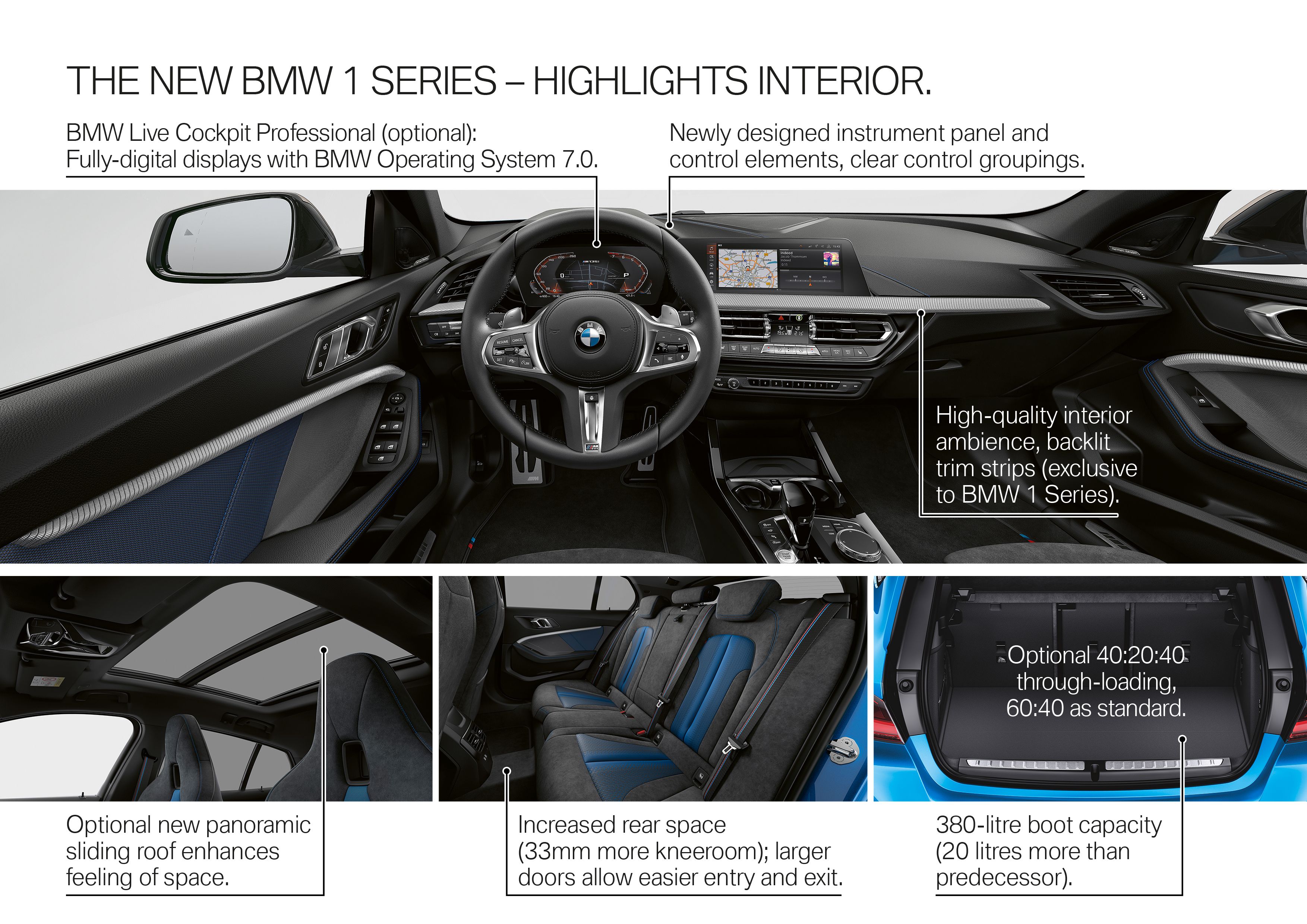
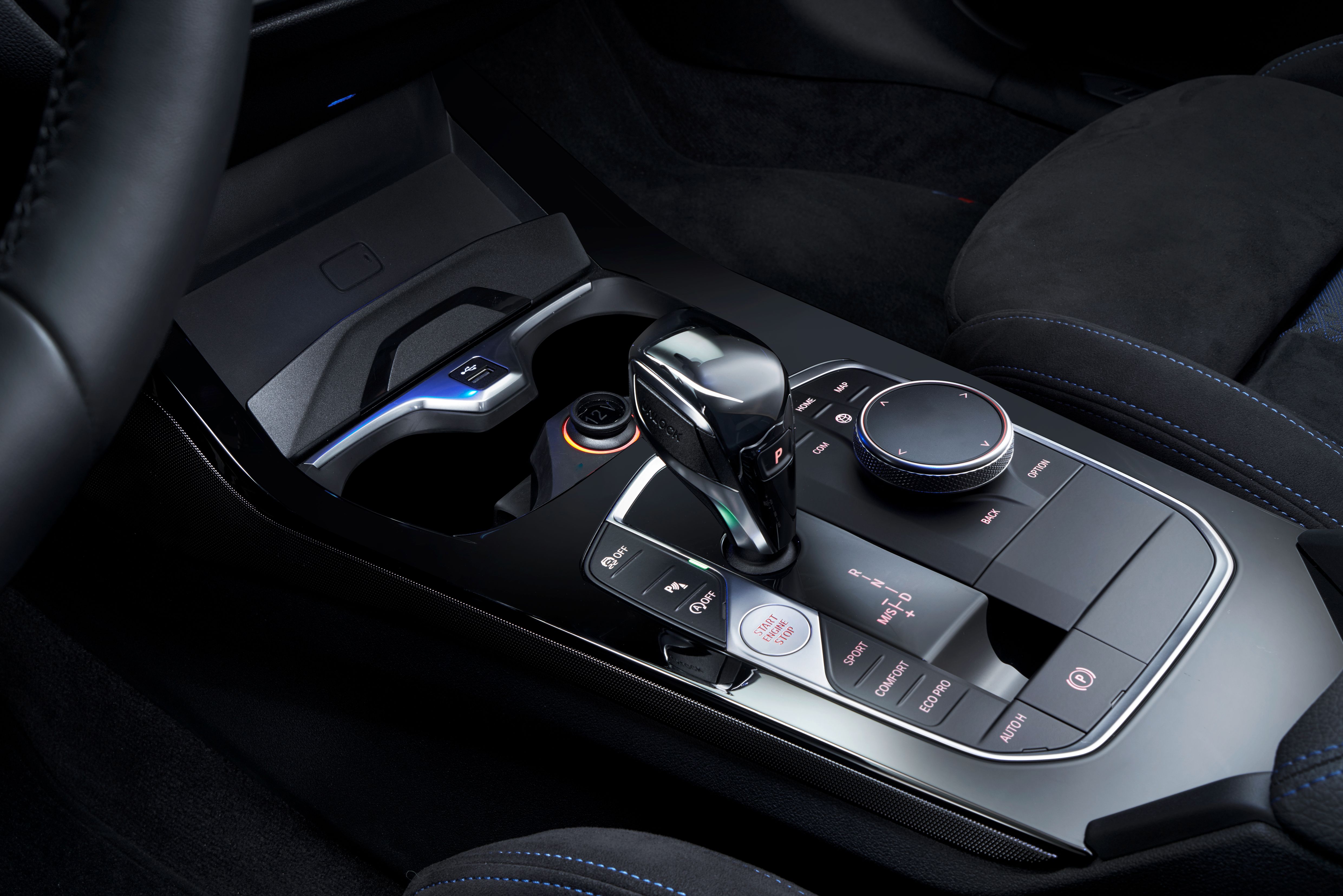
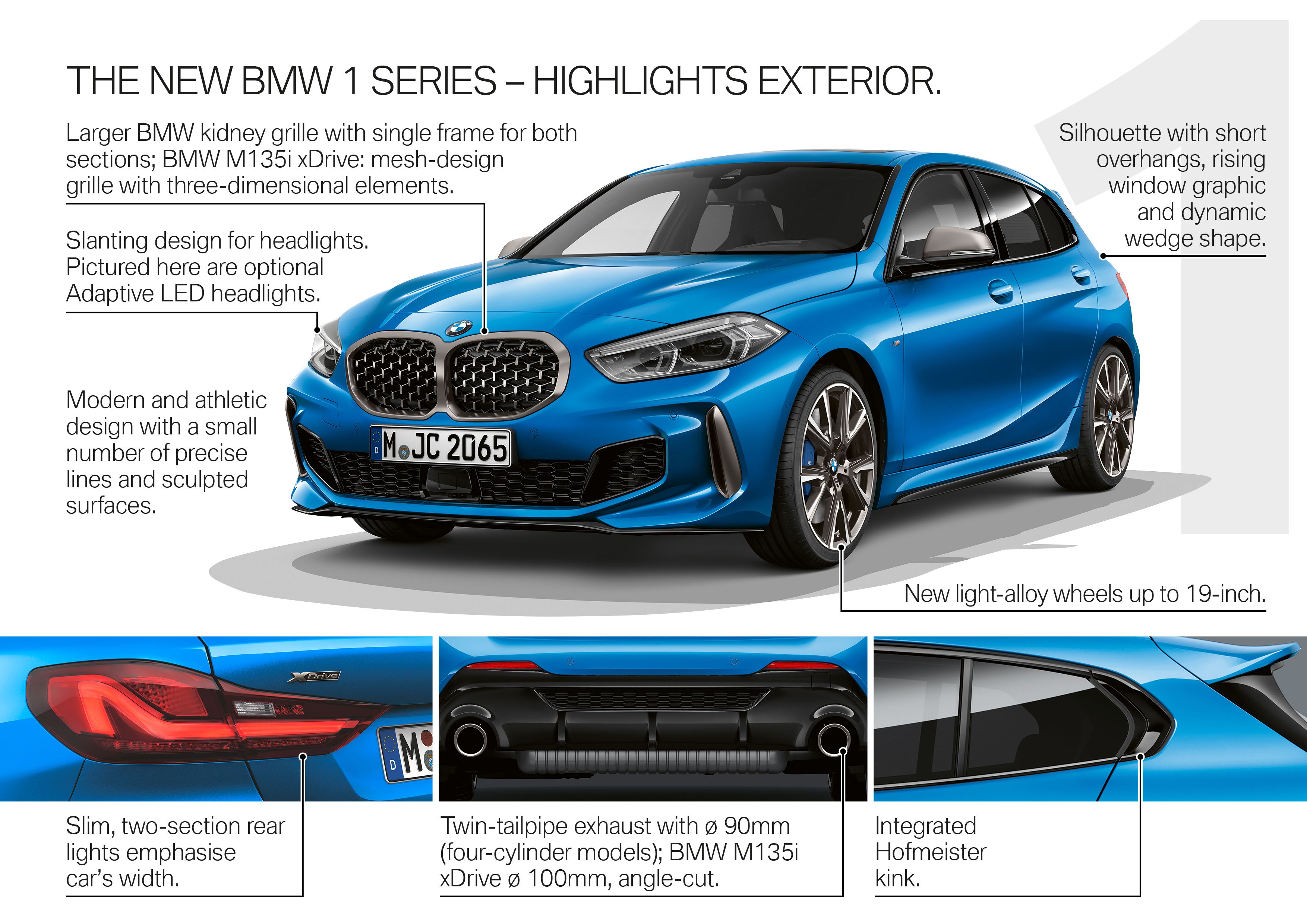
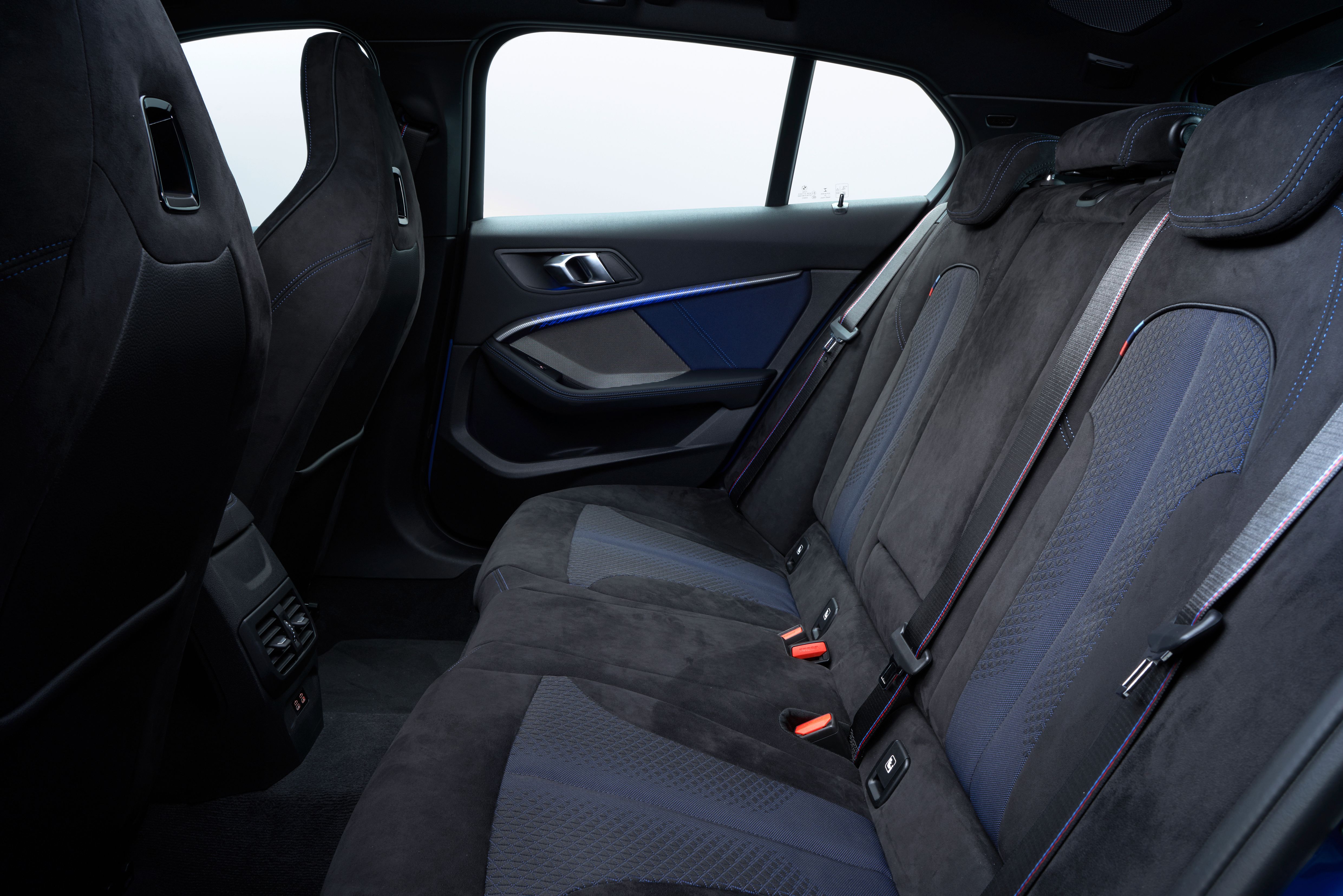
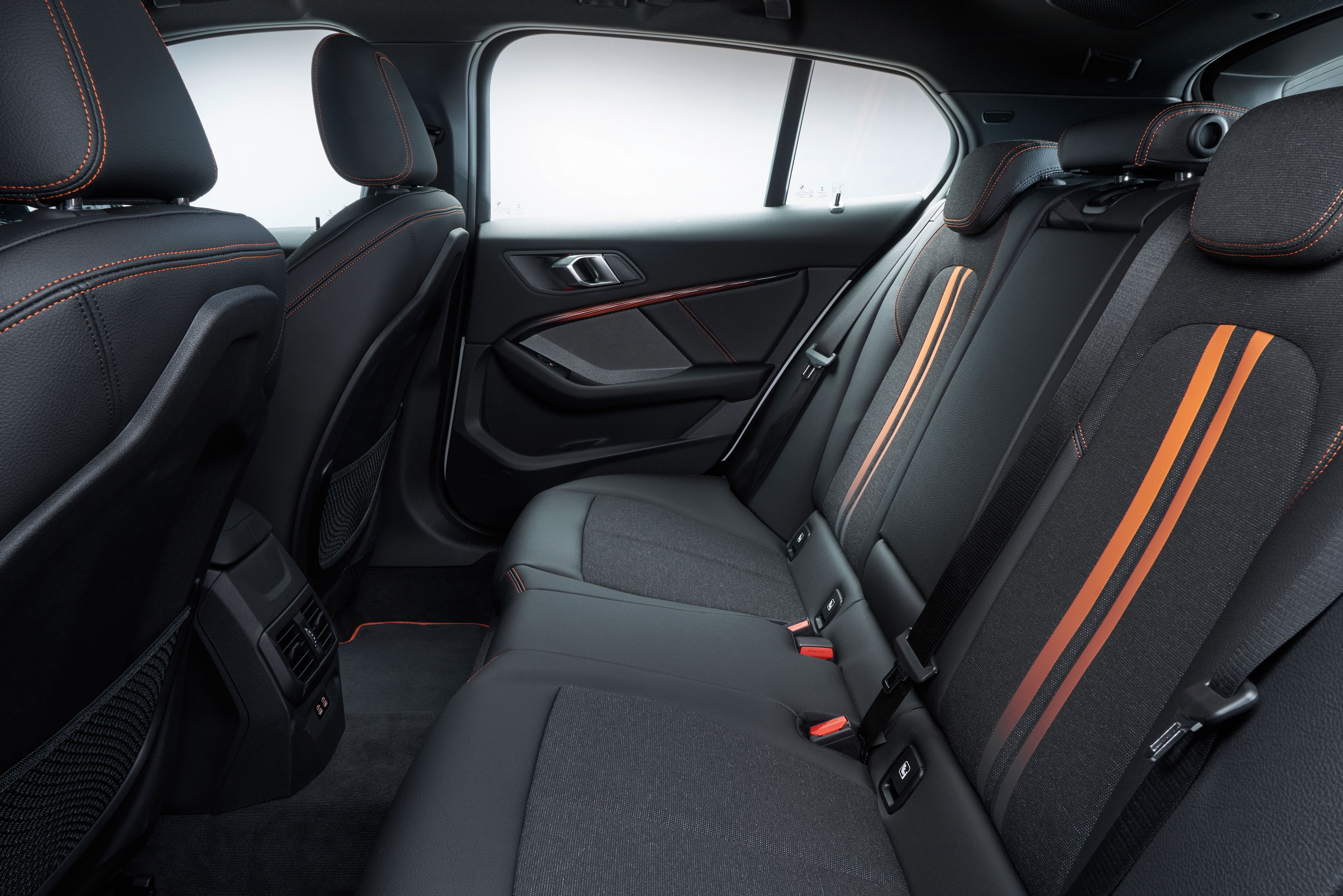
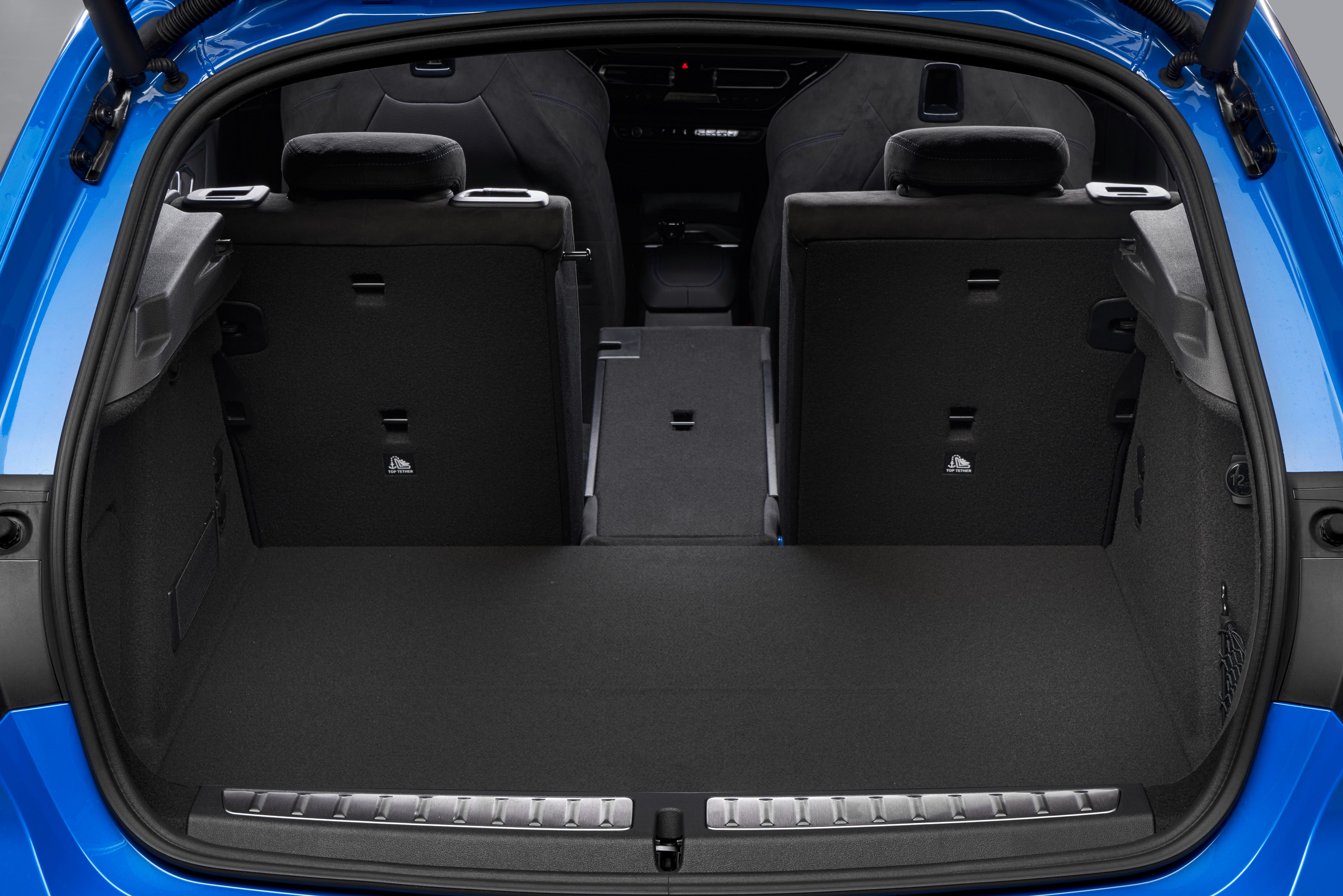
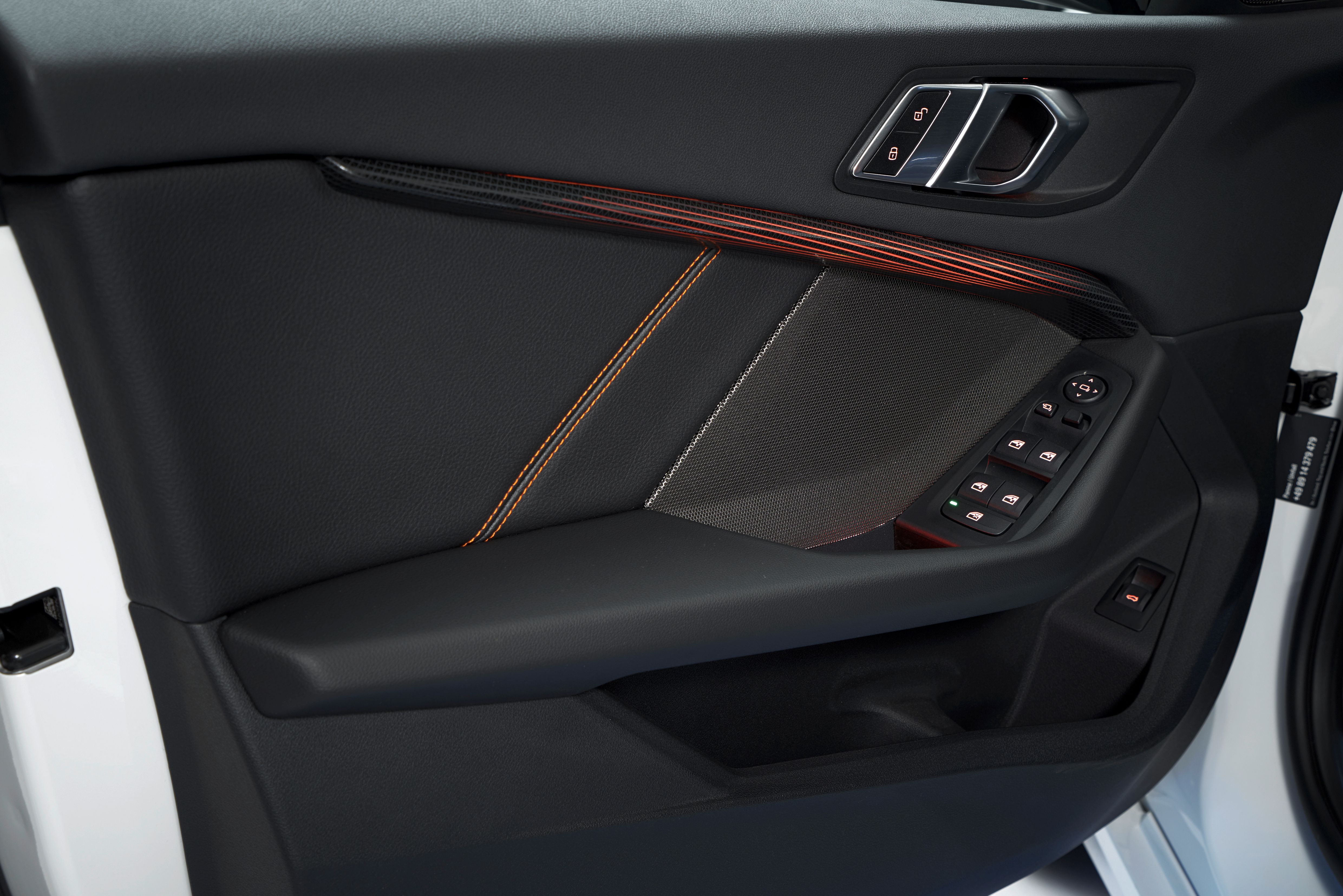
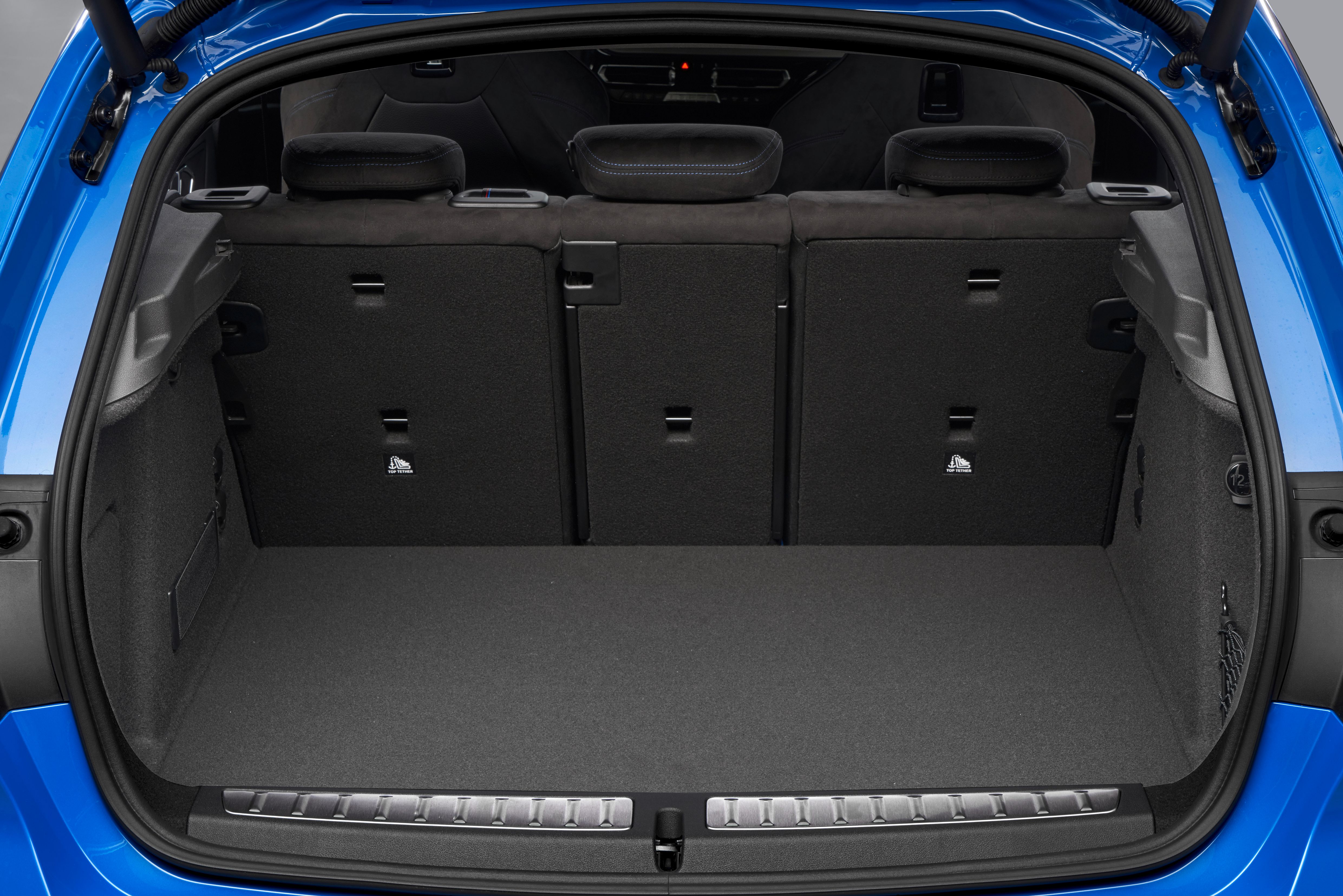
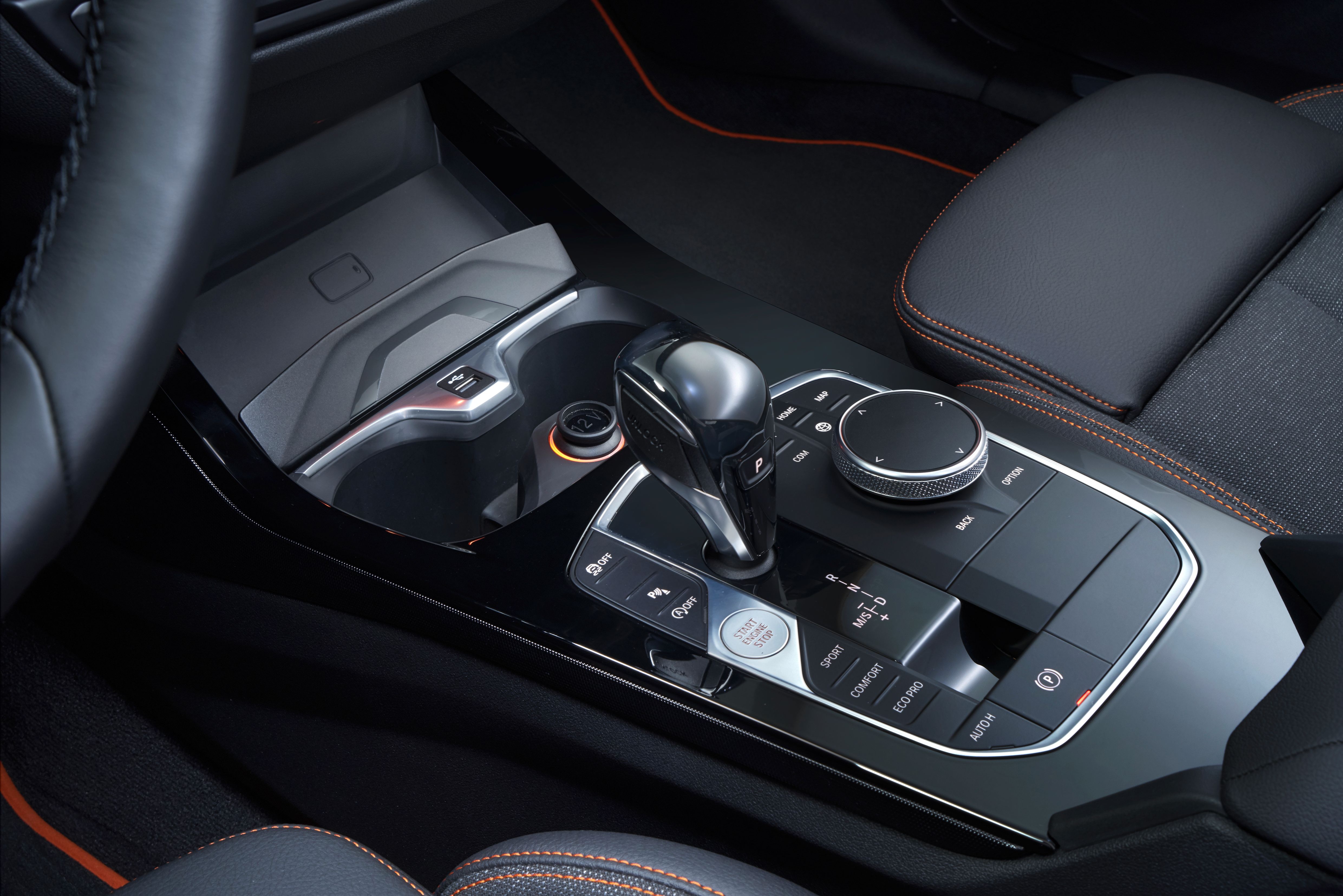
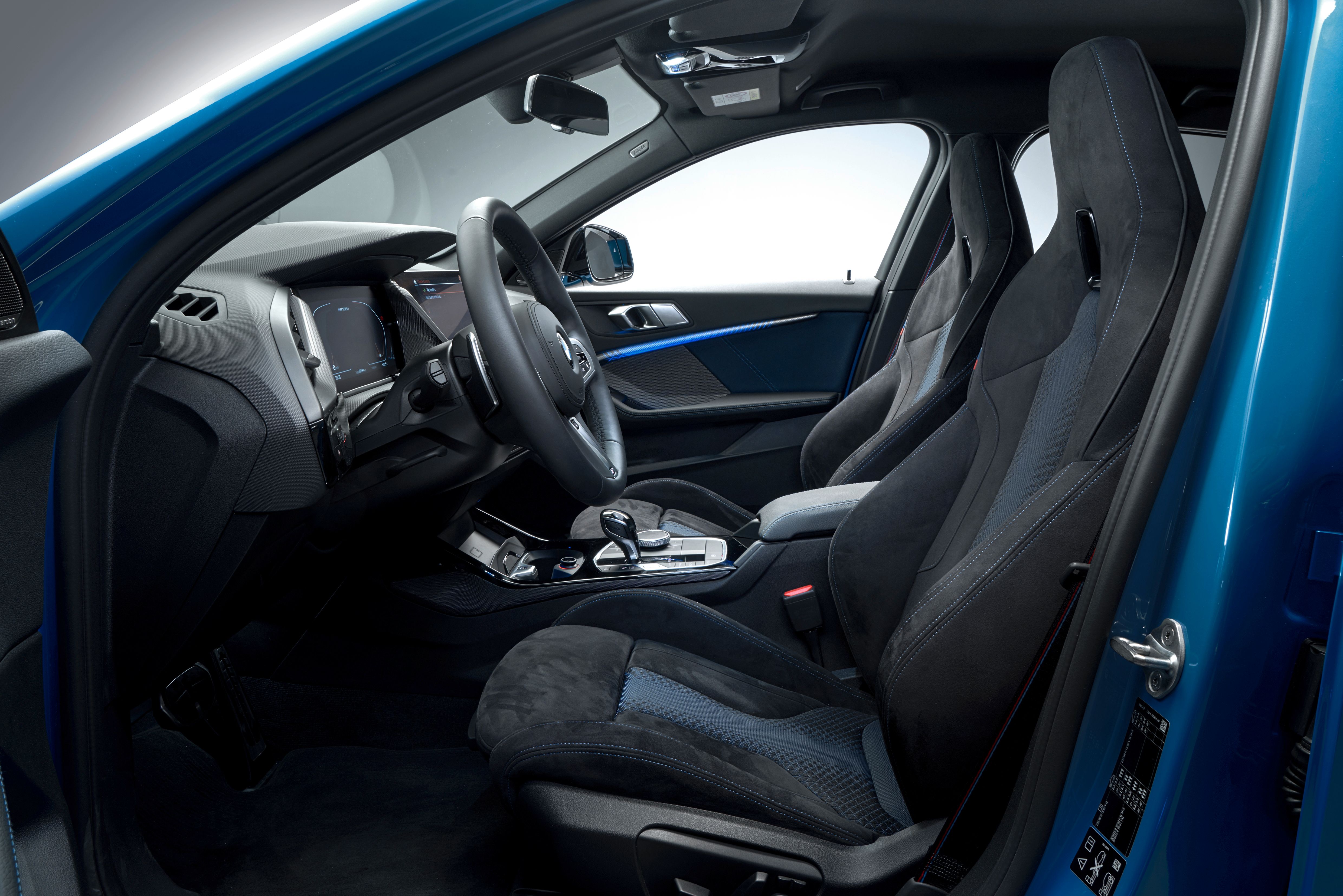
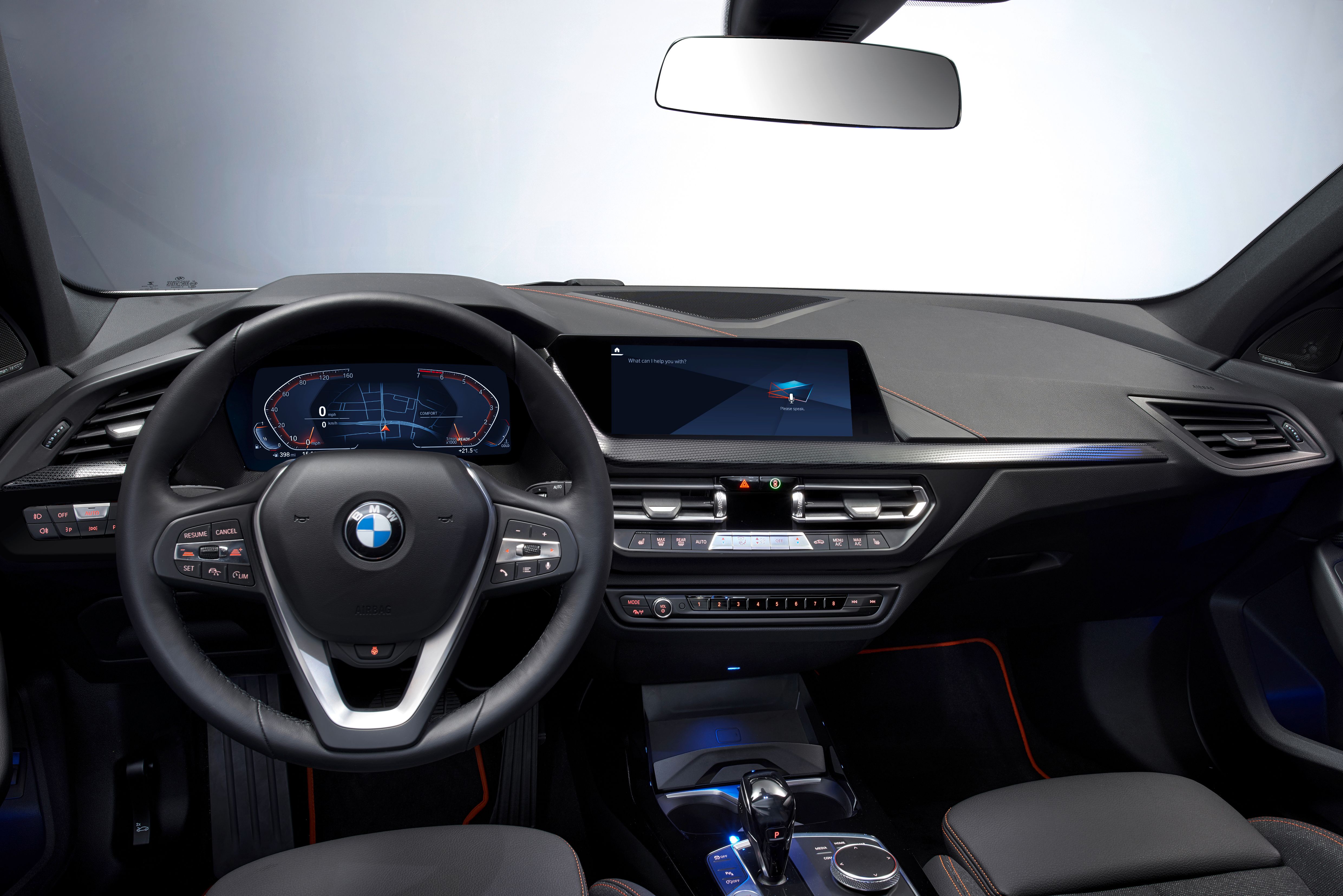
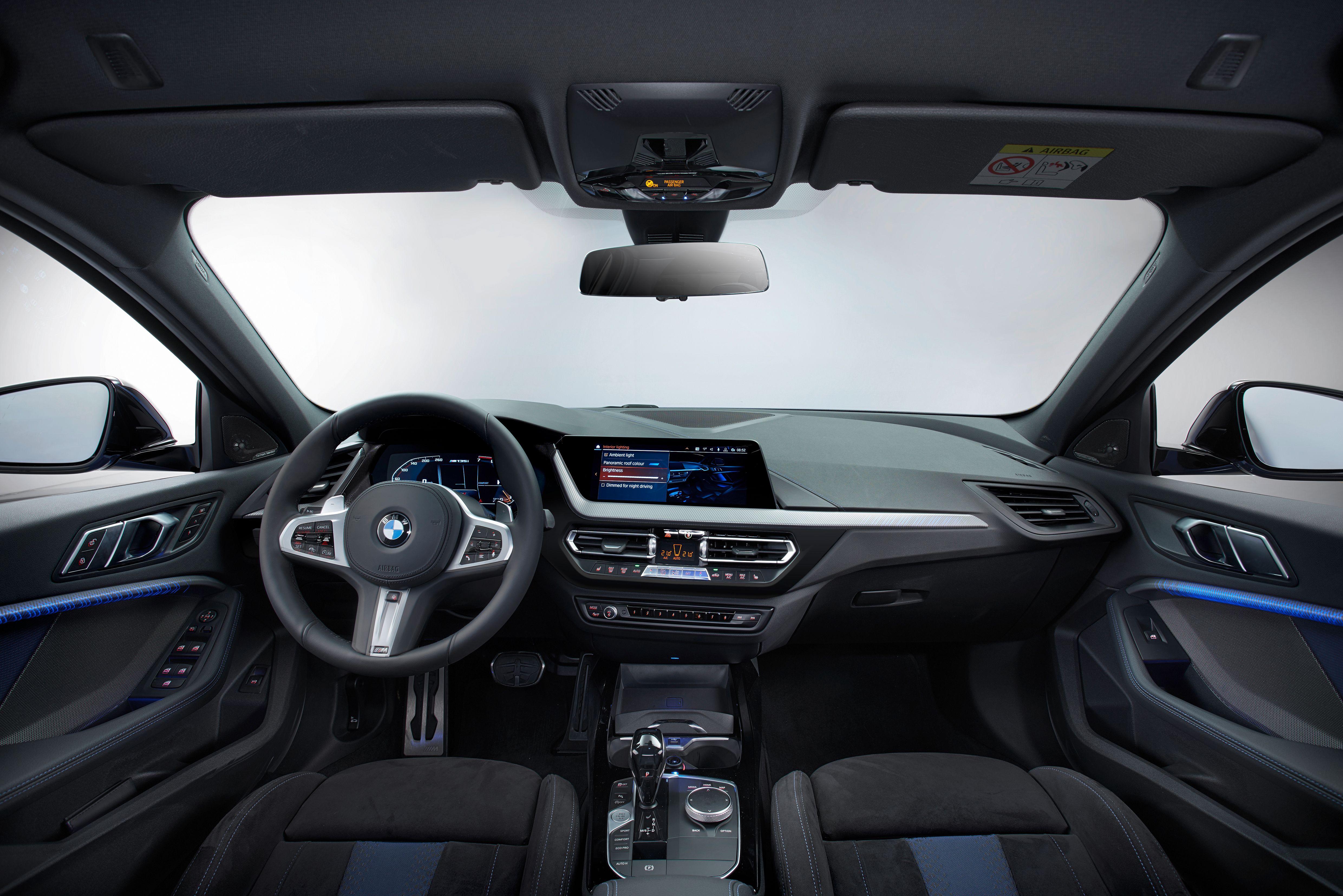
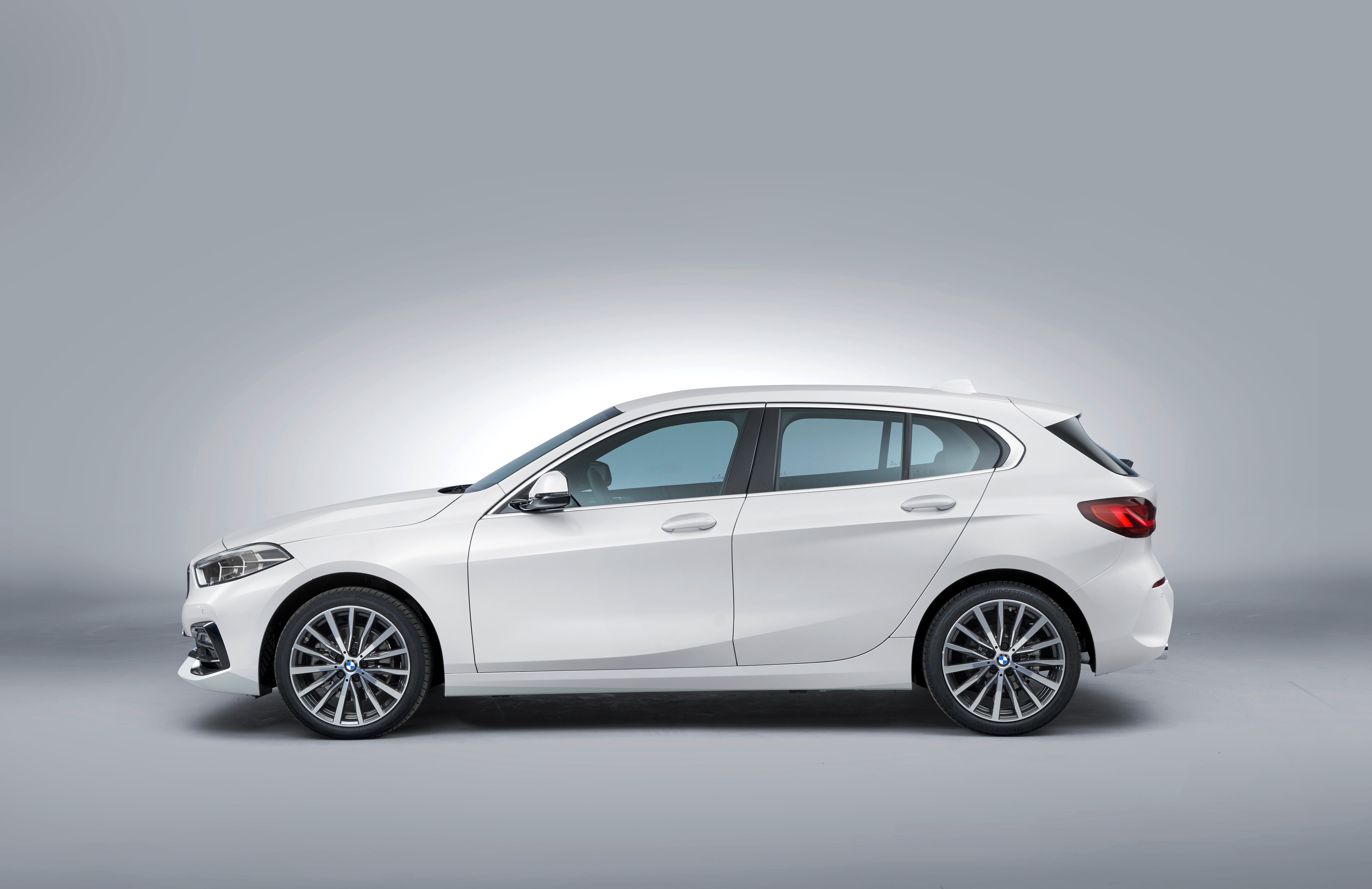
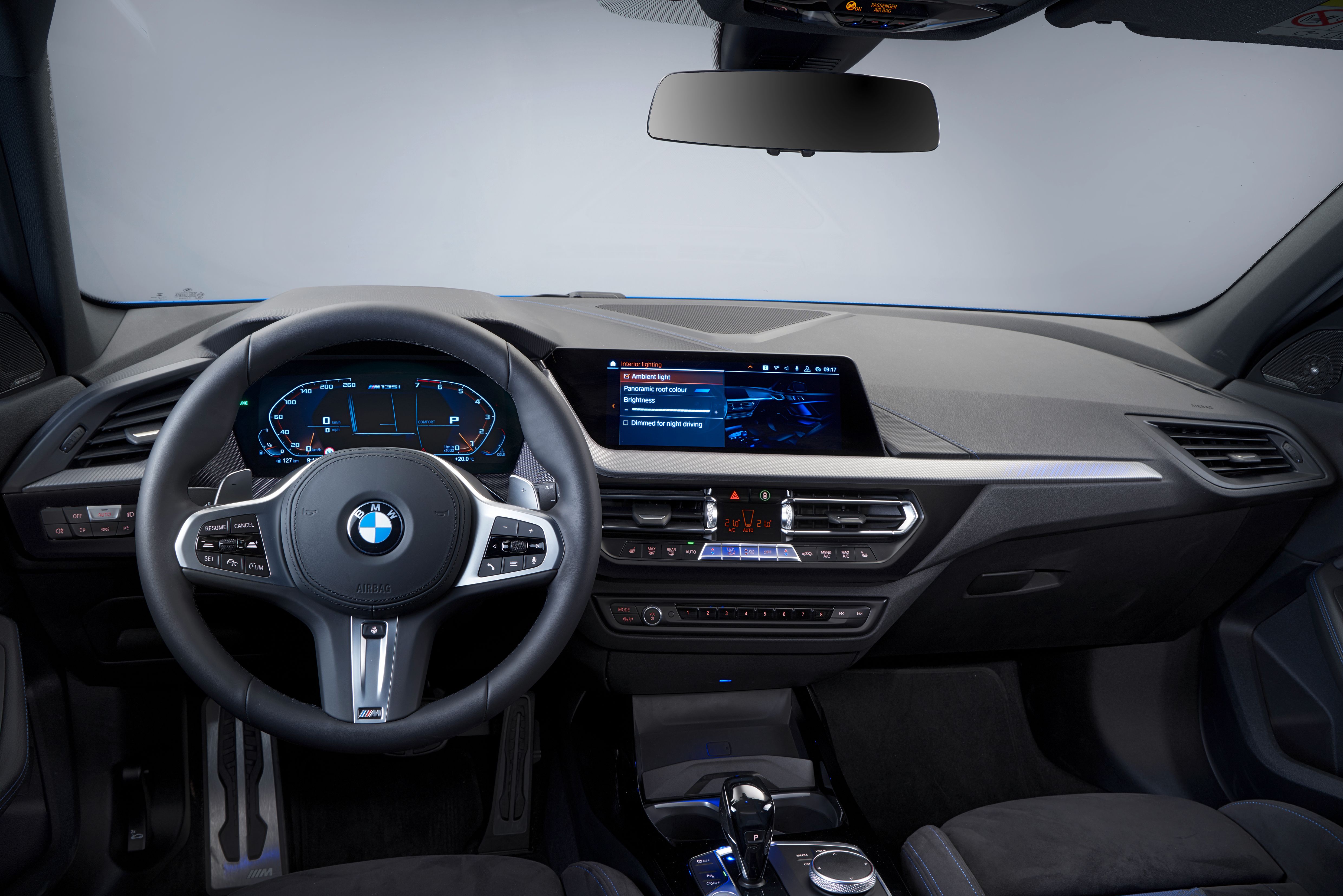
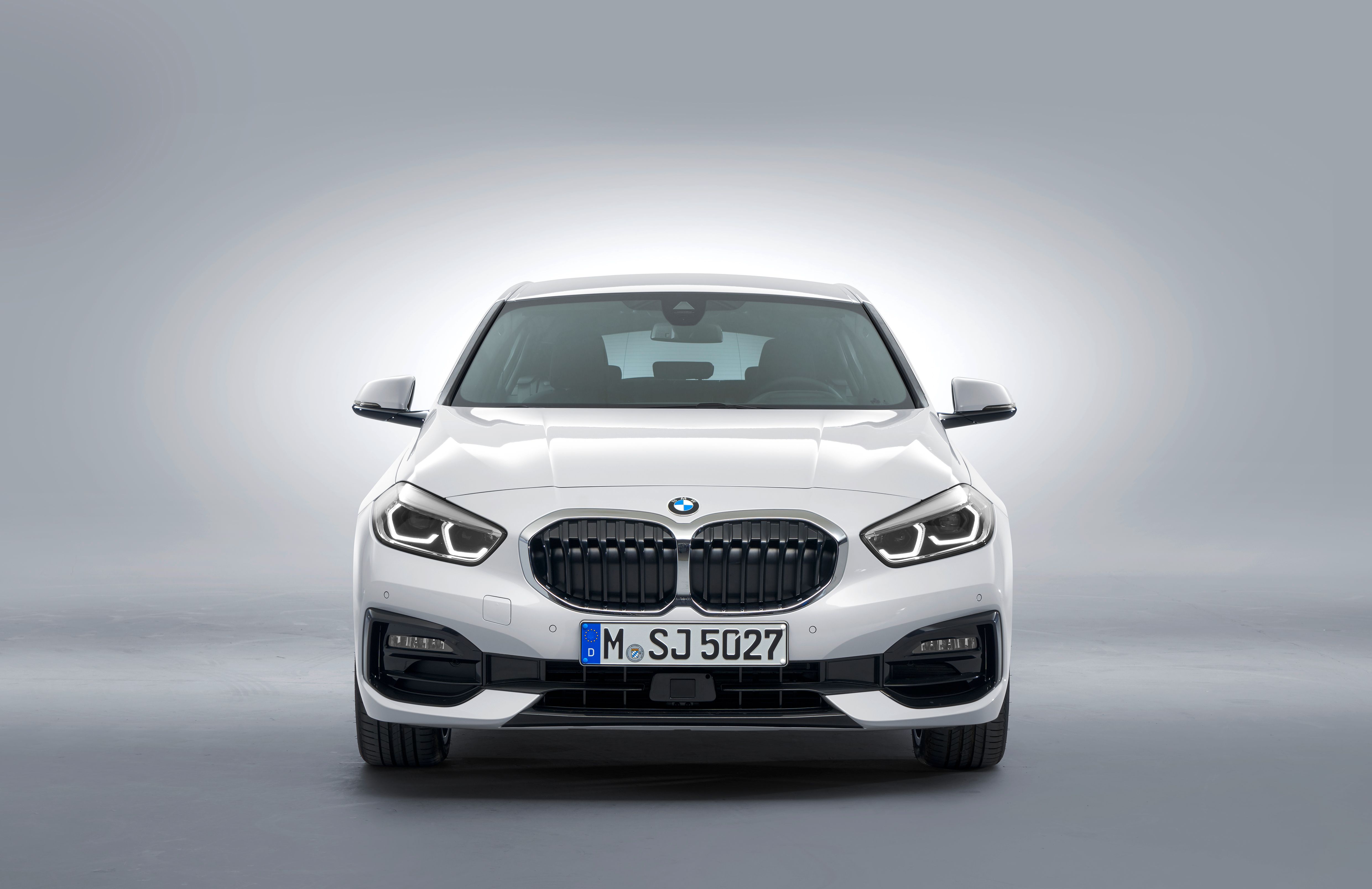
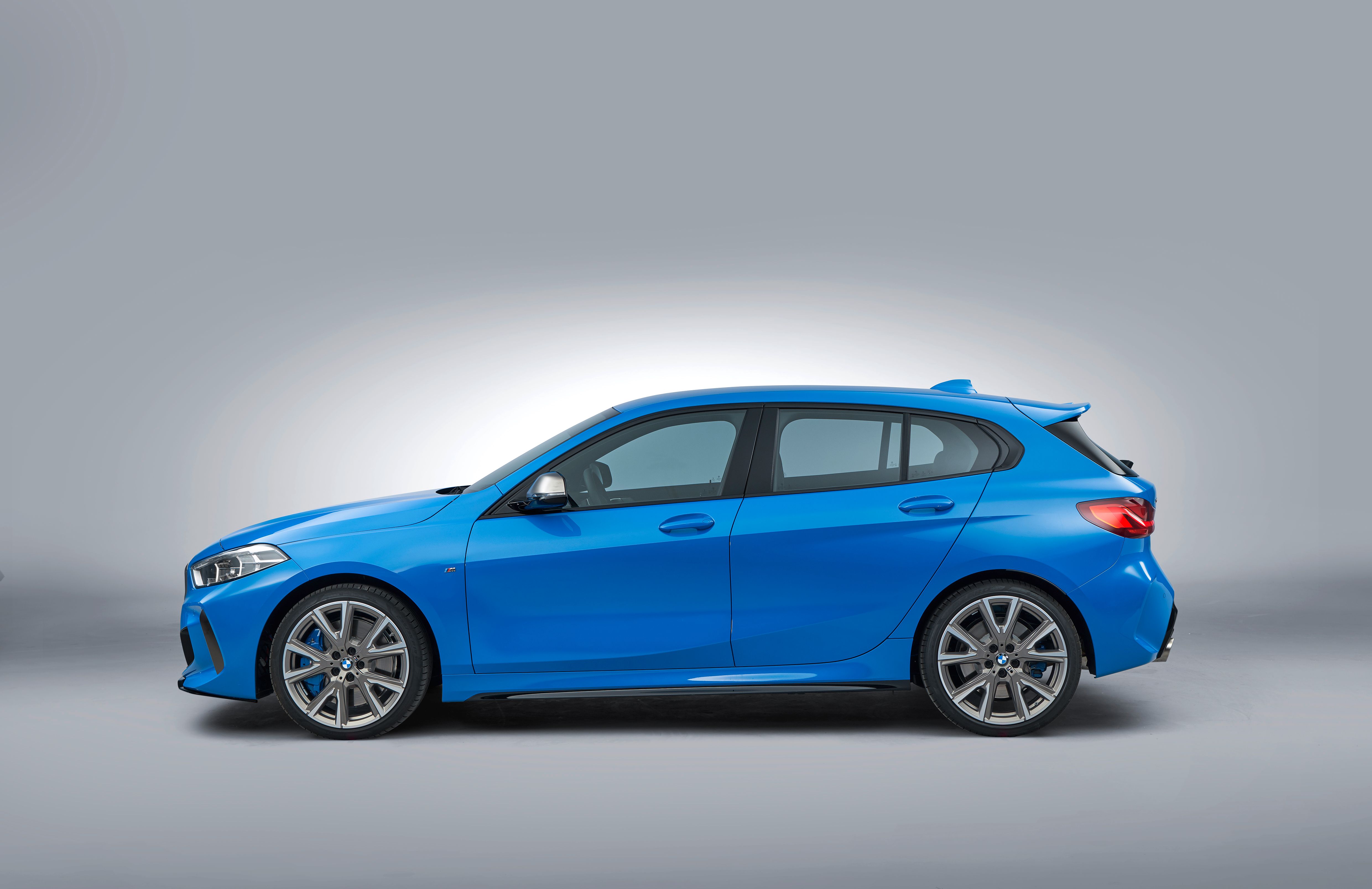
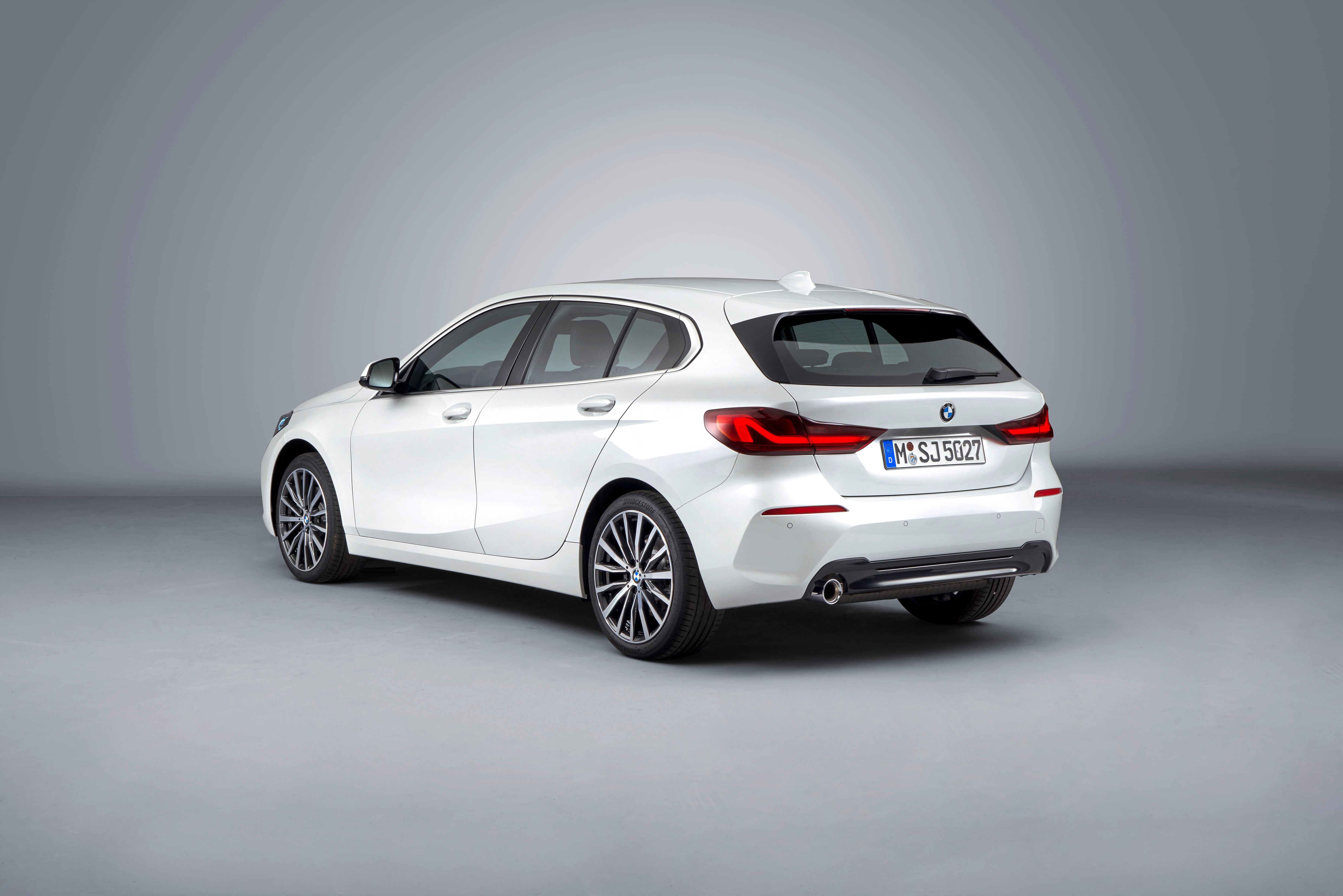
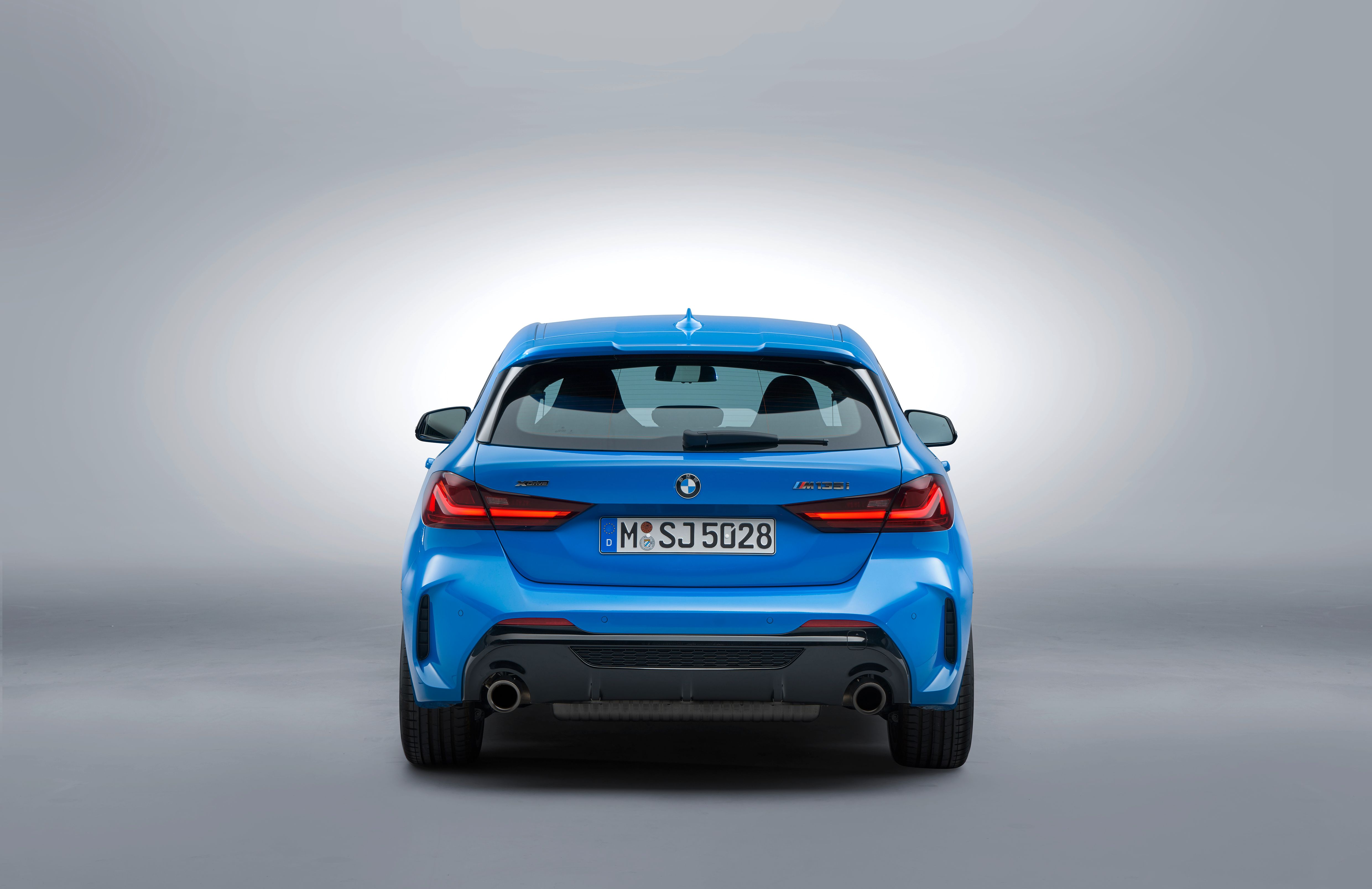
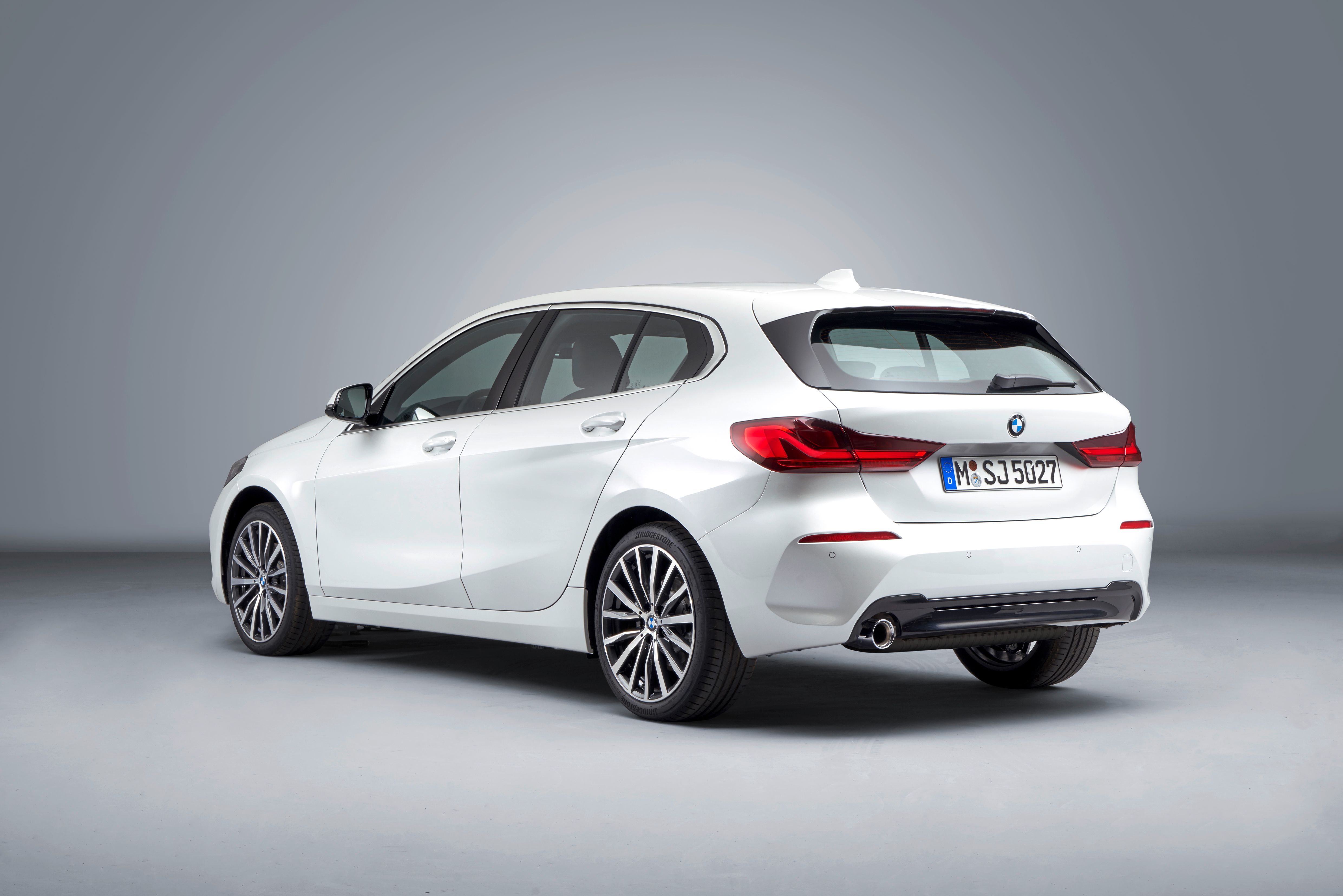
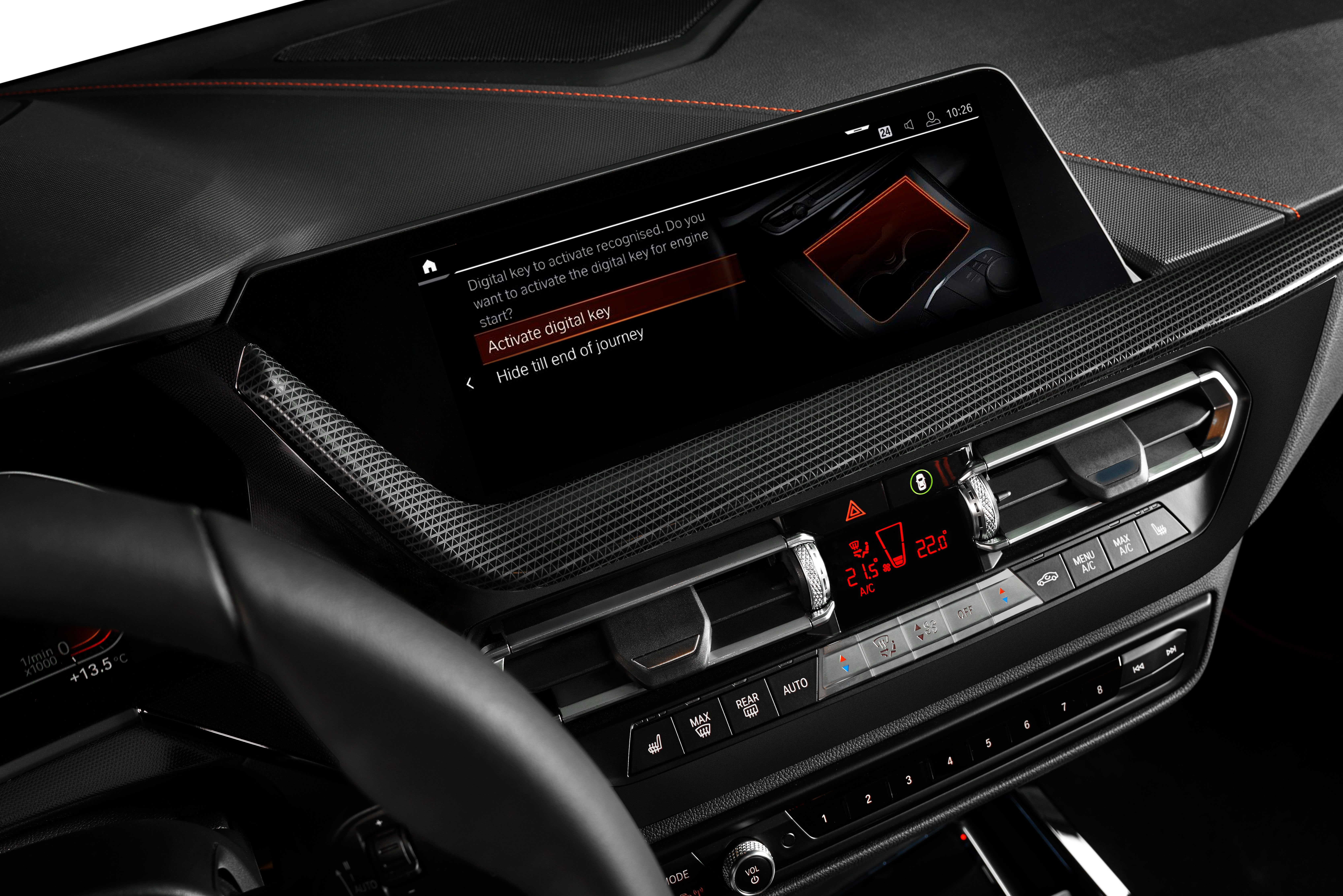
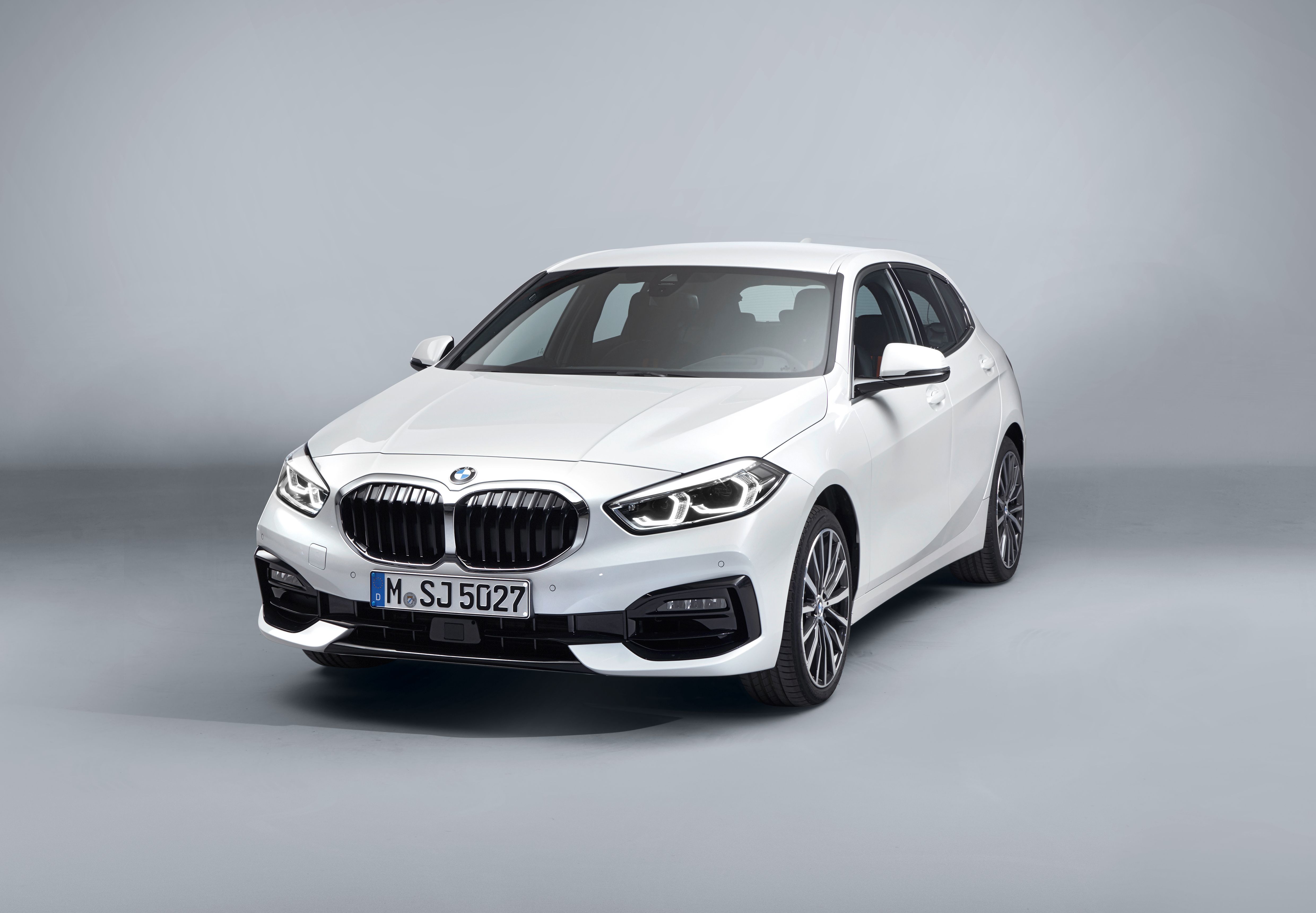
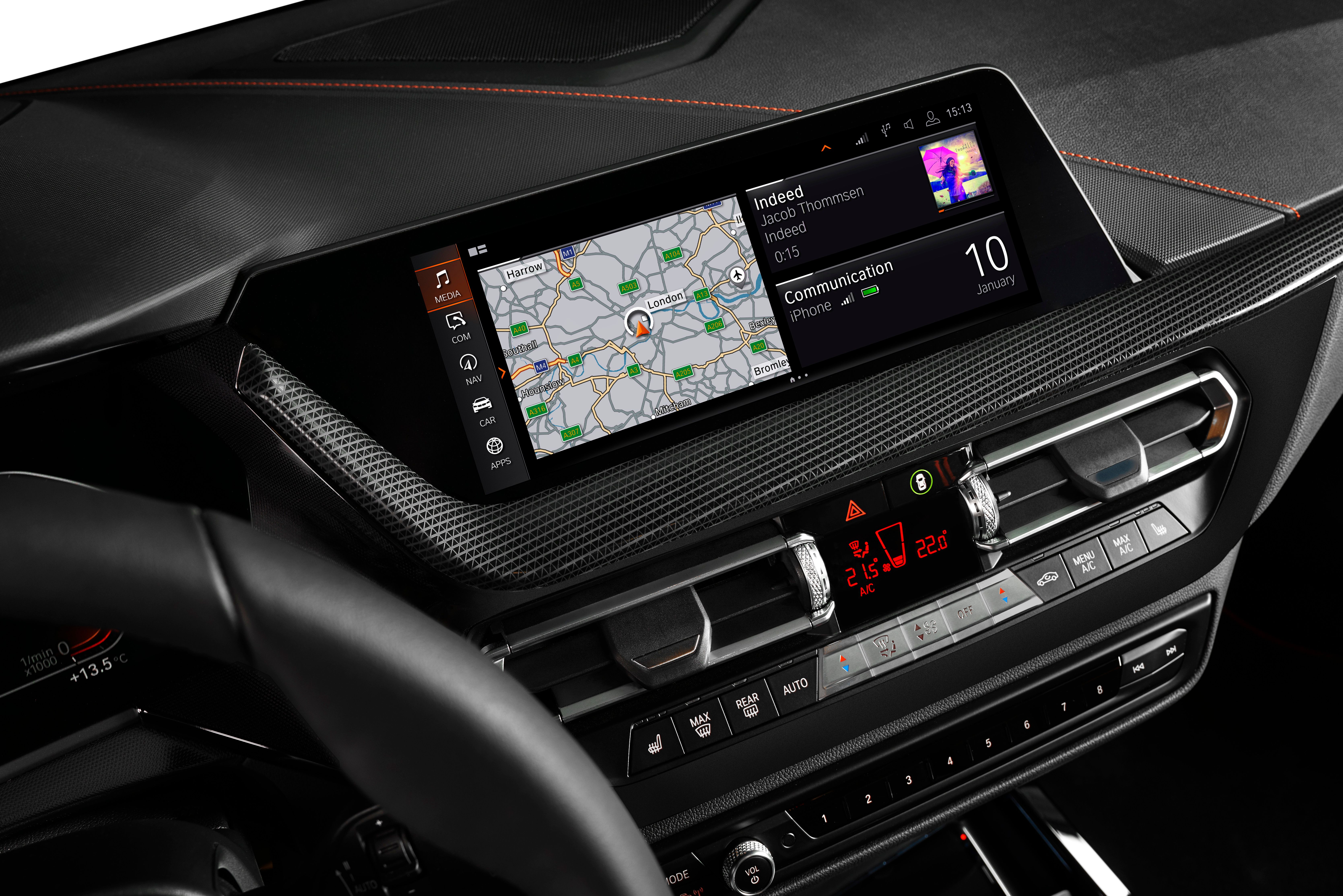
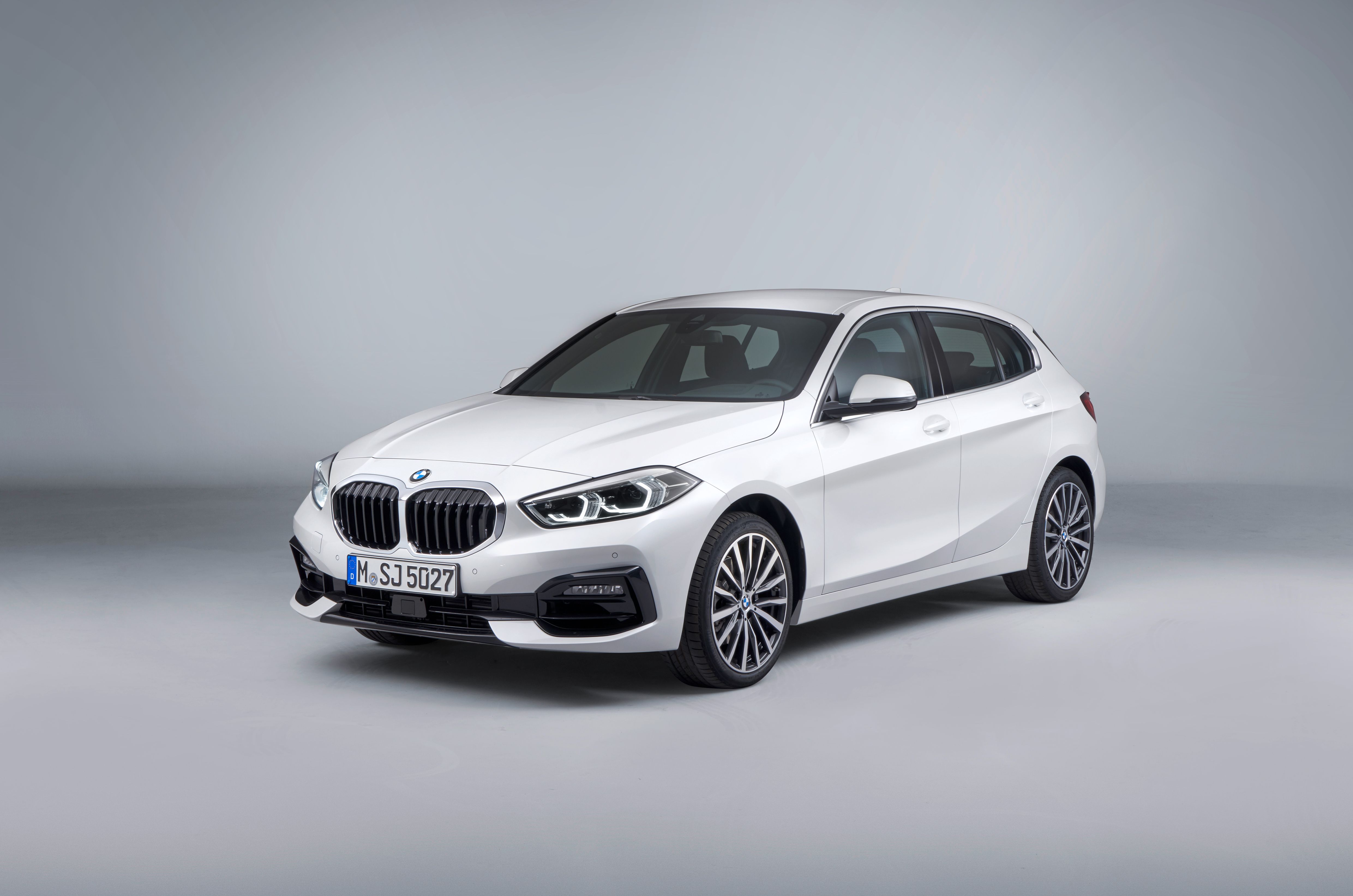
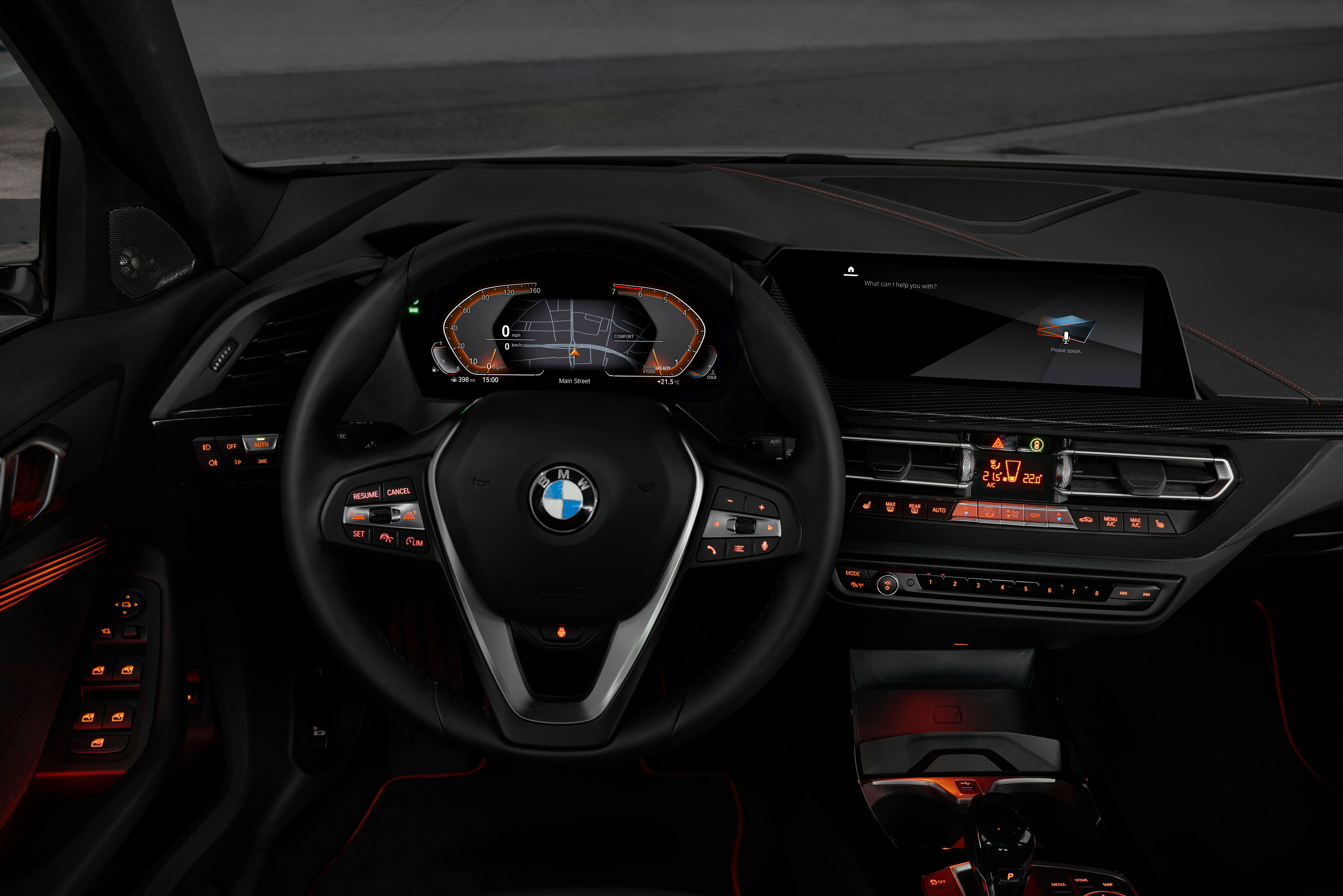
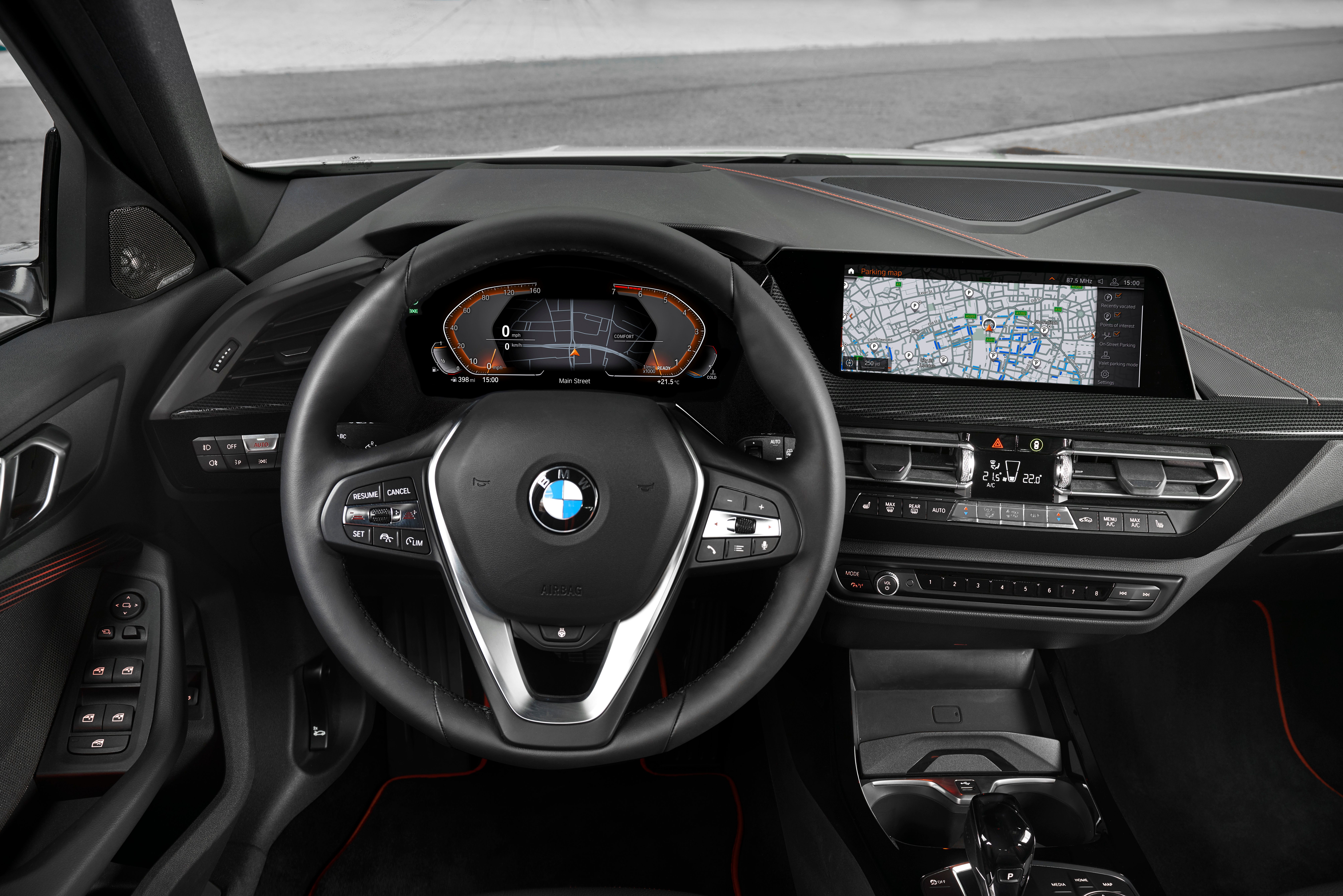
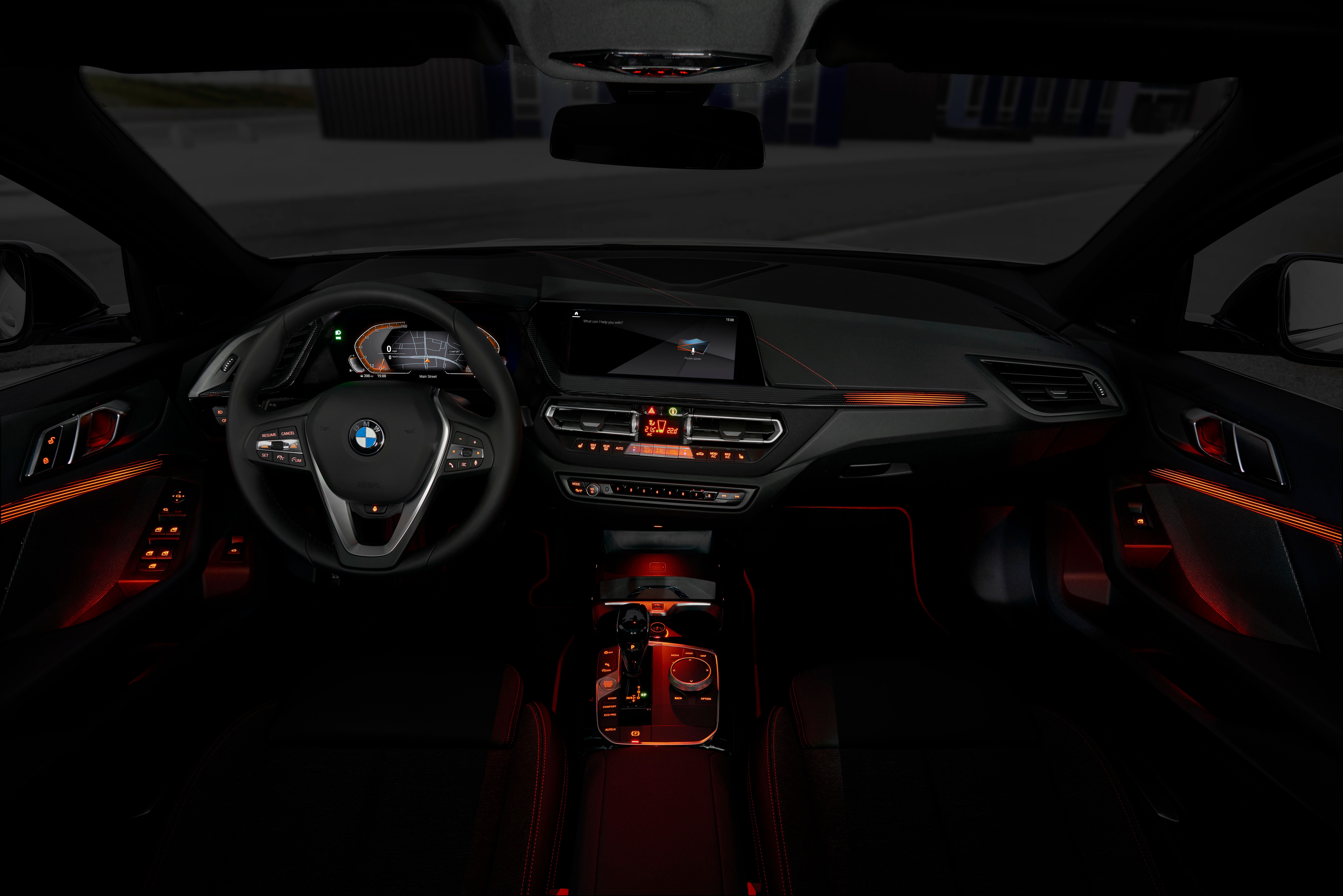
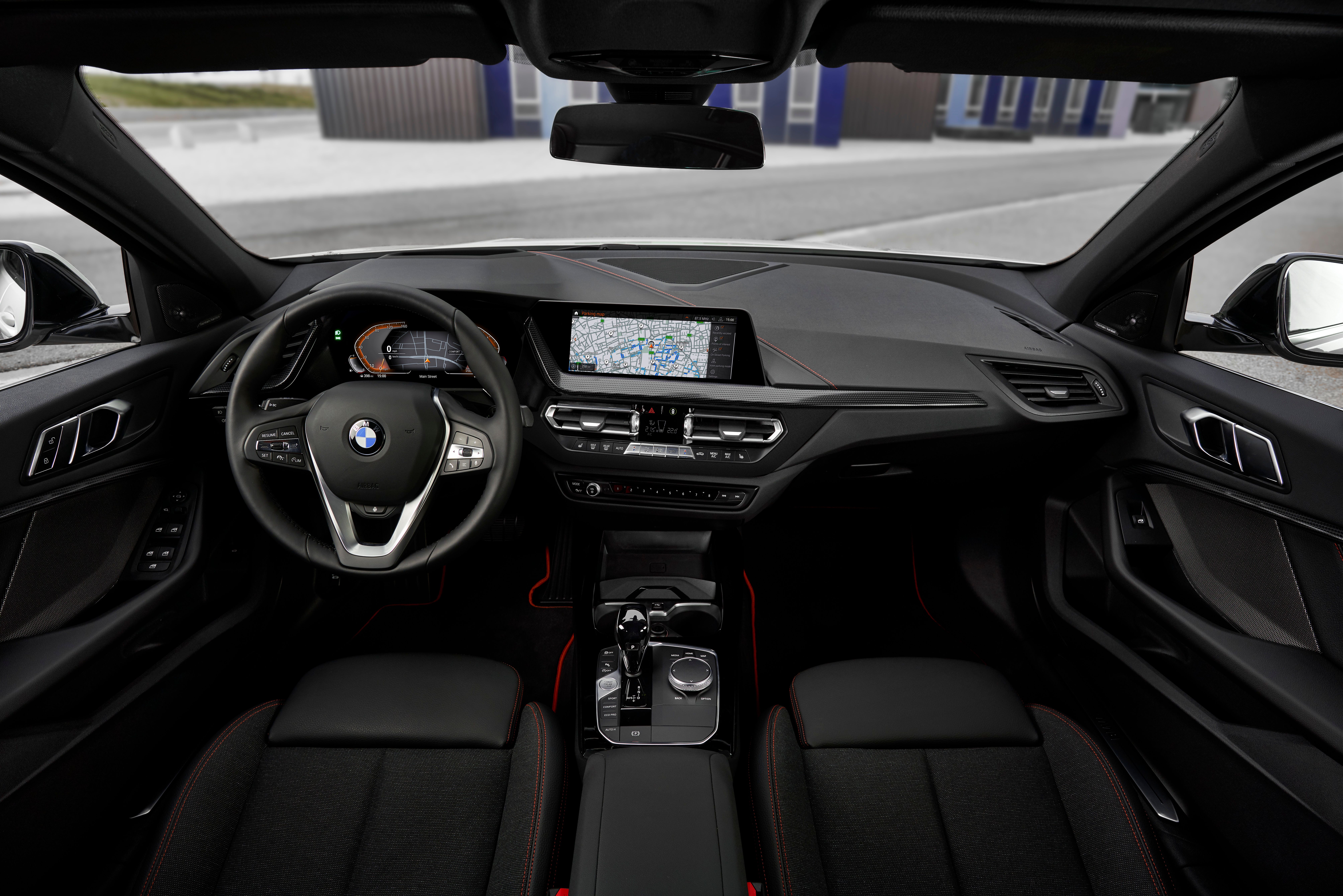
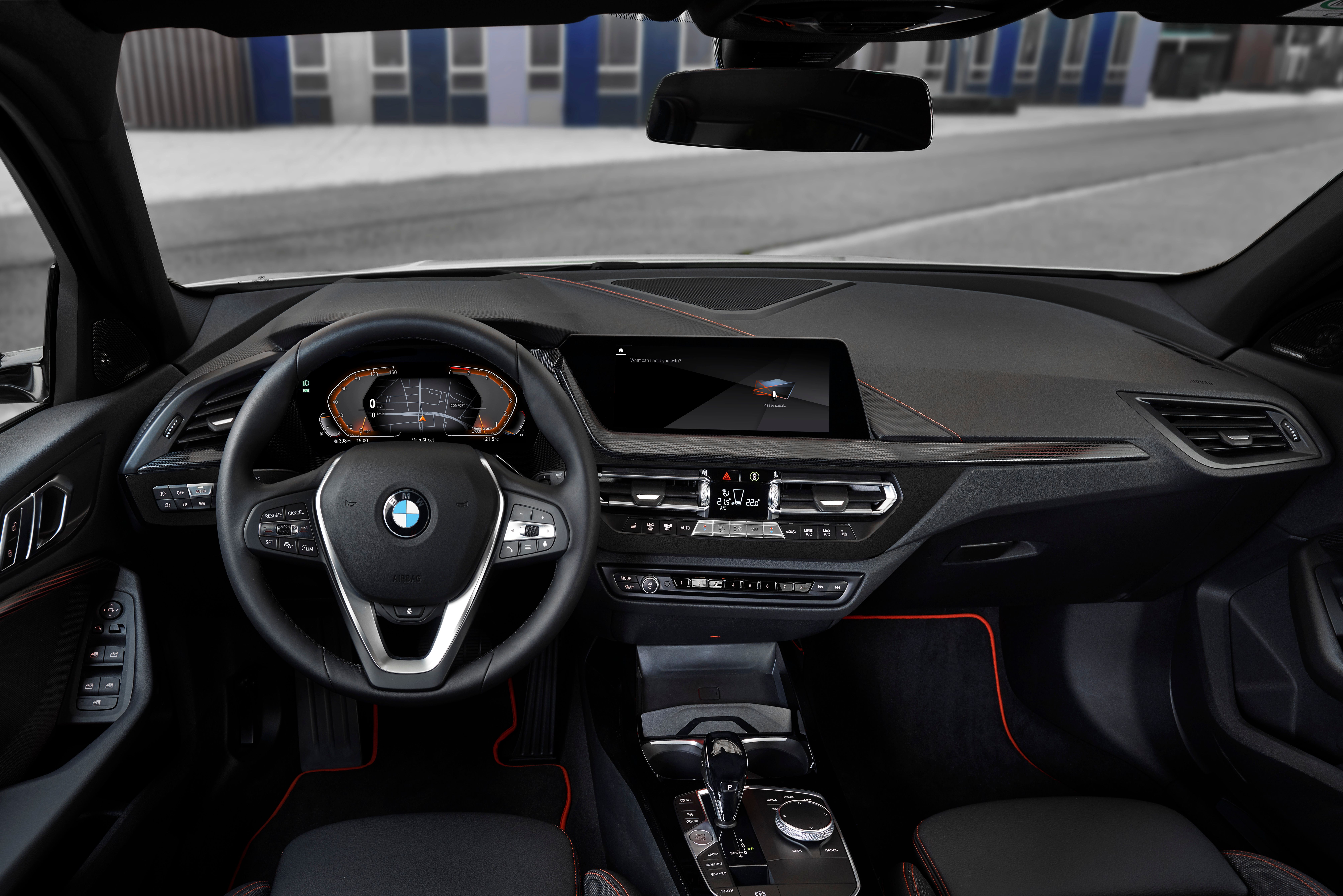
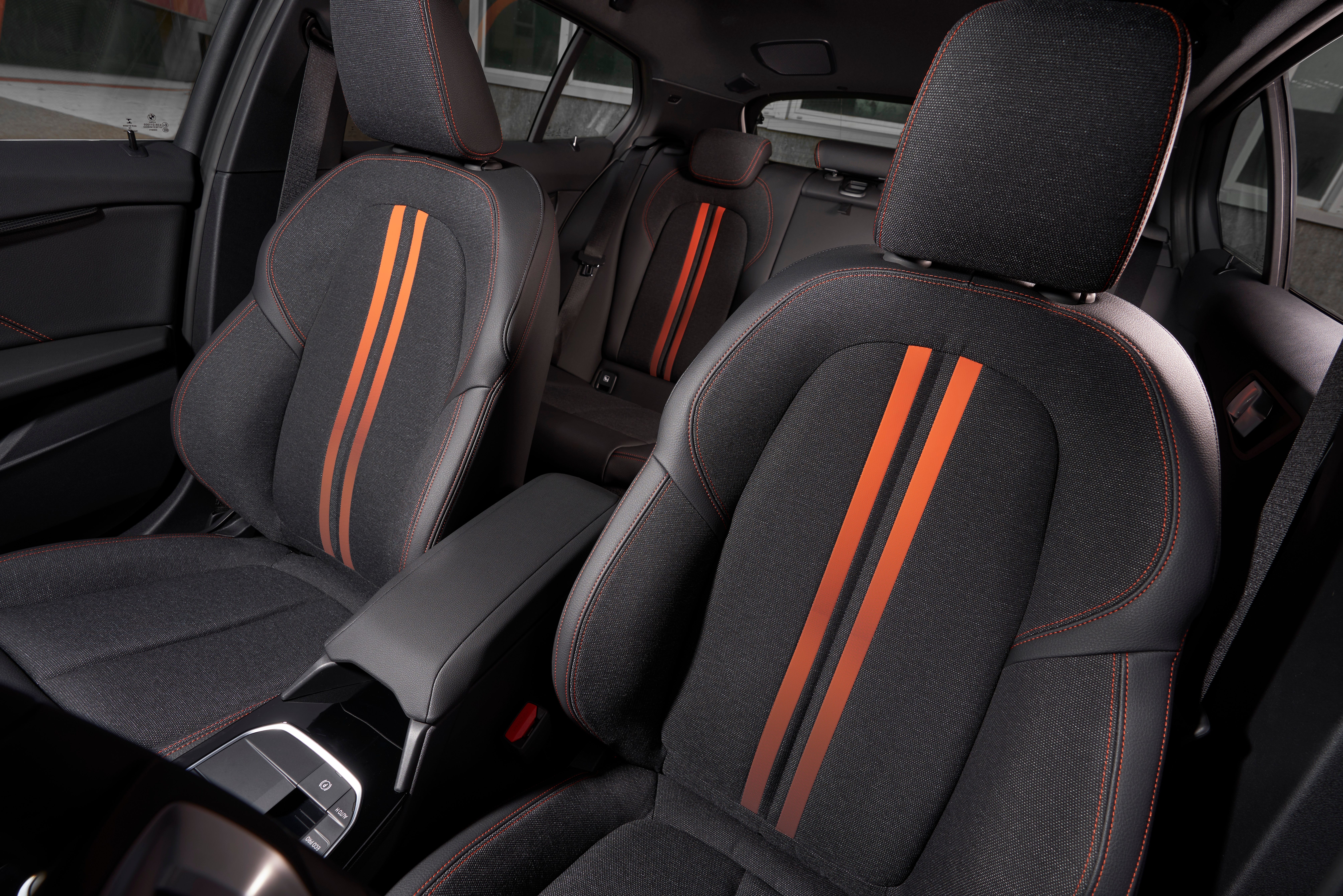
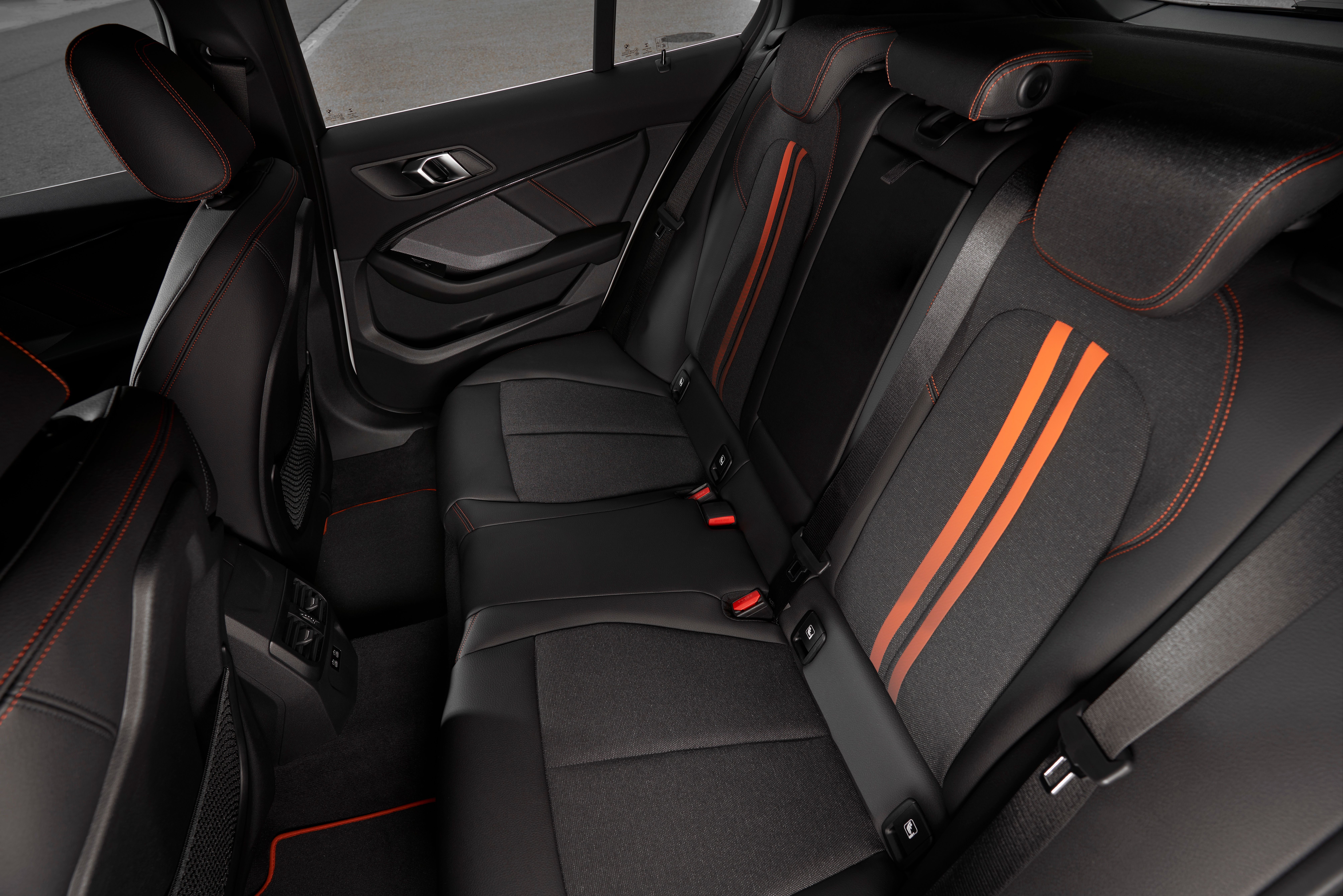
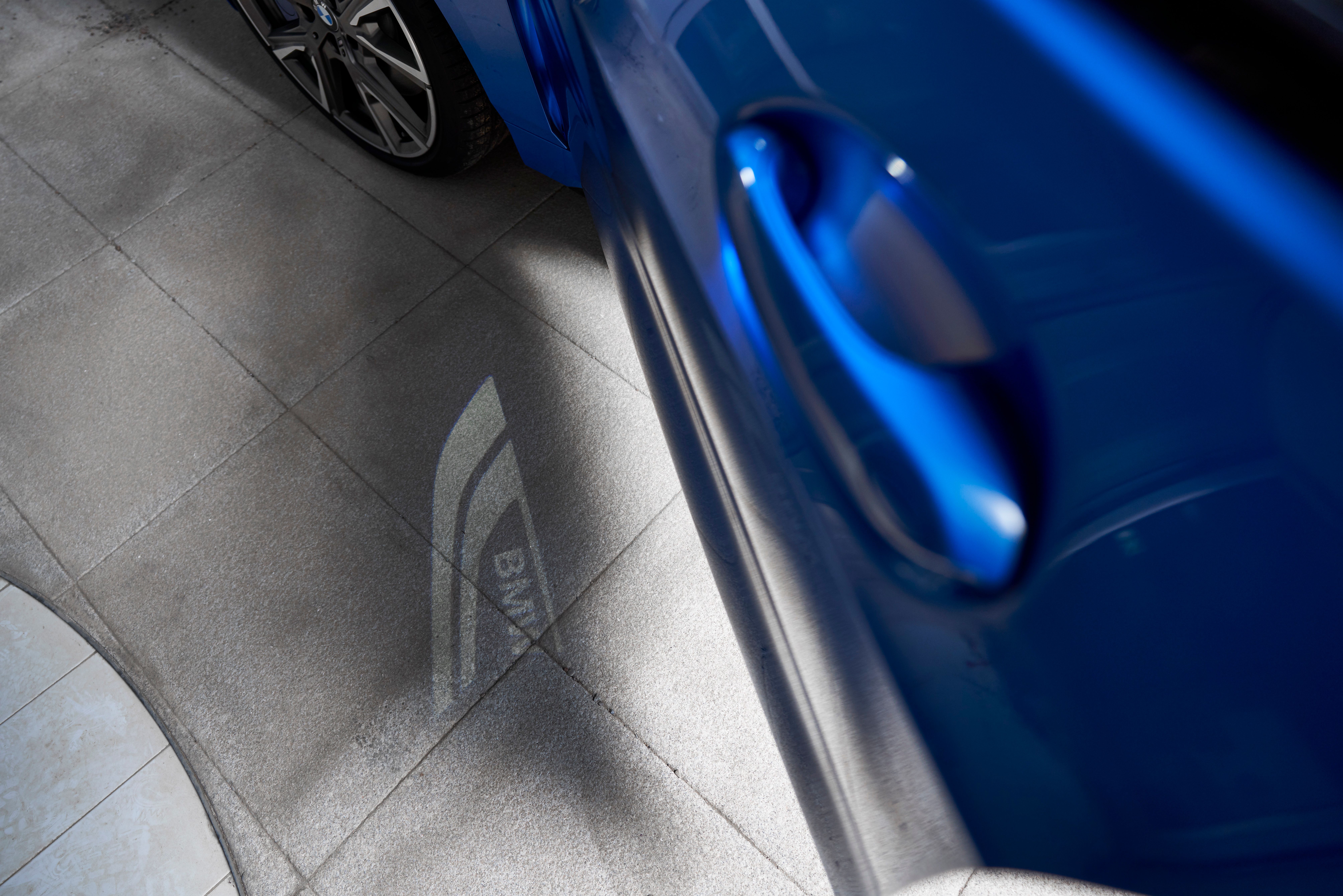
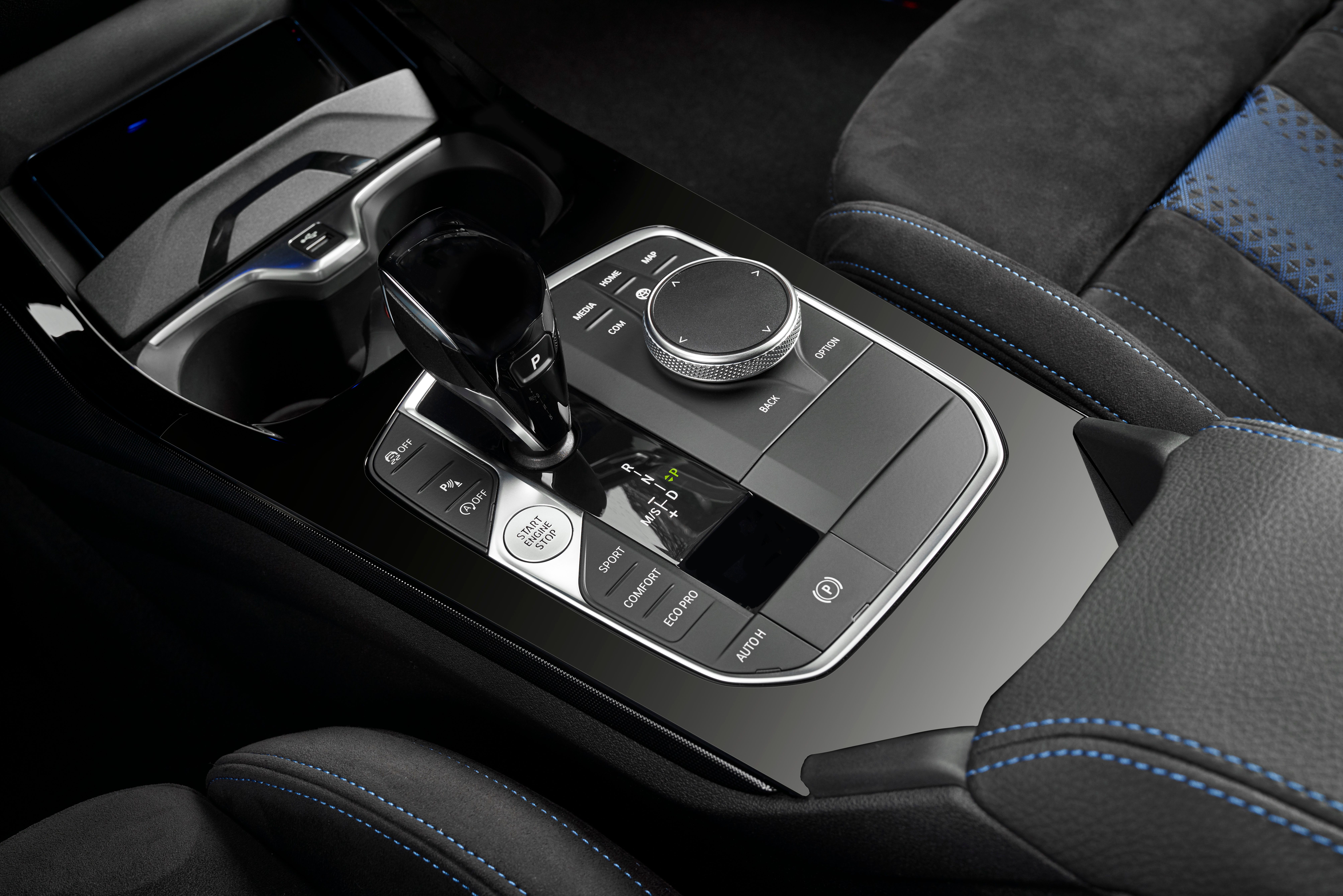
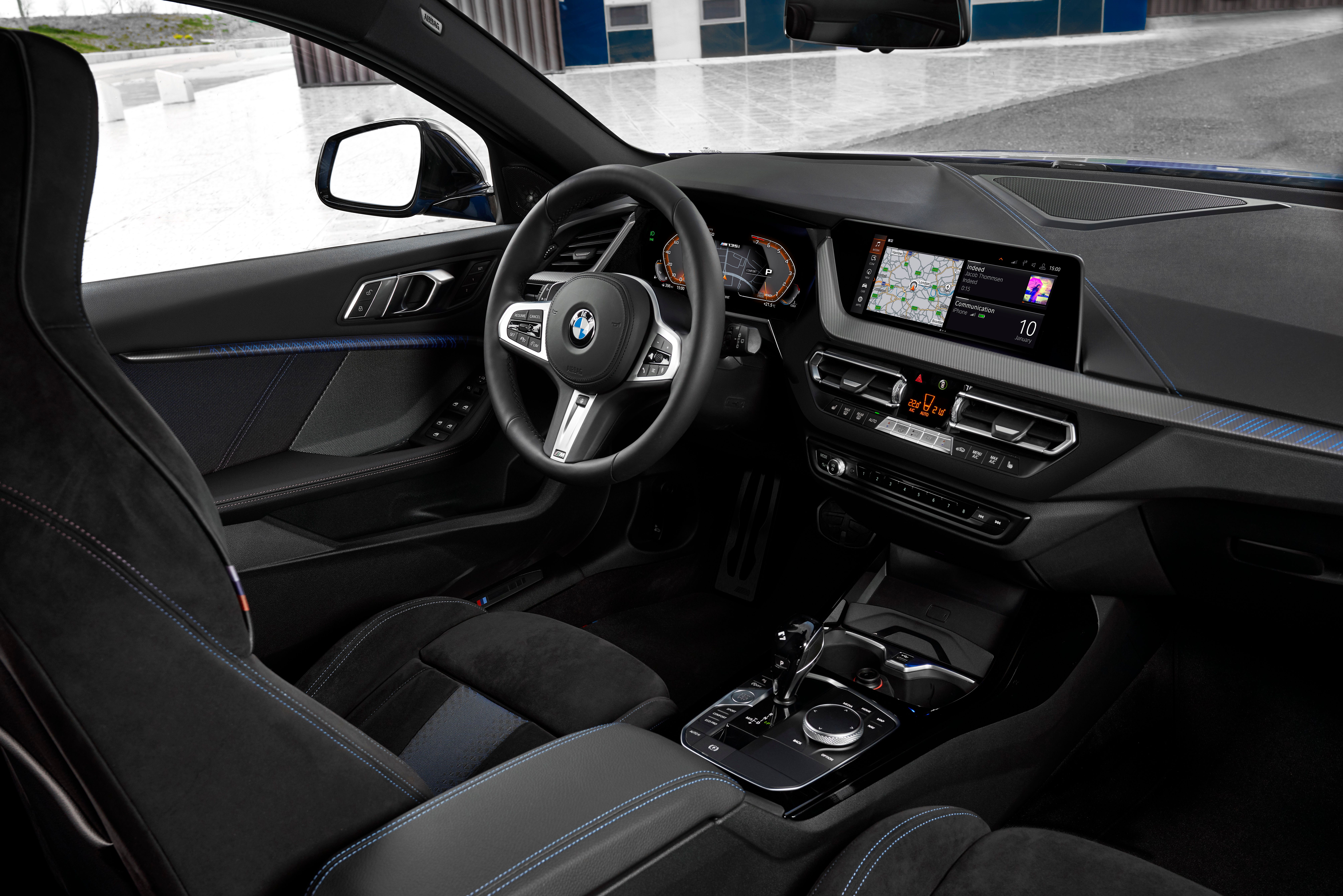
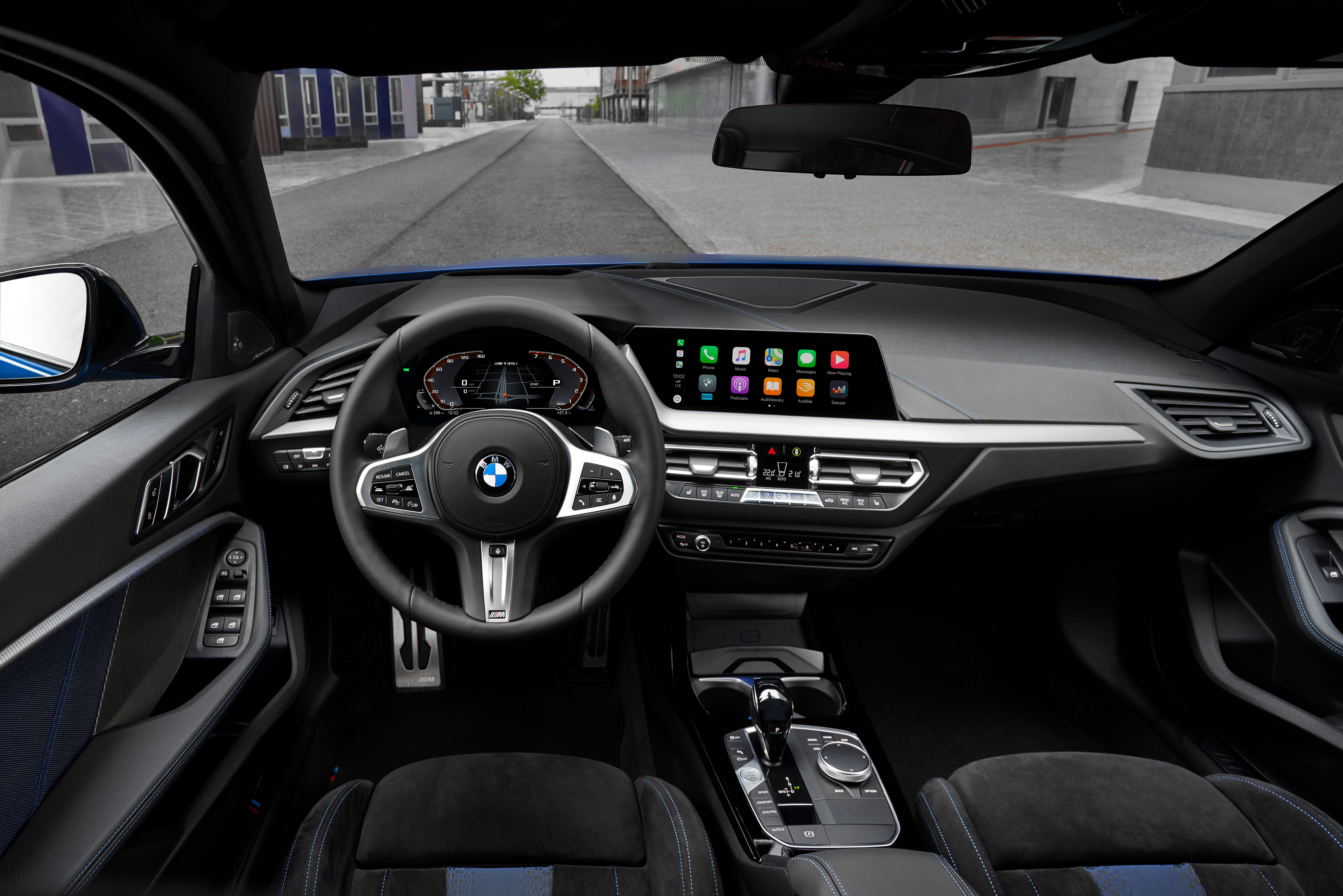
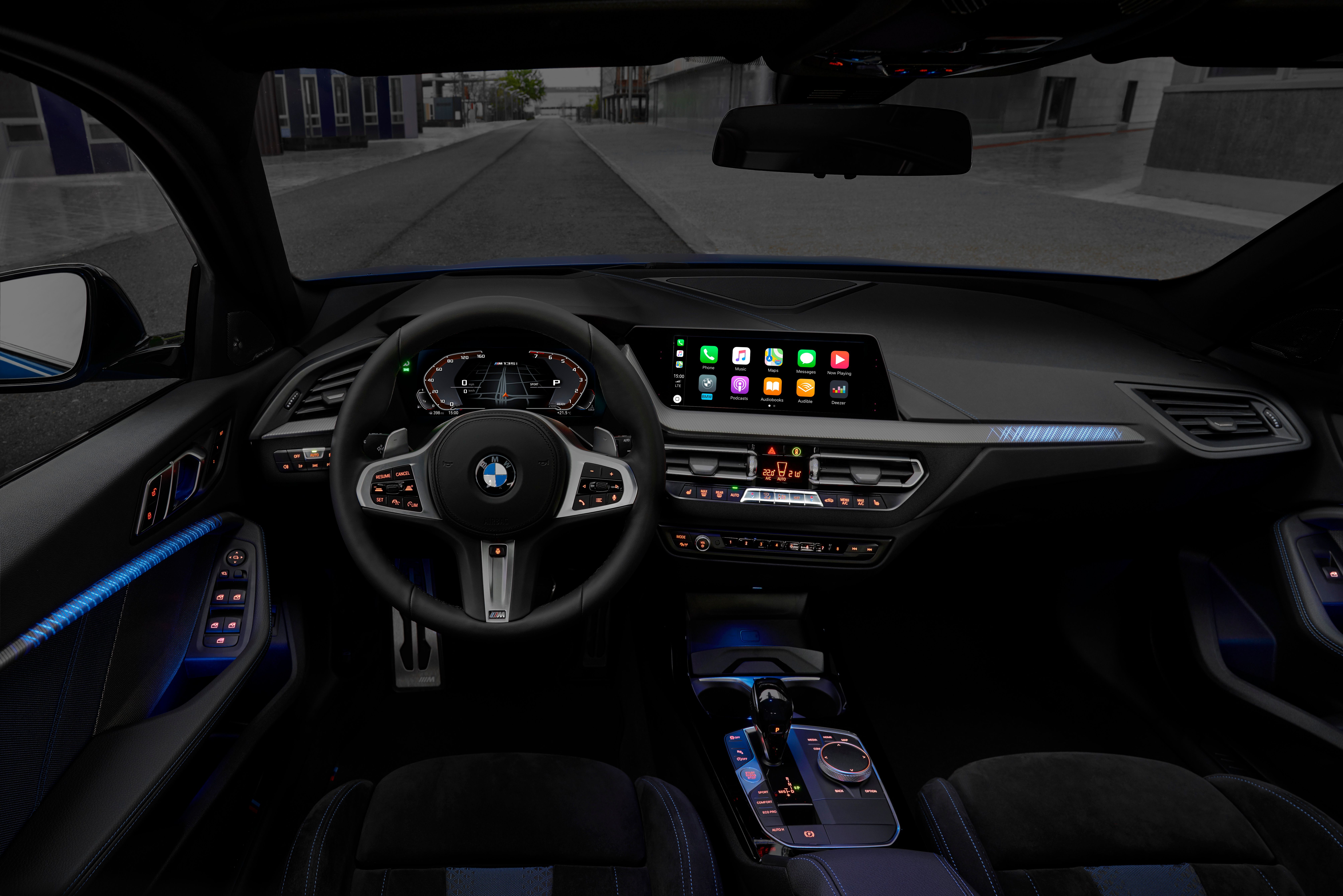
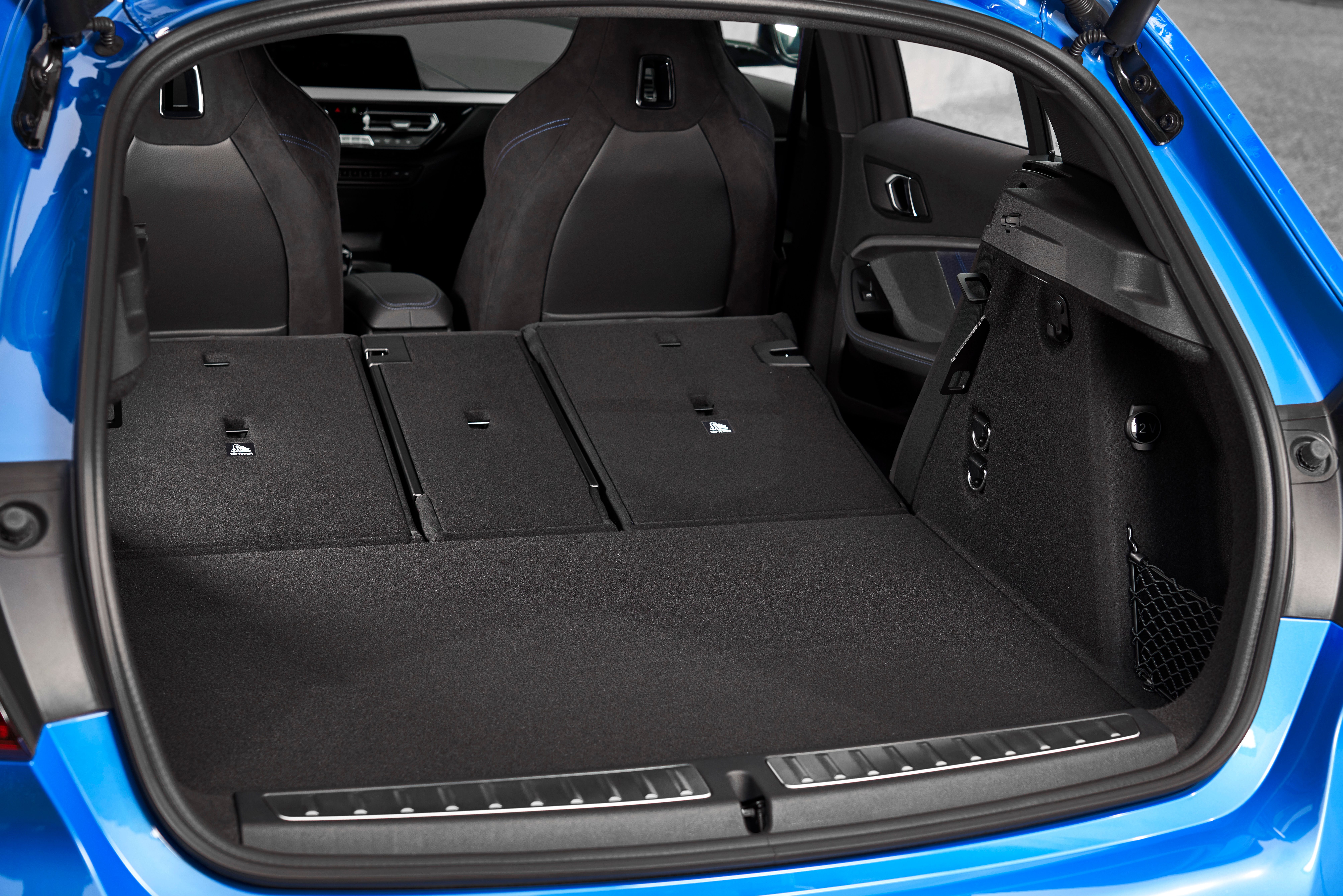
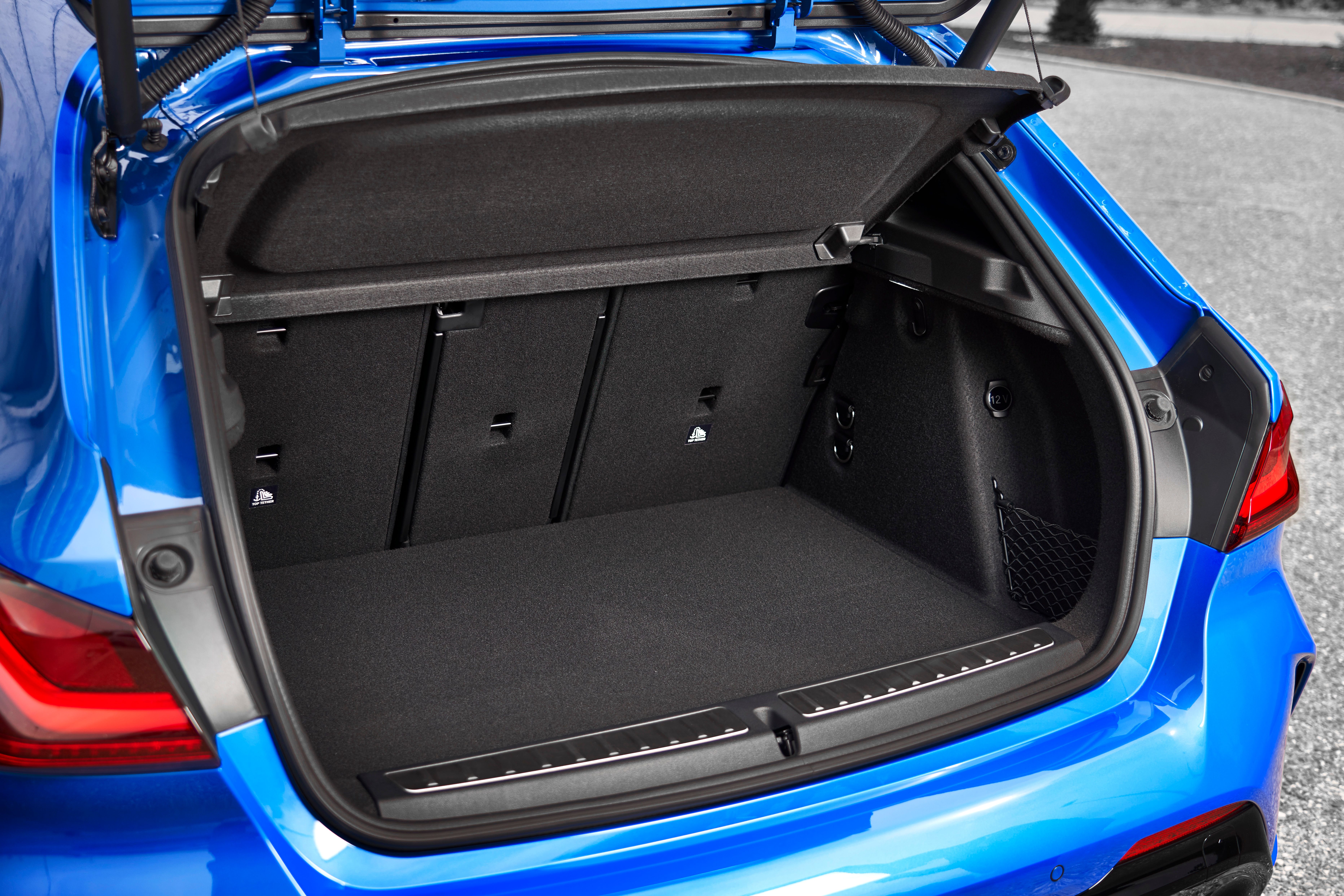
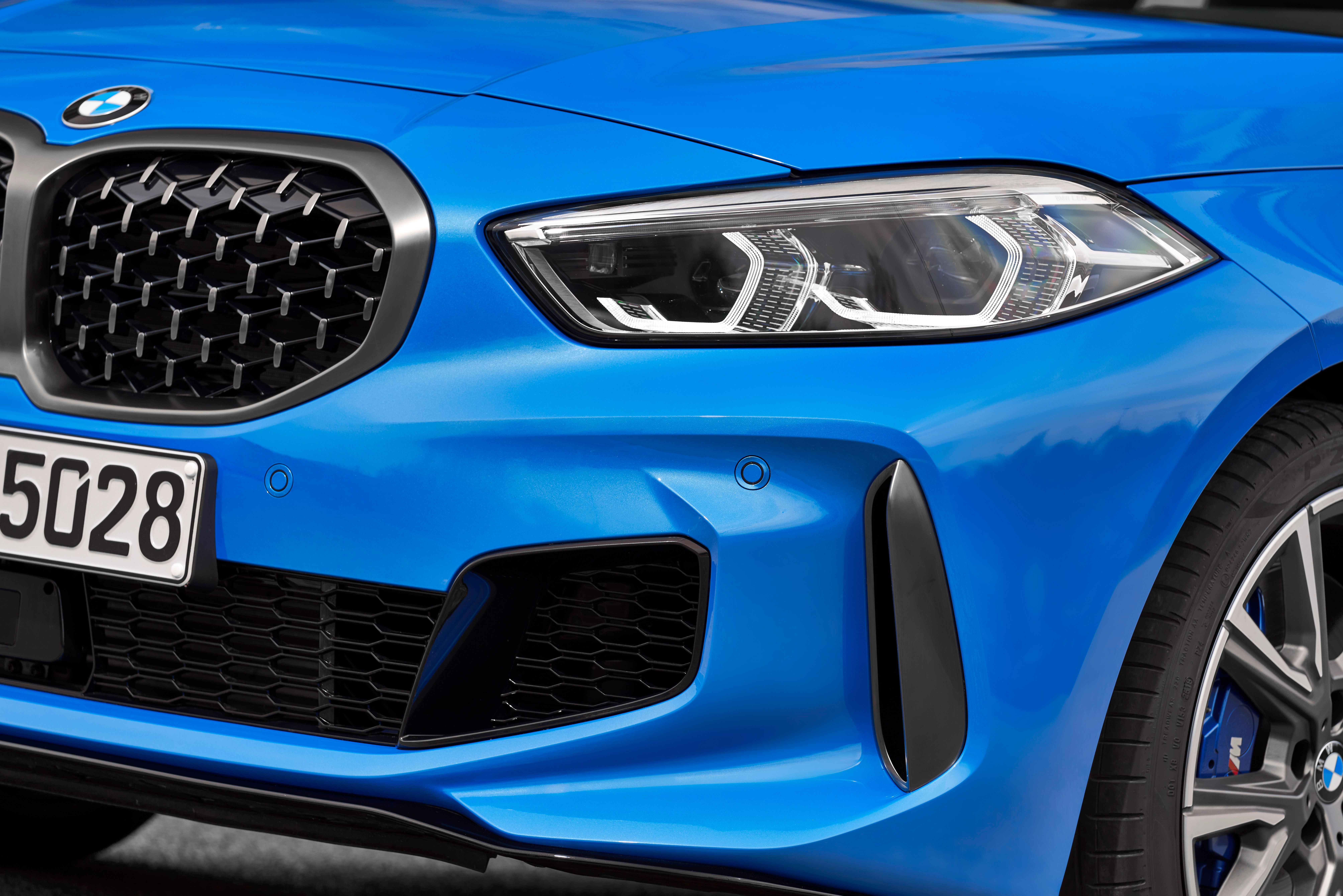
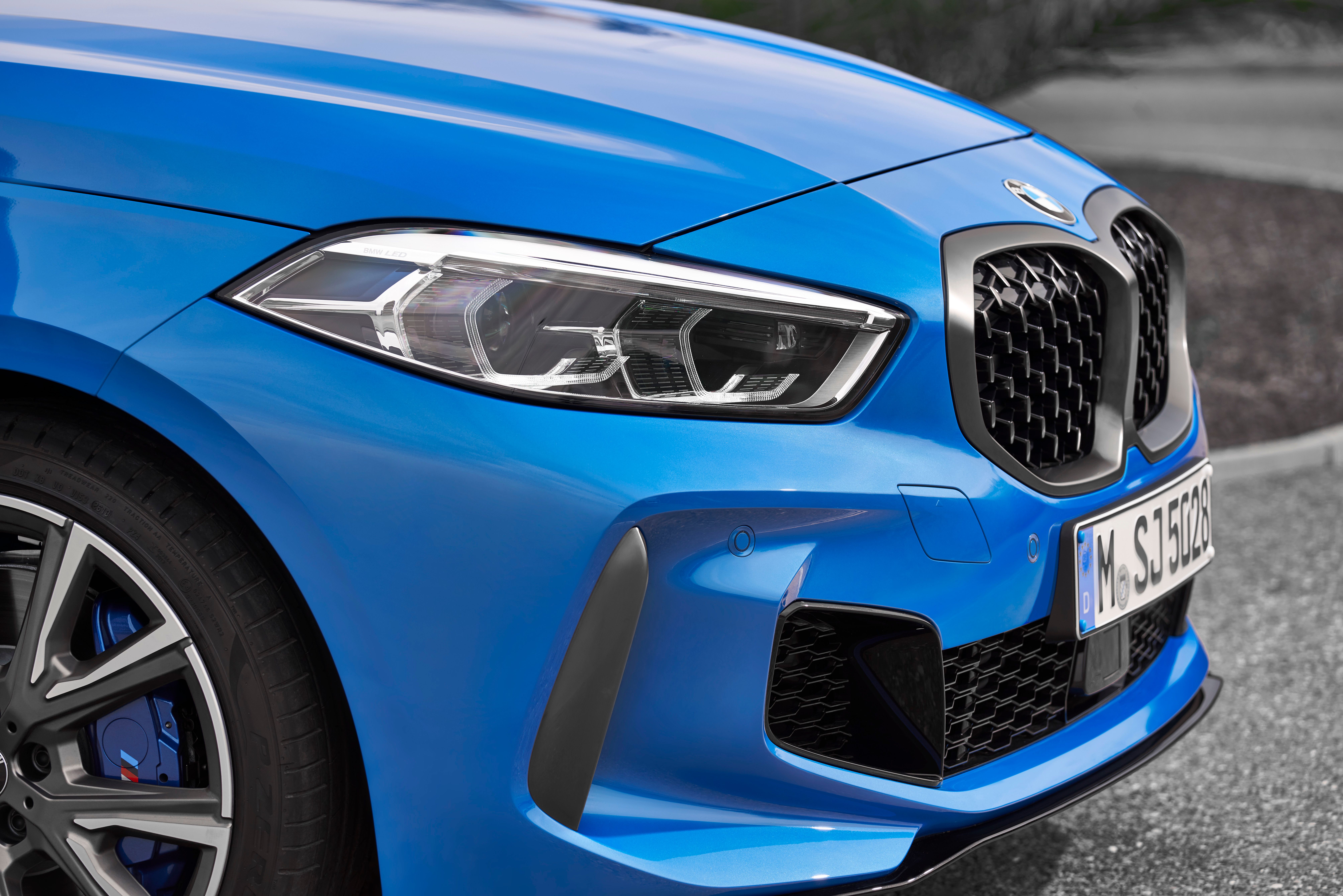
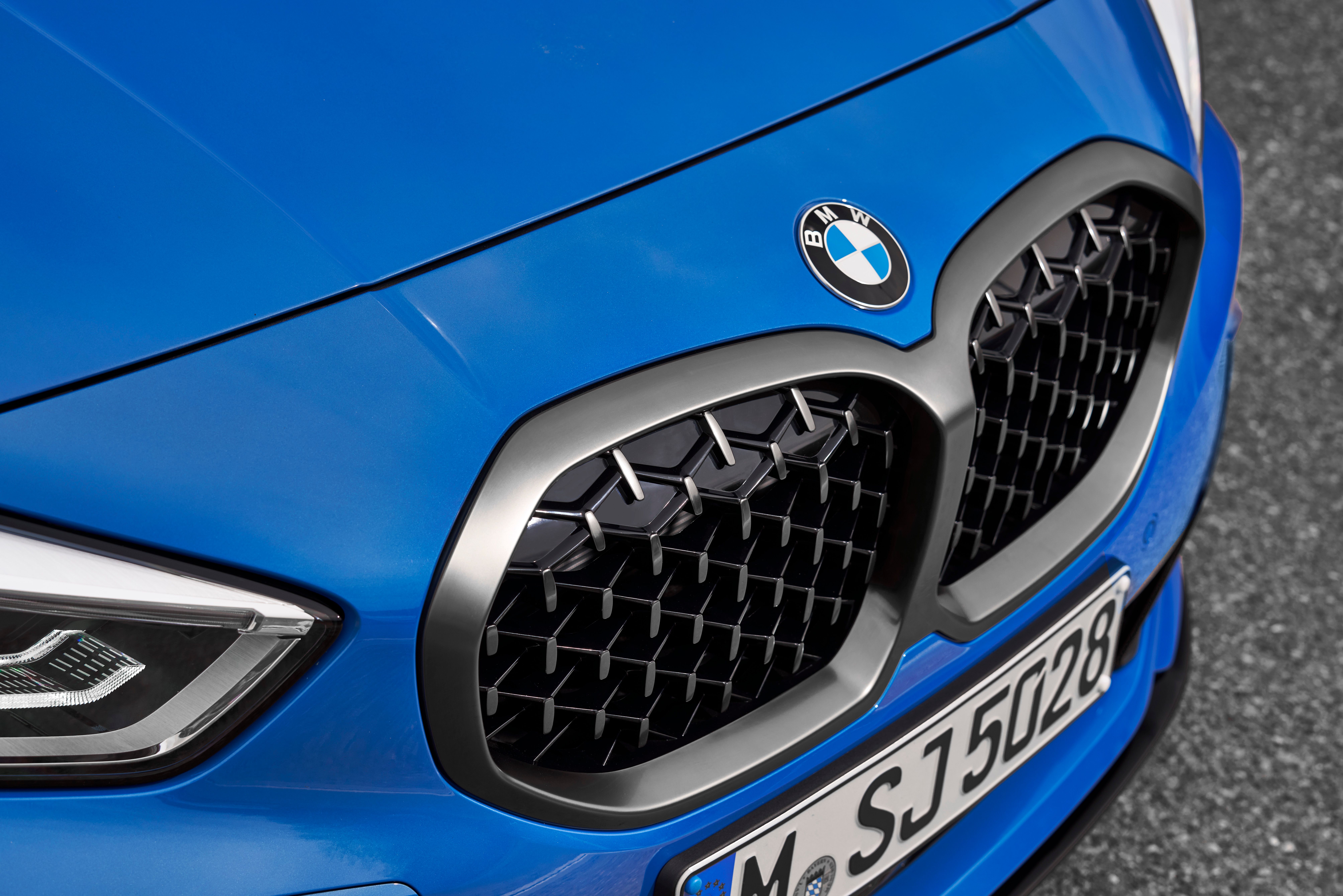
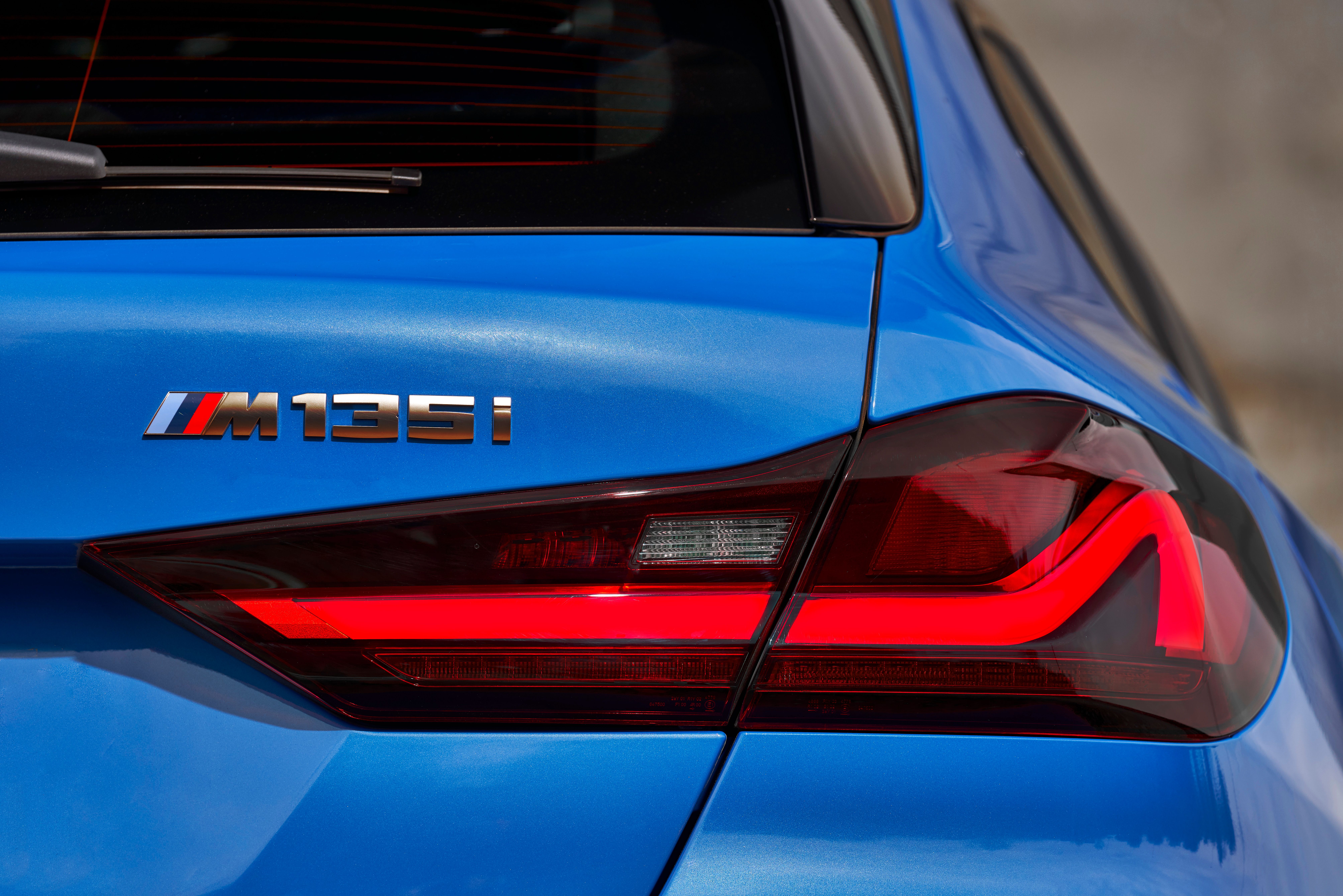
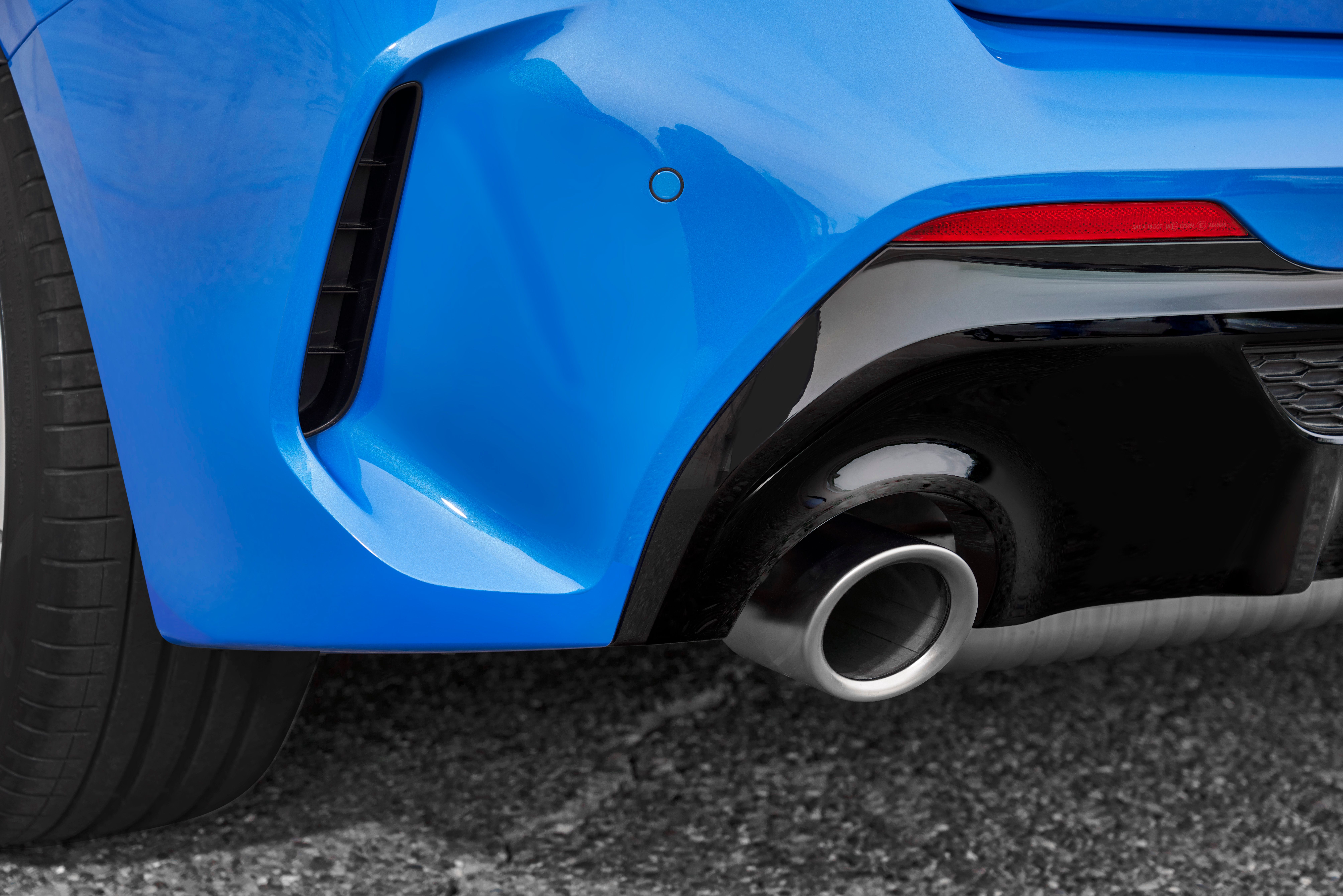
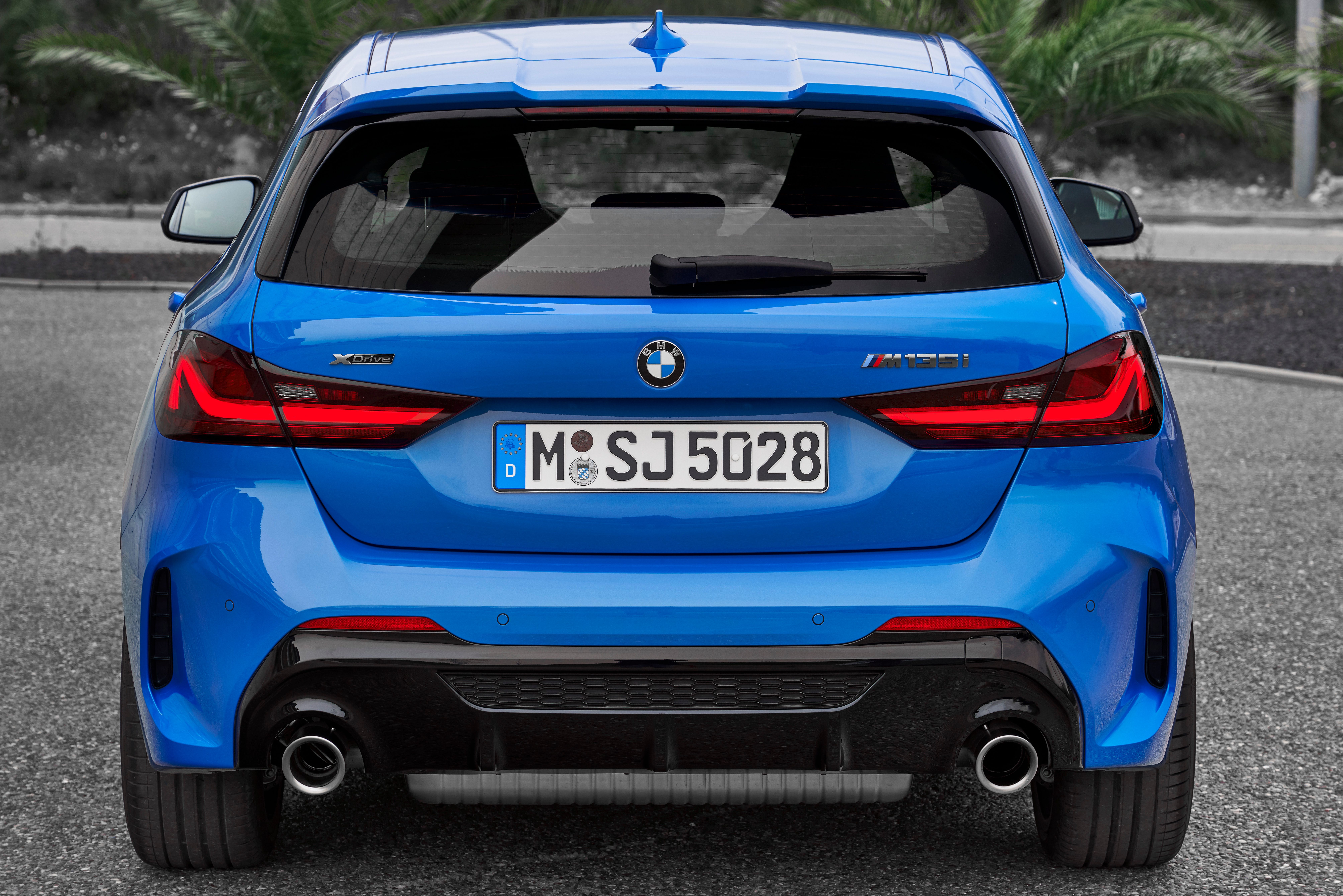
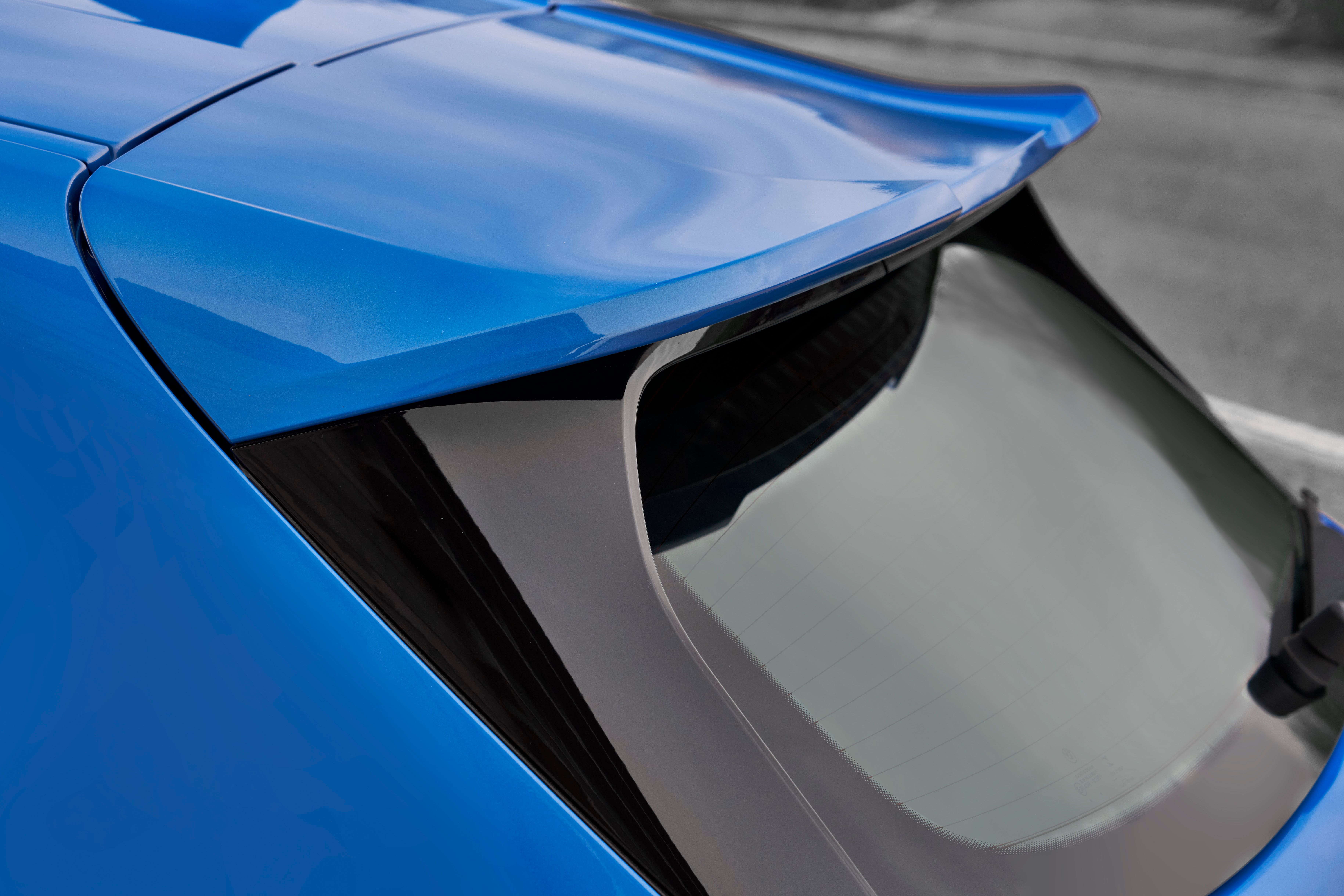
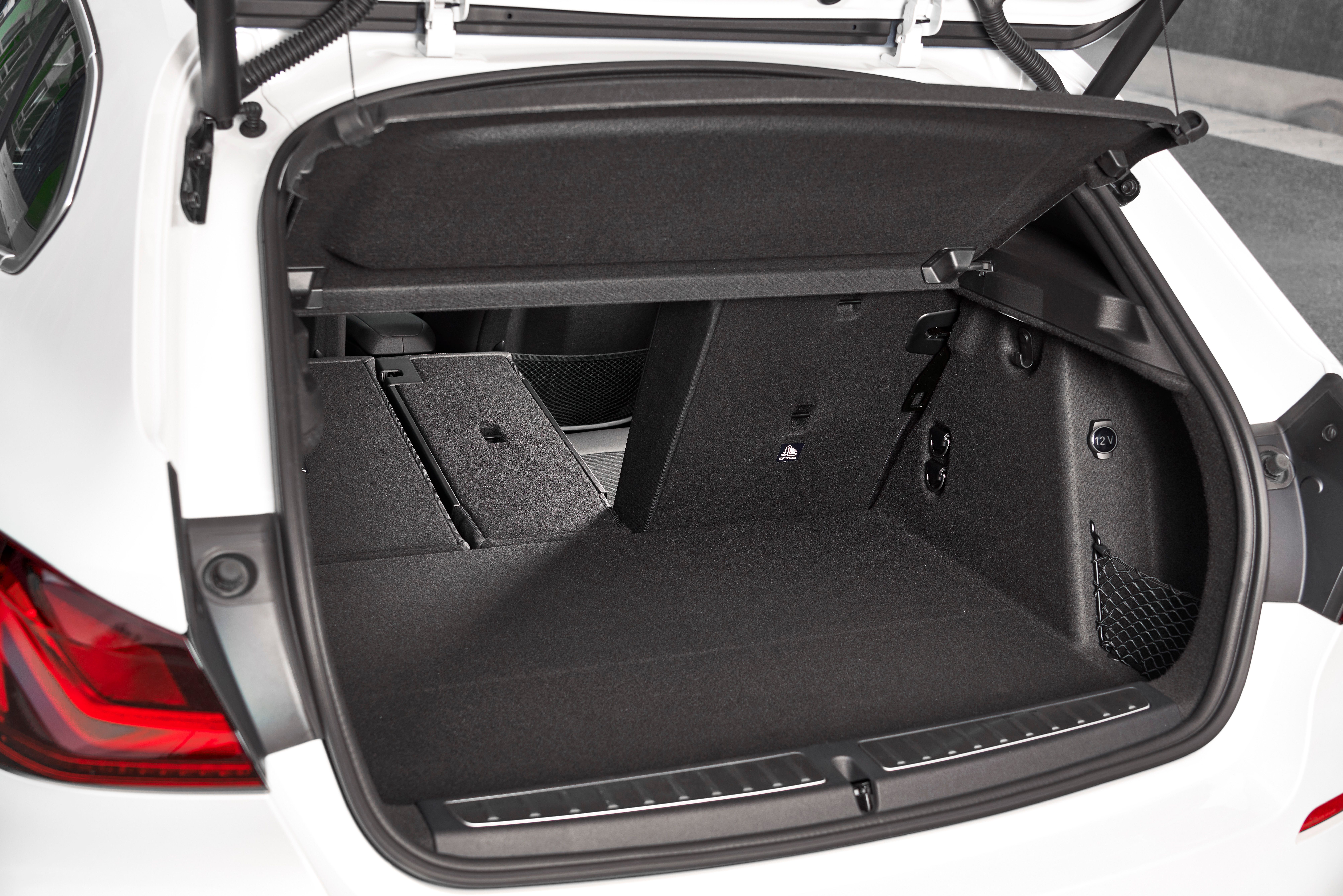
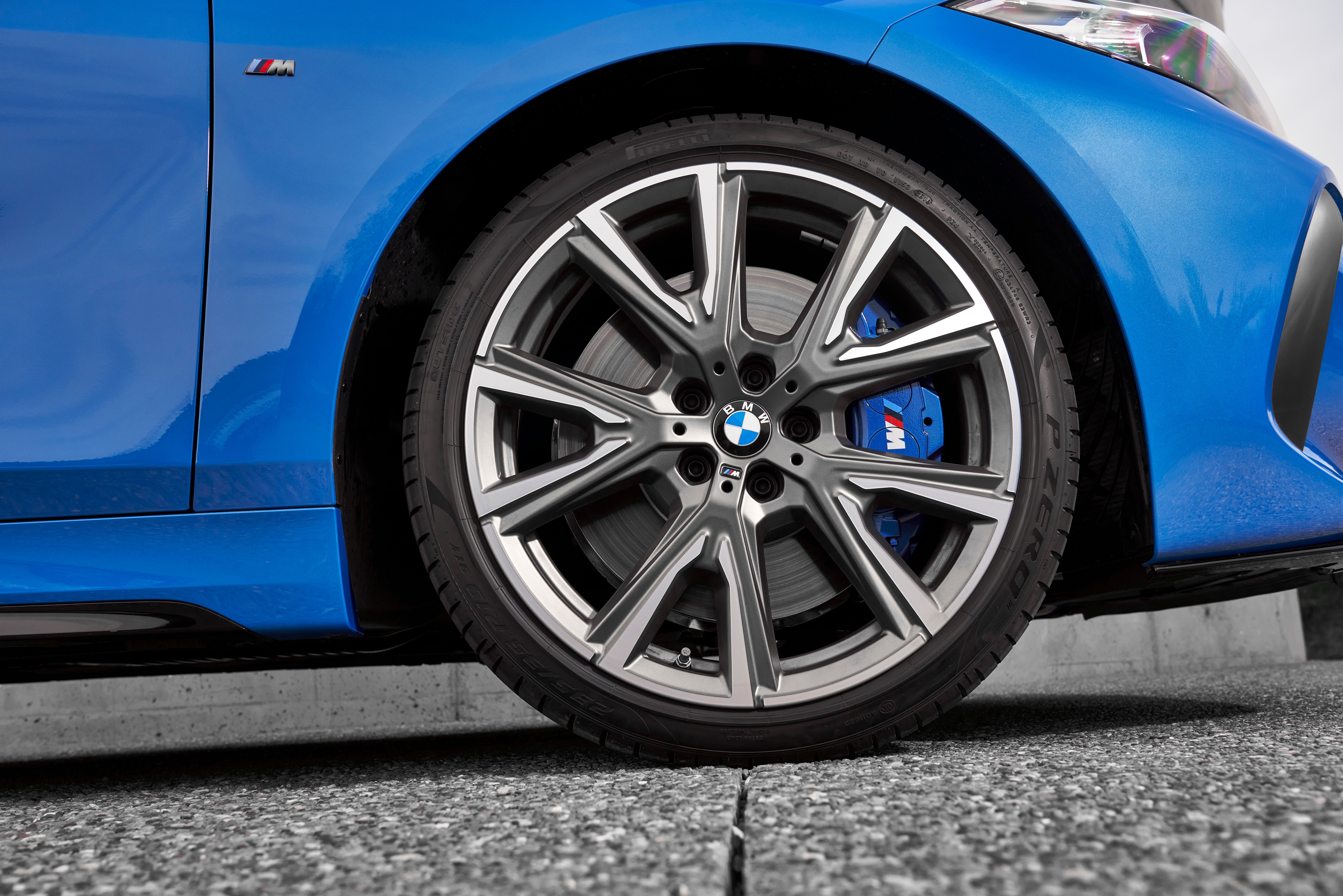
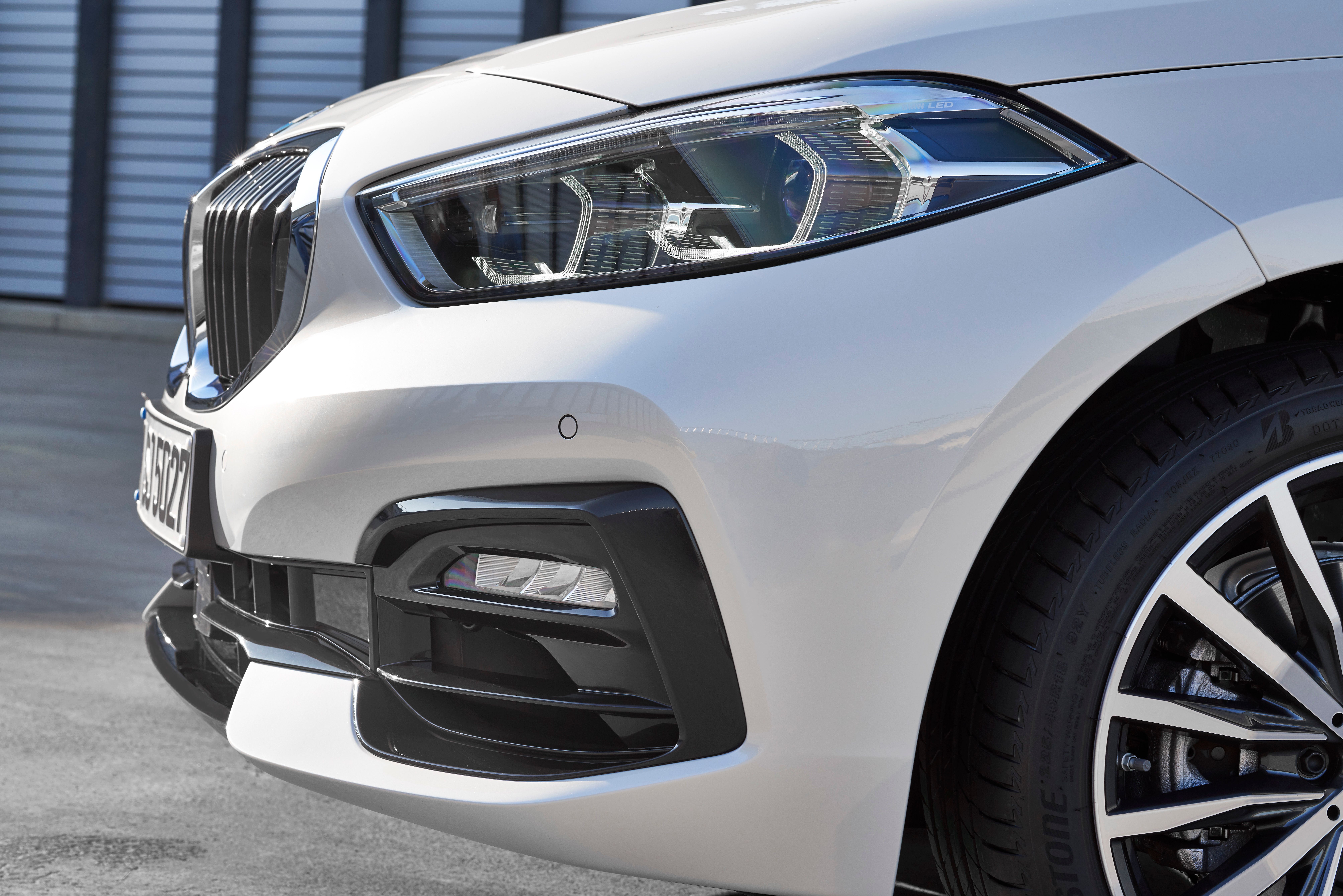
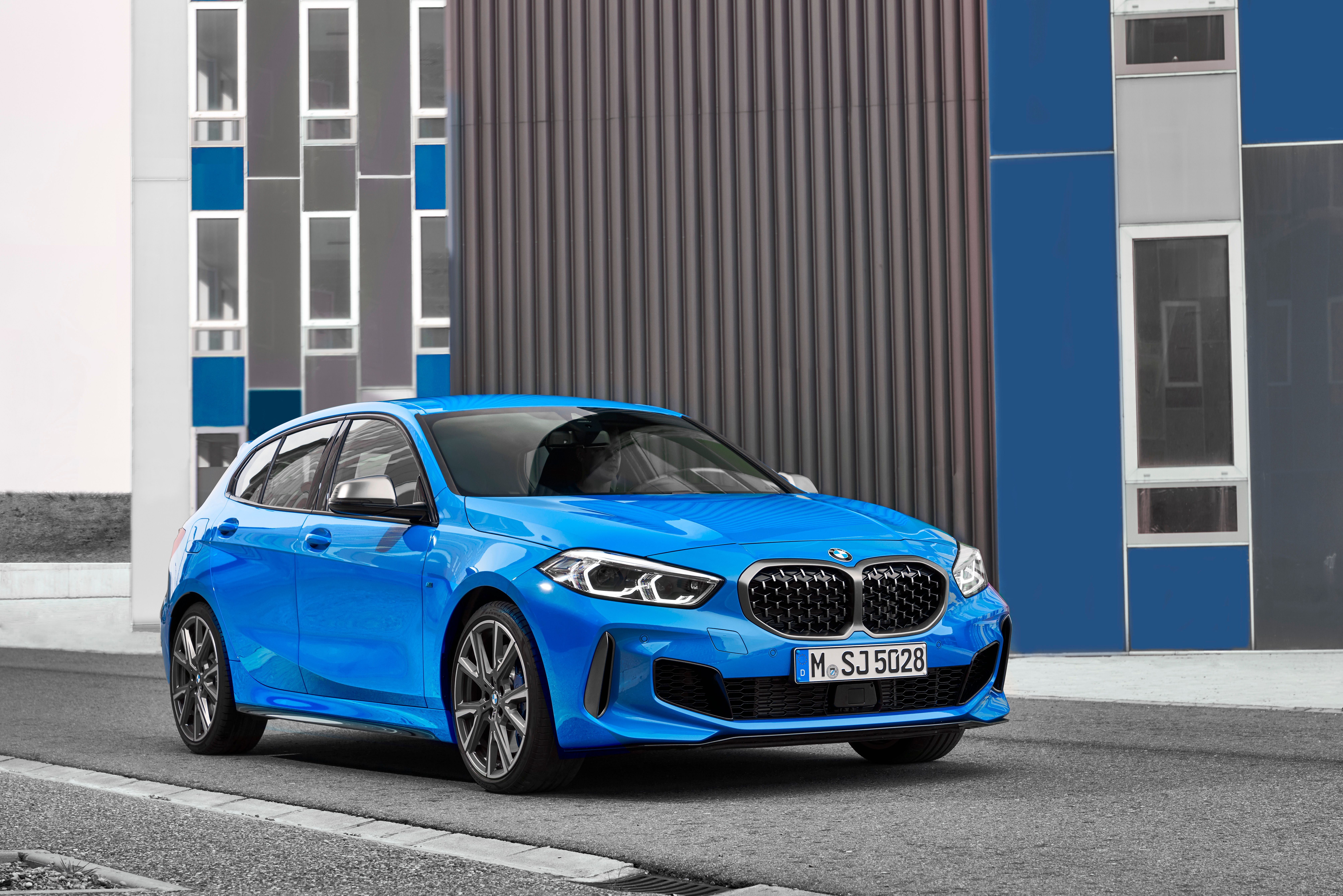
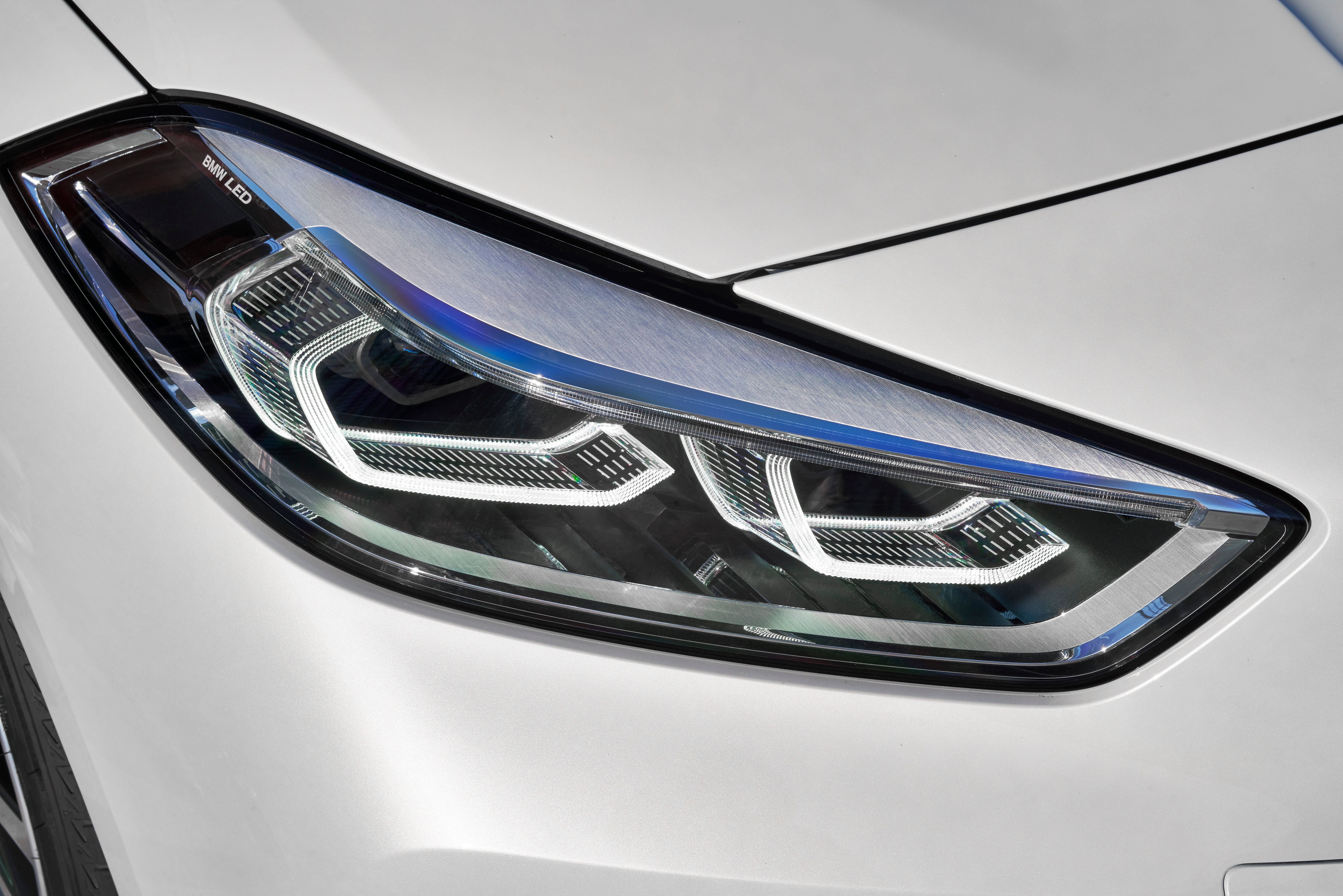
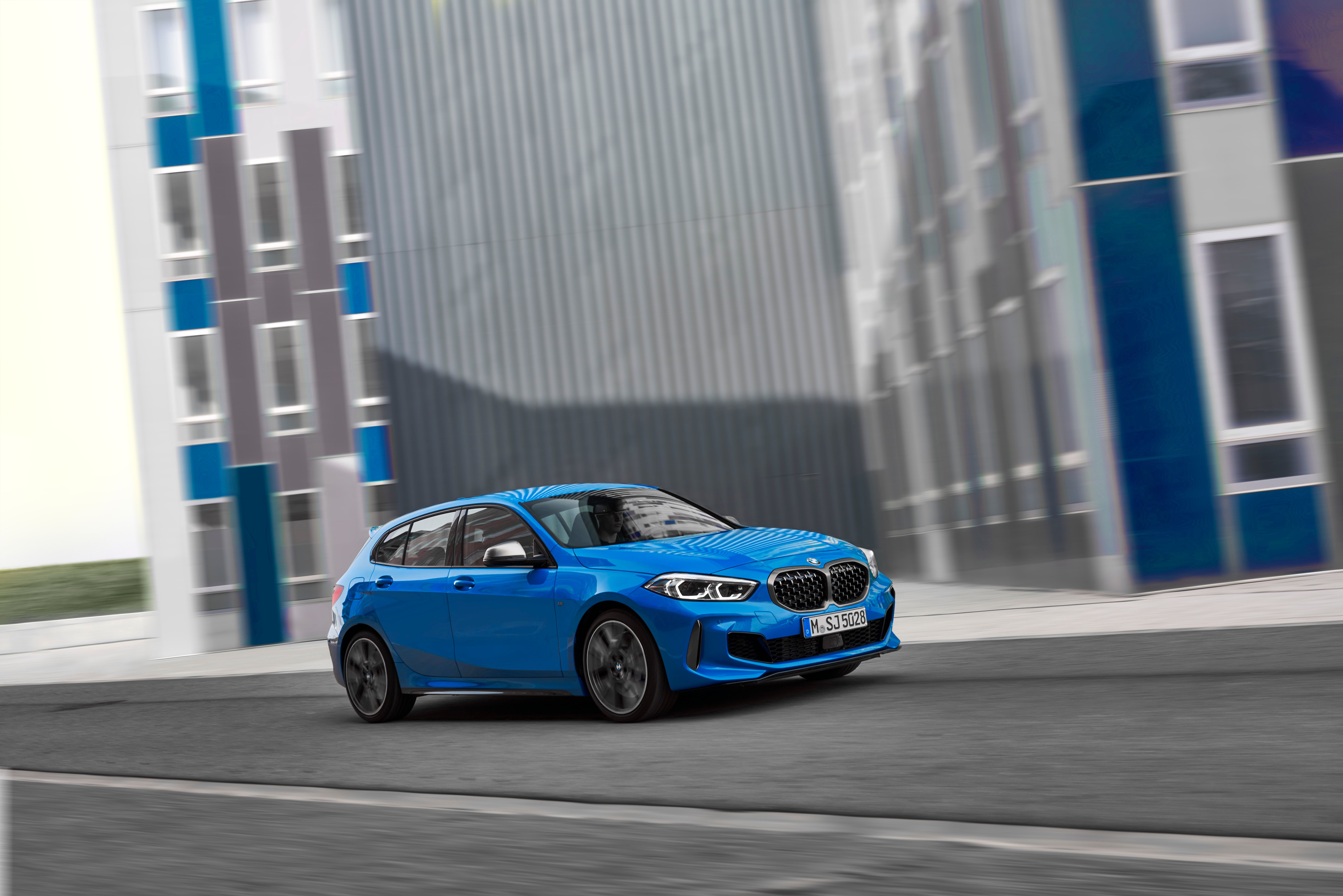
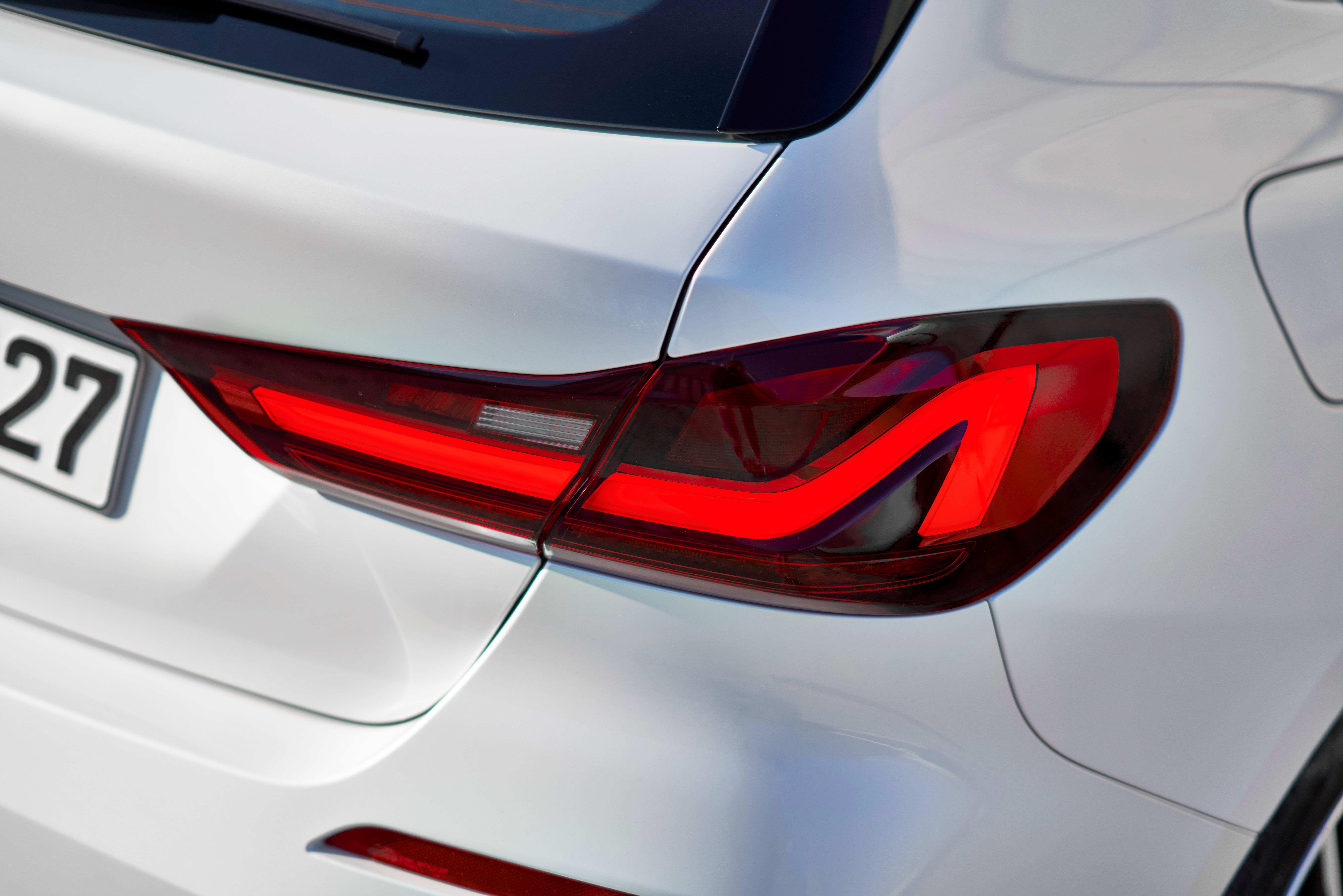
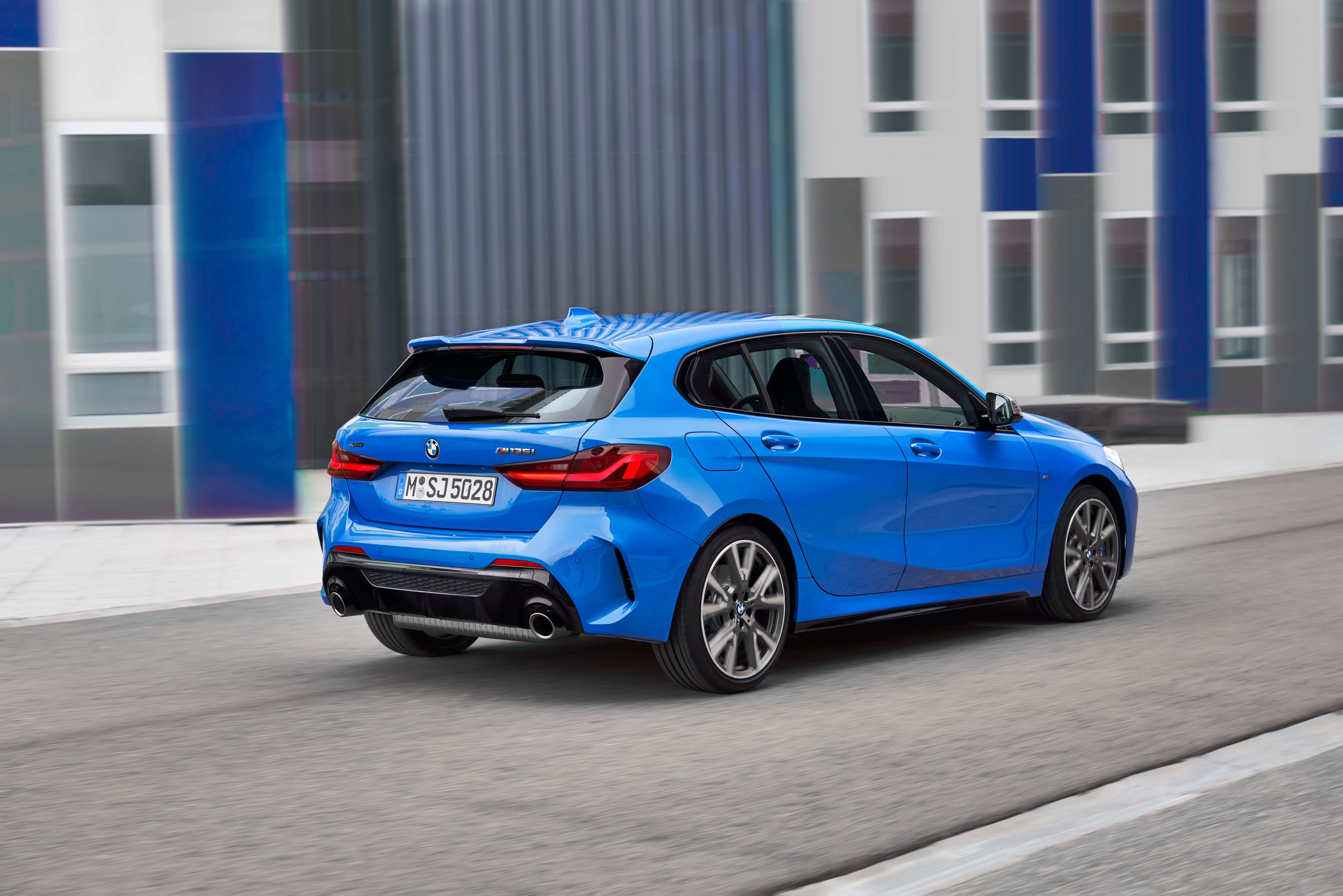
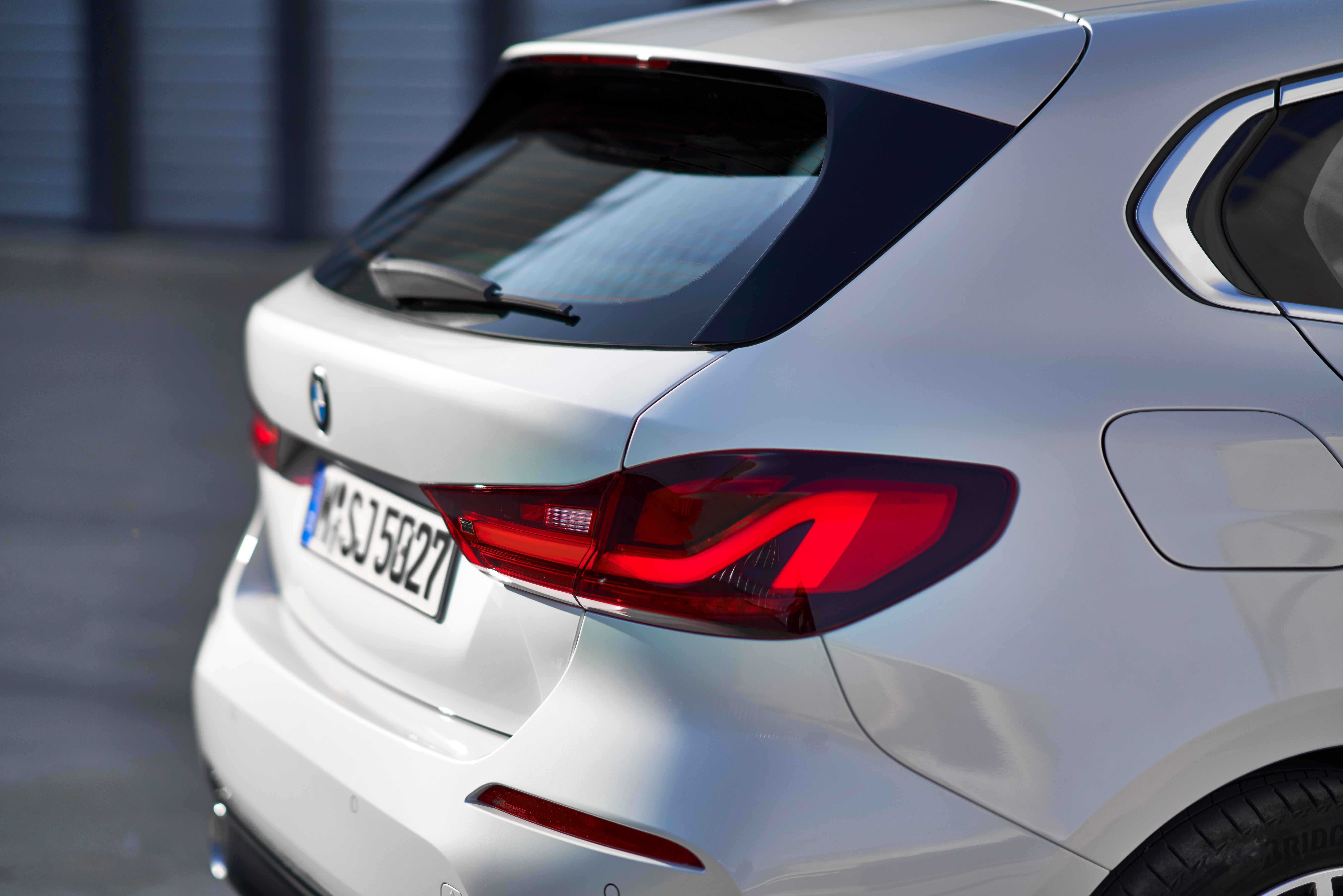
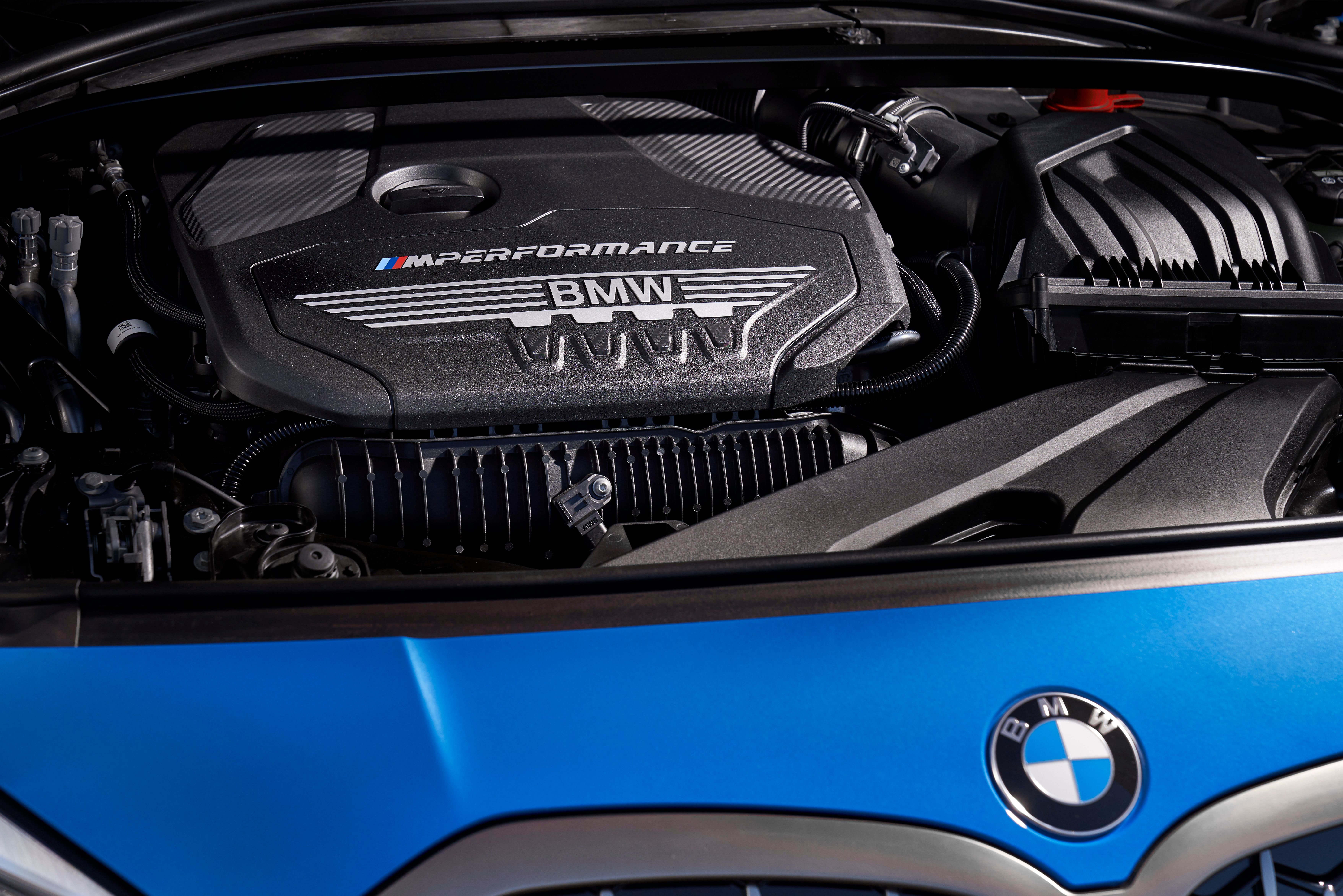
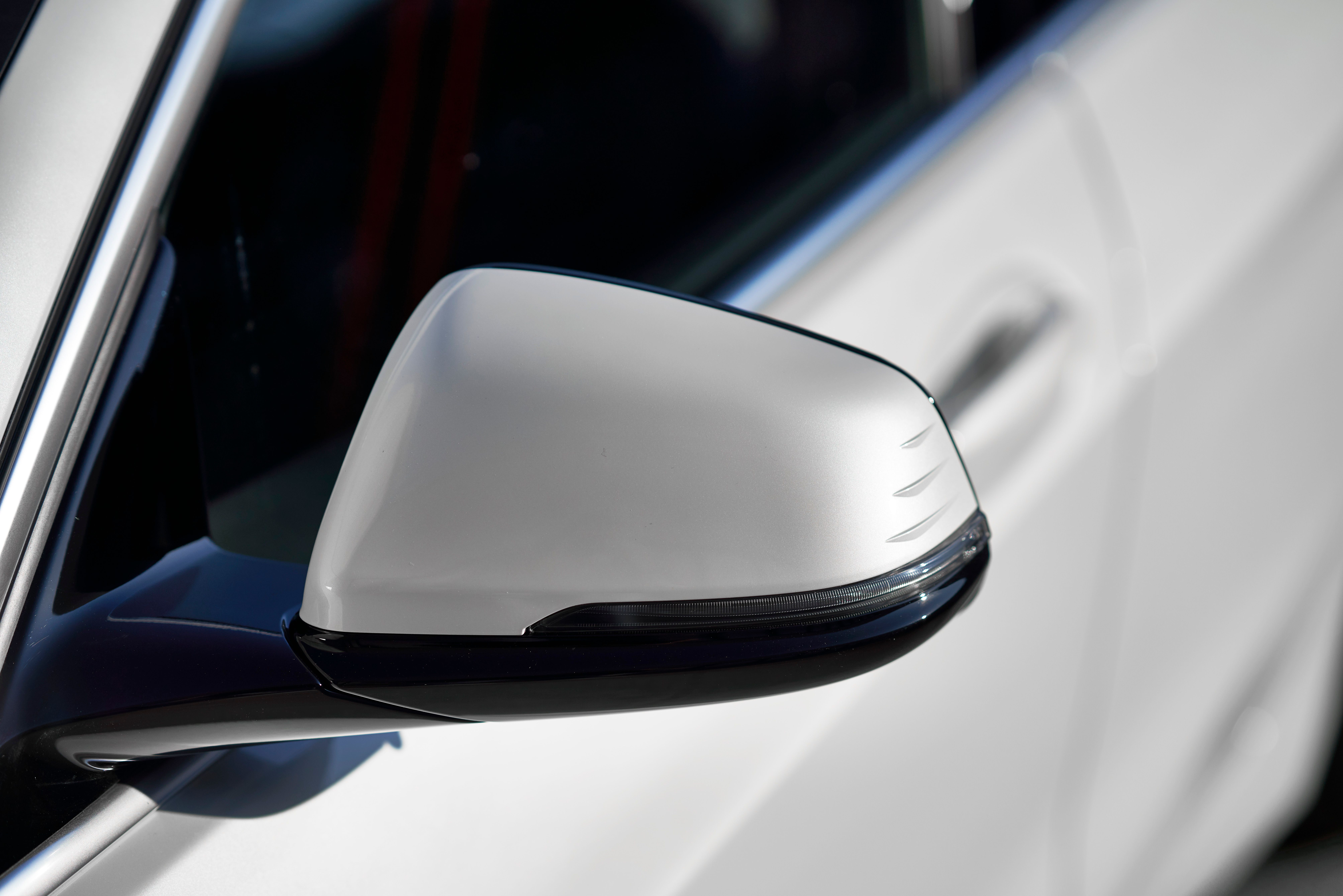
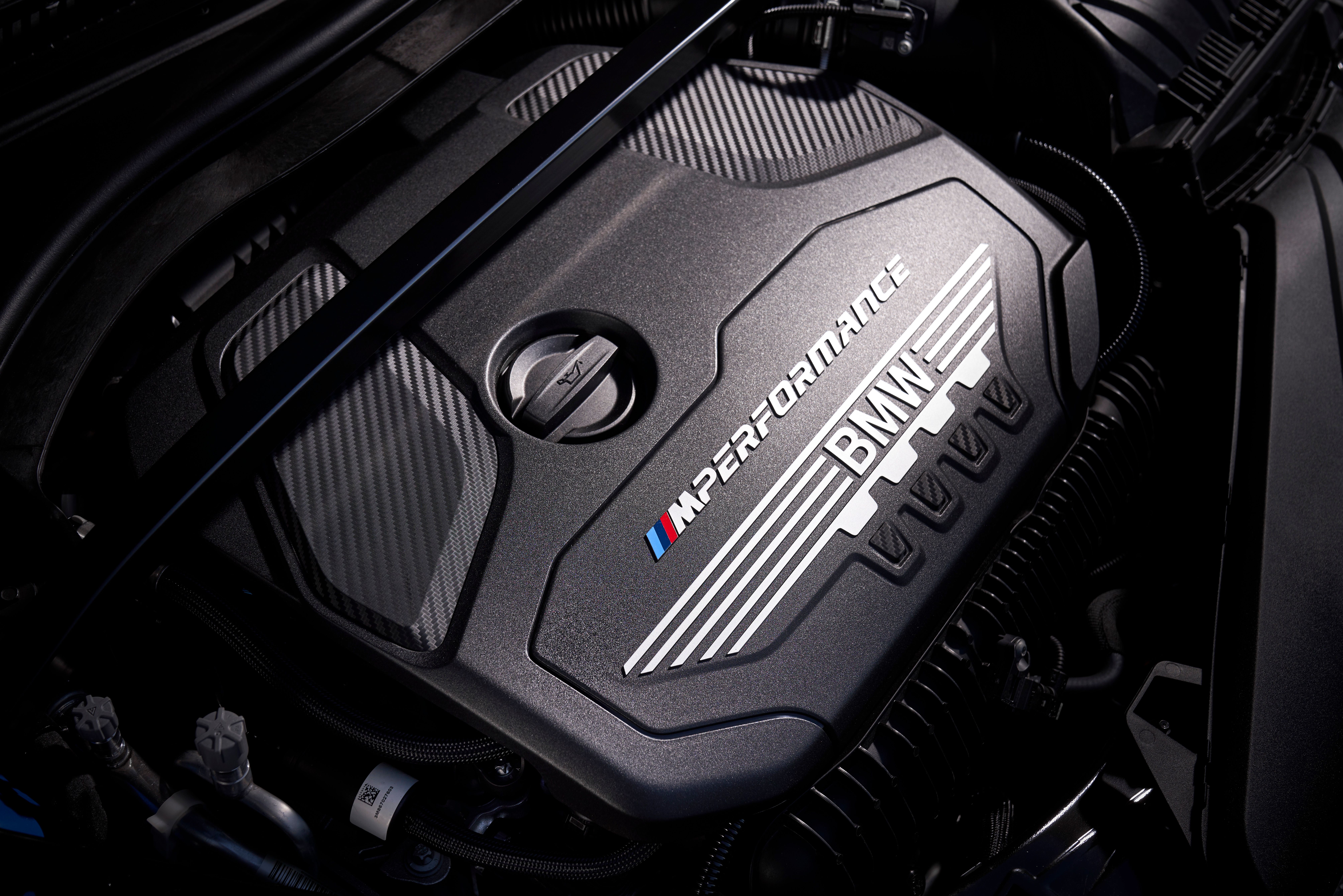
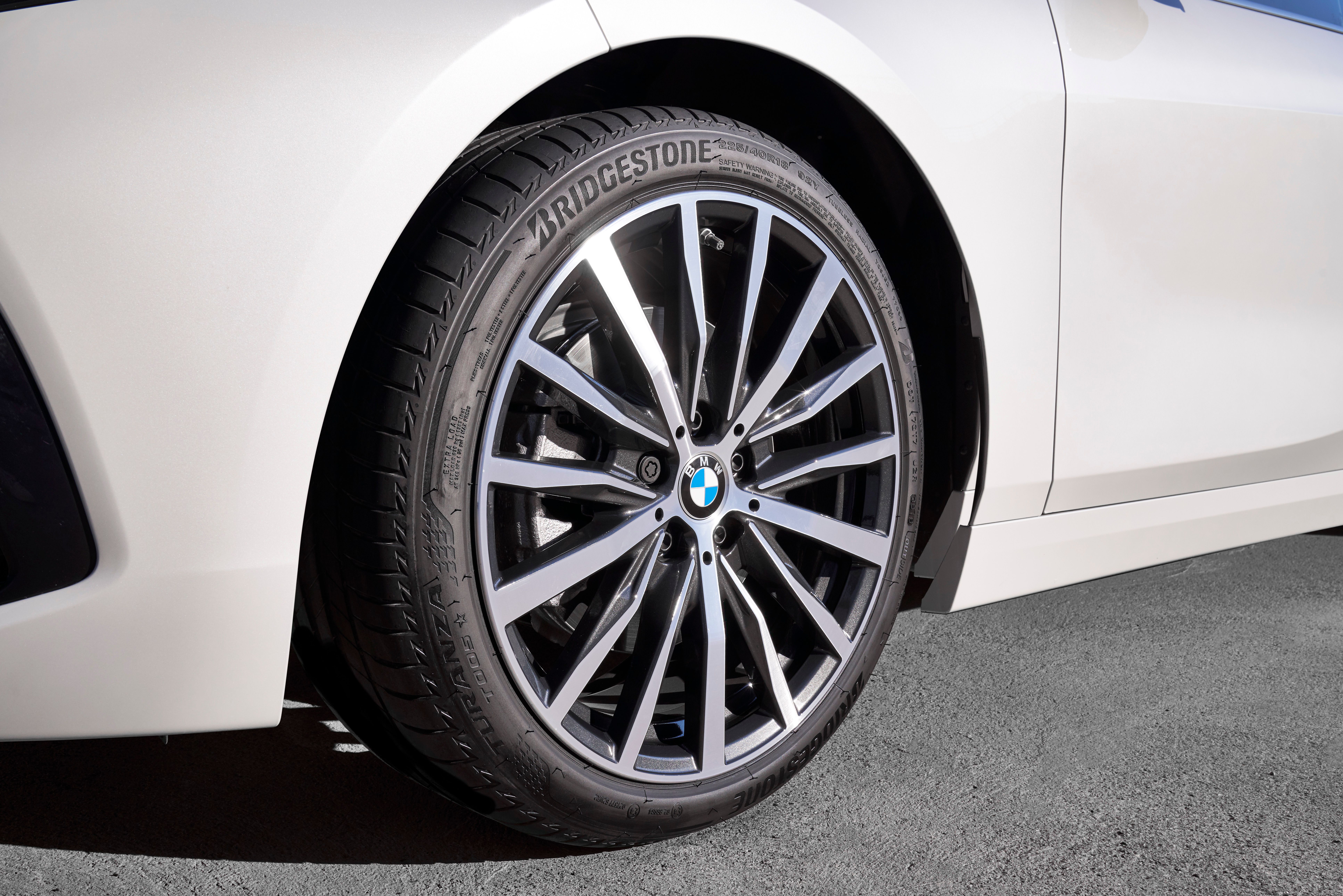
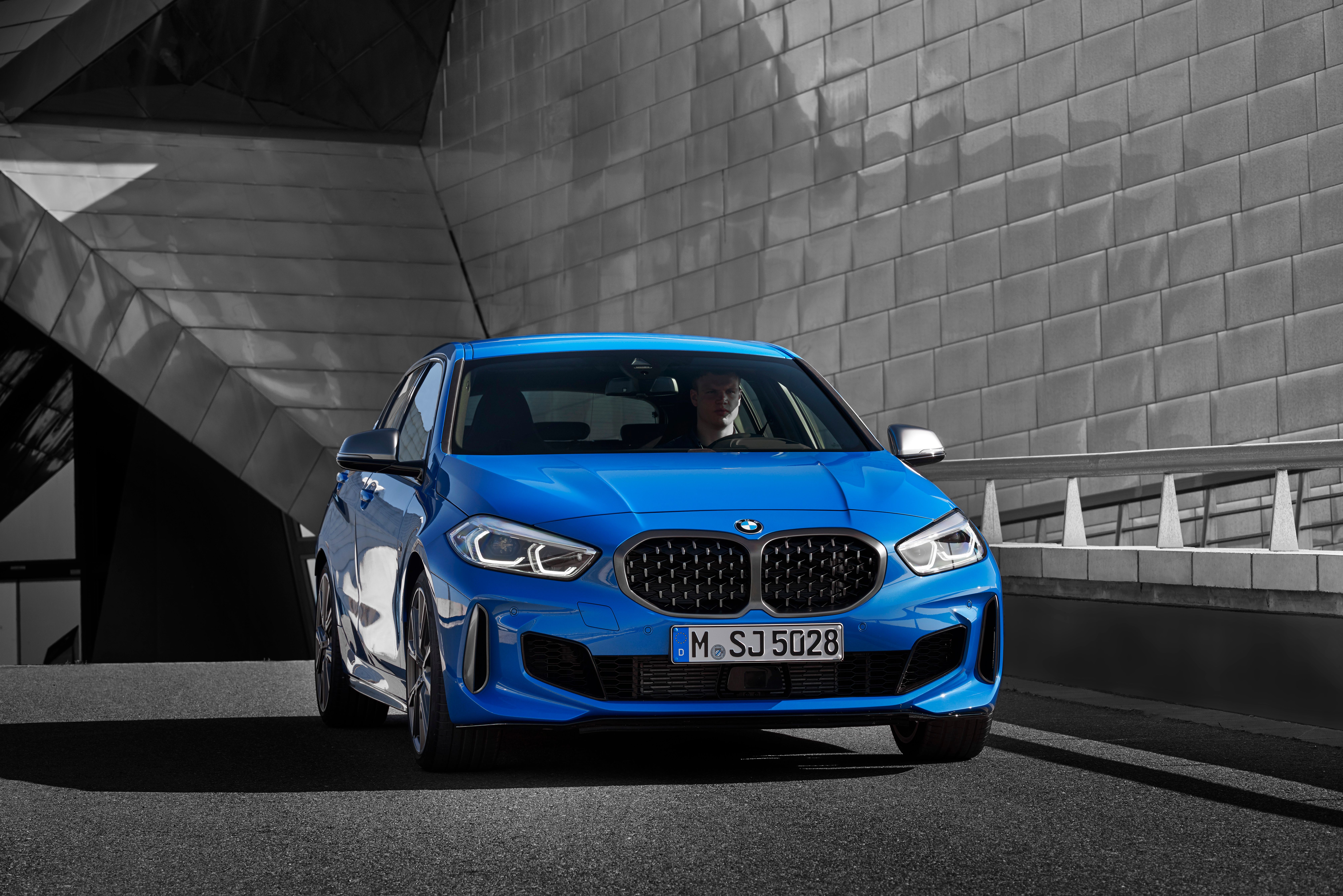
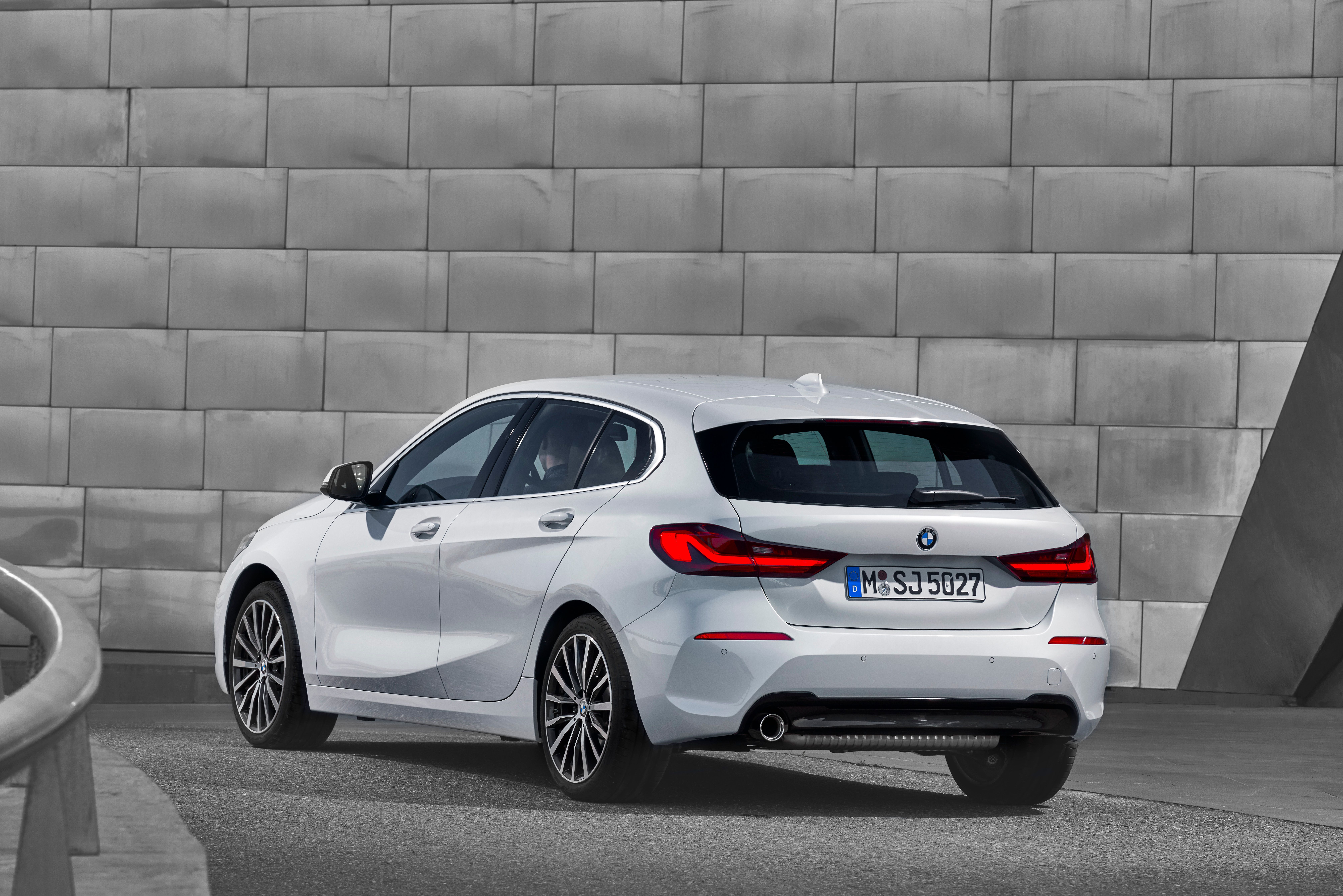
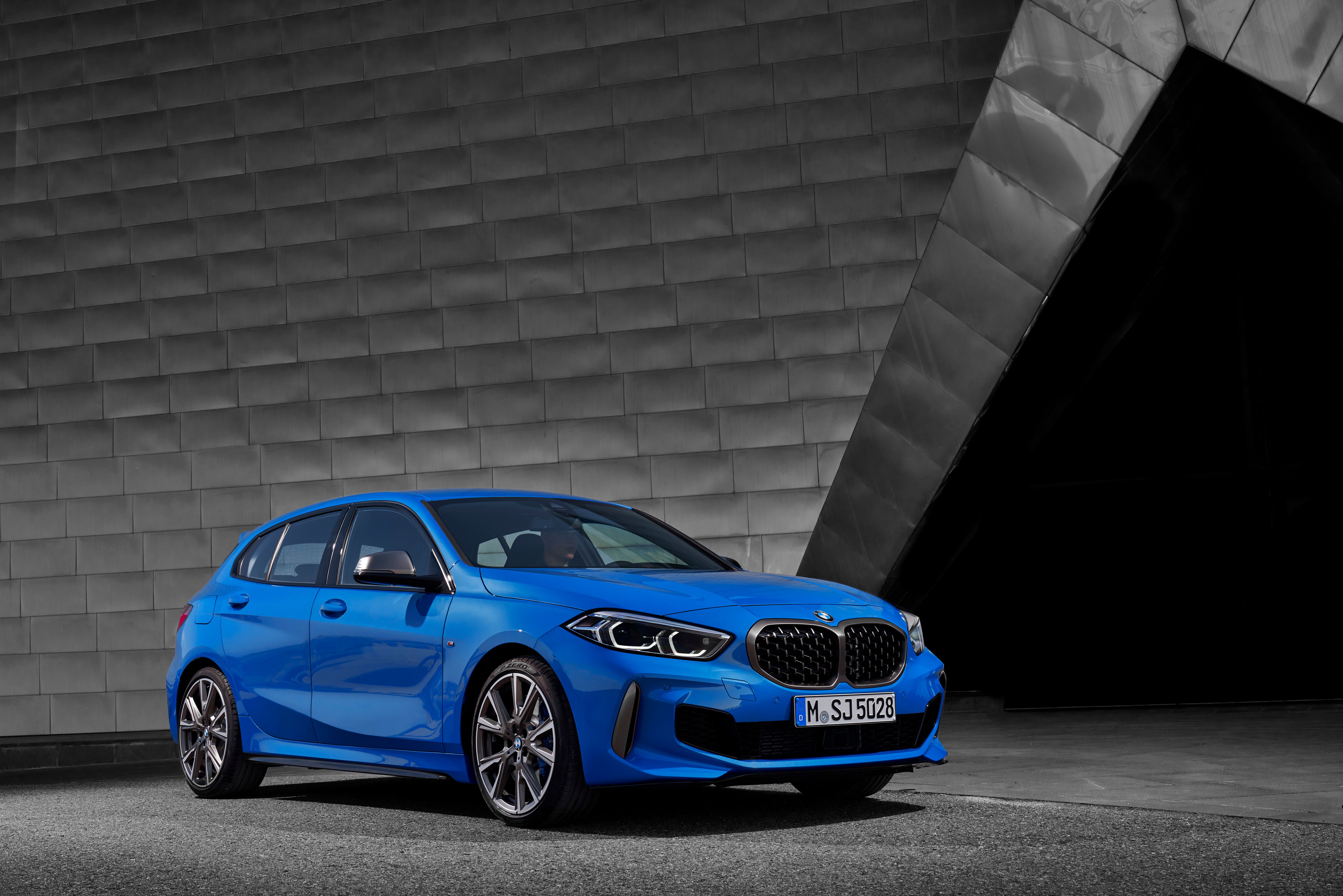
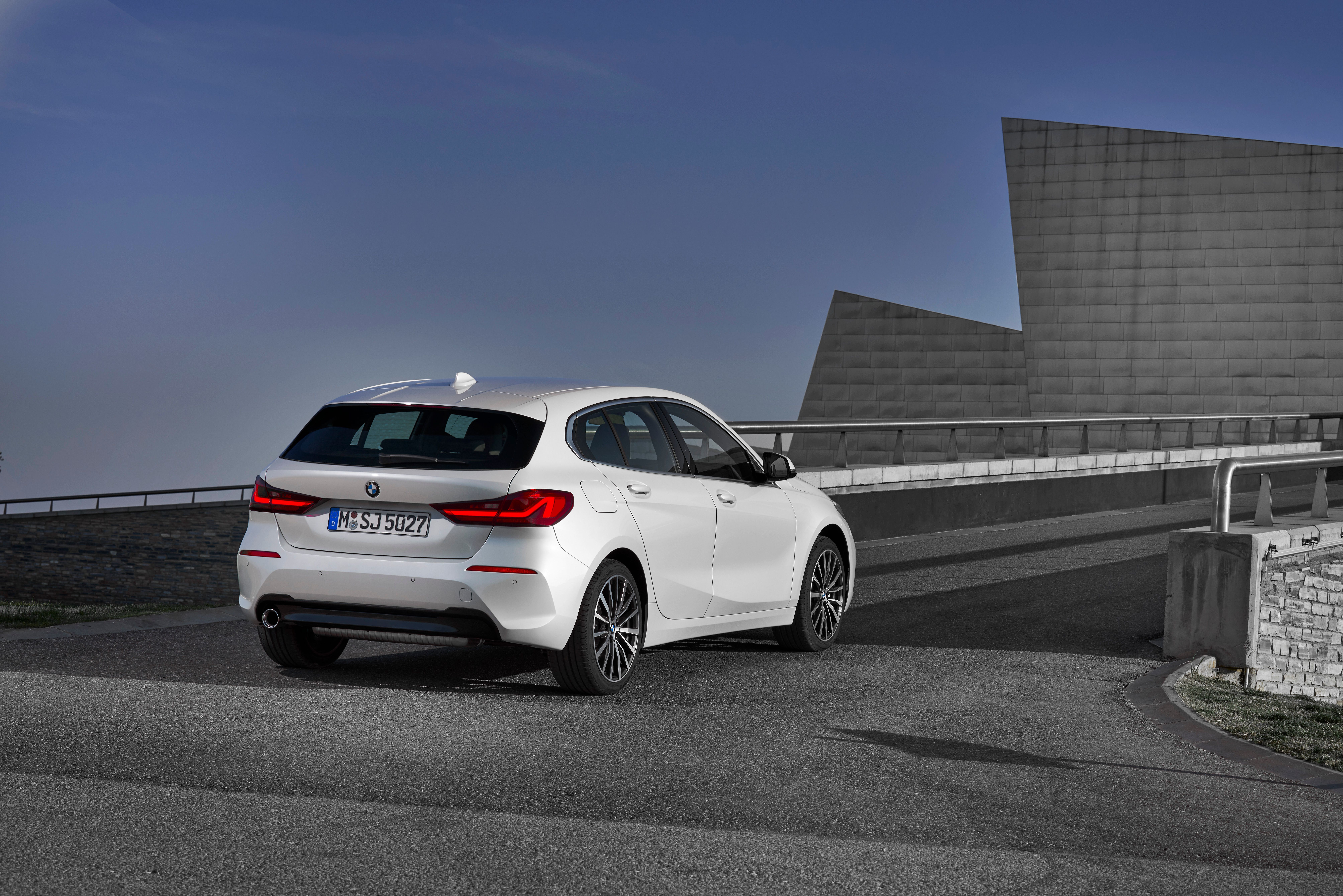
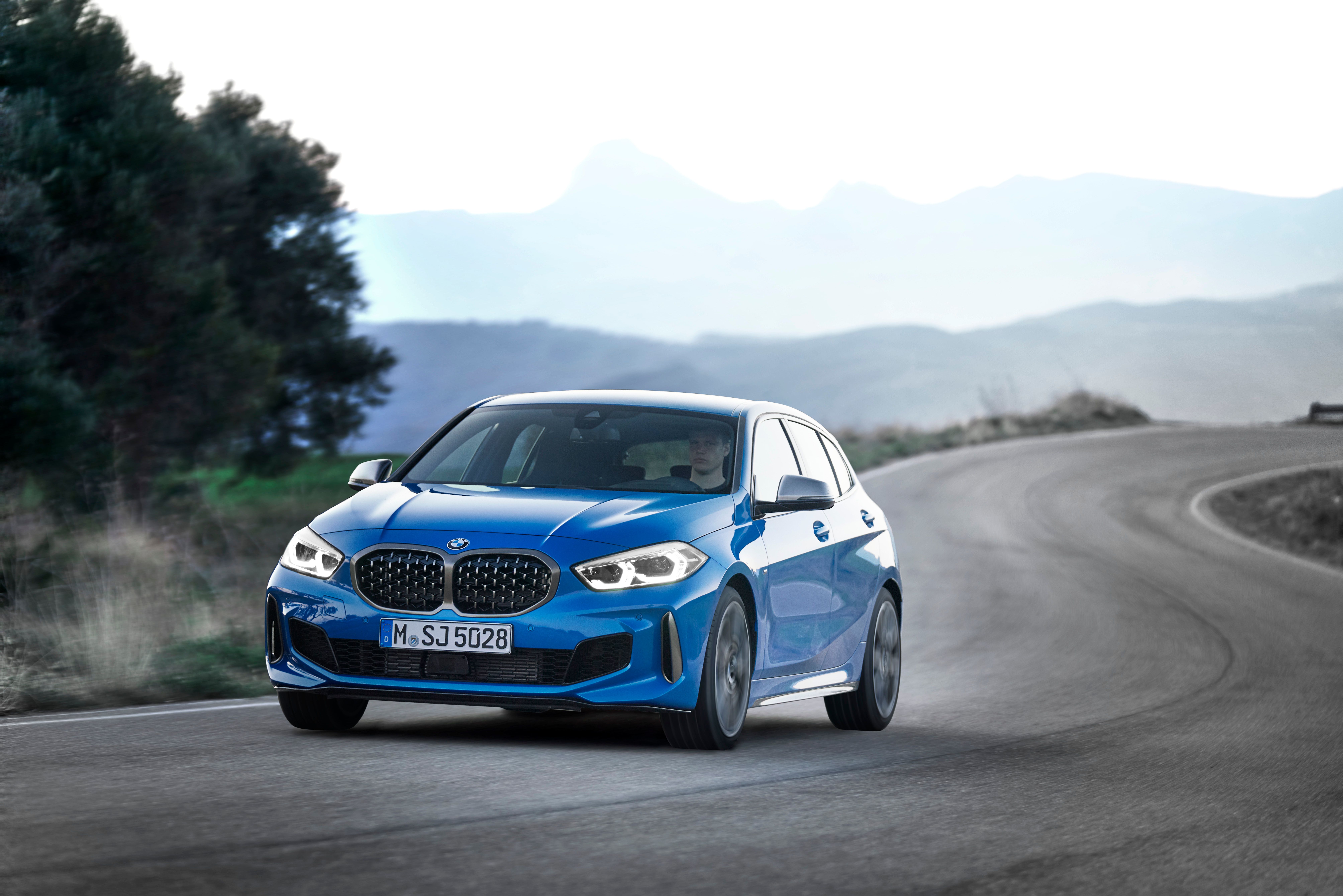
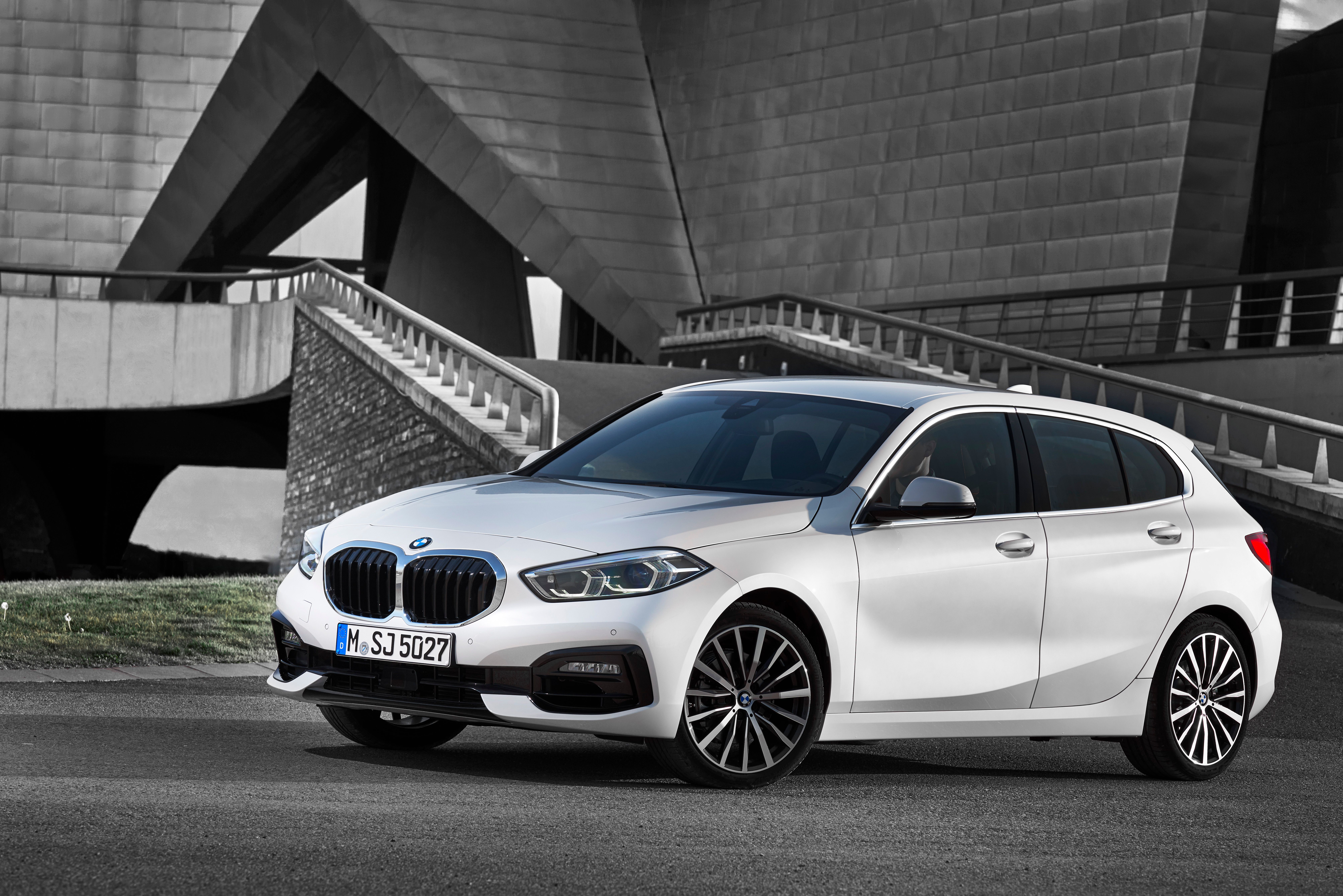
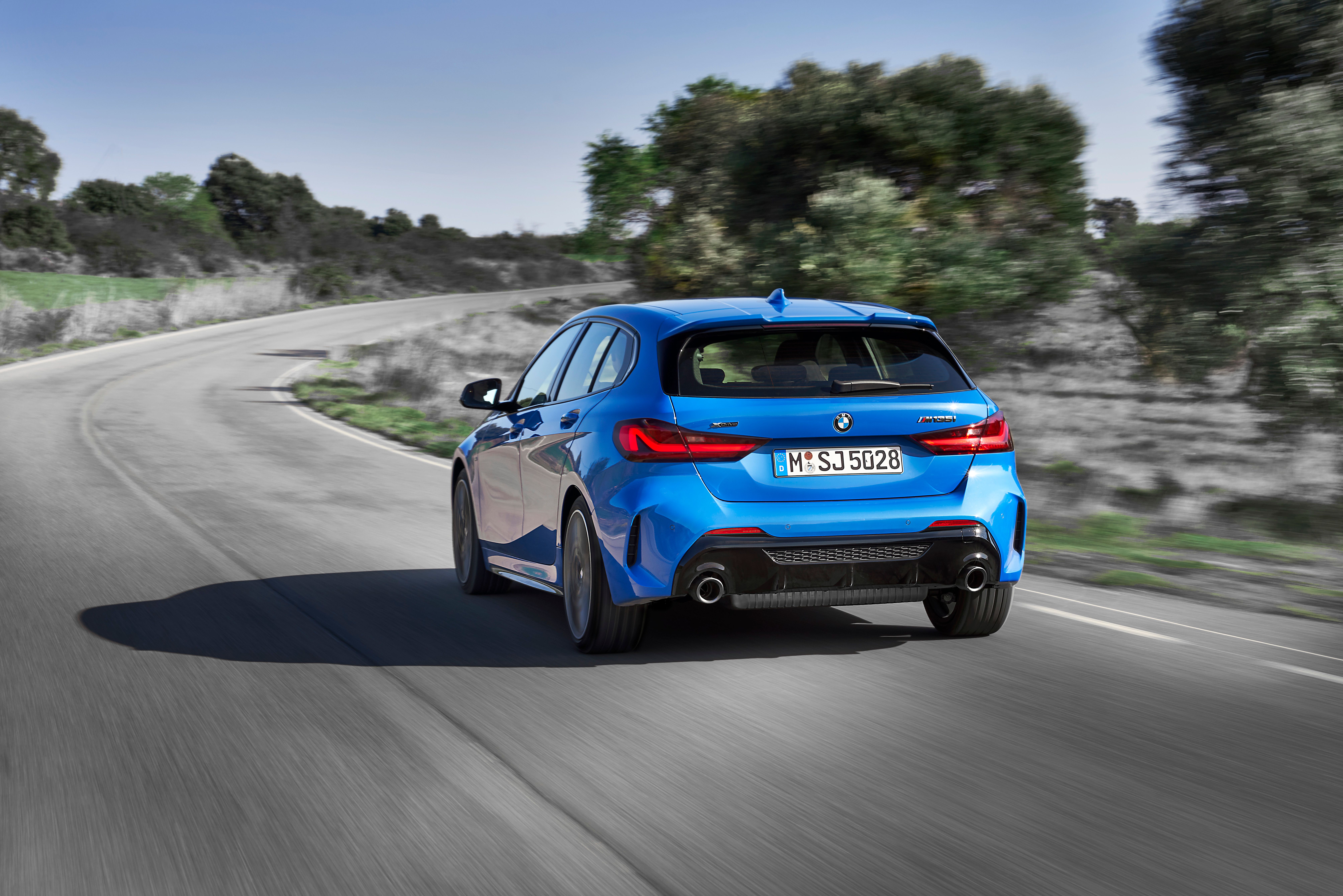
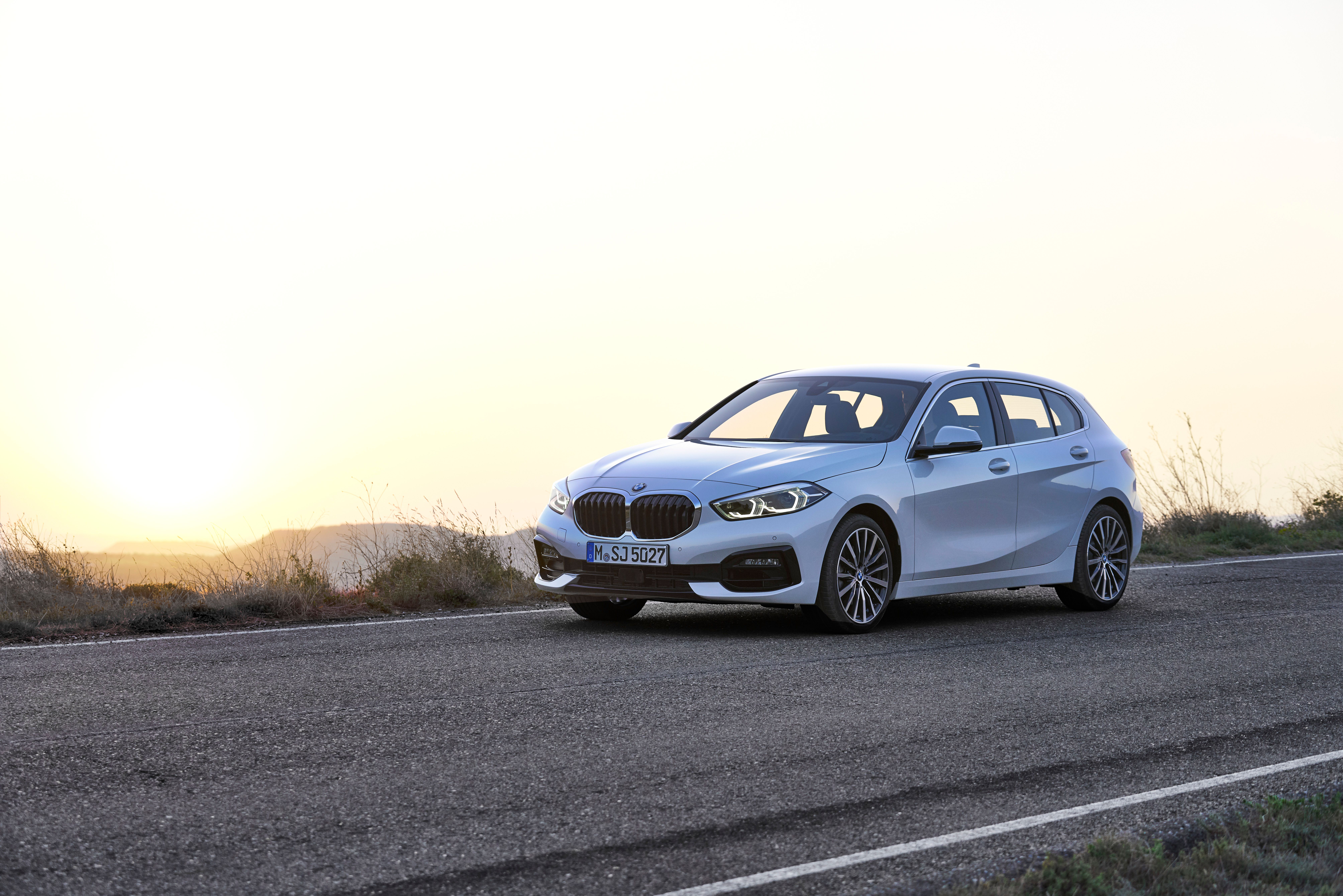
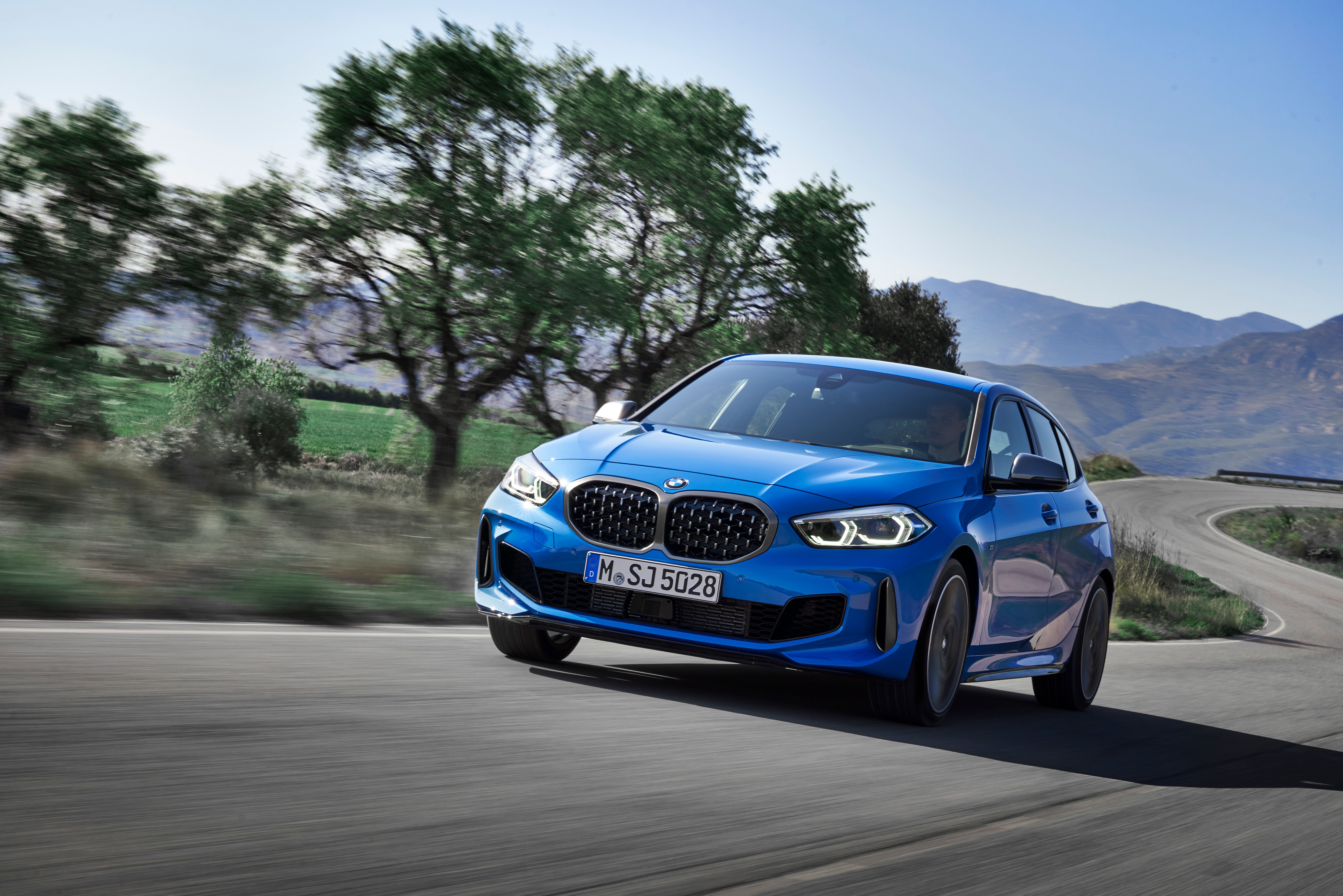
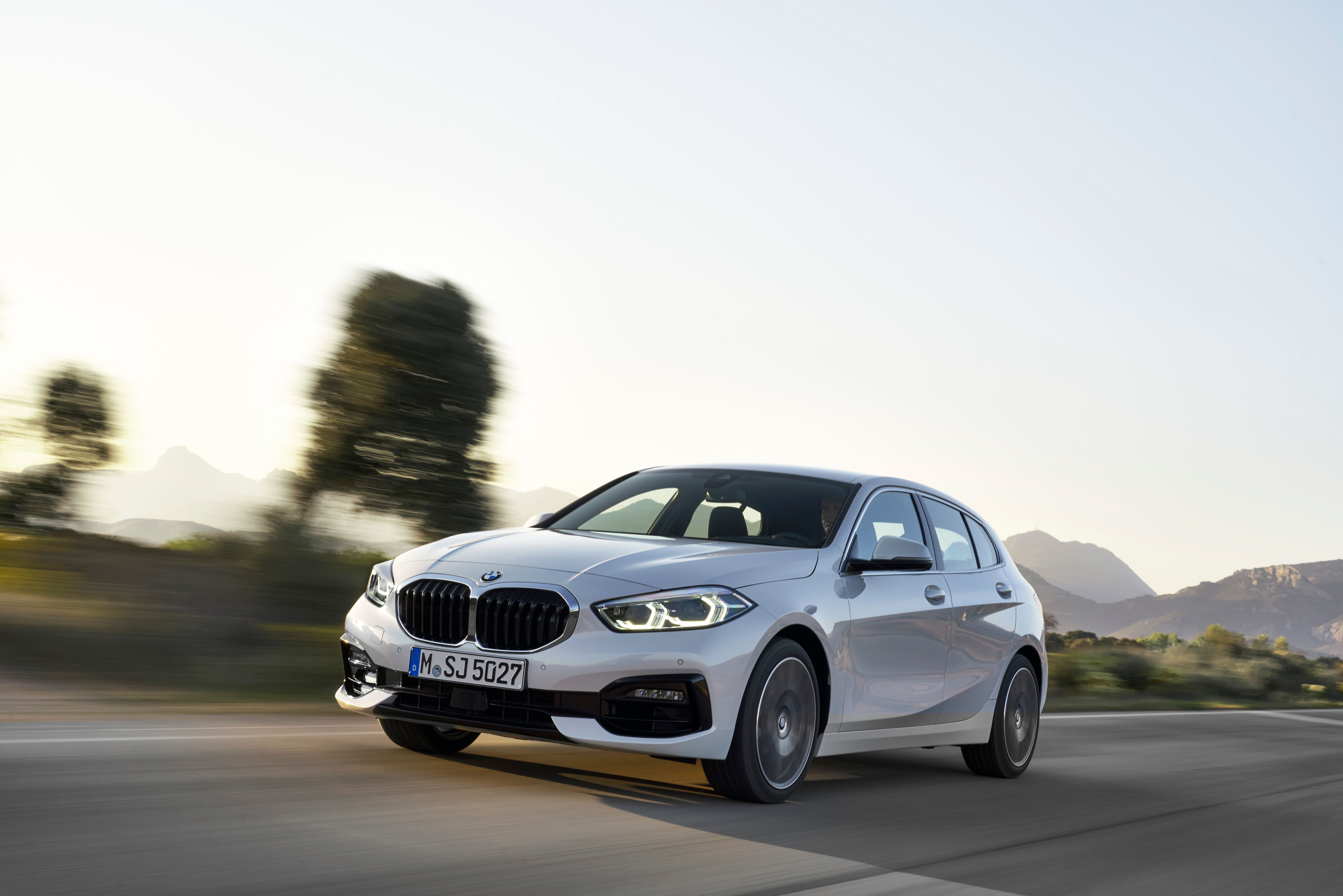
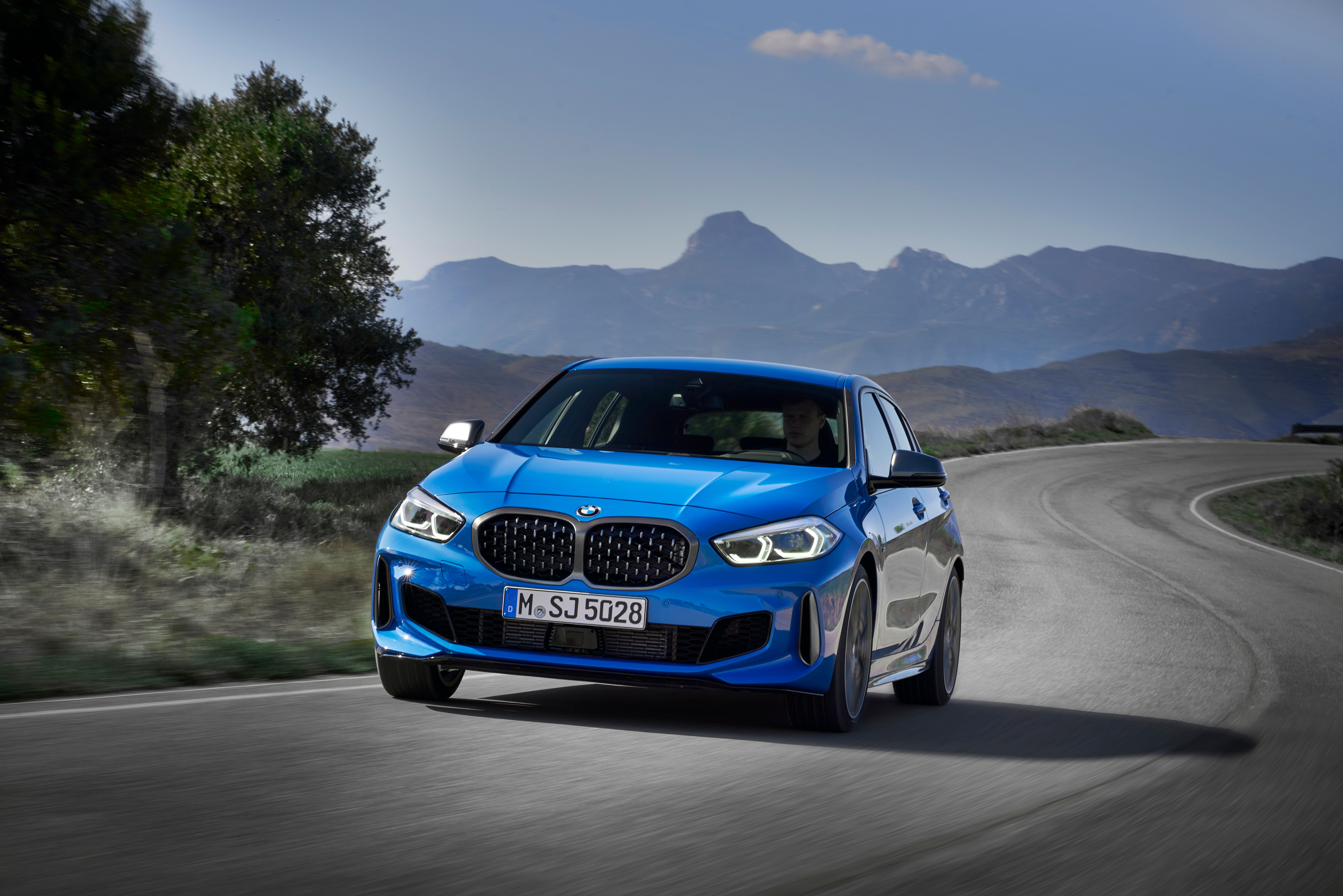
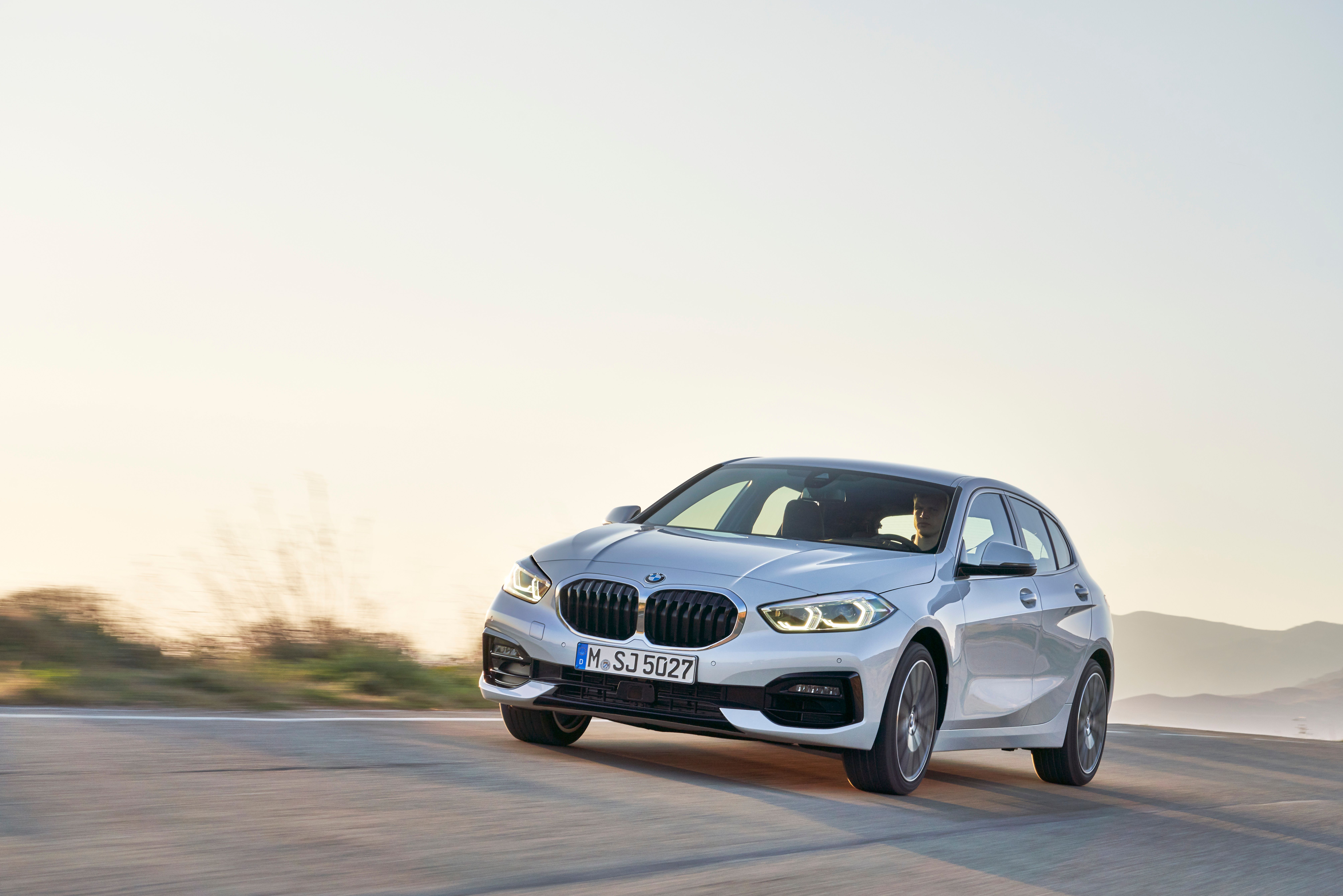
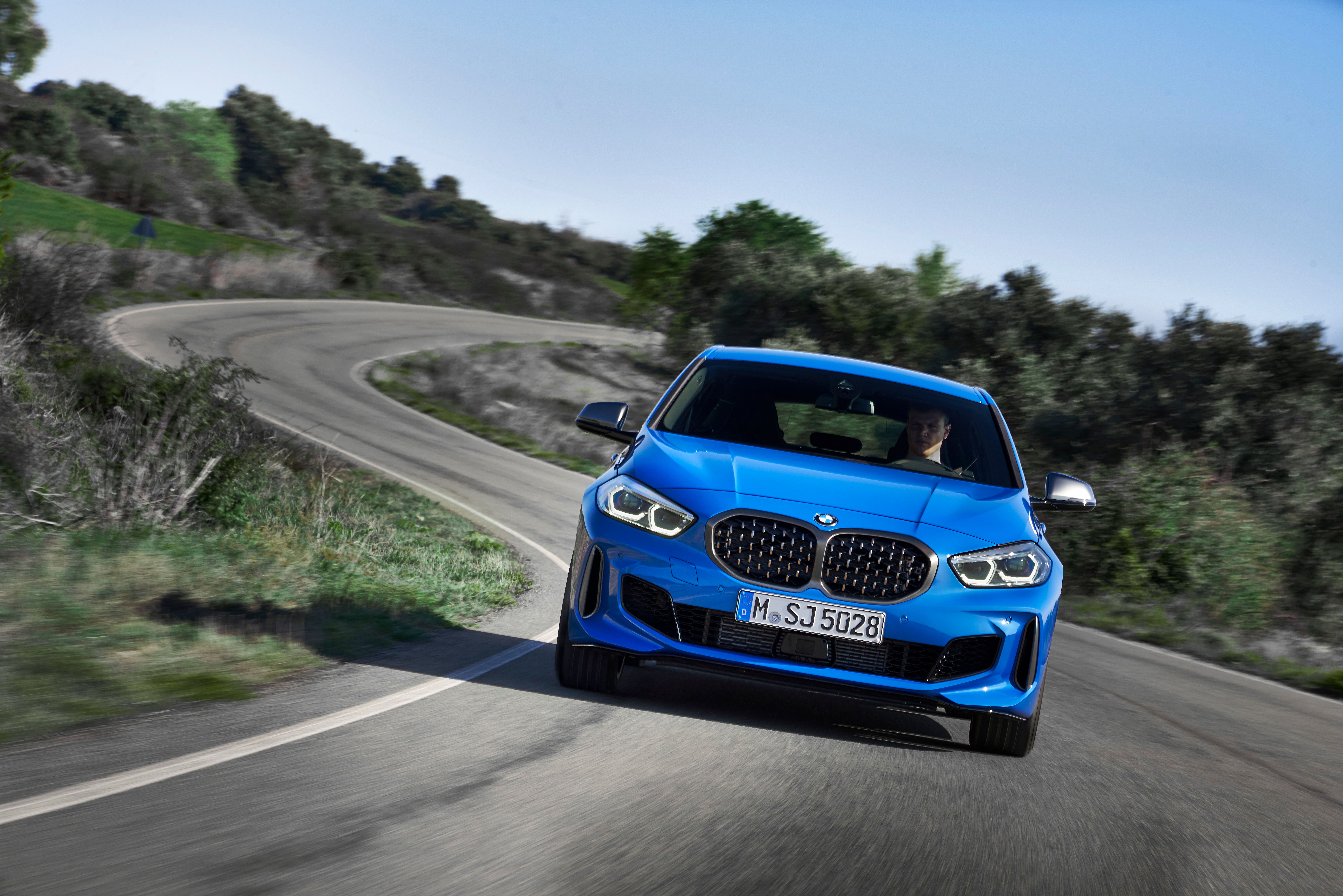
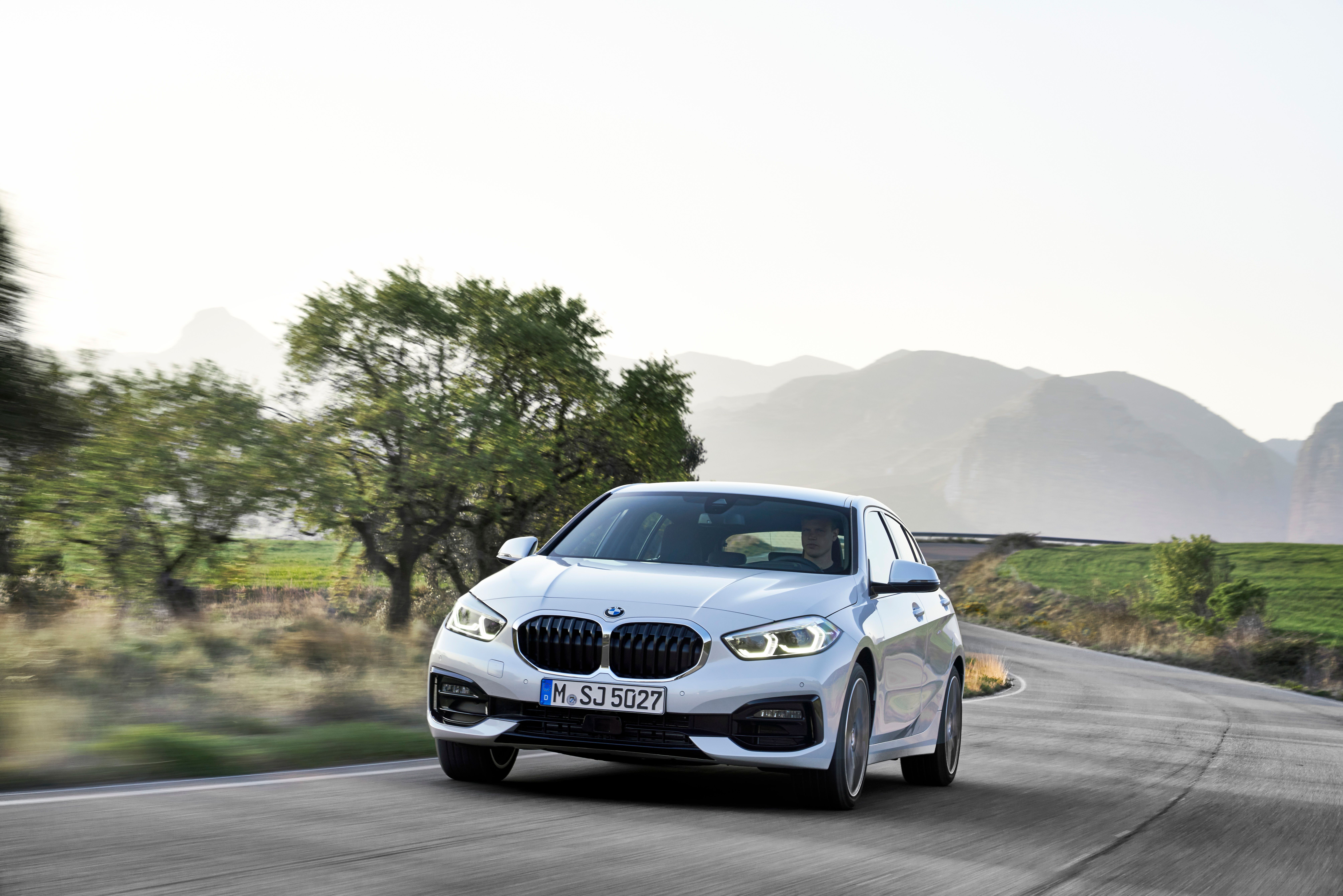
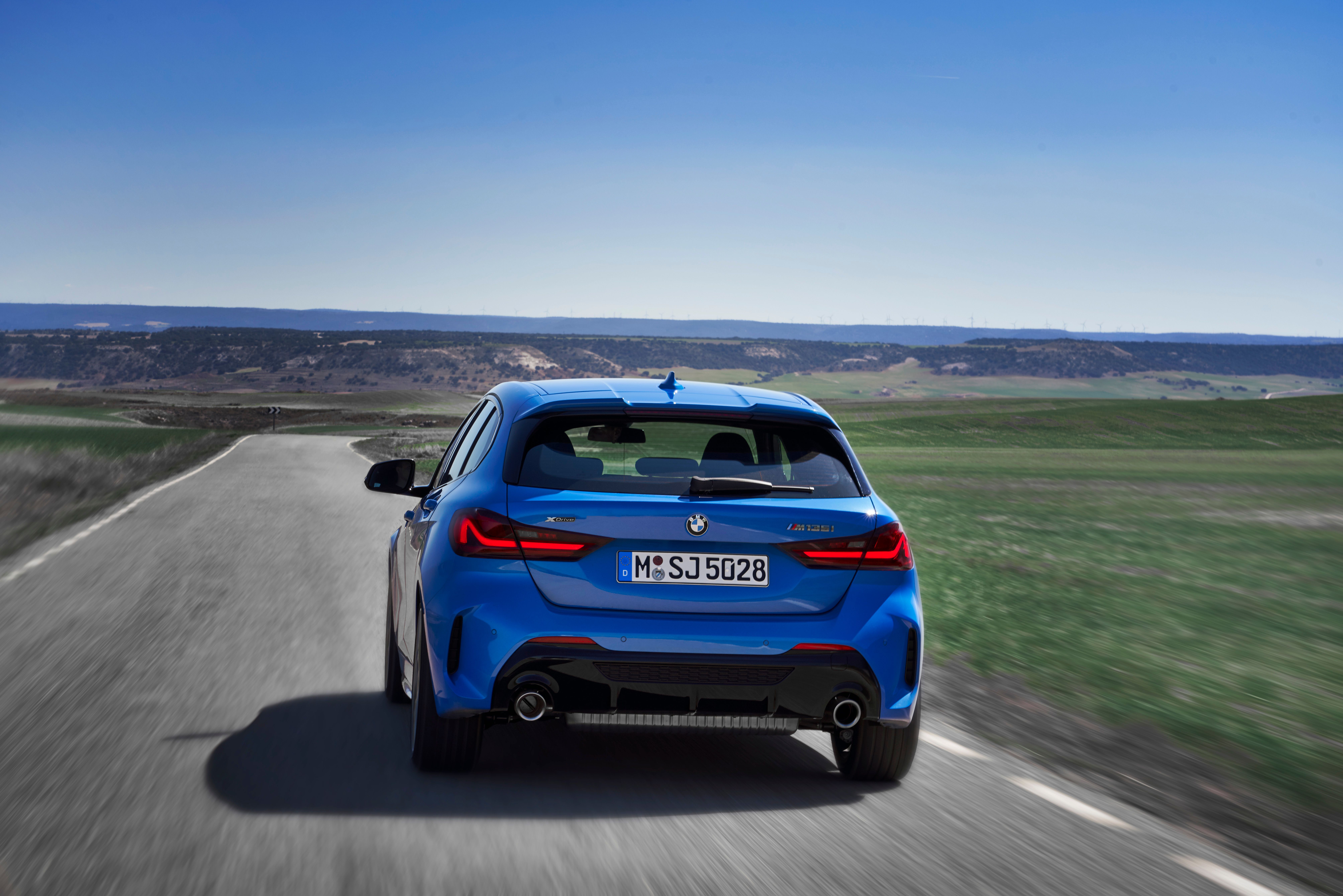
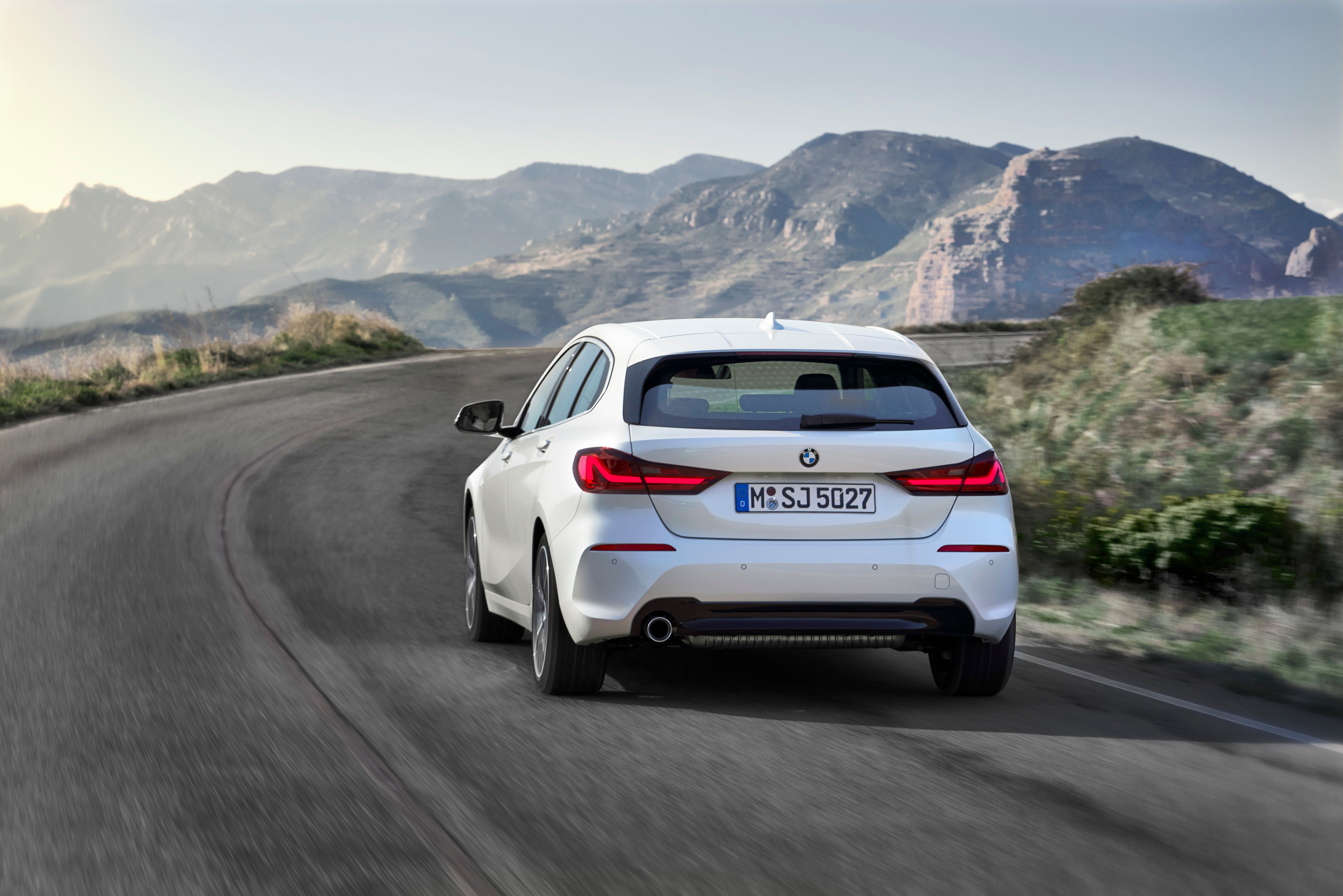
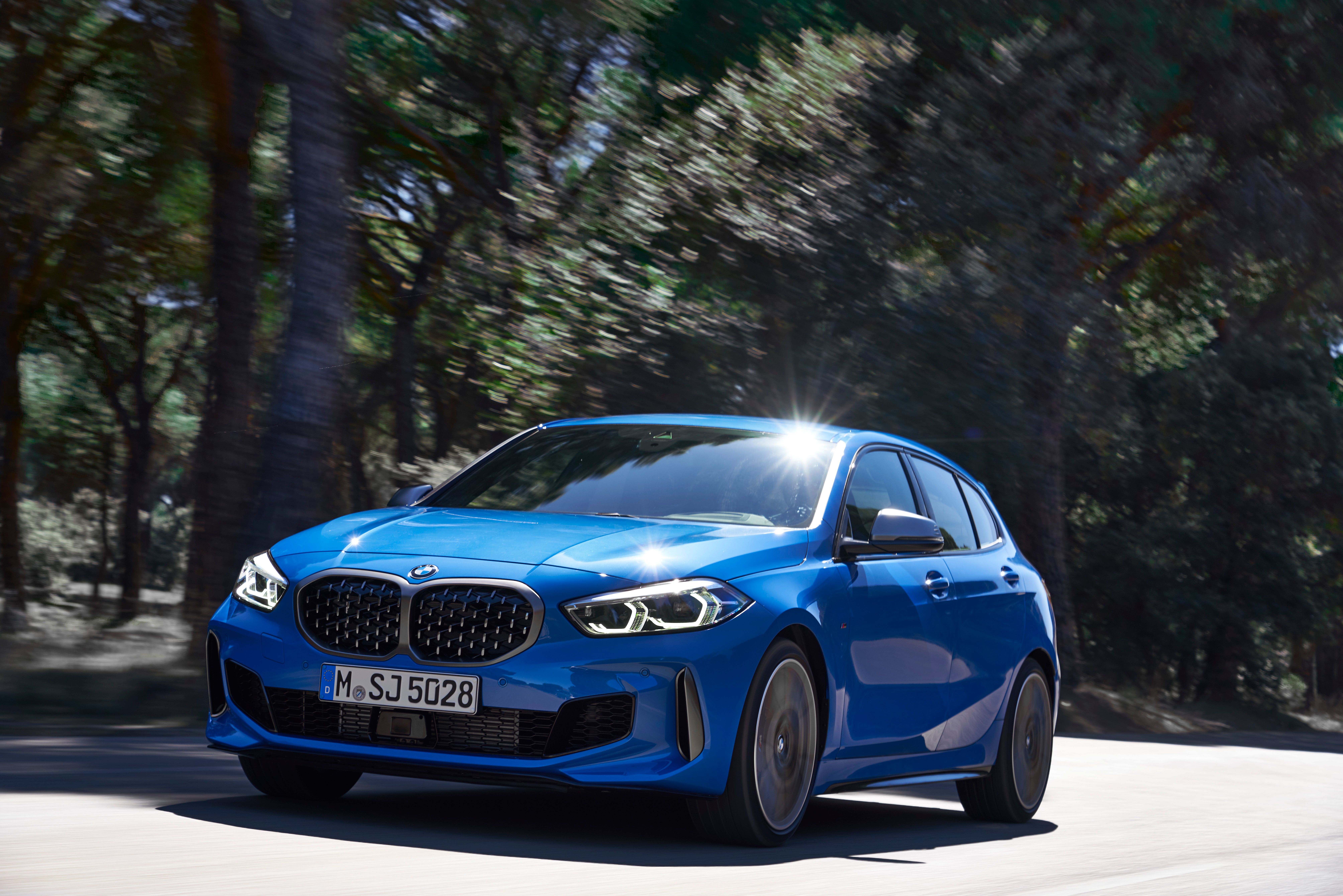
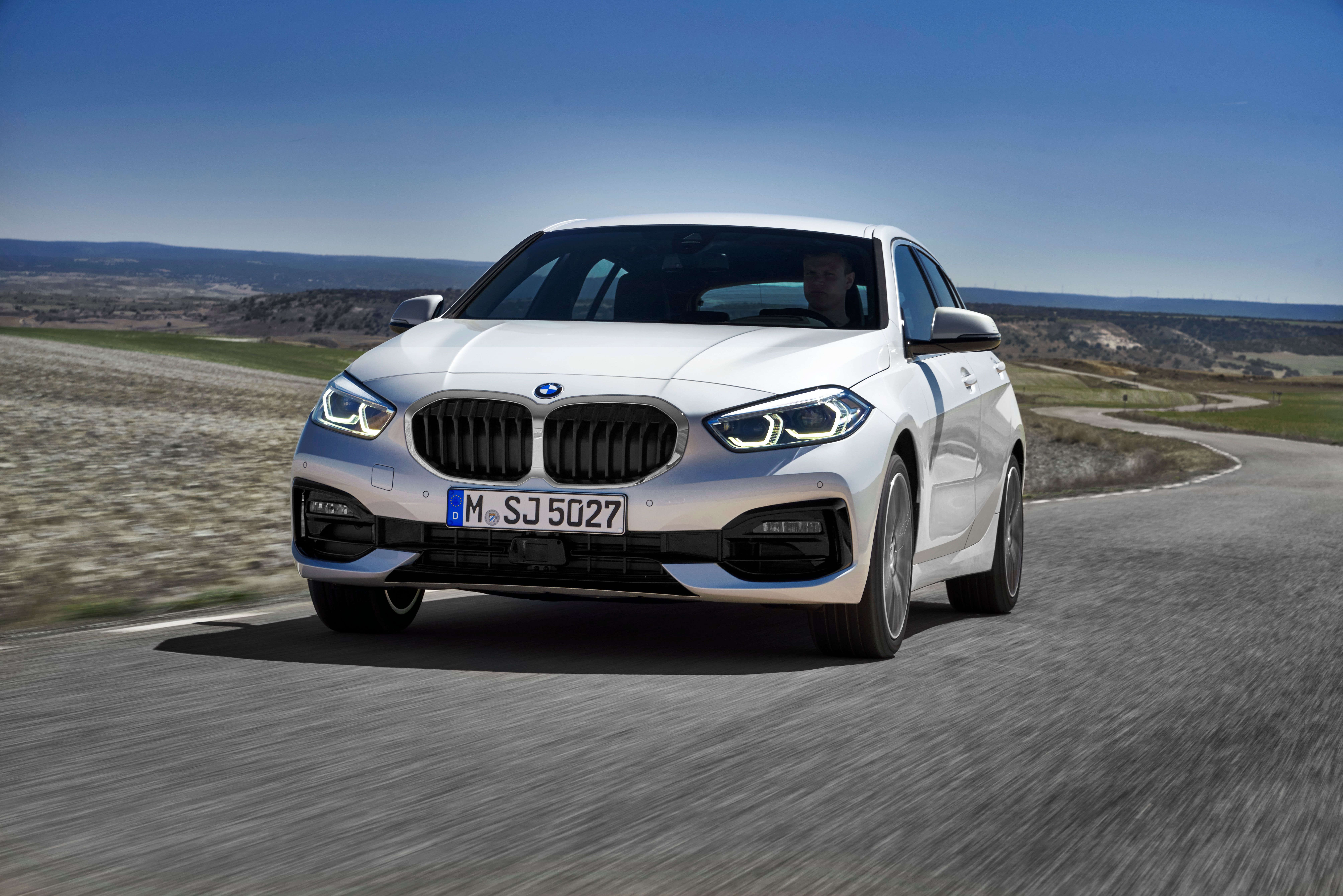
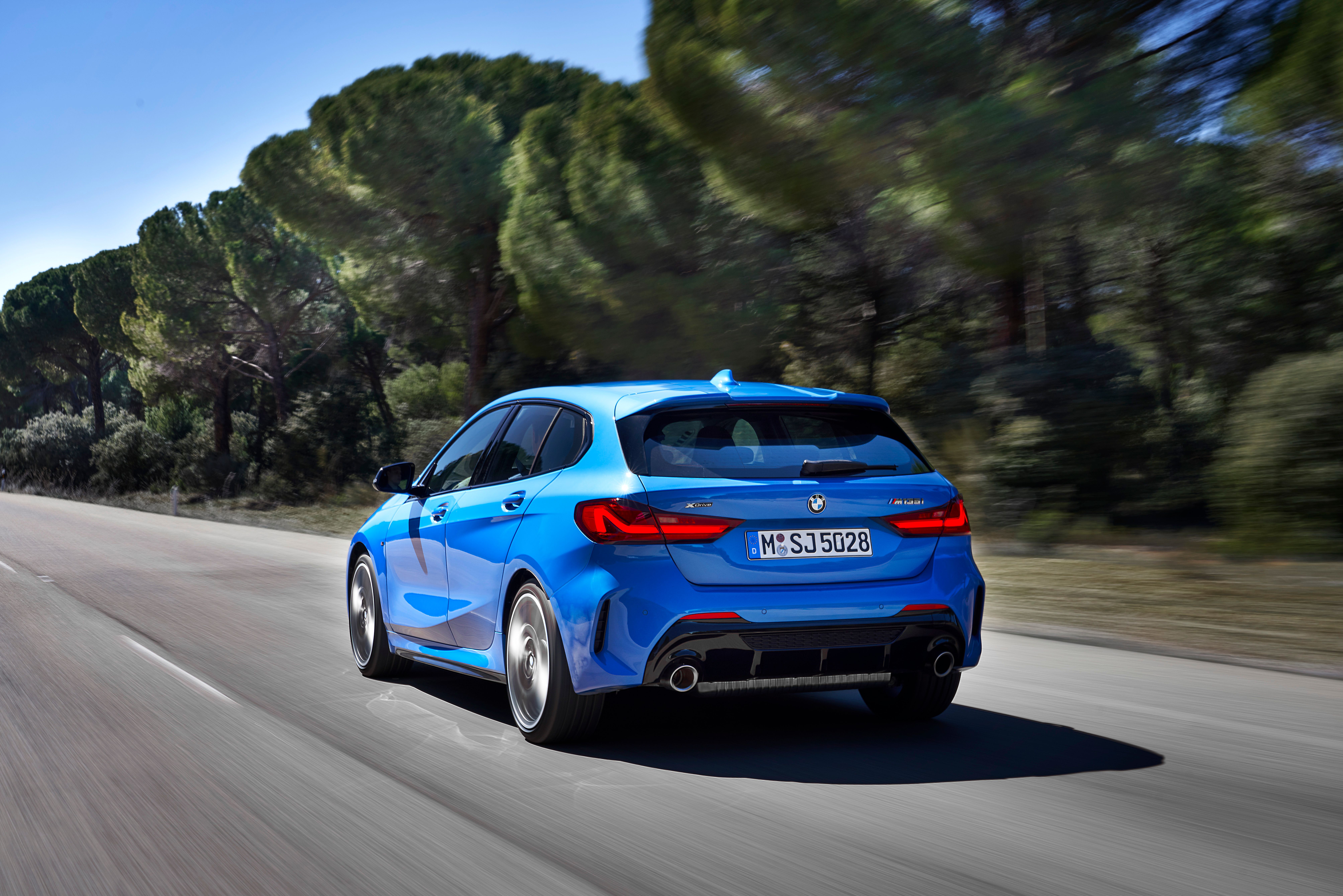
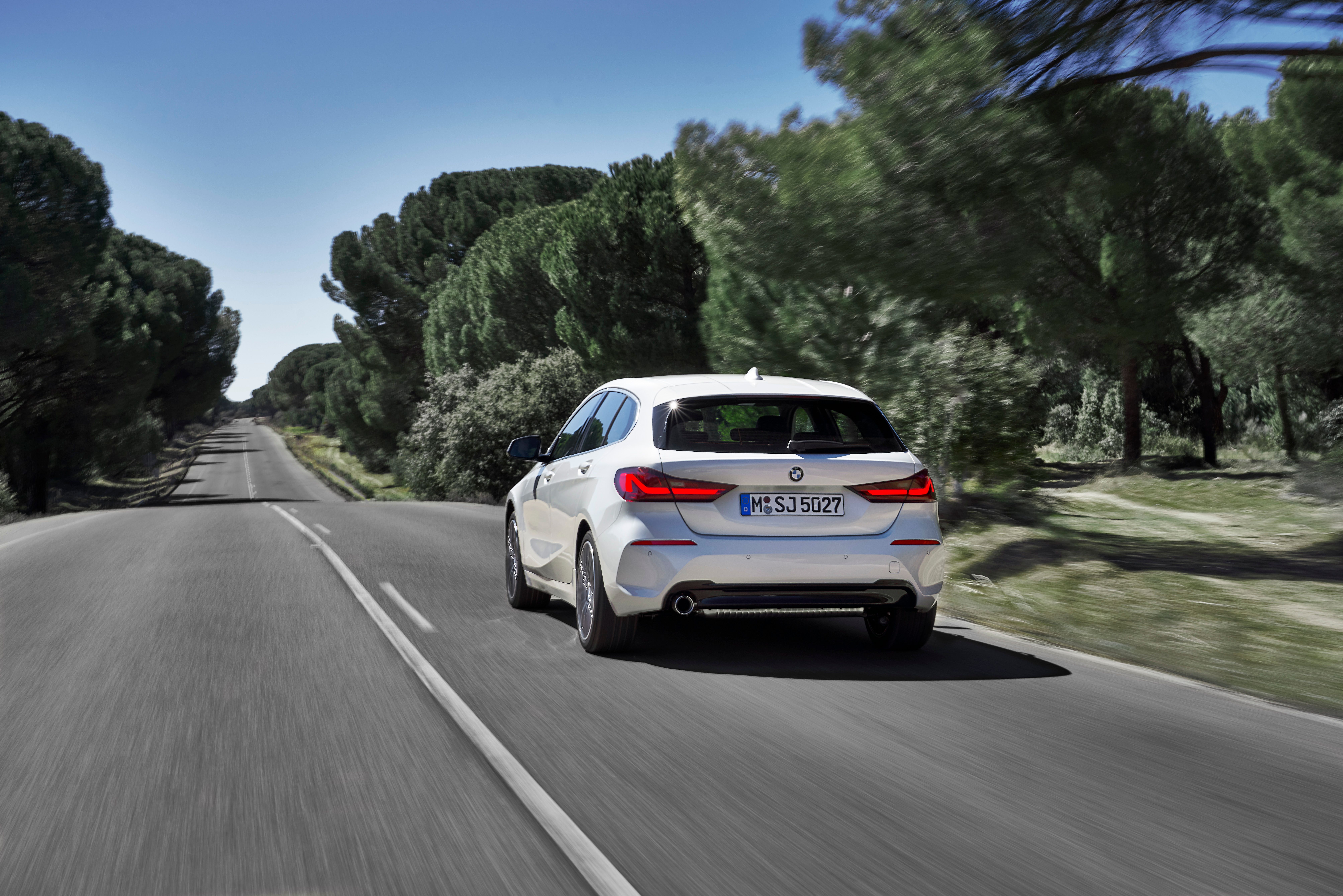
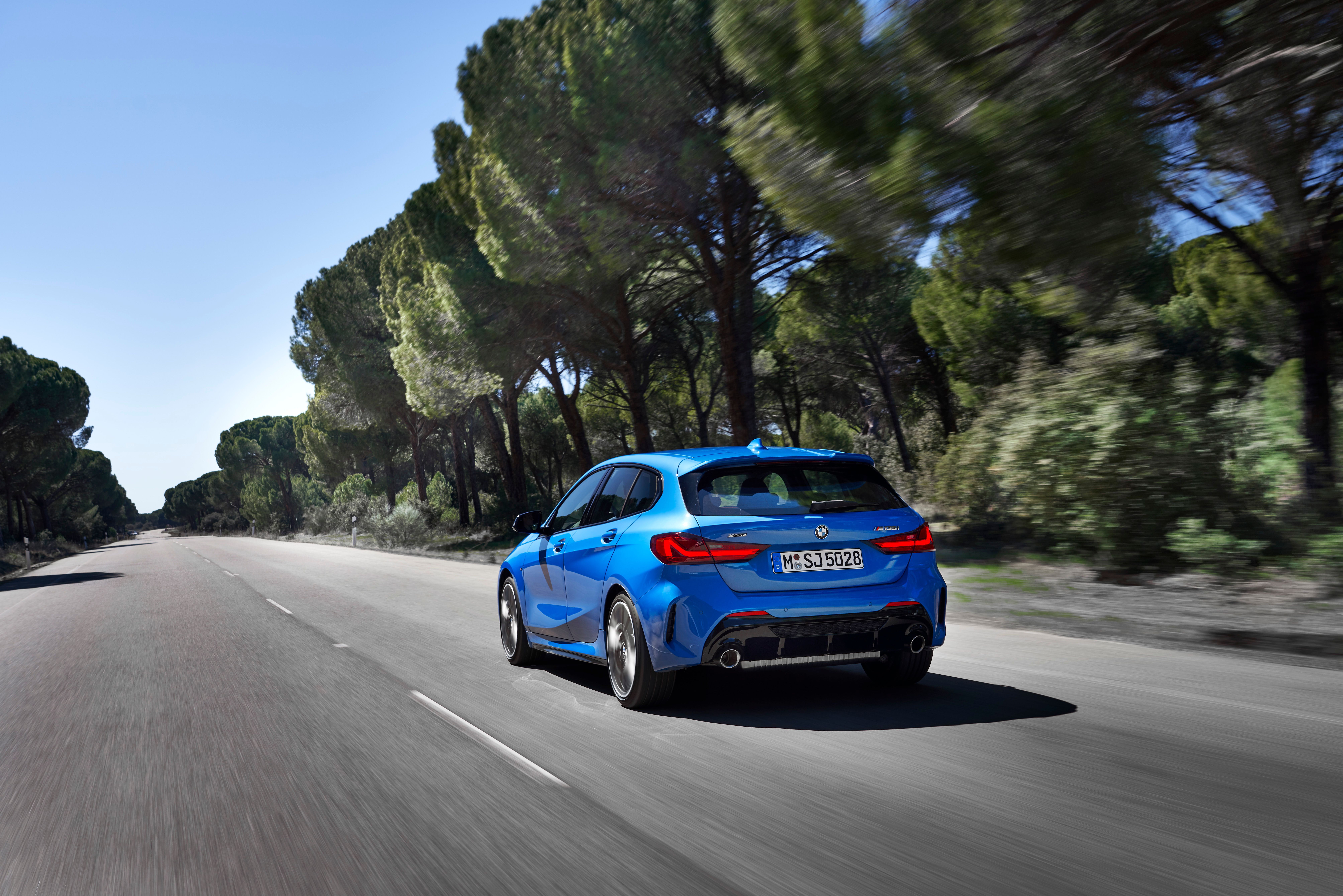
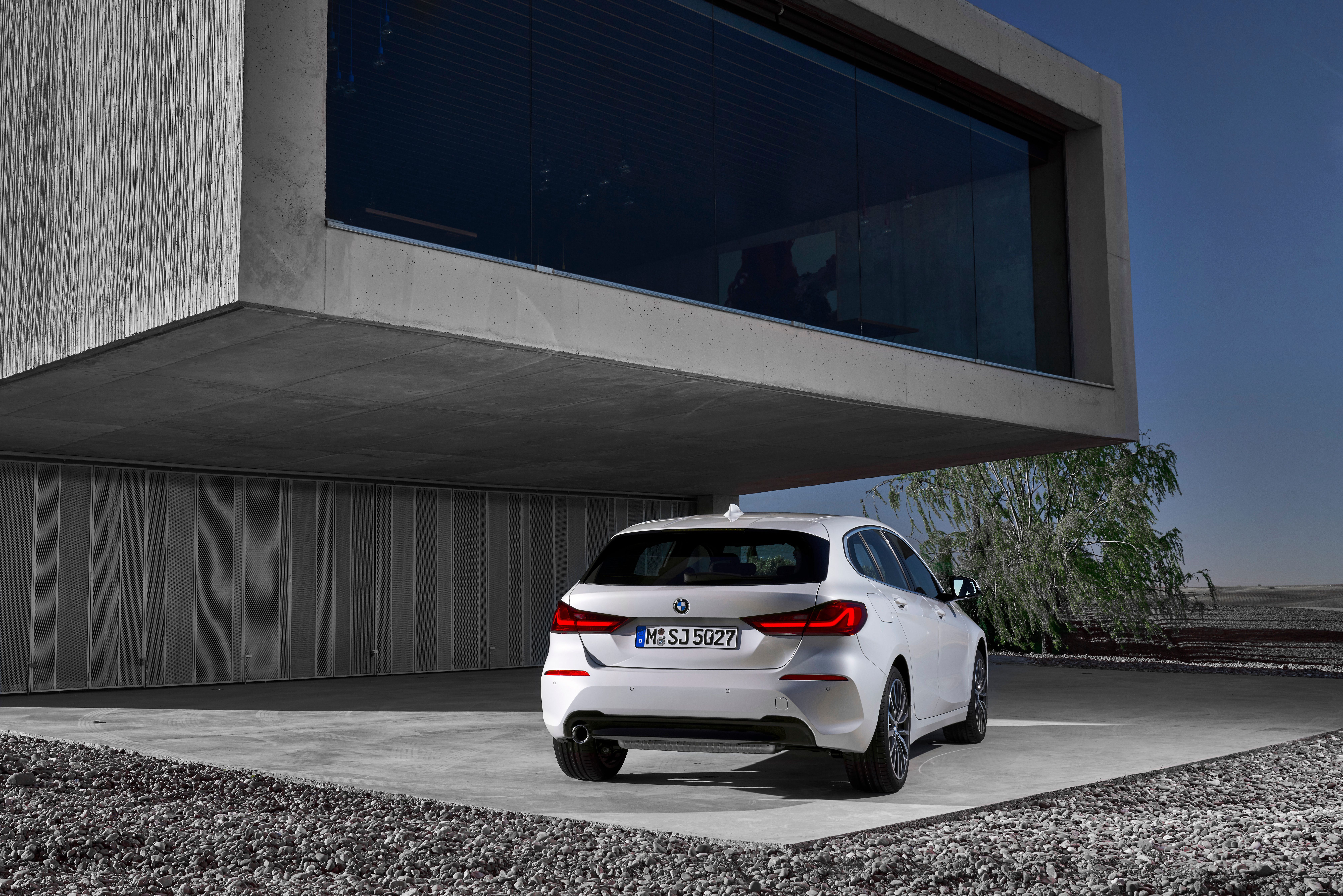
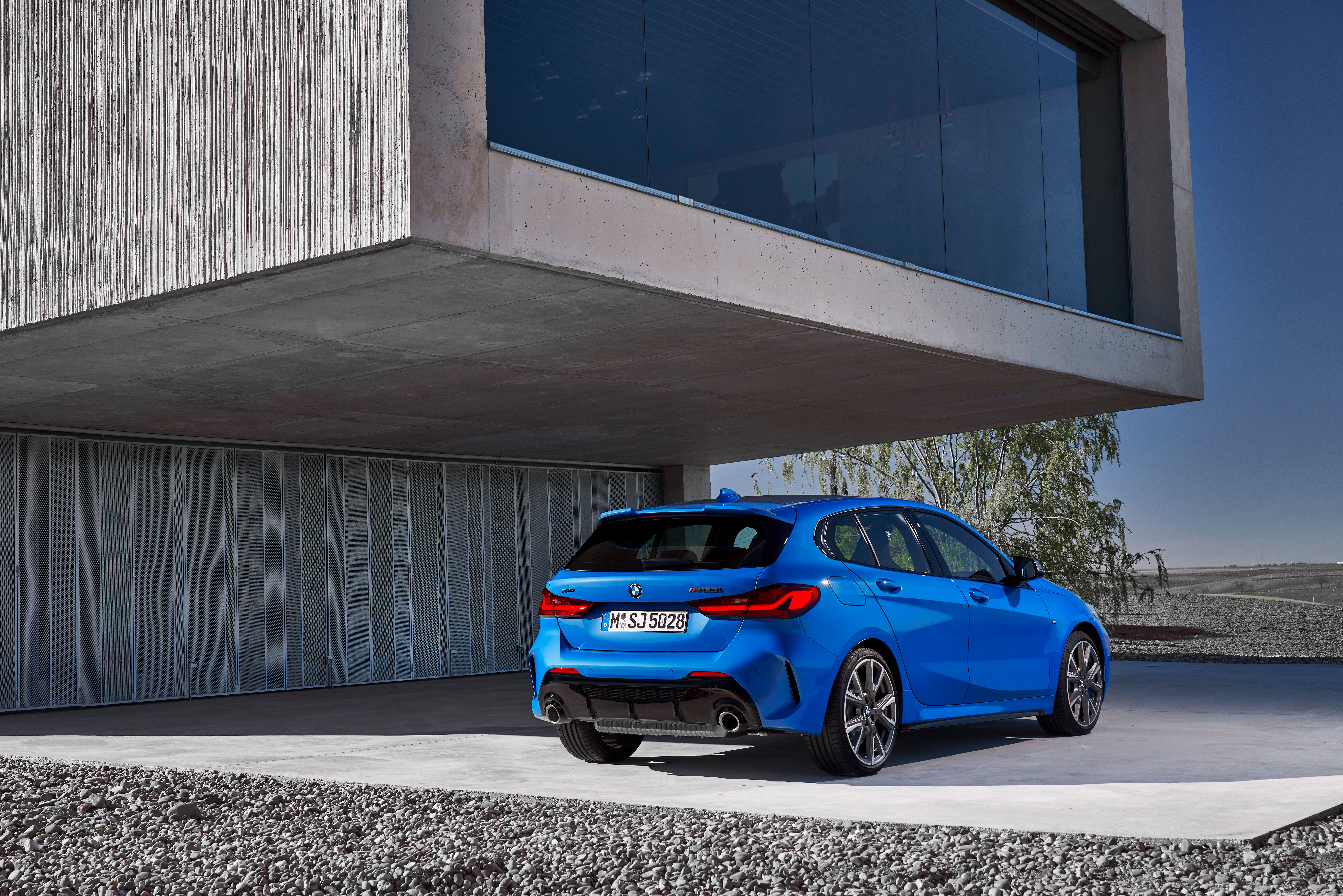
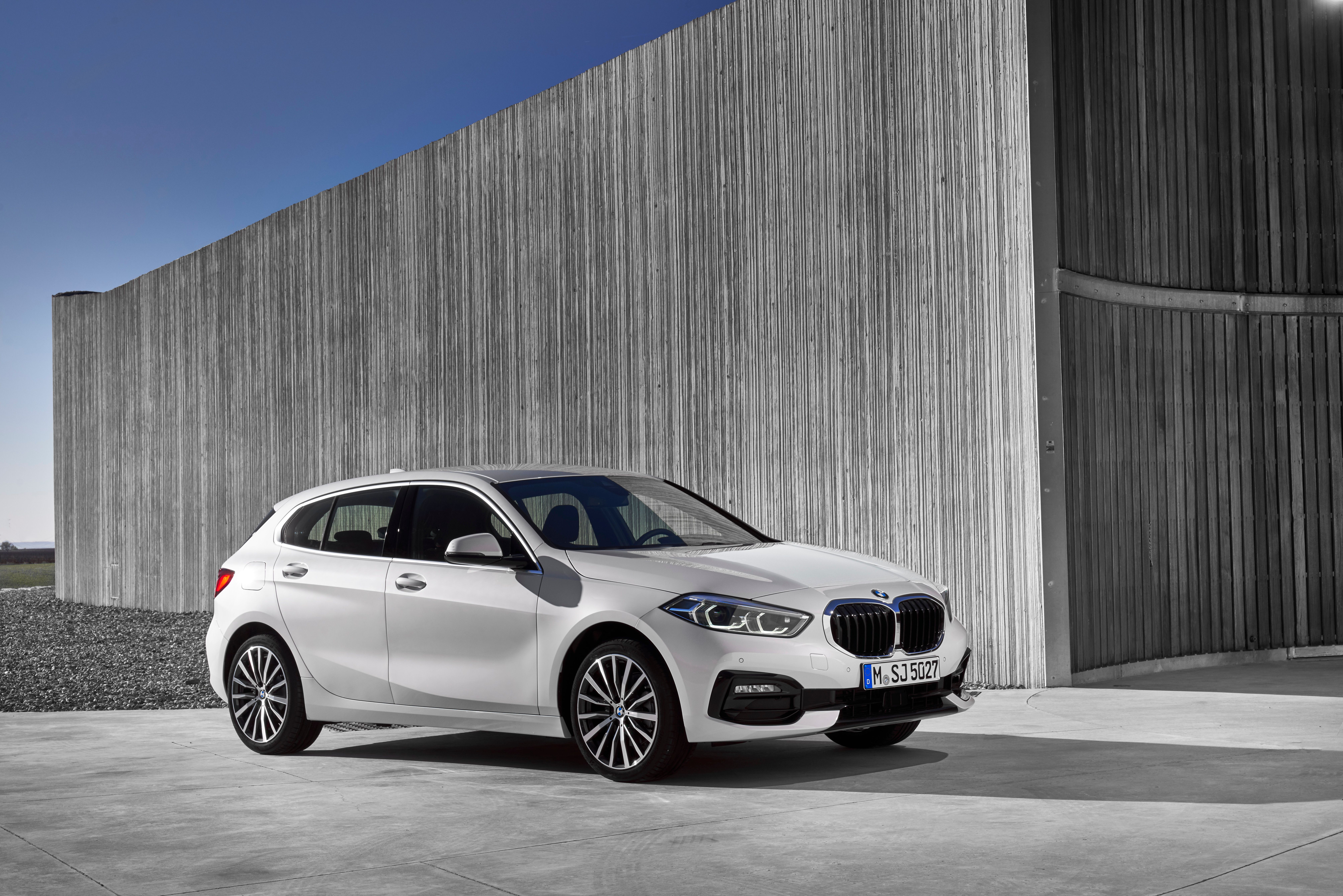
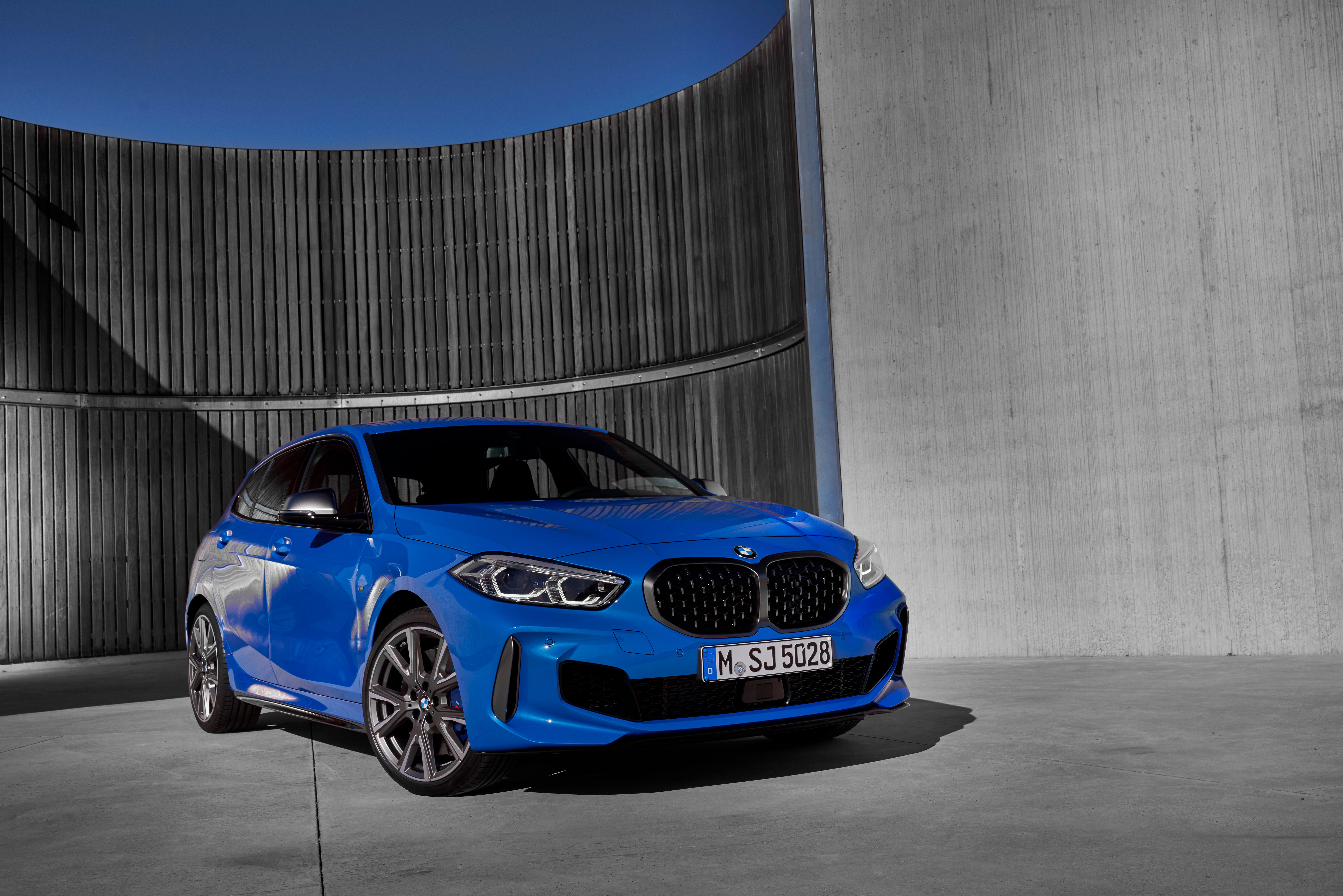
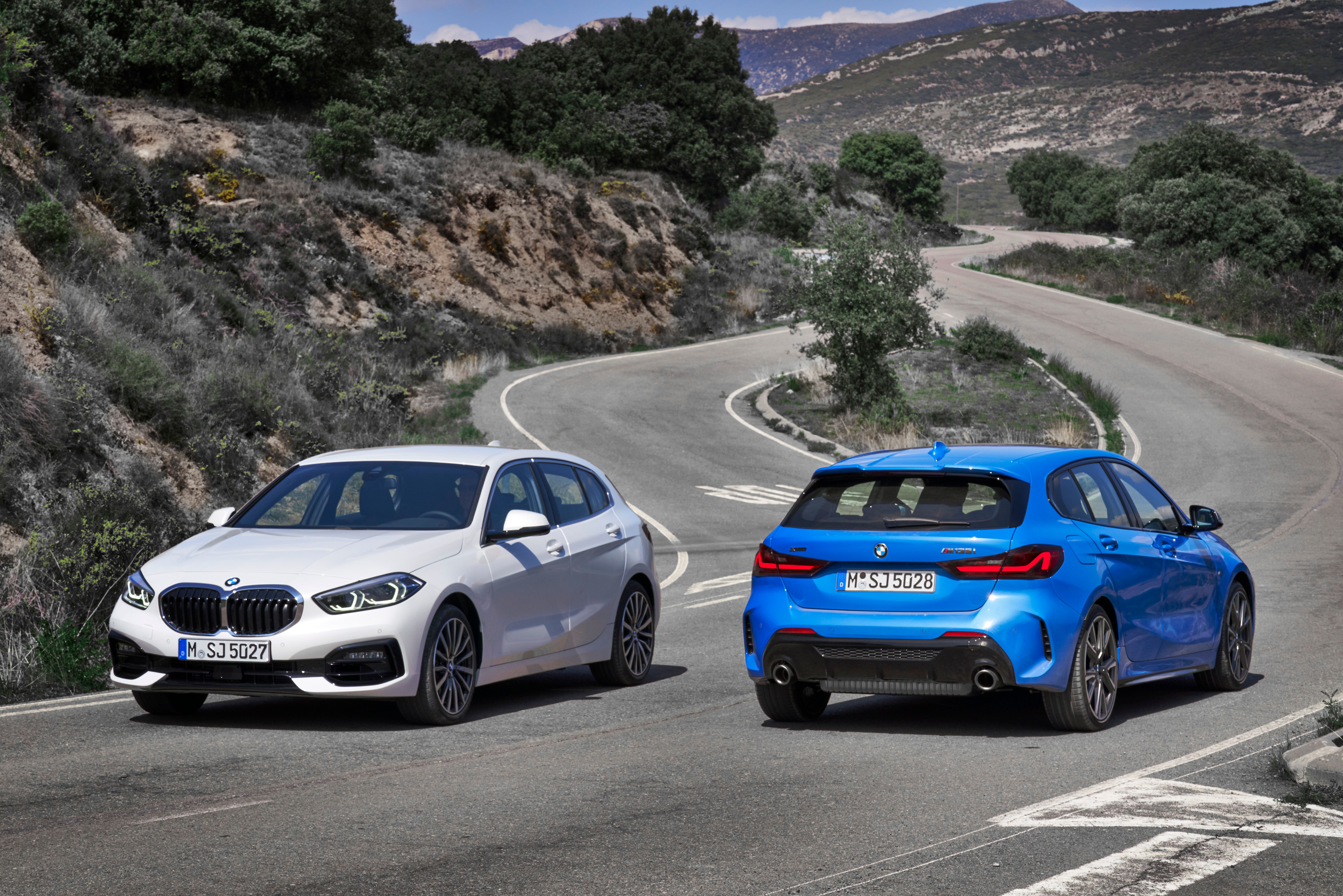
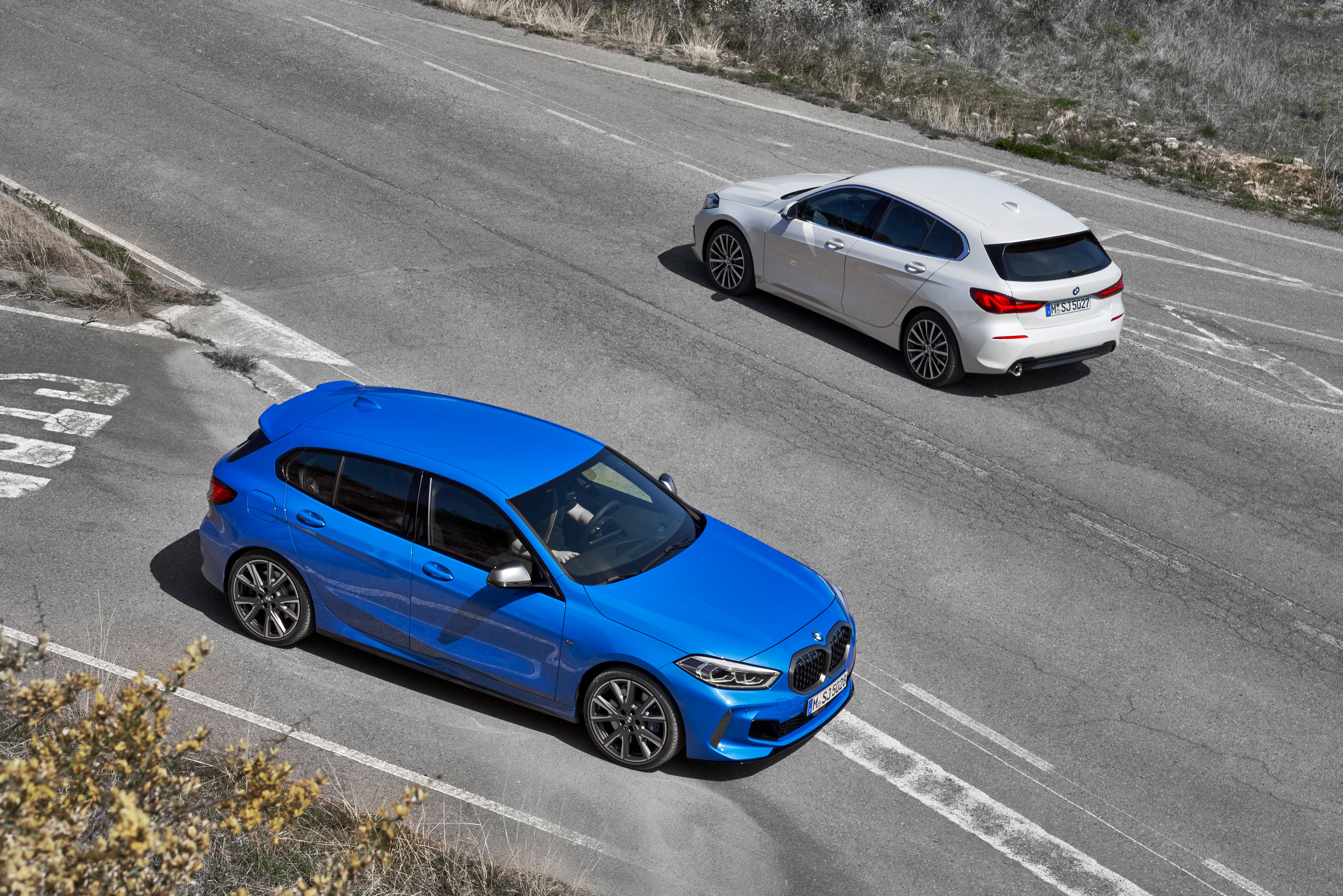
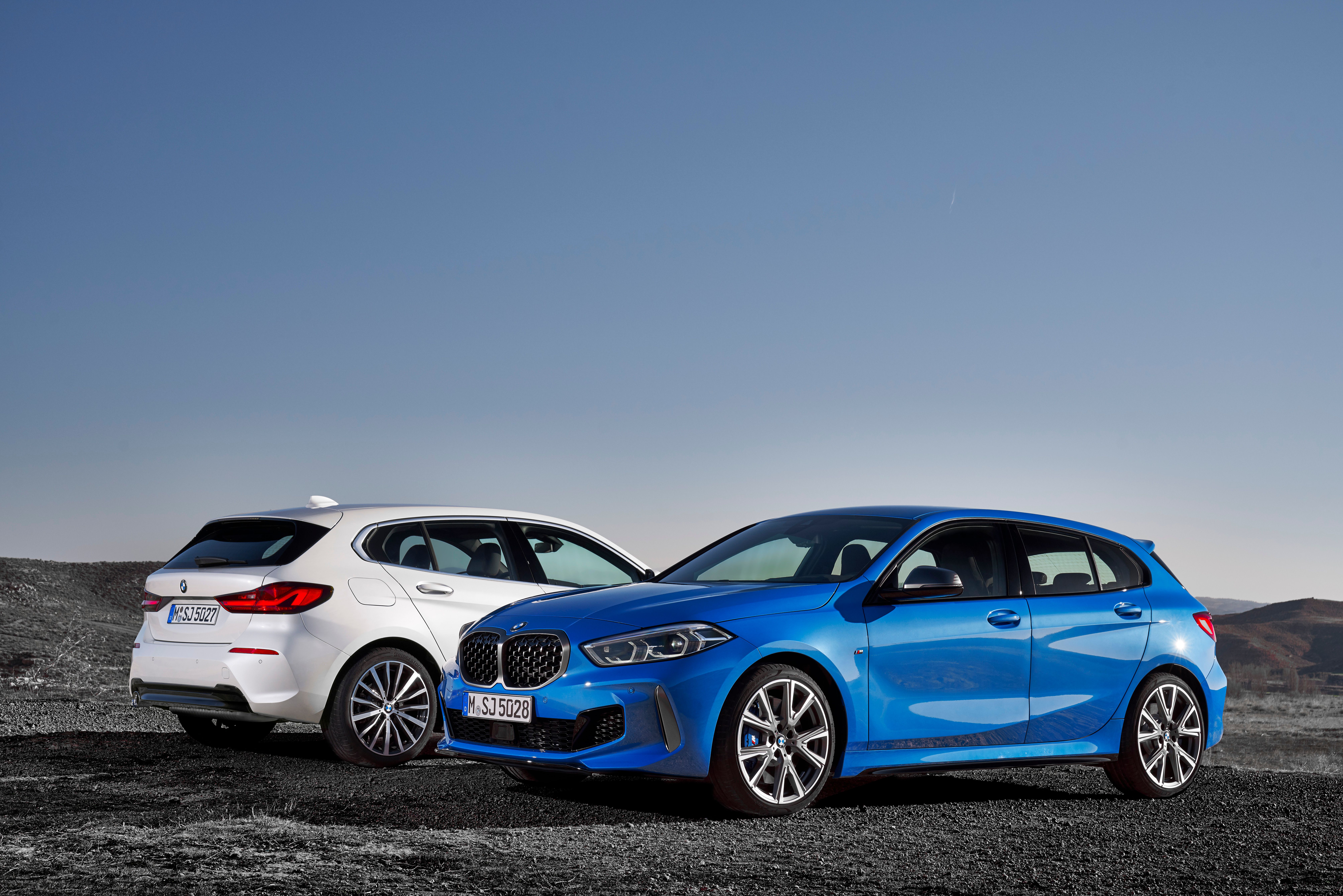
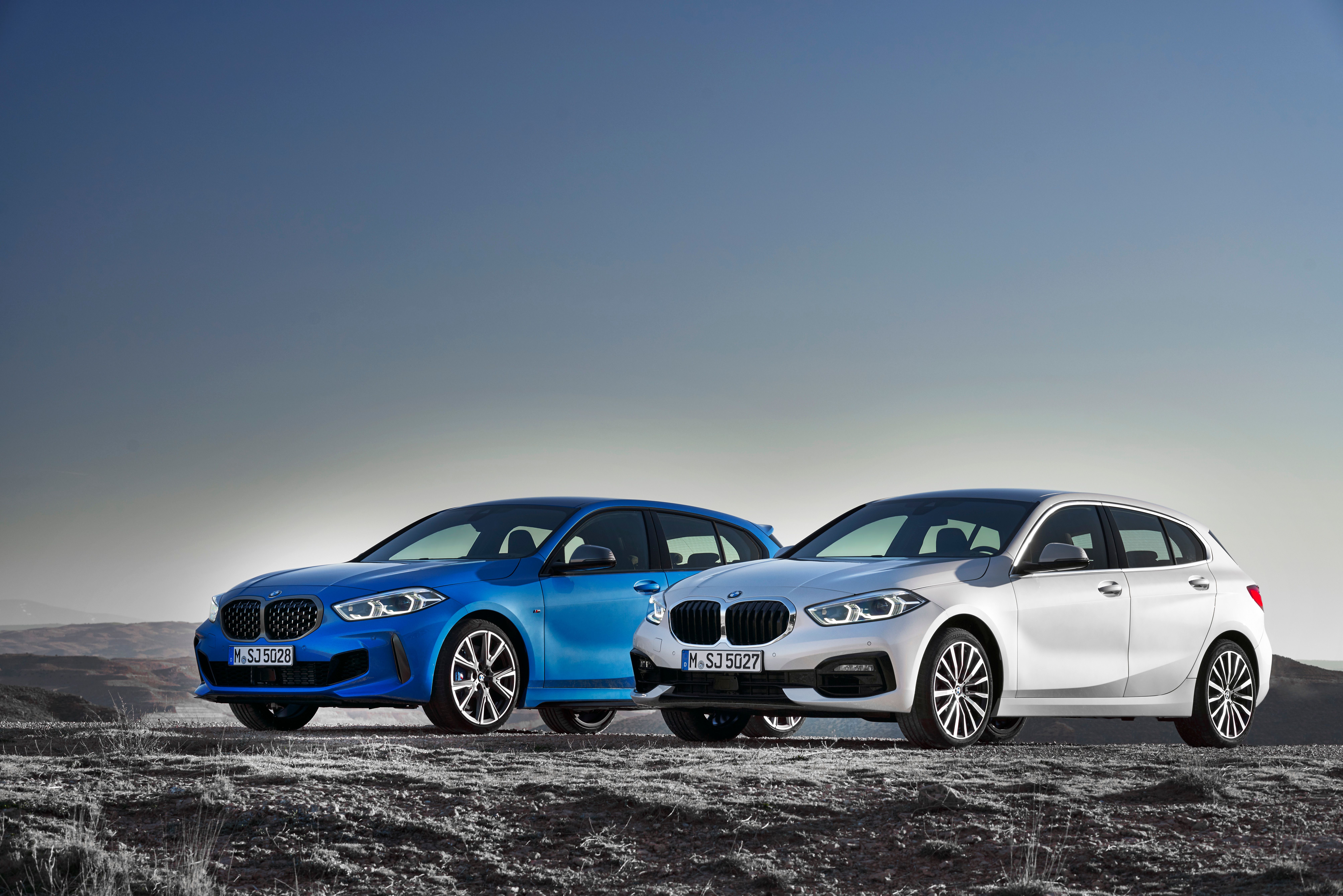
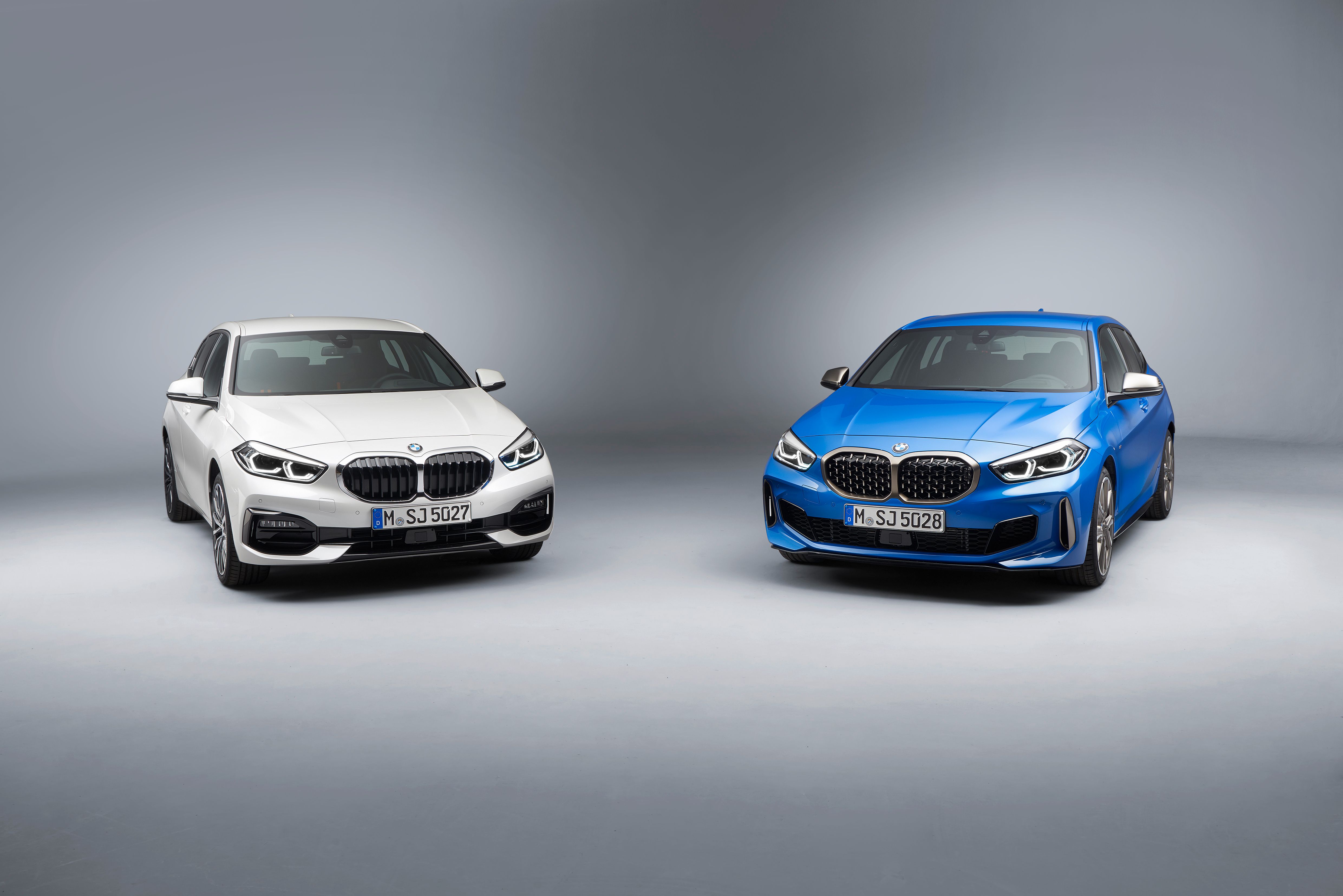
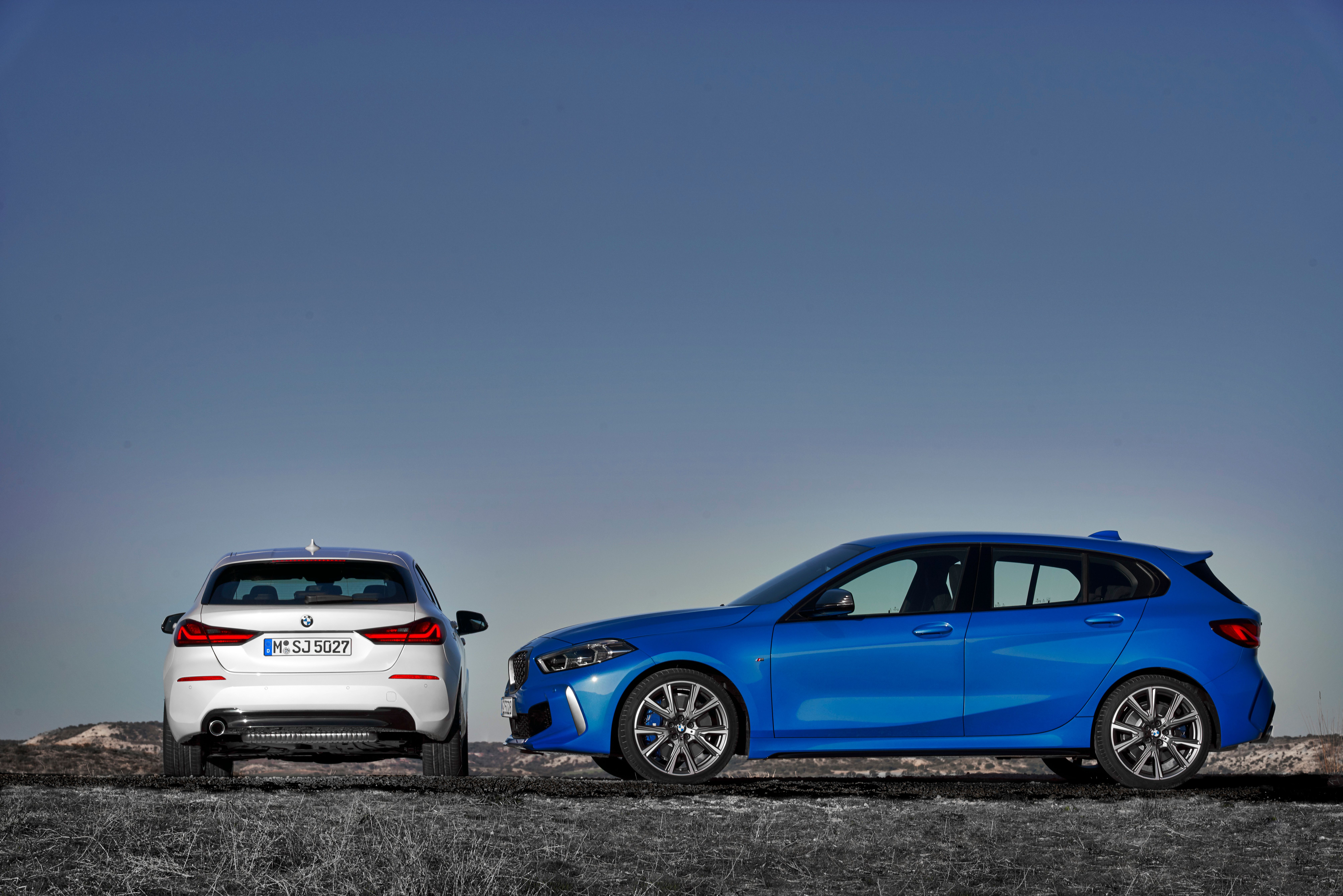
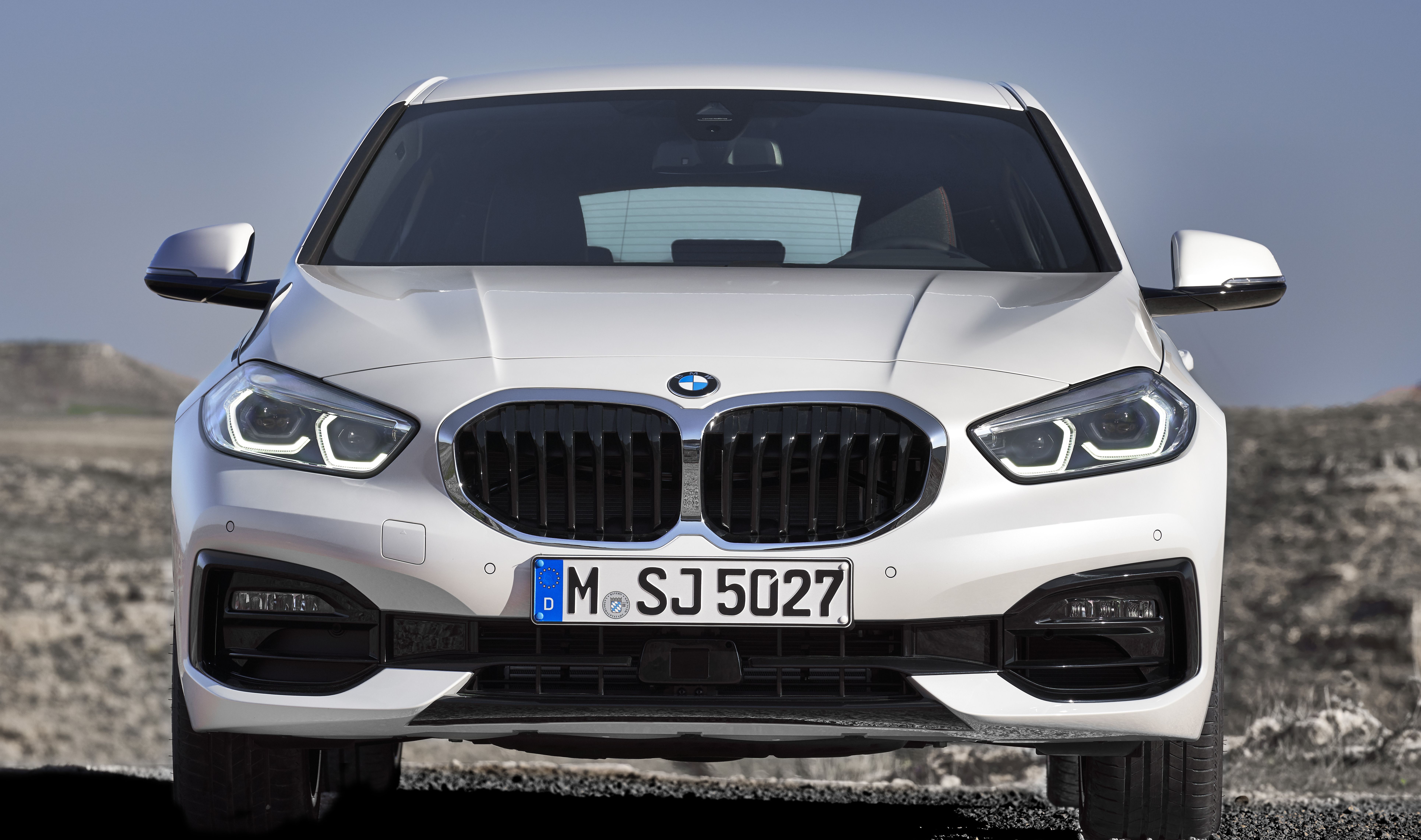
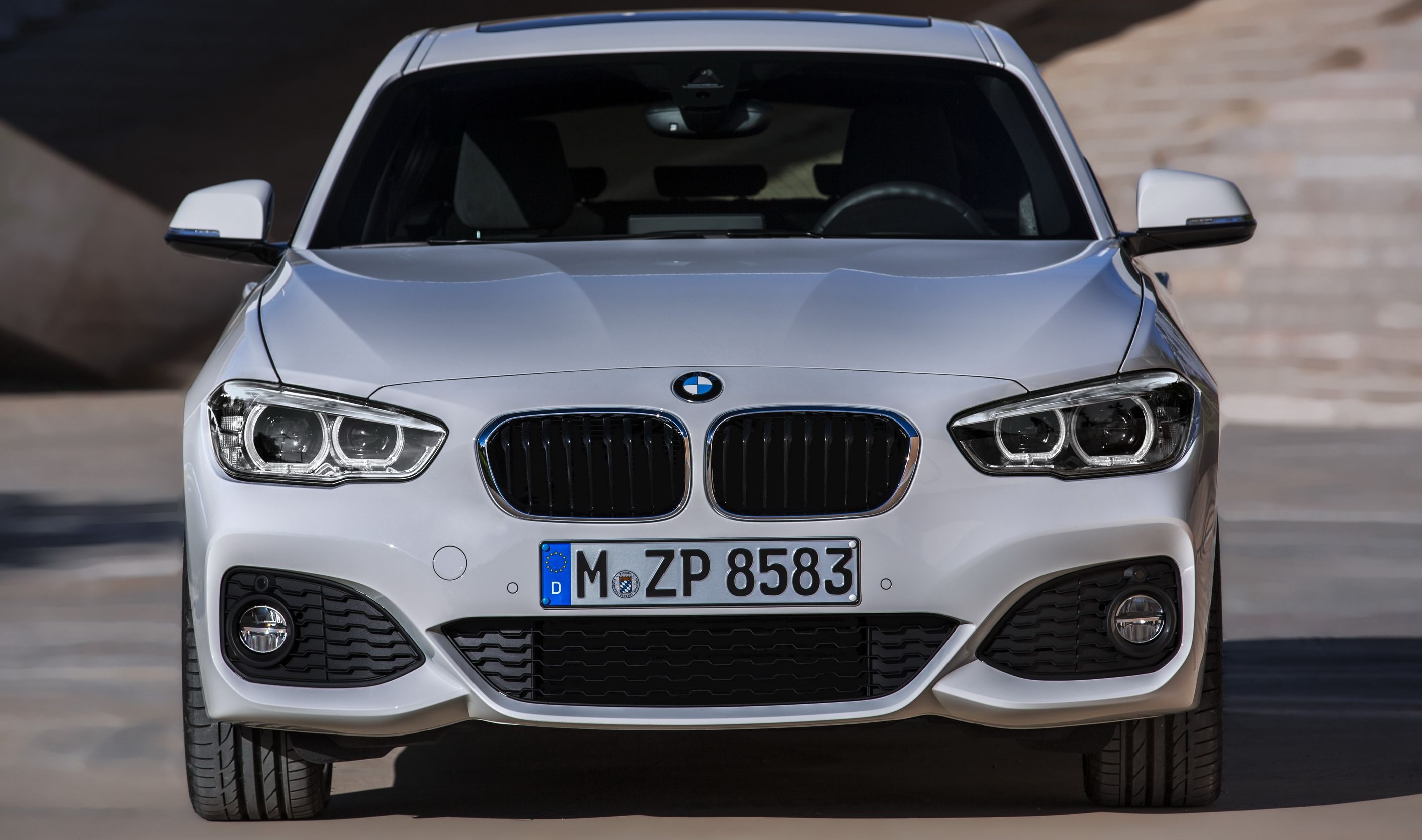
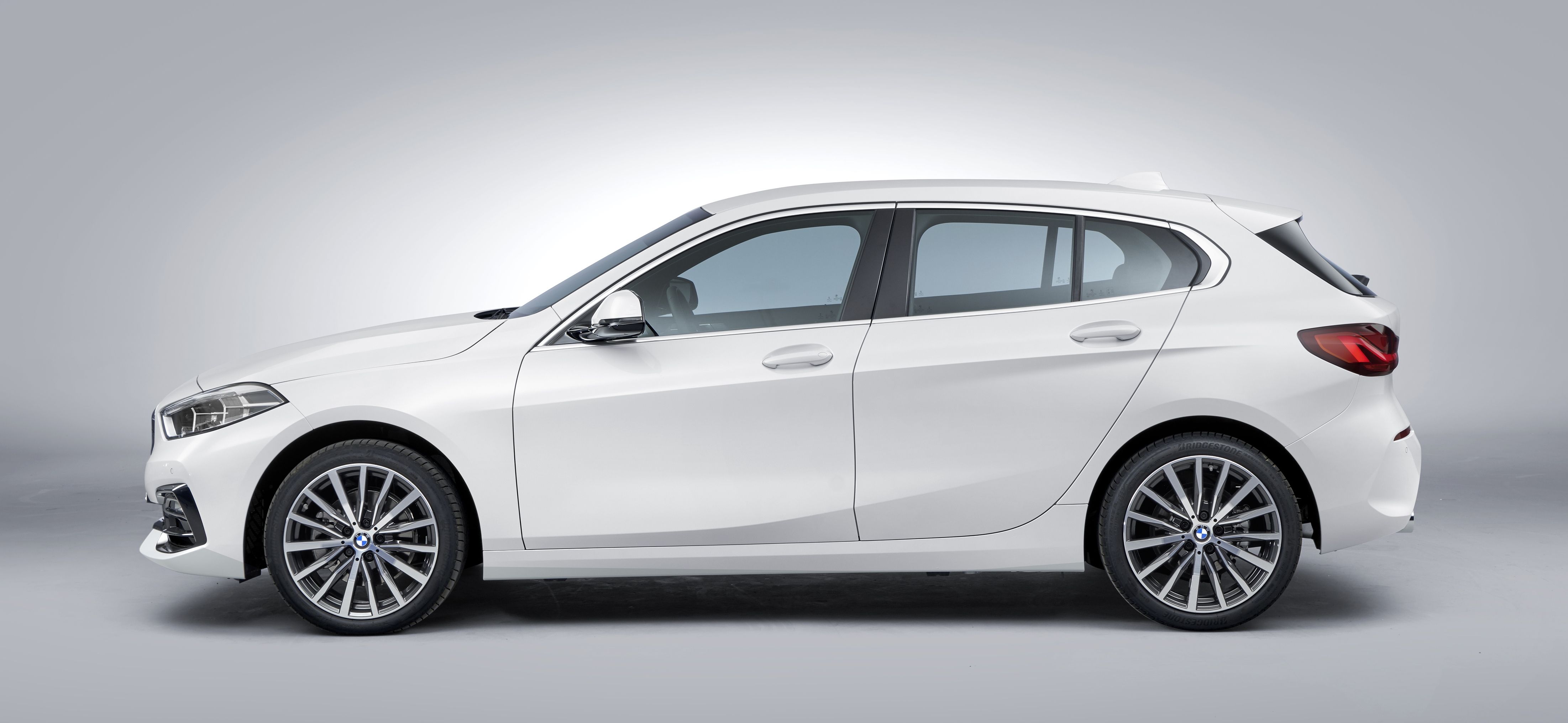
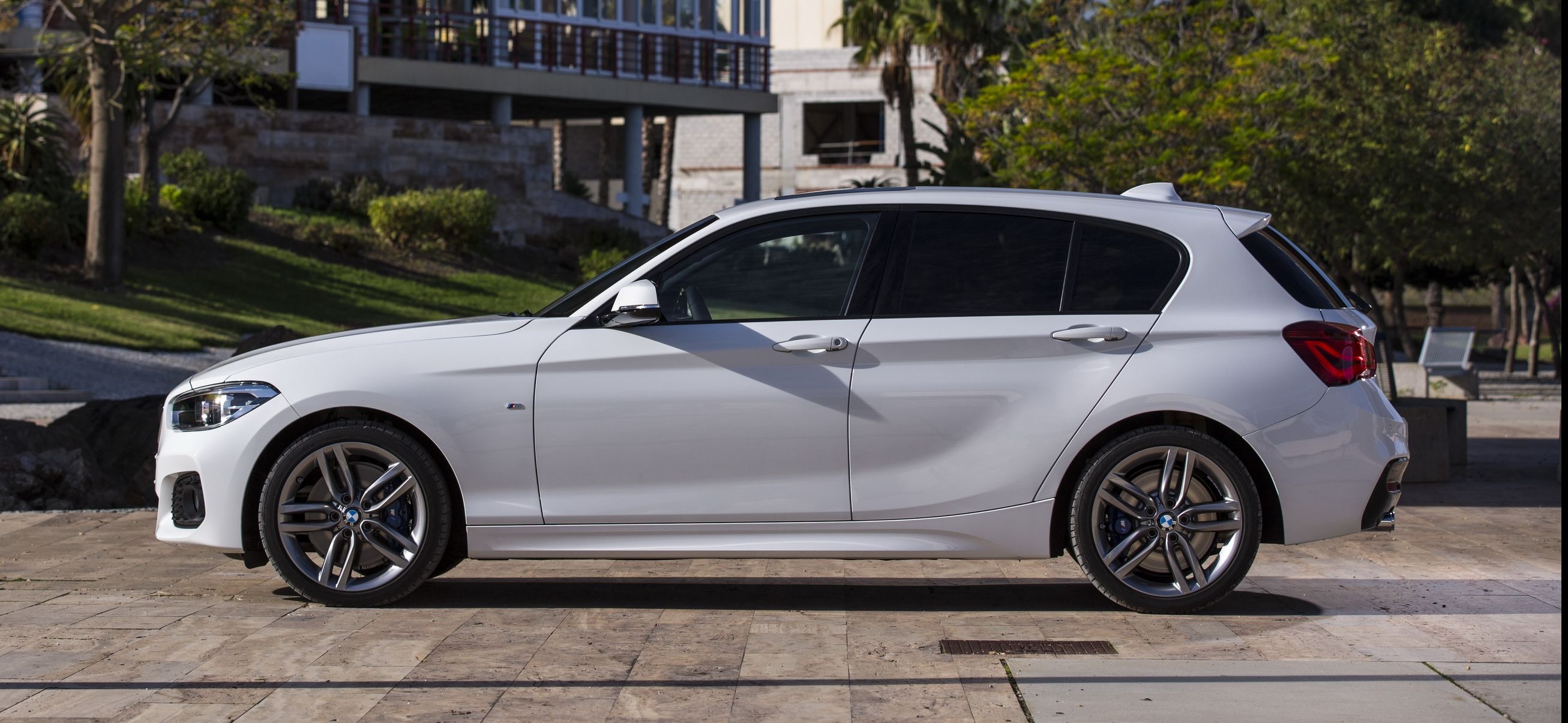
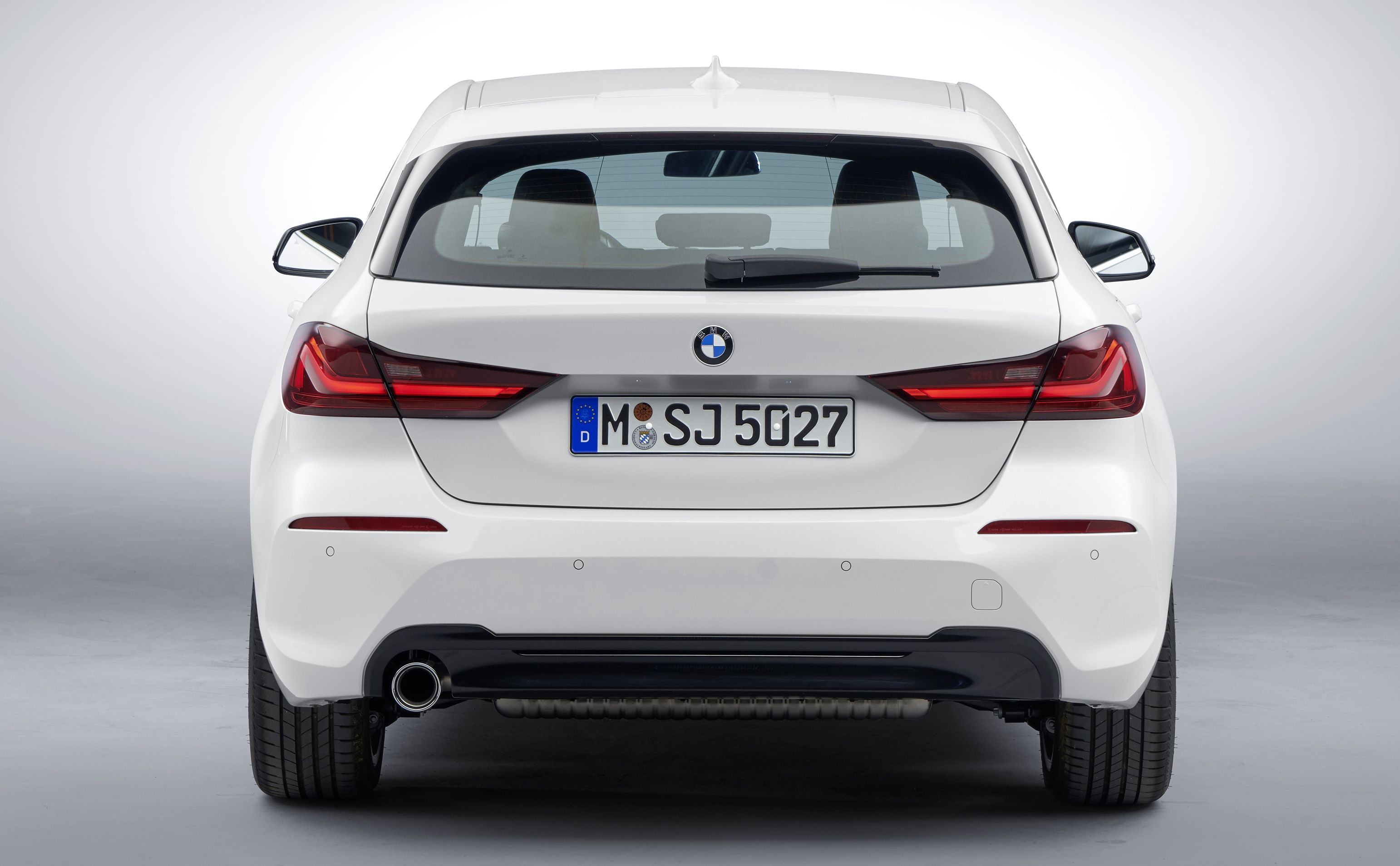
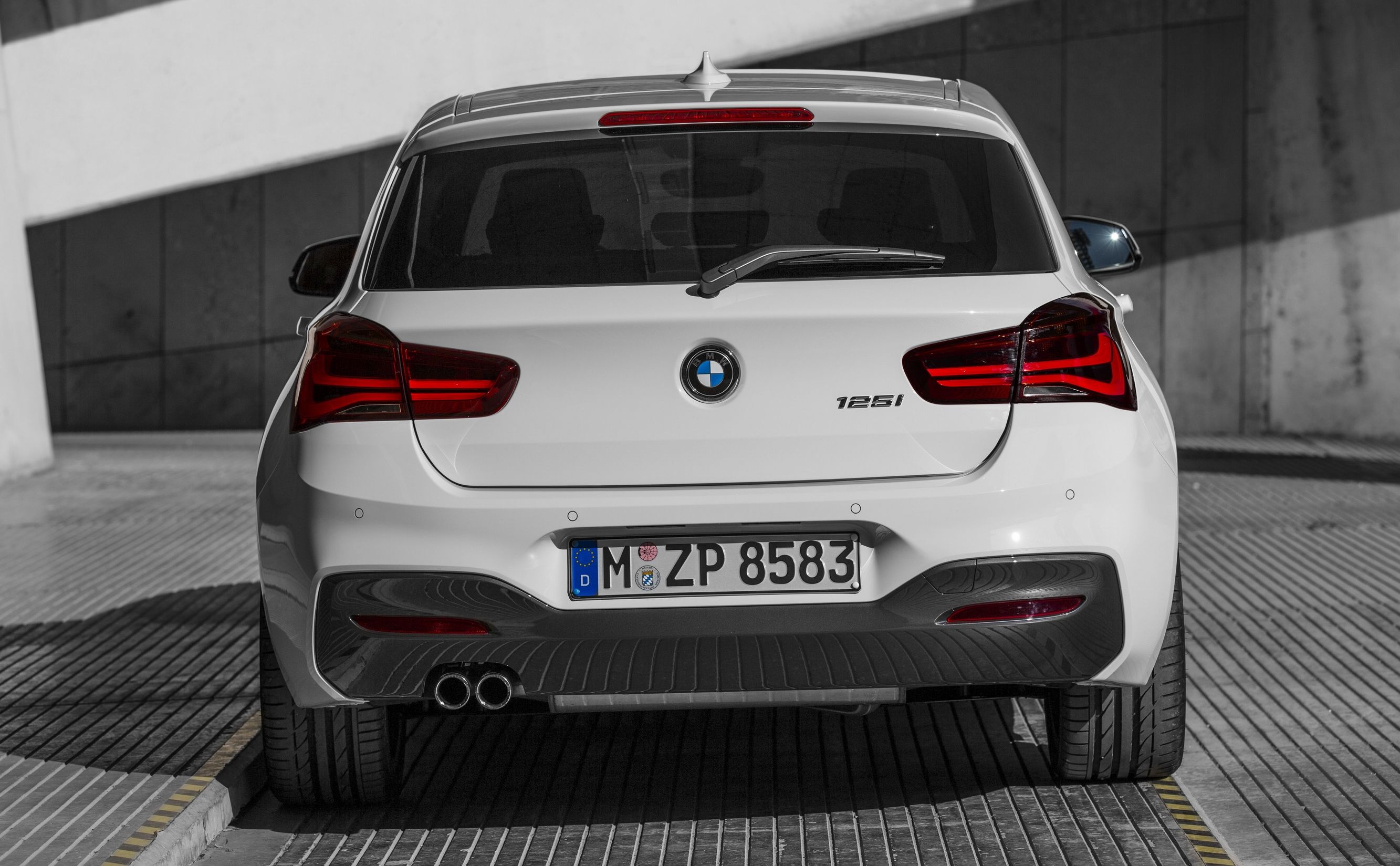
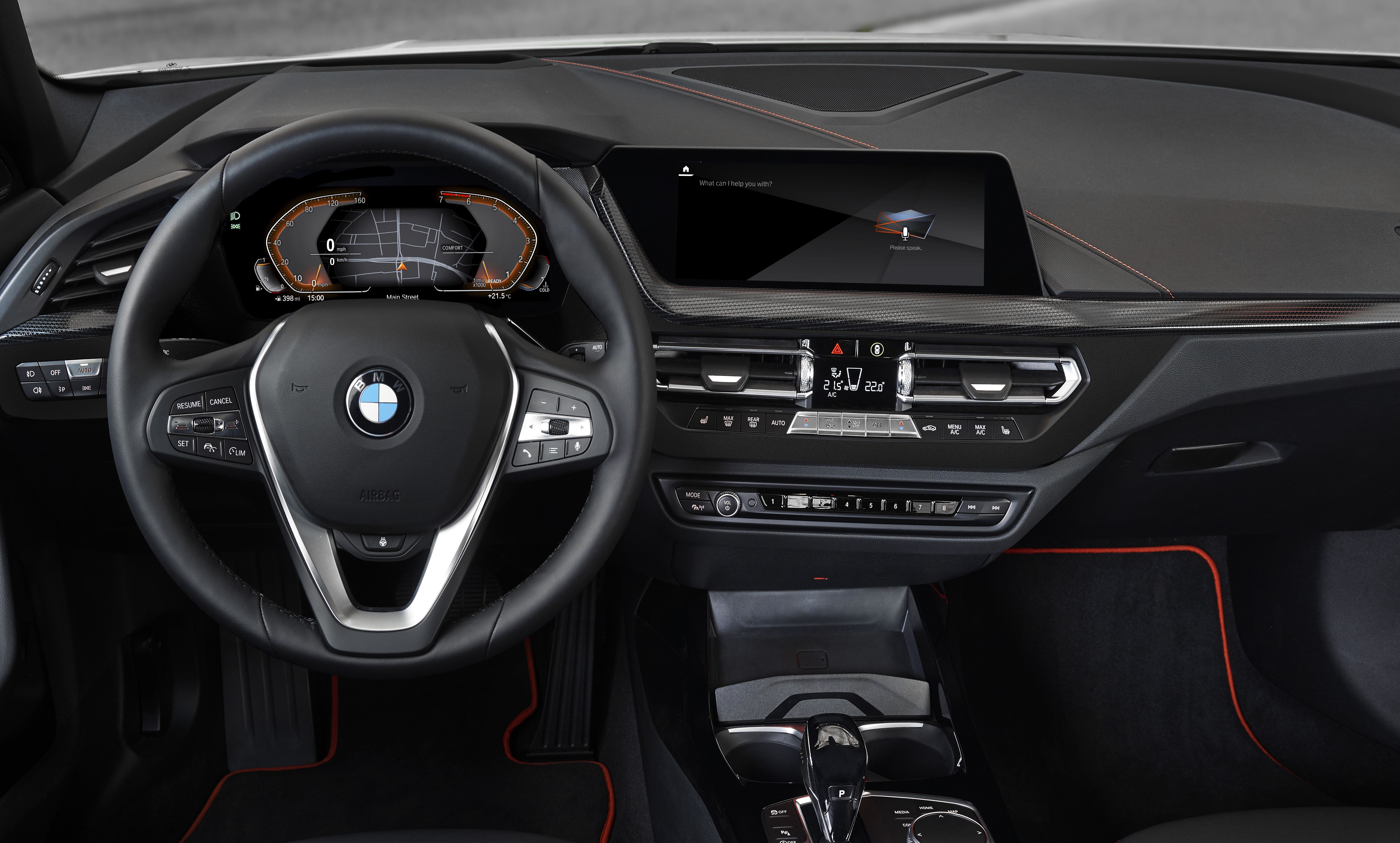
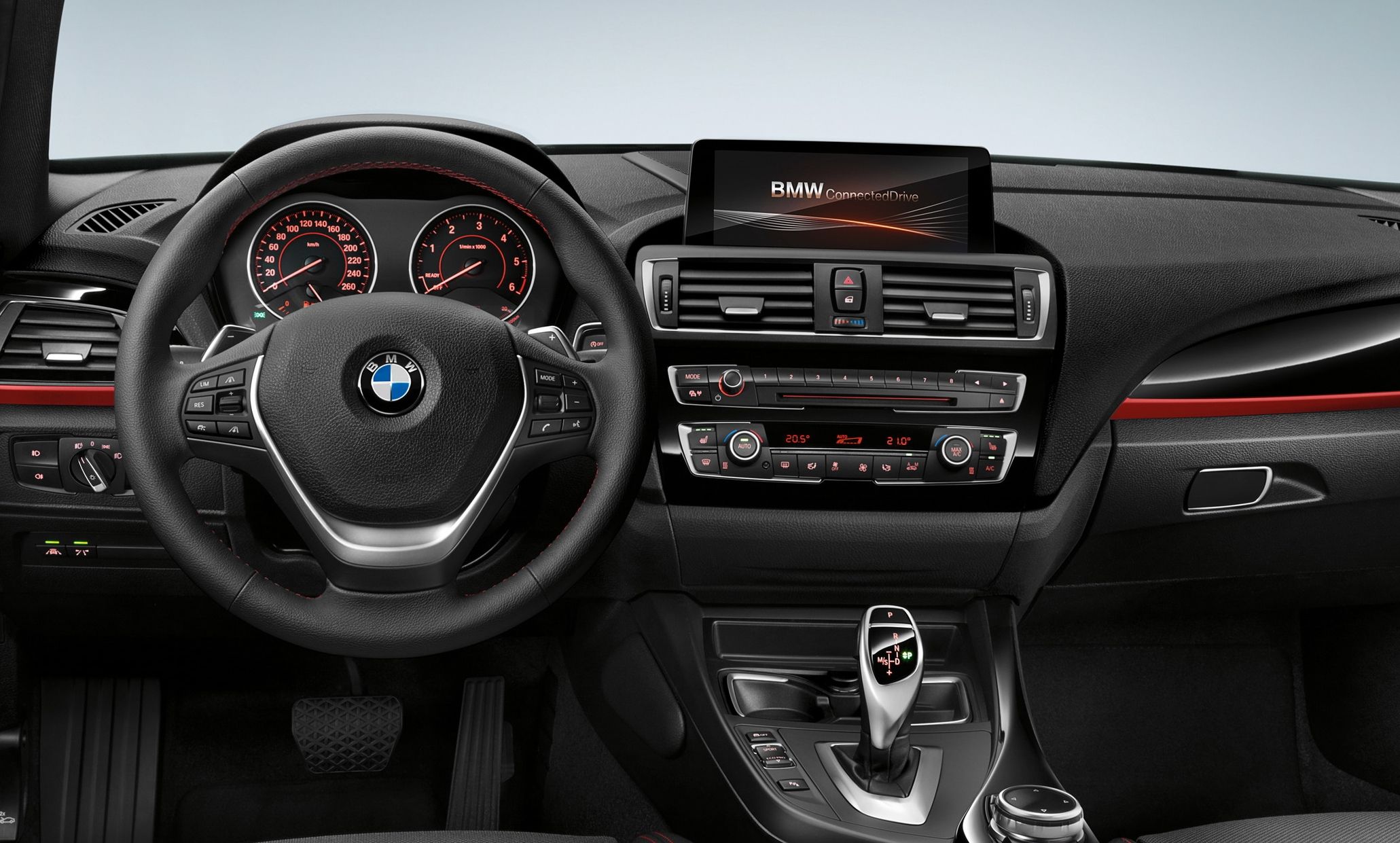
- Make: Array
- Model: 2020 BMW 1 Series
- [do not use] Vehicle Model: Array
Exterior
|
|
ids=841499,841500 |
no_overlay=false |
before_label=2020 BMW 1 Series |
after_label=2019 BMW 1 Series> |
The changes that BMW made for the new-generation 1 Series are quite significant. The old 1 Series wasn't exactly a looker. Its grille and headlamps arrangement made it look out of place among other BMWs, and it also lacked the sportiness most Bimmers boast nowadays. BMW finally ditched the quirky grille with the completely separated kidney elements, adopting the more modern grille were the two vents are only separated by the chrome frame. The kidneys are also much bigger now, while the chrome trim is notably thicker.
The headlamps didn't change that much. The units retain the same shape with angular corners, and their shape is also similar, but they're now slightly angled downward as they approach the grille. This design feature gives the 1 Series front fascia a more aggressive look. The bumper has a brand-new intake layout. BMW replaced the three-piece layout of the old model with a new design runs uninterrupted from one side to the other. The big vents at the corners are basically connected by a thinner vent with black trim that extends downward into a trapezoidal unit at the center.
|
|
ids=841501,841502 |
no_overlay=false |
before_label=2020 BMW 1 Series |
after_label=2019 BMW 1 Series> |
The 1 Series' new profile is downright spectacular. Much like Mercedes-Benz did with the A-Class, BMW ditched the straight beltline under the glasshouse in favor of a rising character line that creates increasingly narrower windows toward the back. The new 1 Series also has a slightly shorter front hood. The hood also has a sloping design toward the fascia, while the nose itself sits lower compared to the outgoing model, features that move the 1 Series closer to the traditional hatchback design seen on the Mercedes-Benz A-Class and the Audi A3.
One feature that BMW kept from the old model is the rising character line above the side skirt. The cool thing is that this feature works even better with the rising beltline, which makes the hatchback look even more dynamic. Although the rear-door window is much narrower now, BMW didn't eliminate the trademark Hofmeister kink. It's sharper now, but it's there to keep the BMW tradition alive.
|
|
ids=841503,841504 |
no_overlay=false |
before_label=2020 BMW 1 Series |
after_label=2019 BMW 1 Series> |
The rear end of the 1 Series is much sportier than before. The rear window is a bit smaller due to the sloping line of the roof, while the taillights are flatter and longer. I don't really like the fact that BMW moved the license plate recess from the bumper to the tailgate, but it helps make the rear fascia seem wider, so I guess it's a good thing for modern buyer trends. The rear bumper has a cleaner design as the old black insert was reduced to a thin, diffuser-like element.
Unlike the previous 1 Series, the new generation is available as a five-door model only. It's available with 19-inch wheels for the first time, while the full-LED taillights seen in the photos are optional. BMW also offers a panoramic roof.

As before, 1 Series models differ based on trim. While the base Advantage model is simpler, the Luxury Line adds satin aluminum trim, while Sport Line comes with black accents. The M Sport model features bigger front bumper intakes and a BMW M apron with high-gloss black accents. Finally, the M135i flagship model stands out thanks to a unique mesh kidney grille, angle-cut tailpipe tips in Cerium Grey, and a BMW M rear spoiler in body color.
Size-wise, the new 1 Series is 0.2 inches shorter than the old model at 170 inches. Although a bit shorter, the new 1 Series is notably wider. At 70.8 inches, the new hatchback is 1.3 inches wider than its predecessor. The 2020 1 Series is also a bit taller at 56.5 inches, a half-inch gain. Finally, its wheelbase is 0.8 inches shorter at 105.1 inches, an unlikely decrease given that most new-generation models have longer wheelbases.
Interior
|
|
ids=843554,843555 |
no_overlay=false |
before_label=2020 BMW 1 Series |
after_label=2019 BMW 1 Series> |
The old 1 Series' exterior might not have been so outdated, but it's interior needed a serious revamp. Just look at the cluttered center stack and the old-school A/C vents. Fortunately, BMW designed the new 1 Series with a much modern look. Like other BMWs, the 1 Series now features a new infotainment display that's smoothly integrated into the upper dash, neighboring the redesigned instrument cluster. Below the screen, we can see new, modern looking A/C vents that take up less space and a clean center console with just a few buttons and knobs. Most of the controls that cluttered the old car's center stack were replaced by digital controls in the infotainment screen.
The new digital instrument cluster seen in recent introductions like the Z4 and the 8 Series made it into the 1 Series too. It displays the speedo and rev counter as "half clocks" on the sides and navigation and performance info in the center. The steering looks sportier now thanks to a thicker lower spoke and a bigger center section. It also has revised controls with touch-sensitive buttons.

The door panels were revised too and now feature larger storage bins, but they also sport a more elegant look with aluminum-look handles and lower armrests. For the very first time in a Bimmer, you can order backlit trim strips. They come in three different designs with six switchable colors that add a translucent effect to areas on the dashboard and the door panels. While this feature is new in a BMW, it's already available in the Mercedes-Benz A-Class. You can now have wireless charging for smartphones in the 1 Series, but you have to pay extra and add it from the options list.
Moving over to tech, the 1 Series includes BMW's latest 7.0 operating system. It includes gesture control if selected and displays information on both the infotainment screen and the instrument cluster. Both displays measure 10.25 in the more expensive models, but they can be ordered on the more affordable trims as well. You can also order a 9.2-inch head-up display for the first time in the 1 Series. This feature displays basic information on the windscreen so you can access it while focusing on the road ahead.

Another option you can get is the BMW Digital Key. Offered only in the bigger Bimmers up until now, it enables you to lock and unlock the car from your smartphone using Near Field Communication (NFC) technology. What happens if your phone battery is dead? Well, you can still open the door by holding the phone up to the door handle. To start the engine, you need to place the phone in the phone tray or the wireless charging tray. You can also share the Digital Key with up to five other people. The bad news is that the Digital Key is only available for Samsung Galaxy models with Android 8.0 and above.
Next up is the Intelligent Personal Assistant, first unveiled in the BMW 3 Series. Connected to all of the car's functions, it can be activated with the prompt "Hey BMW" and you can use it to operate and access functions by speaking. Just like Mercedes' MBUX system, it can learn routing, preferred setting, and habits. You can also name the digital character for more familiar communication.

The new iDrive Controller opens up more operating methods through touch, voice, and gestures. You can use it to control the navigation system and includes up to seven different gestures.
All told, the new 1 Series is just as technologically advanced as the Mercedes-Benz A-Class, considered the most high-tech hatchback ever produced up until now.
Thanks to its new front-wheel-drive architecture, the 1 Series has a roomier interior compared to the outgoing model. BMW says that knee room for rear passengers has increased by 1.3 inches, while rear headroom increased by 0.7 inches. Rear passengers also benefit from an extra 0.5 inches of elbow room. Up front, elbow room increased by a solid 1.65 inches.
When it comes to trunk space, the 1 Series can swallow an extra 13.4 cubic feet of luggage. That's an extra 0.7 cubic feet, so it's not a huge improvement. However, the 1 Series now offers a bit more trunk space than the Mercedes-Benz A-Class, which is rated at 13 cubic feet. It's also notably more than the Audi A3 that can take up to 11.8 cubic feet.

Fold the rear seats and trunk space increases 42.4 cubic feet, identical to the outgoing 1 Series. This rating keeps the Bimmer behind the Mercedes-Benz A-Class, which can take up to 42.7 but places it above the Audi A3, rated at 41.5 cubic feet.
Drivetrain

The big news here is that the 1 Series now rides on a front-wheel-drive architecture. Introduced in 2004 with a RWD layout, the 1 Series remained the only RWD car in this segment since both the Mercedes-Benz A-Class and Audi A3 featured front-wheel drive since their respective launches in 1996. So the UKL2 platform, shared with the Mini Clubman and the BMW 1 Series Sedan sold in China, aligns the 1 Series to its hatchback competitors.
With several purists upset about the switch, BMW took a lot of time to explain the benefits for the FWD platform. On top of the extra space gained inside the cabin, BMW says that the 1 Series is more agile than its predecessor. The Germans also claim that it managed to transfer some technology from the BMW i series to "create a proper BMW with a character all its own."
Moving over straight to the oily bits, BMW launched the new 1 Series with two gasoline and three diesel engines. Just like the rest of the front-wheel-drive BMW and Mini lineup, the 1 Series features only three- and four-cylinder units.

On the gasoline front, the lineup starts with the 118i, powered by a 1.5-liter three-cylinder that cranks out 140 horsepower and 148 pound-feet of torque. This model replaces the old 118i that also featured a three-cylinder engine, but generated 134 horses and 162 pound-feet. Interestingly enough, the new 118i boasts an extra six horsepower but lacks 14 pound-feet of twist. The sprint to 62 mph takes 8.5 seconds, while top speed comes in at 132 mph. This model is restricted to a seven-speed dual-clutch transmission.
Next up is the range-topping M135. Unlike its predecessor, which had a 3.0-liter inline-six, it features a turbocharged, 2.0-liter four-cylinder engine. The unit pumps out 306 horsepower and 332 pound-feet of torque. Compared to the outgoing M140i, it falls behind by 29 horsepower and 37 pound-feet of torque. This version is obviously quicker, needing 4.8 seconds to hit 62 mph, toward a top speed of 155 mph. The seven-speed gearbox is replaced with an eight-speed Steptronic transmission with a sportier setup.

On the diesel front, BMW offers a 1.5-liter three-cylinder as a base engine. The oil burner generates 116 horsepower and 199 pound-feet, only two horses more than the old model. The most affordable diesel hits 62 mph in 10.1 seconds with the eight-speed automatic transmission and 10.3 seconds with a six-speed manual. Its top speed is rated at 124 mph.
The second diesel option is called the 118d and features a 2.0-liter four-cylinder that cranks out 150 horsepower and 258 pound-feet of twist. It replaces a long discontinued model that delivered 141 horsepower and 236 pound-feet, so that's an extra nine horses and 22 pound-feet. The 118d charges to 62 mph in 8.4 seconds with the automatic and 8.5 clicks with the manual, while its top speed goes up to 135 mph.
Finally, there's the range-topping 120d xDrive, the only diesel trim that has AWD as standard. Powered by a 2.0-liter four-cylinder, the 120d hits the ground with 190 horsepower and 295 pound-feet on tap. Compared to the outgoing model, it benefits from only an extra two horsepower. The 0-to-62 mph sprint for this model is rated at seven seconds, while top speed comes in at 143 mph. The 120d features an eight-speed automatic transmission only.
Speaking of technology borrowed from the electrified BMW i series, the 1 Series features the i3's ARB system, or actuator contiguous wheel slip limitation. Making its debut in a combustion-engined BMW, it allows wheel slip to be controlled much more sensitively and swiftly than before. ARB uses a slip controller that is positioned directly in the engine control unit, eliminating the long signal paths and sending information to the computer three times quicker. BMW says you will perceive wheel slip being brought under control up to ten times faster.

The M135i xDrive also includes a newly developed mechanical Torsen limited-slip differential that creates a locking effect between the front wheels. The differential is integrated into the eight-speed Steptronic Sport transmission and also features a Launch Control mode that puts the full peak torque of 332 pound-feet on tap in first and second gear.
Driver Assistance Systems

Since the new Mercedes-Benz A-Class arrived in early 2018, the 1 Series struggled to remain competitive in the technology department. Actually, struggled is a kind word, as the A-Class was superior in all areas, ranging from infotainment and efficiency to driver assistance system. Fortunately, the new 1 Series has what it takes to give the A-Class a run for its money.
Just like its Mercedes counterpart, the 1 Series borrowed many assistance systems from the bigger, more expensive Bimmers. First up, the 1 Series now uses camera images and data gathered by radar and ultrasonic sensors to monitor its surroundings and alert the driver about hazards and help avoid them. The standard equipment includes collision and pedestrian warning with city braking function and a lane departure warning system with active lane return. The latter is operational from 44 to 130 mph. The options list includes active cruise control (usable up to 99 mph and the Driving Assistant, which combines the lane change warning system, rear collision warning, and crossing traffic warning.

The 1 Series also provides assistance with parking through the optional Park Distance Control (PDC) feature, the rearview camera, and Park Assist. The latter enables automatic assisted parking in spaces that are either parallel or perpendicular to the road, as well as automatic exit from parallel parking spaces. The reversing assistant stores the steering movements for any section the car has just driven forward along at no more than 22 mph. The system is then able to steer the vehicle in reverse distances of up to 164 feet at up to 5.5 mph along the same line it took when moving forward.
Pricing

The brand-new 1 Series starts from £24,430 in the United Kingdom. That's a small £705 premium over the outgoing five-door version of the hatchback. Opt for the M Sport package, and the pricing jumps to £27,230. The diesel lineup starts from £28,300, but the 120d xDrive M Sport variant will set you back £34,270 before options. Pricing for the M135i is not yet available, but expect it to cost well in excess of £35,000.
U.S. pricing is not yet available, but that's mainly because the 1 Series won't come to the U.S. Should BMW change its mind, the 118i will probably retail from around $27,000. But given that Mercedes-Benz and Audi don't offer the A-Class and A3 on this side of the pond, BMW might not want to re-enter the hatchback segment in North America.
Competition
Mercedes-Benz A-Class
Redesigned in 2018, the A-Class redesigned the hatchback segment thanks to its state-of-the-art technology, semi-autonomous driving systems, and S-Class inspired interior. The hatchback also looks notably sportier than its predecessor. Engine options are as diverse as they get. The A160 and A180 both feature a 1.3-liter four-cylinder engine rated at 101 horsepower and 133 pound-feet and 134 horses and 148 pound-feet, respectively. An A200 model with the same engine comes with 161 horsepower and 184 pound-feet of twist on tap. Moving up the ladder, the A220 4Matic cranks out 188 horsepower and 221 pound-feet from a 2.0-liter four-cylinder. The same mill cranks out 221 horses and 258 pound-feet of torque in the A250. Moving over to diesels, the A180d comes with a 1.5-liter four-cylinder rated at 114 horses and 192 pound-feet. The A200d features a larger 2.0-liter four-banger good for 148 horses and 236 pound-feet. The same mill generates 187 horsepower and 295 pound-feet of torque in the range-topping A220d model. Pricing for the A-Class starts from £22,195 for the gasoline range and from £27,945 for diesels. The AMG A35, which is supposed to compete with the M135i, comes in at £34,350.
Read our full review of the 2018 Mercedes-Benz A-Class.
Audi A3 Sportback
The A3 is the 1 Series' second most important competitor. Unlike the A-Class, it's significantly older, having been released in 2012, but thanks to a facelift introduced in 2017, it's still somewhat fresh as far as design and performance goes. On the other, the A3 lags behind when it comes to technology, missing most of the state-of-the-art features. Engine-wise, the A3 is available with a wide variety of engines, starting with the 1.0-liter three-cylinder that pumps 114 horsepower and 148 pound-feet in the base model. Audi also offers a 1.5-liter four-cylinder good for 148 horsepower and 1.8-liter four-banger rated at 178 horses. The 2.0-liter four-pot in the 2.0 TFSI model is the most powerful below the S3, generating 220 horsepower and 258 pound-feet. On the diesel front, Audi offers a 1.6-liter four-cylinder rated at 113 horsepower and 184 pound-feet of torque. The Germans also offer a 2.0-liter four-banger that generates 150 horsepower and 236 pound-feet in the mid-range model and 184 horses and 280 pound-feet in the top-ranking hatchback. The Audi A3 Sportback starts from £22,725 and goes all the way up to £37,020 for the S3 Sportback that goes against the BMW M135i.
Read our full story on the 2018 Audi A3 Sportback
Conclusion

The new-generation 1 Series is a big step forward for the nameplate, despite enthusiast complaints that the switch from the RWD platform to FWD is bad for the brand and for the hatchback's dynamics. Although it's not notably more powerful than its predecessor, the new 1 Series boasts a notably sportier design and, more importantly, the technology BMW needed to tackle the recently launched Mercedes-Benz A-Class. The only bad news here is that 1 Series still isn't coming to the U.S. This isn't surprising given that Mercedes-Benz and Audi still continue to refuse to sell the A-Class and A3 Sportback stateside, but it's disappointing that U.S. customers can't have access to this cool hatchback.
Further reading
Read our full review on the BMW 1 Series Sedan.
Read our full review on the 2019 BMW 1 Series.
Spyshots
12/27/2017 - BMW 1 Series caught playing in the snow


11/02/2017 – Take a peek inside the 1 Series crystal ball

So, let me start off by saying that we’ve gone over these spy shots multiple times attempting to find something new, but nothing on the outside has changed. It’s only been a couple of months, and, it happens. But, what’s important here is what came at the end of our photo roll, and that was a look at the interior. It’s pretty wild considering BMW rarely changes much, but the truth is, there’s a lot going on here – even if we can’ see most of it because it’s covered up. First of all, let me point out the more obvious items like the new shifter for the automatic transmission, and there’s also a button for the ugh electronic emergency brake. Dear God, don’t get me started on the addition of the electronic E-brake.

The real changes are what’s happening under the covers. In case you don’t see it, those center HVAC vents are sitting much lower than on the current model and take a look at the infotainment display. Sure, it’s covered up but notice how much larger it is? Oh, and look at the controls down below the vents for the HVAC, there’s only one control knob there. The instrument cluster also looks to have grown a bit while the infotainment display itself will actually sit more forward toward the driver instead of hovering above the dash. In the end, the dash and center console are more integrated into the vehicle and appear to have a much cleaner fit and finish. The center console itself should be revised to a varying degree while the door trim panels should be all new.

For now, that’s all we really have to go by, and while it may be a little disappointing that the new 1 Series will be switching over to FWD with the UKL platform and least the interior will be nice and fresh – should make for a breath of fresh air, to say the least. And, it shouldn’t be that surprising that the interior is getting such a makeover since the UKL platform and FWD layout mean more room inside. Instead of giving it all to the boot or the rear passengers, the extra space should spread out evenly through the cabin, a smart move for such a small vehicle. Oh, and in case you forgot, the three-door model isn’t going to be around for this generation, so you’re stuck with the five-door model. Best of luck with that…
09/08/2017 – The 1 Series drops some camo and shows face for the first time


The last time we saw the 1 Series, it was sporting a look that told us that it was very early in the test phase. It didn’t feature any important defining features in the front, with the grilles and vents all square in shape. Meanwhile, there was enough whacky camo to send your eyes into a goofy spiral if you looked at it a little too hard. Well, a lot of the camo is still there, but this time around the 1 Series is sporting kidney grilles that aren’t production ready but show off the official shape. We can also make out what the fascia will look like thanks to a nice view of the left corner, and we can see what appear to be the production headlights as well.
So, what does any of this tell us about the production model?
Let’s start with the headlights. The last prototype we saw didn’t give us a very good look, but this time around we can make out just about everything. For starters, the 1 Series will ditch the headlight style of the newer BMW’s and go with a single LED projection unit that is mounted pretty much in the center of the lens. We can’t make out the LED strips that will be in the lights, but based on the camo, they will be along the top and lower edges. The side/corner markers will also feature a clear lens with amber reflectors and bulbs, so that will be a nice, Euro-like touch. Of course, BMW could have just made these decoys look really nice to throw us off, so try not to take that too much to heart quite yet.
Next up, we’ve got those kidney grilles that look like they were 3D-printed in a rush. They are larger than those of the current model and feature wider but fewer louvers. The outer, lower corners are also more rounded and longer than those of the current model too. It’s a nice look and seems to be a trend, as all recently revamped models from Bimmer seem to have larger grilles up front. As you can see from the close-up shot of the front, the grilles are almost entirely blocked off, allowing very little air through so this isn’t a hint toward extra performance or a need for increased cooling either. Further down, we can back out part of the air dam which is also largely blocked off. It features a louver in the center that connects to the lower lip. There also appears to be a sensor or camera of some sort that hints toward some kind of semi-autonomous features – most likely things like active cruise control and automatic emergency braking.

Finally, in the corners of the fascia, or more specifically on the front driver’s side, we can spot out the shape of the corner vents and the overall design. From the look of things, it will rock vents that are similar to those found on the BMW M2 with a small inlet at the bottom and a vertically oriented inlet on the side. There’s an overhang or insert in the middle with a smaller overhang just above. The chances are that there will be LED fog lamps found on the center inserts as the circular units from the current gen have obviously be nixed.
Around back, there’s nothing new to really speak of, but this model happens to be sporting a single exhaust outlet on the driver’s side. This could mean that this prototype is rocking a smaller engine. But, at the same time, the rear end is sitting just a little lower, so this could be some kind of higher-performance prototype or a hybrid model testing without any adaption to the rear suspension to support the extra weight of the batteries. My bet would be on the latter as there is only one exhaust outlet, but we’ll just have to wait and see. Either way, the little hatch is starting to come together nicely. And, before I sign off from this update, I should point out that the new 1 Series will be built on the UKL platform, which means power will be sent to the front wheels. It will be a bit larger for better interior space but don’t expect a driven axle in the rear. And, rumors are suggesting there will be no three-door model, just the four-door model with a hatch out back, so if you’re hoping to get a sportier three-door model, you might be out of luck.
What do you guys think so far? Is the new 1 Series something you might be interested in? Let us know in the comments section below.
History
Introduced in 2004 but not making it to the United States until the 2008 model year, the 1 Series is the smallest and least expensive vehicle in the BMW lineup. Despite its low price, the first-generation baby Bimmer was rear-wheel drive, exceptionally well balanced, and used an aluminum, multi-link suspension system. Worldwide, the 1 Series was available as either a three- or five-door hatchback, a coupe, or a convertible. However, here in the U.S., we only saw the coupe and convertible. While the 1 Series was available with a variety of four-cylinder and six-cylinder options, the most potent model was the 1 Series M Coupe, which sported a 335-horsepower inline-six and was only available with a six-speed manual transmission. The second-generation 1 Series was introduced in 2011 with a new look and no plans for sale in the United States. Also, available with a variety of engines, the potent trim level was the M135i which came later in 2012. It was then followed by the all-wheel-drive M135xi.
The new, third-generation 1 Series is set to become front-wheel drive and is reportedly coming back to the U.S., so let’s take a closer look at it and see what kind of changes are in store for the smallest Bimmer in the lineup.
Update History
Update 11/02/2017: It’s been two months, but the BMW 1 Series has finally been seen testing on public roads yet again. Nothing has changed on the outside, but boy do we get an exciting look at the inside. Check out the spy shots section below to see it for yourself.
Update 09/08/2017: It's been months since we’ve seen the next-gen 1 Series testing on public streets, and it’s finally be spotted again. As it turns out, BMW has been quite busy inching the 1 Series closer to production. Check out the “Spy Shots” section below to learn about what’s new this time around.

